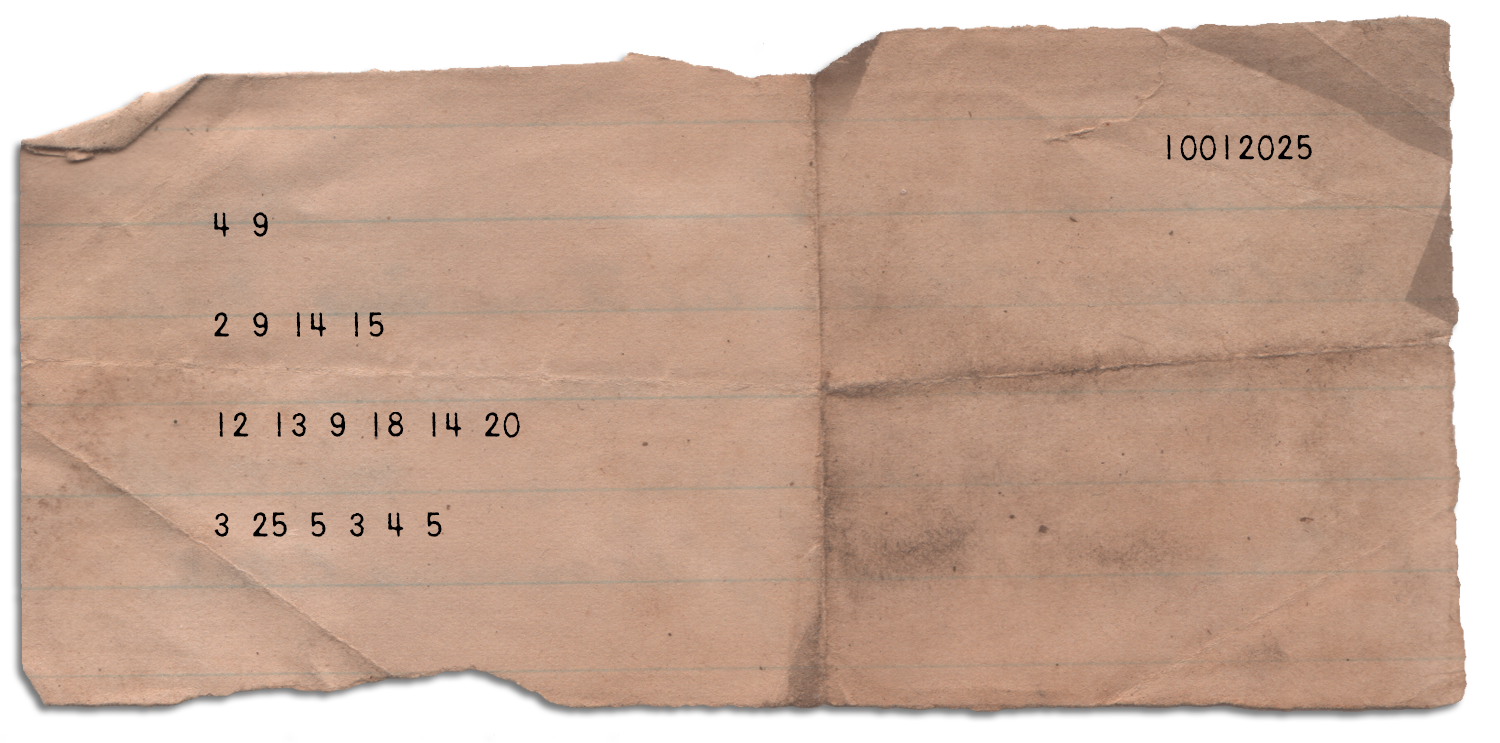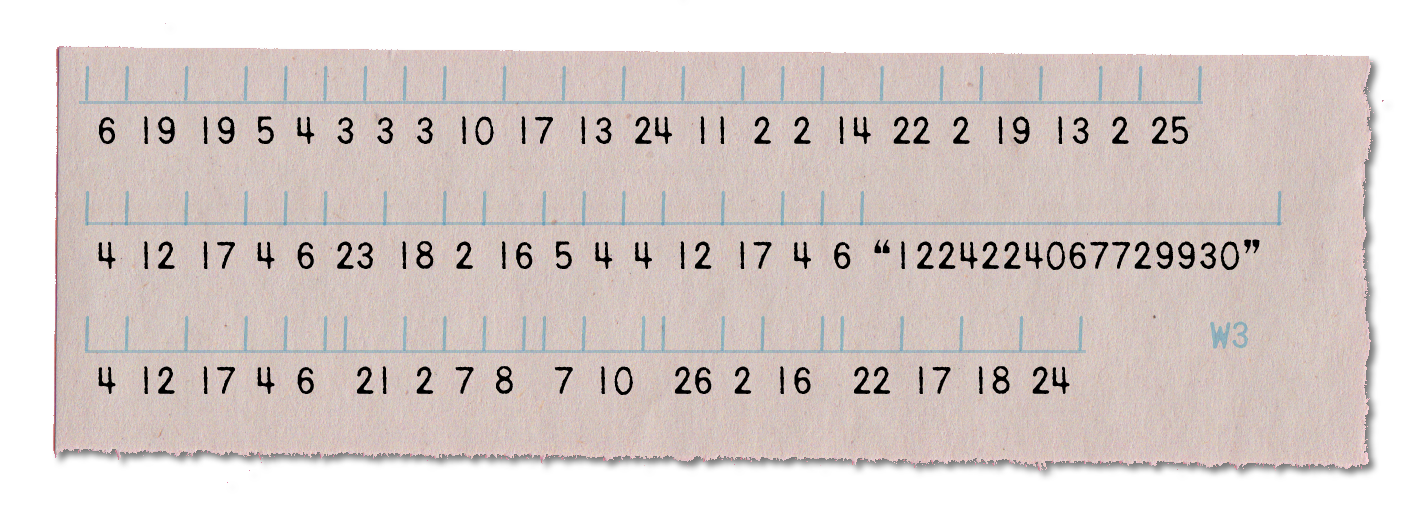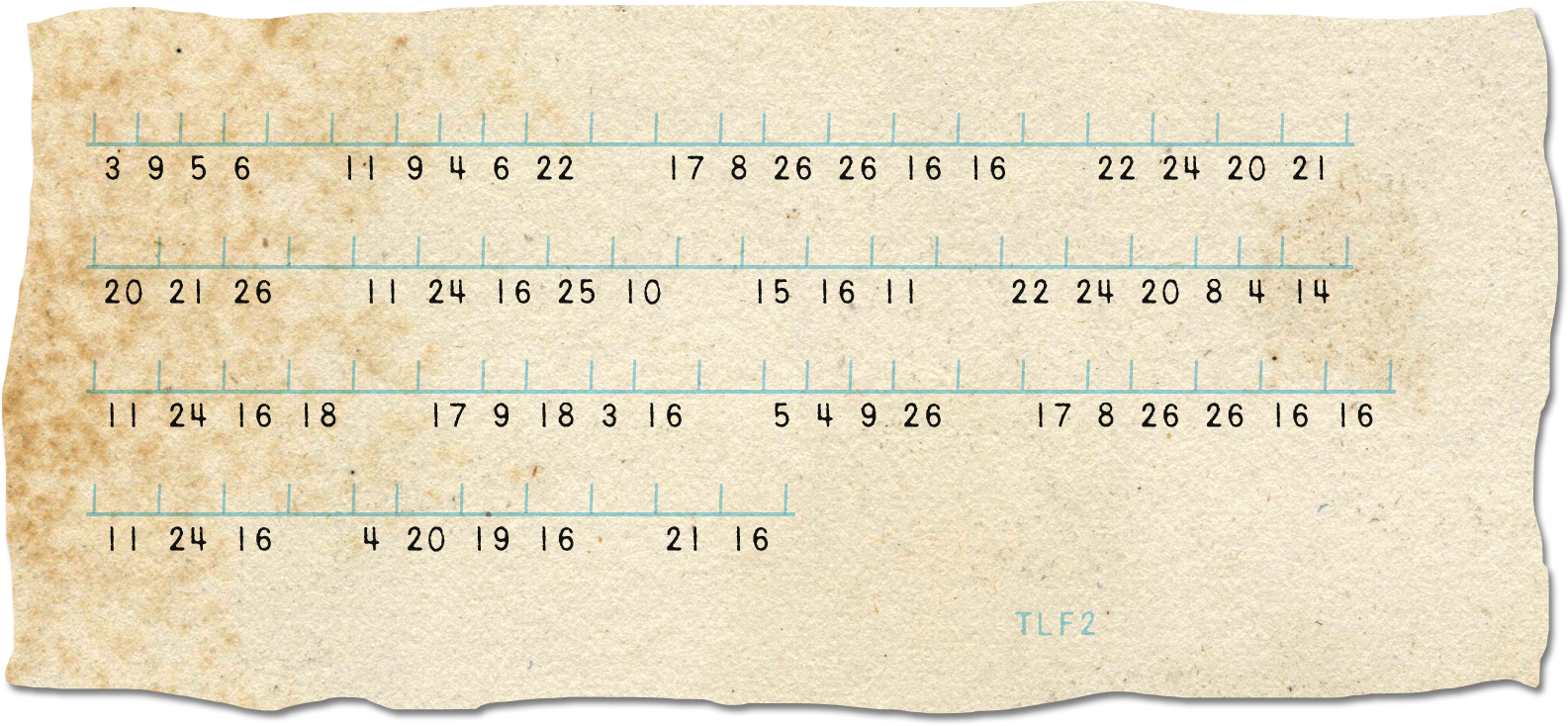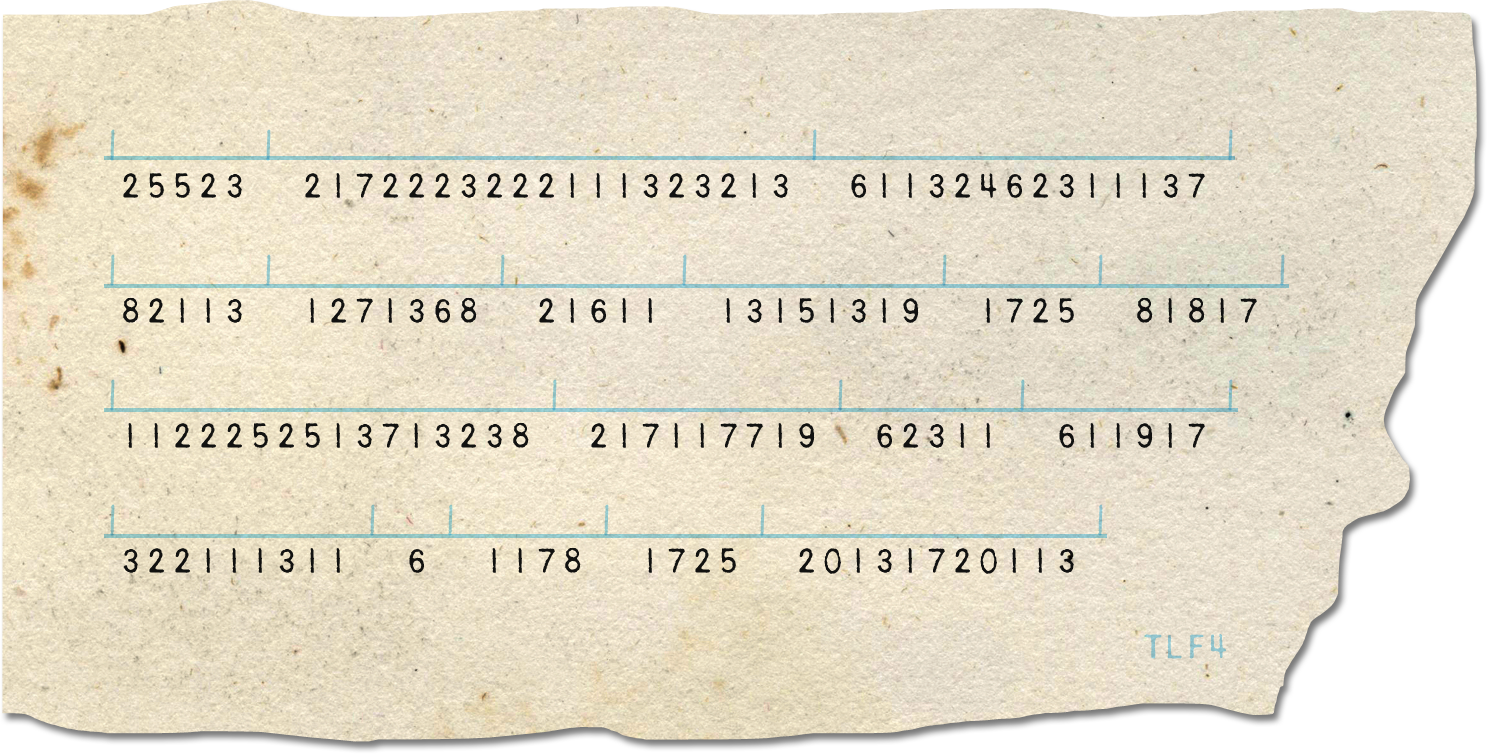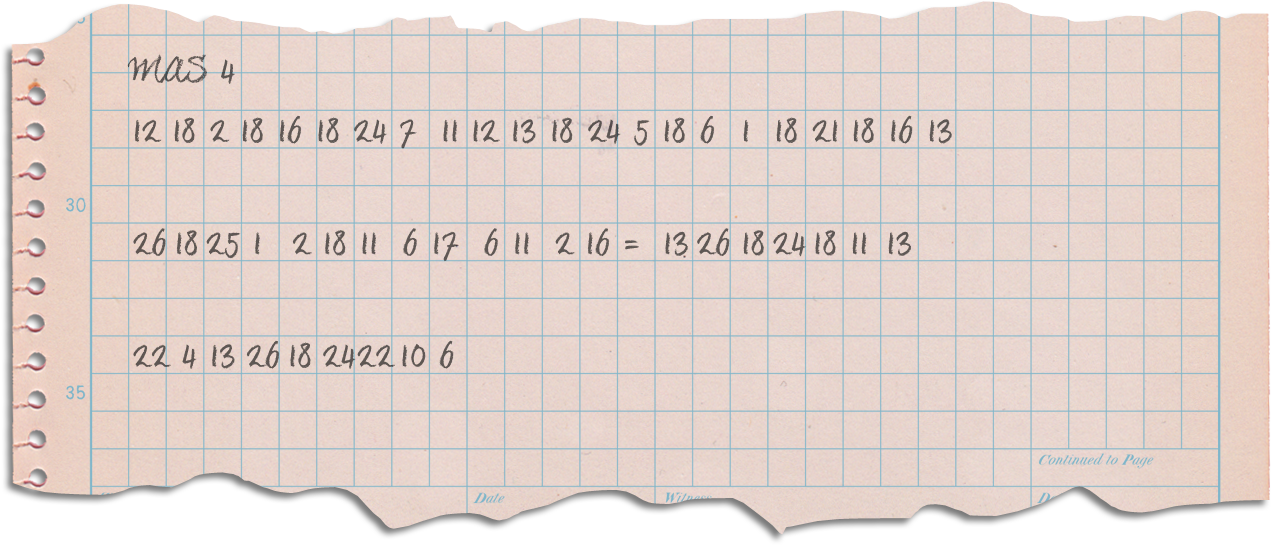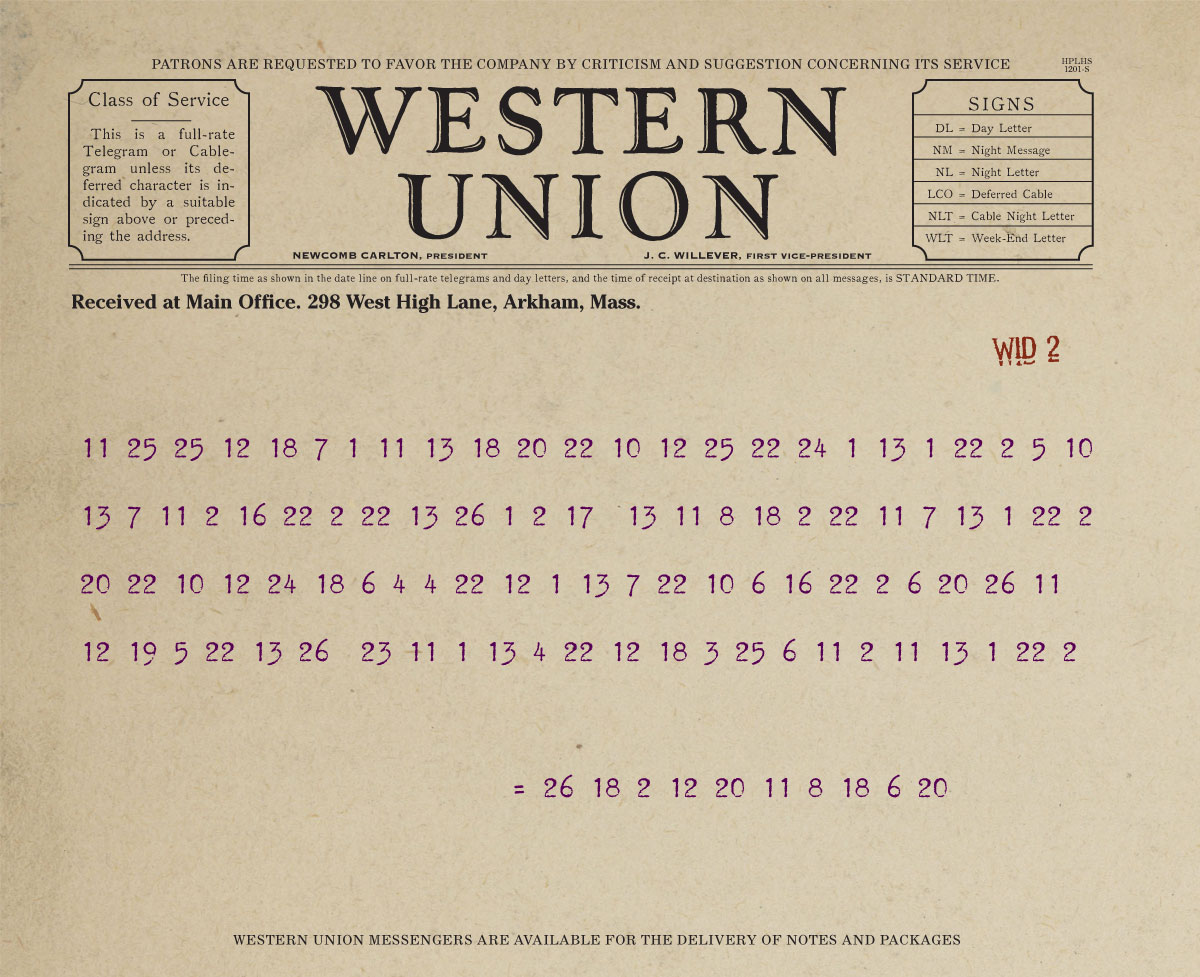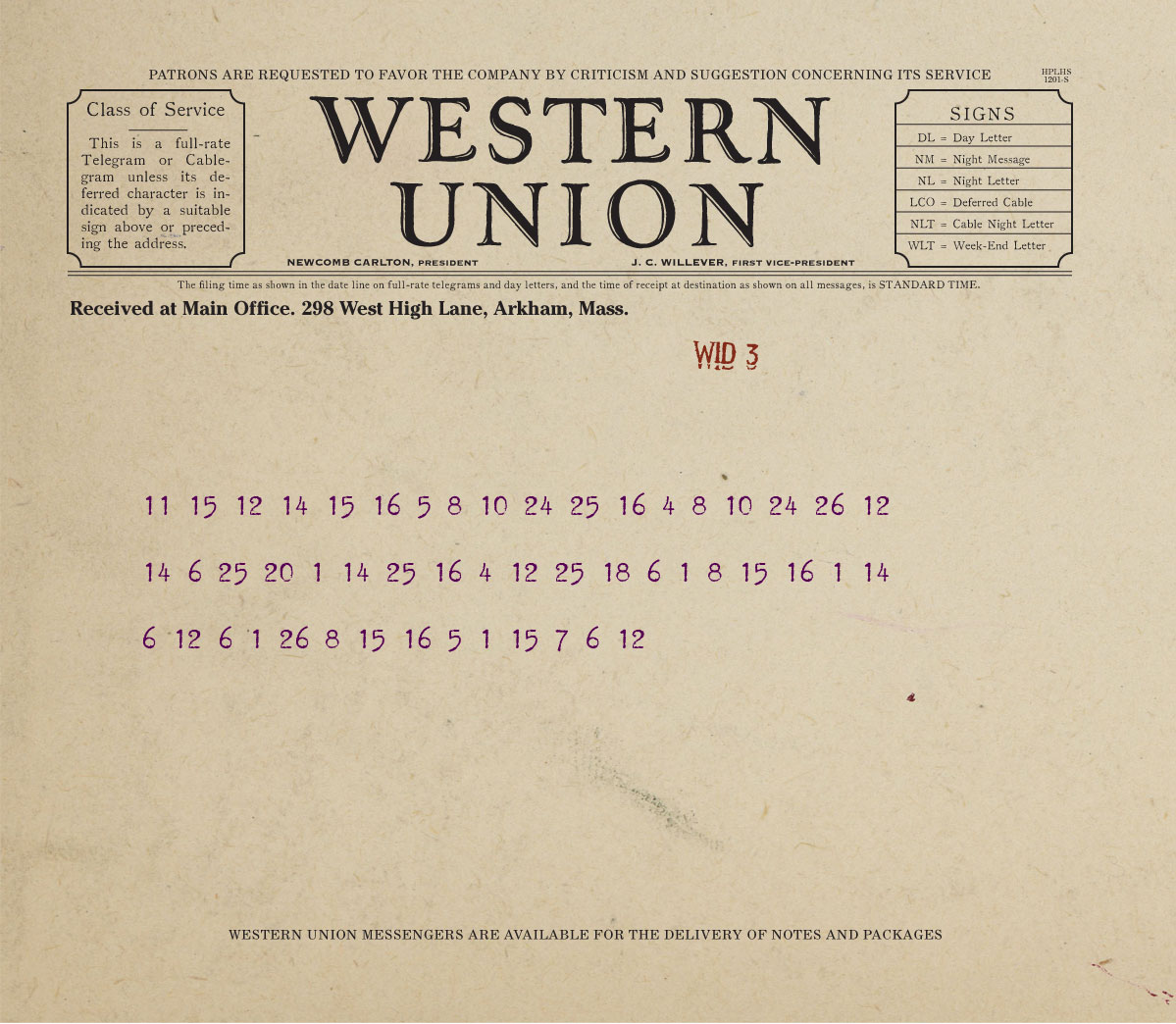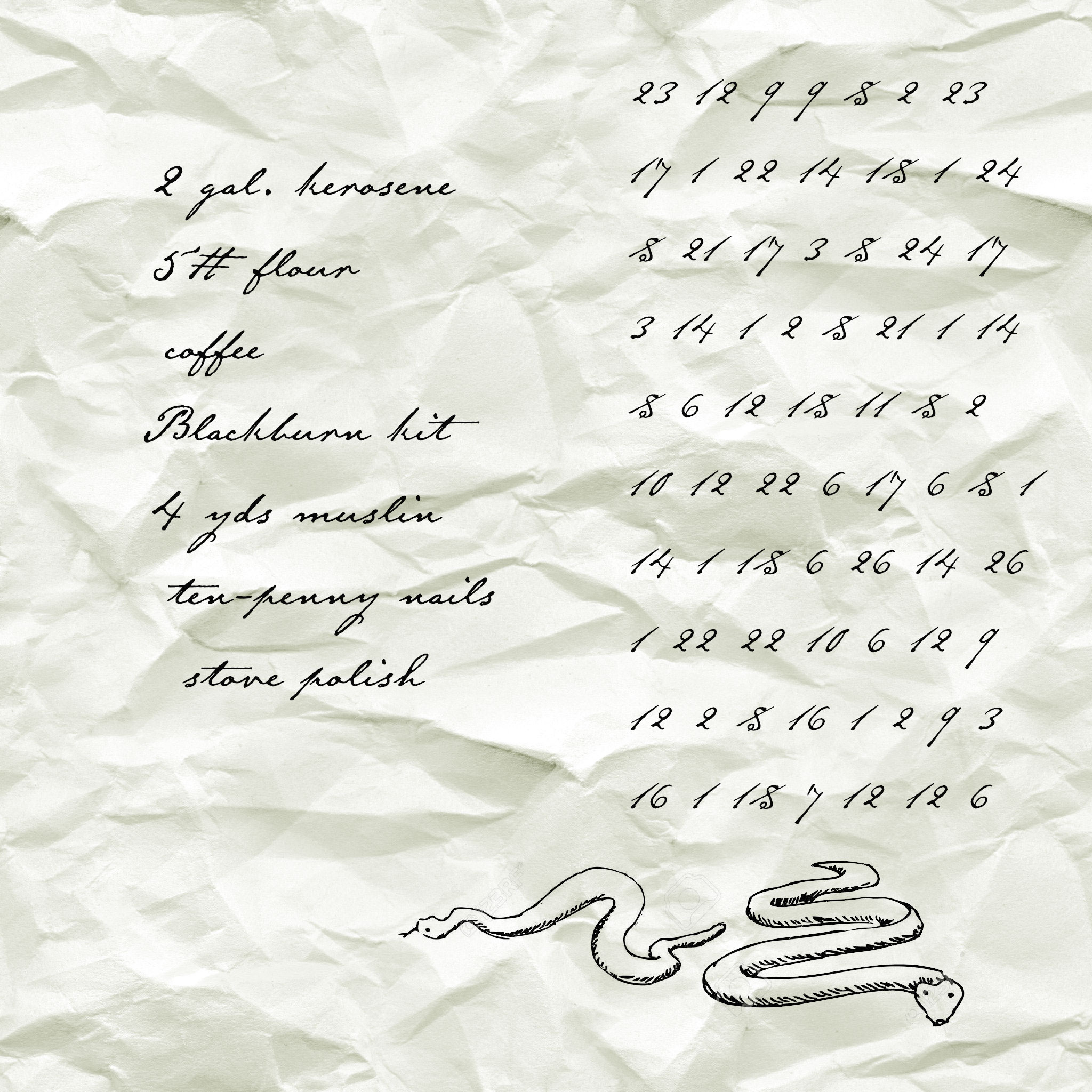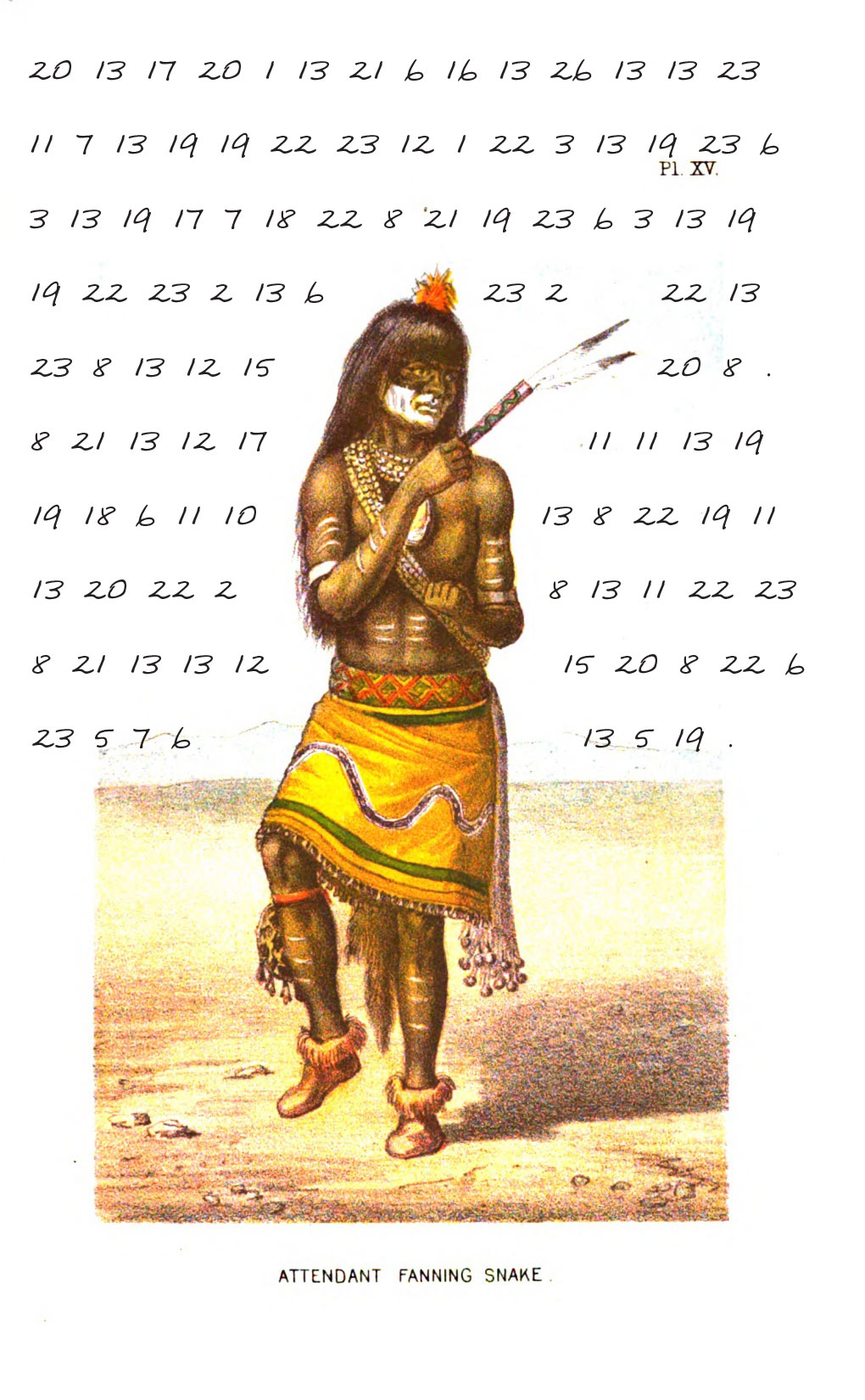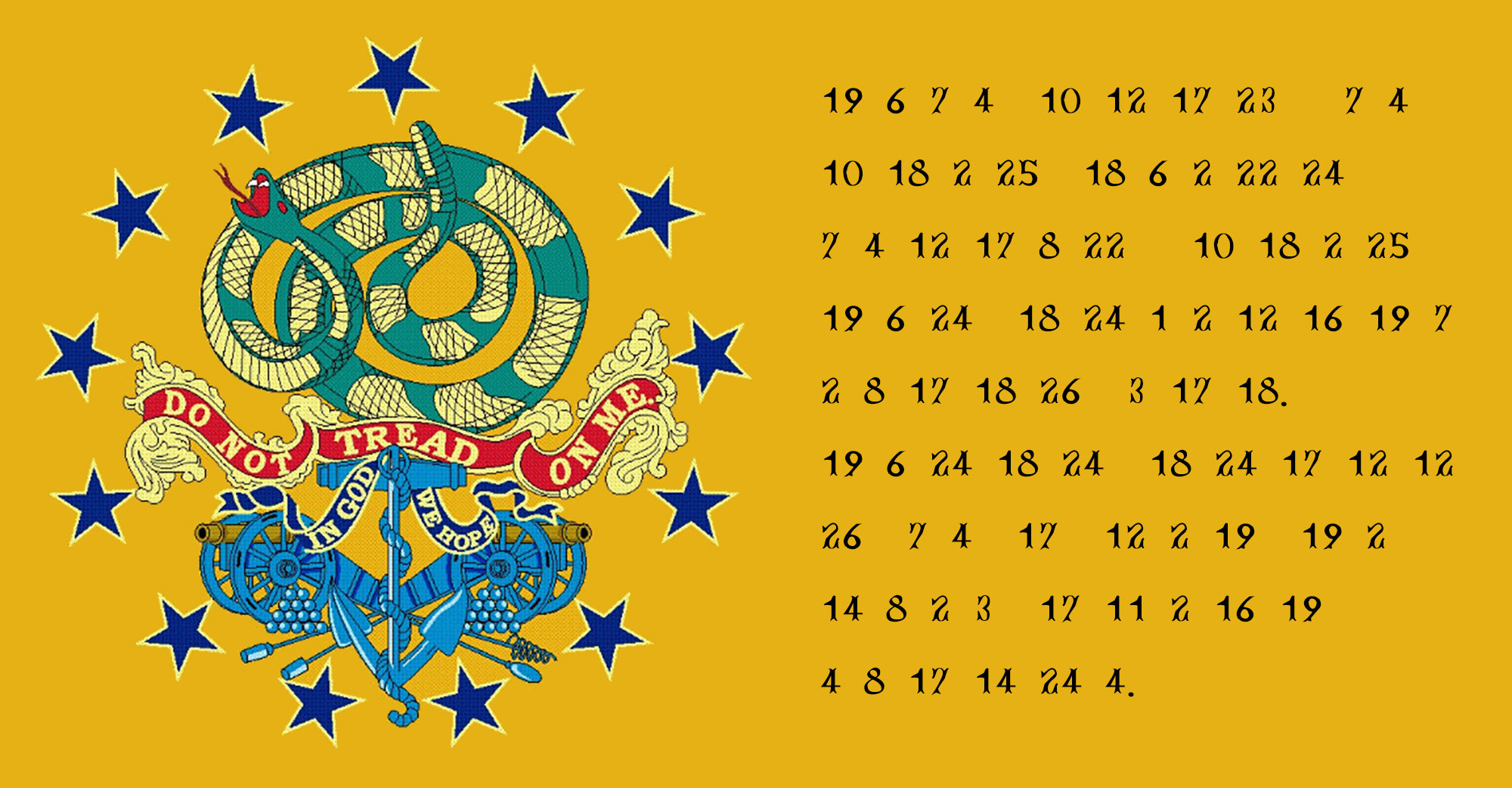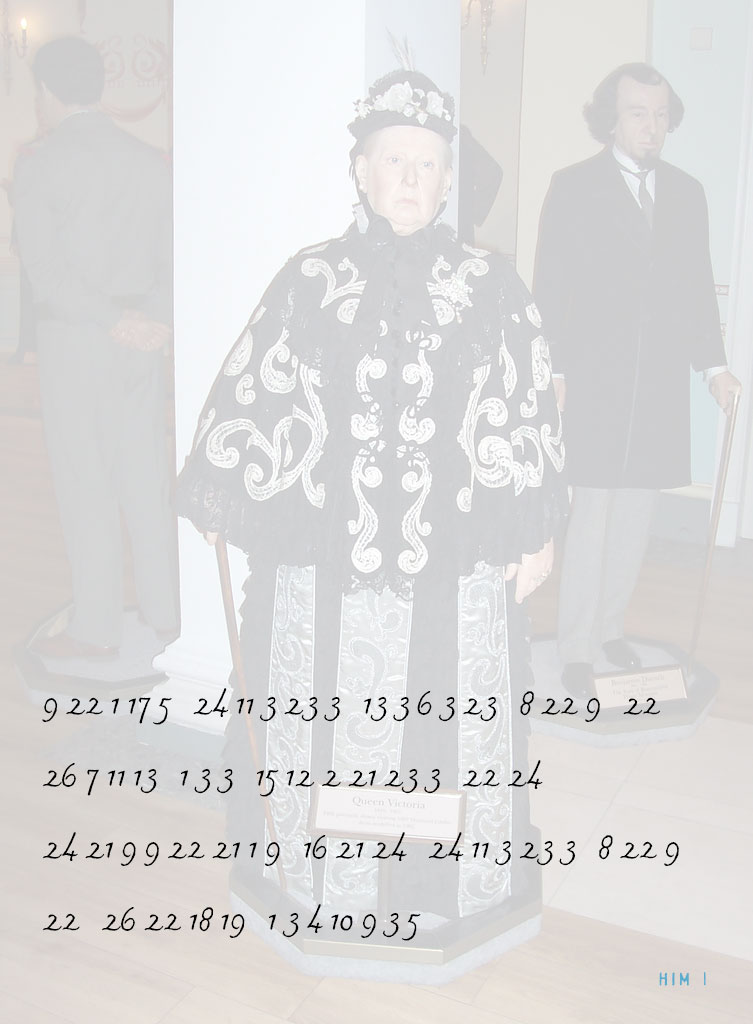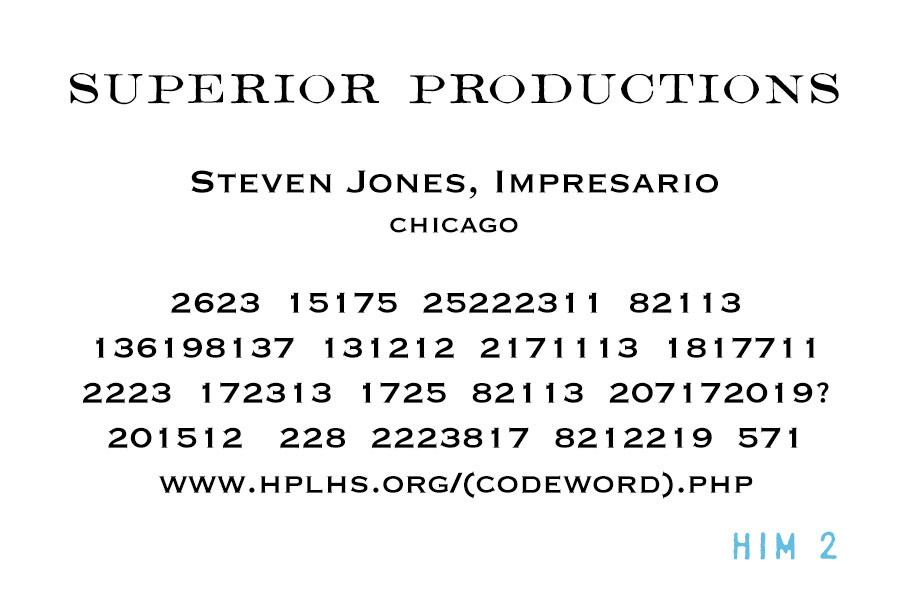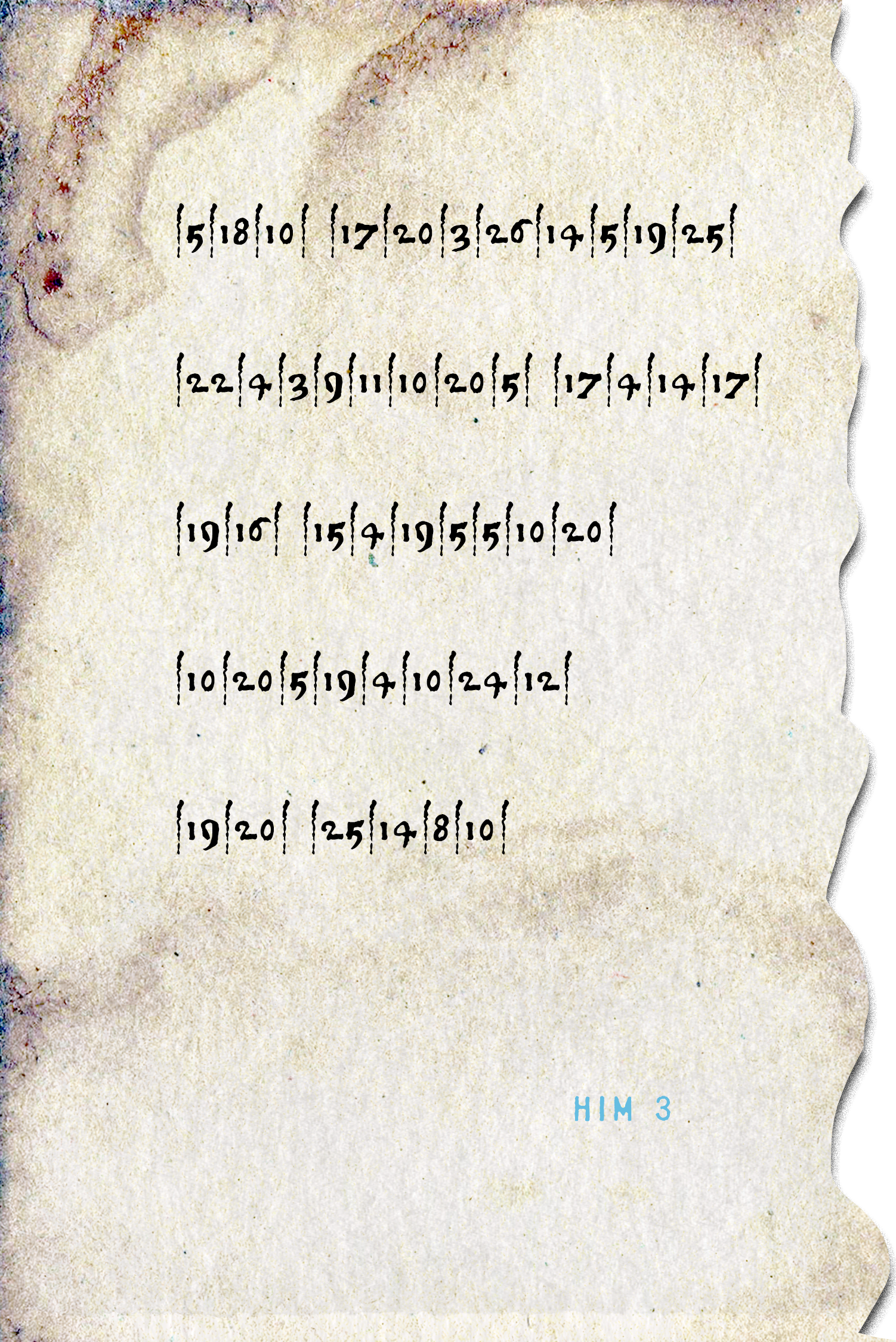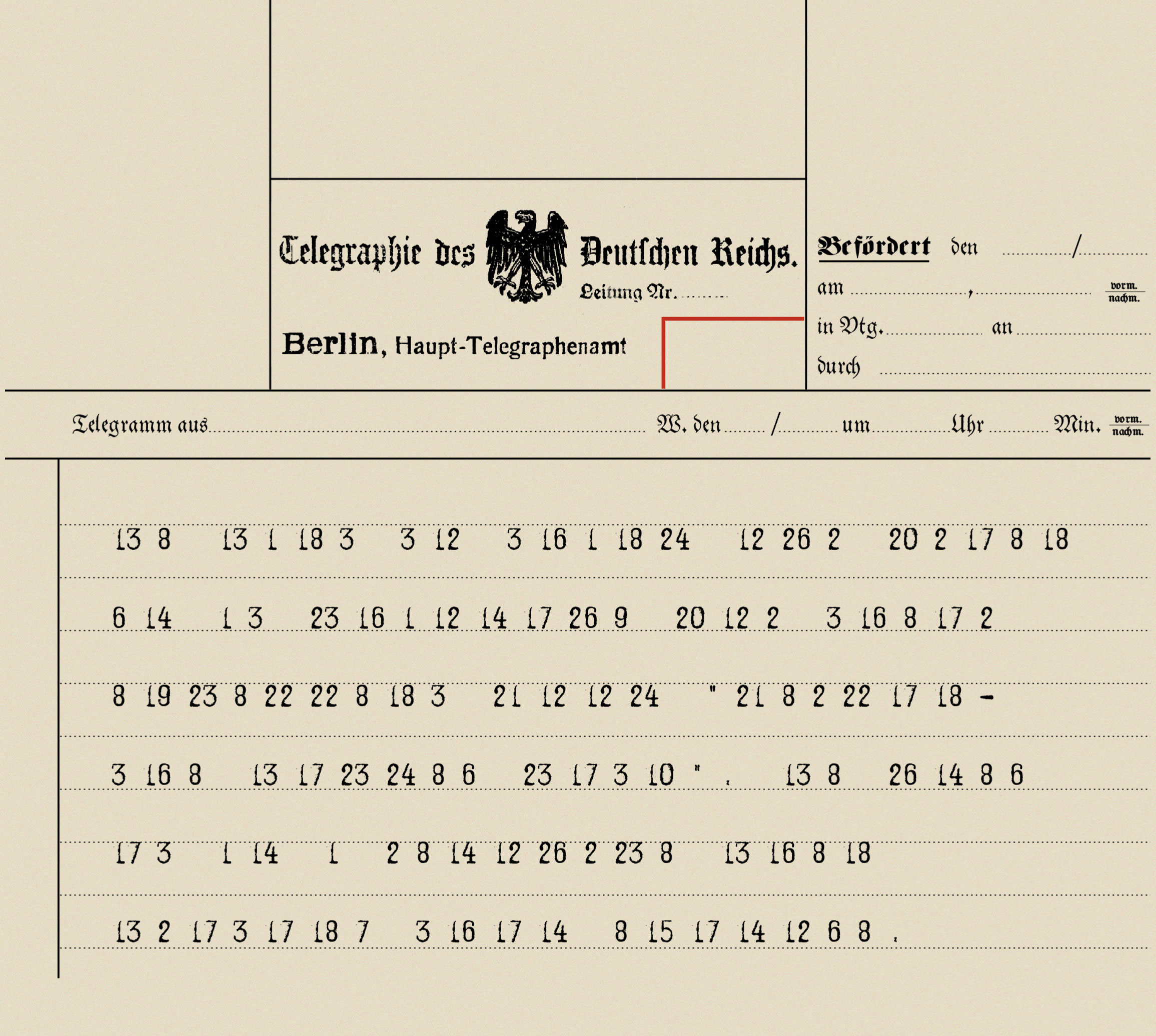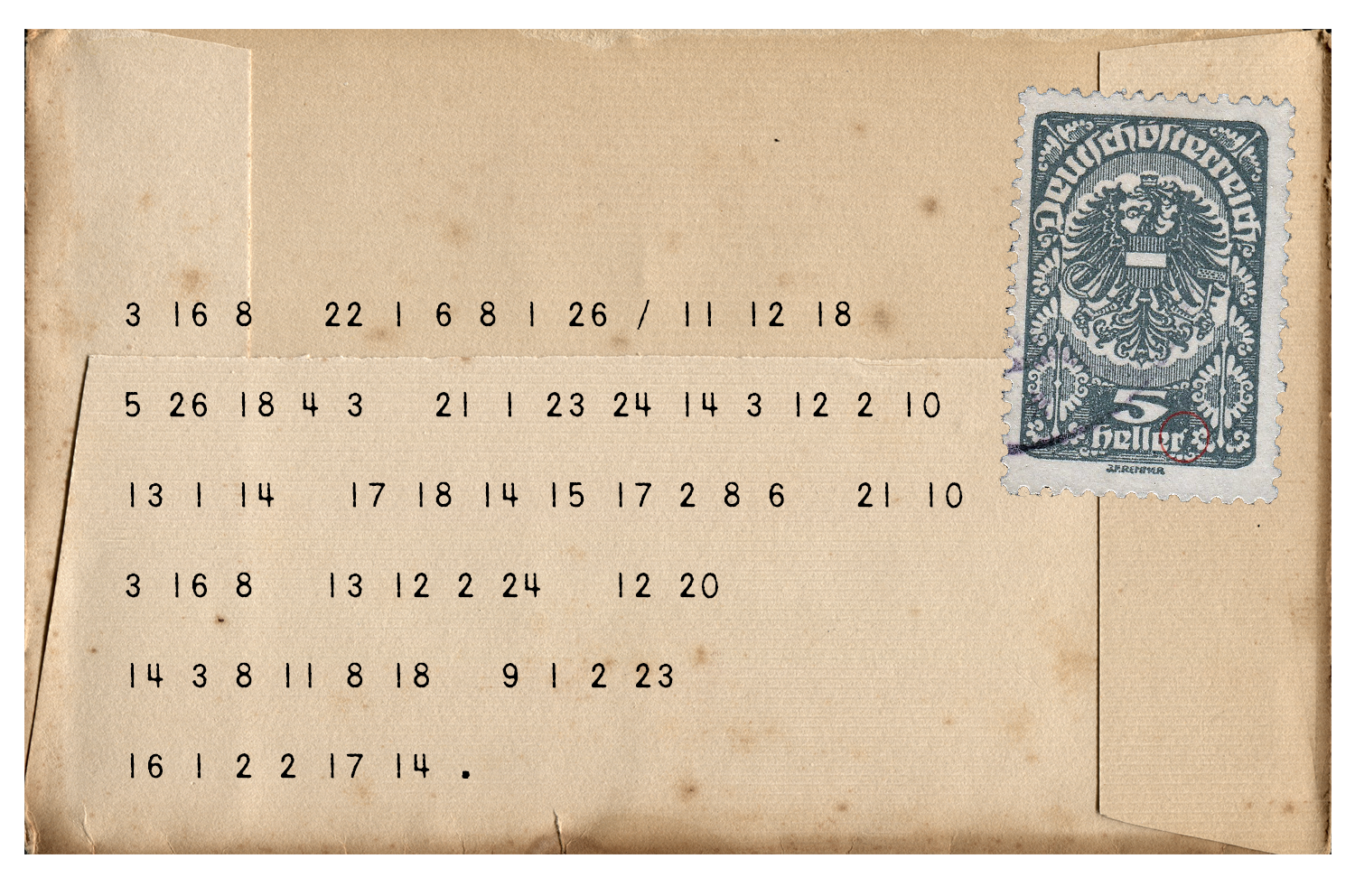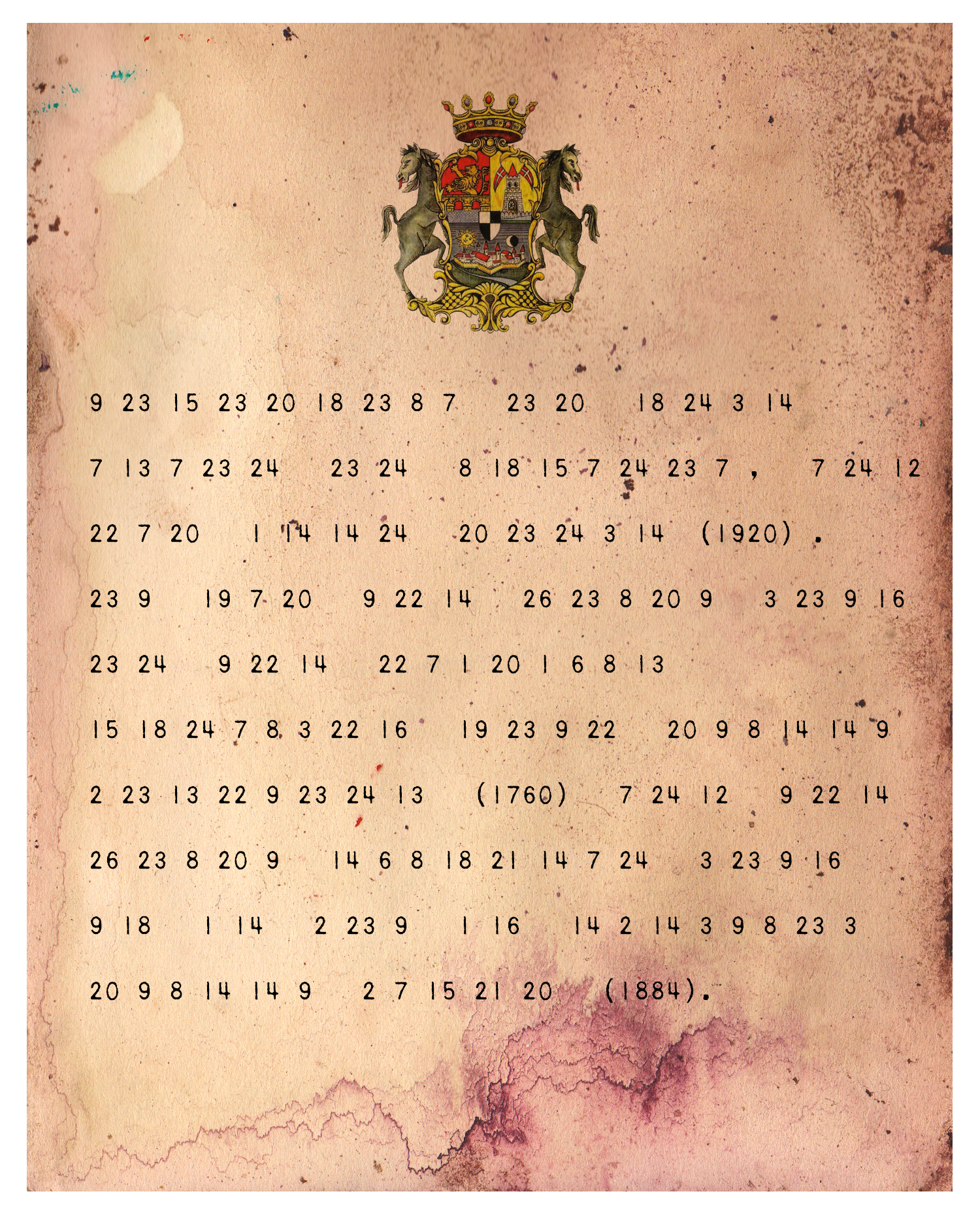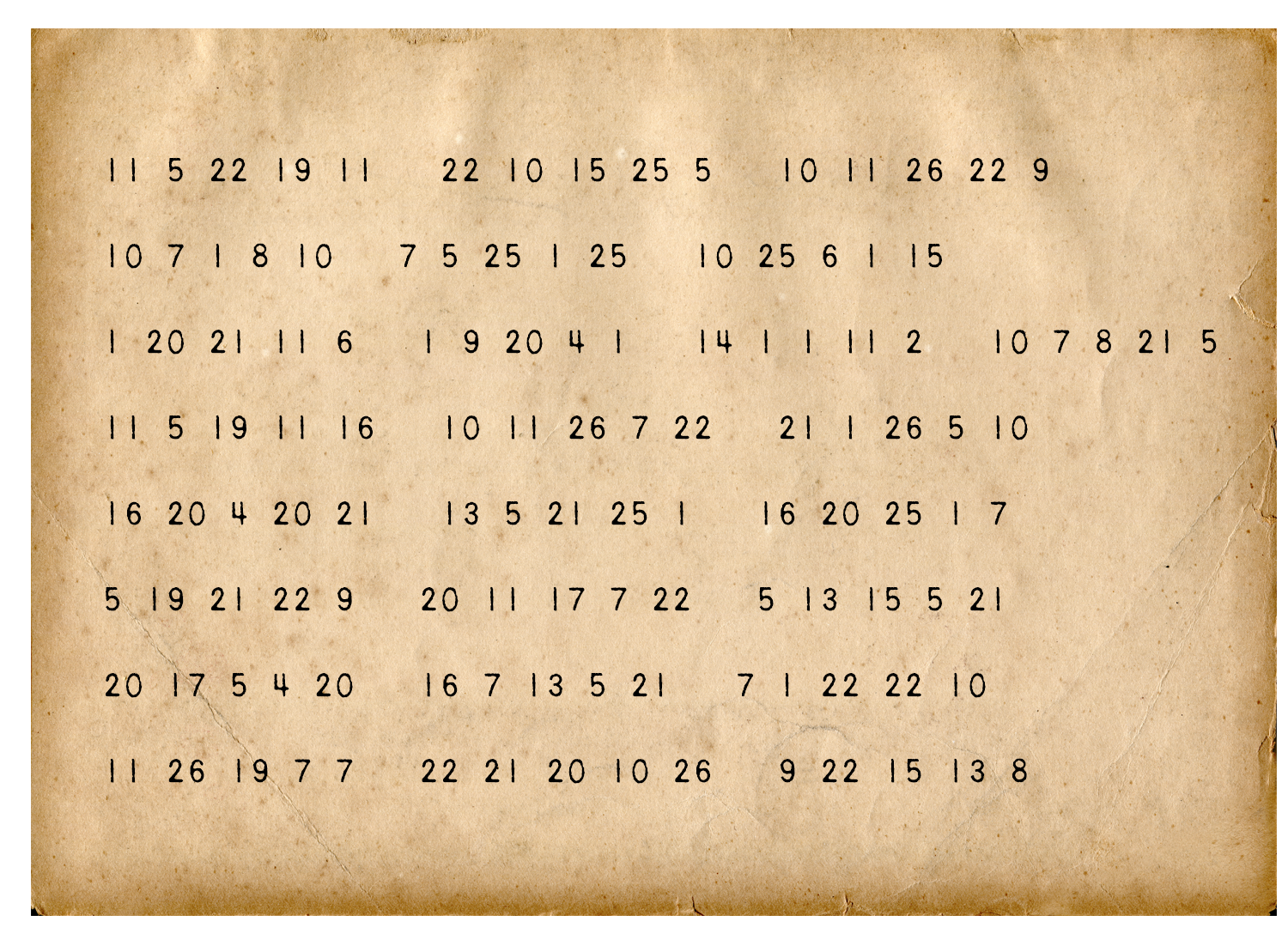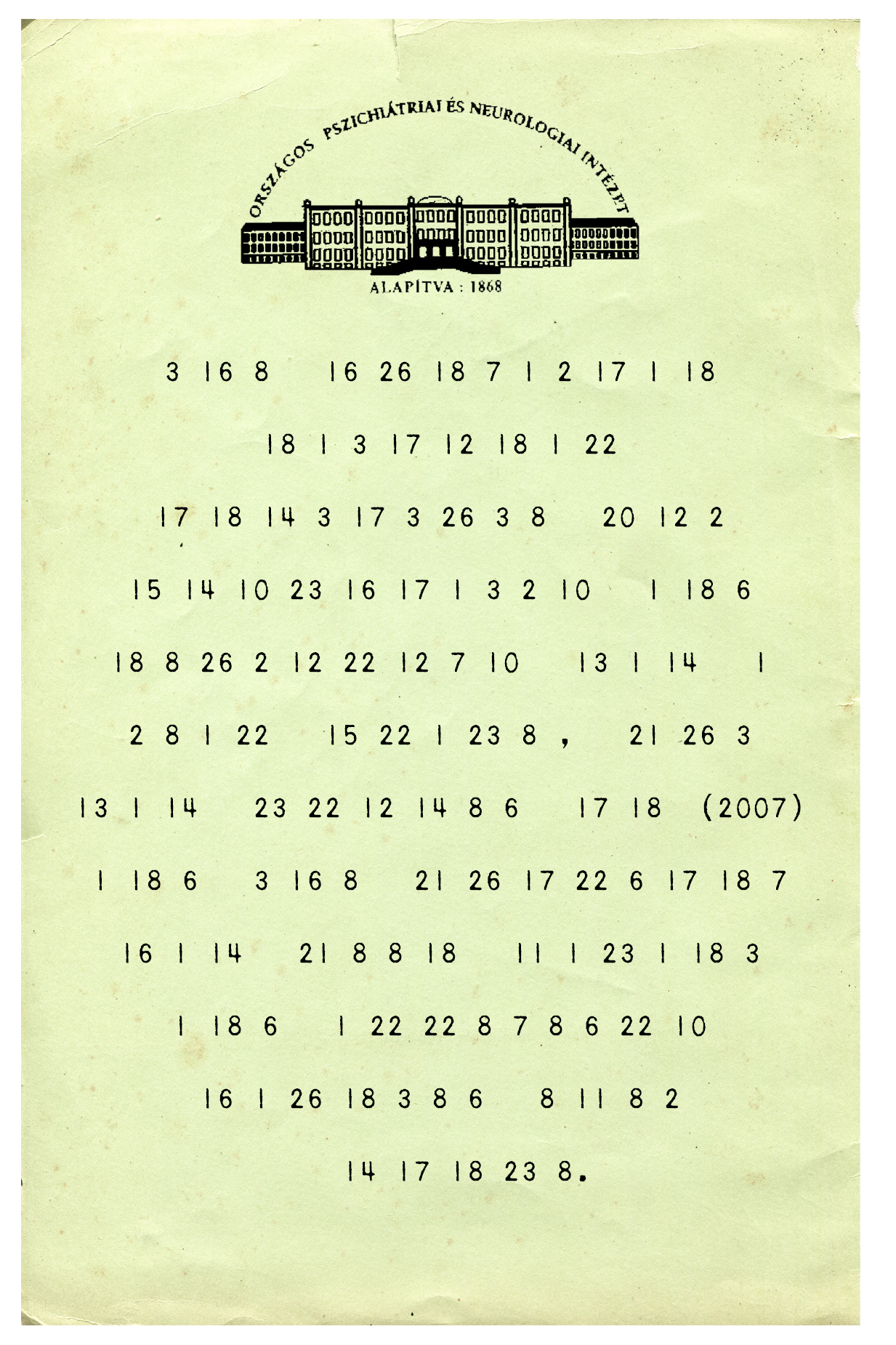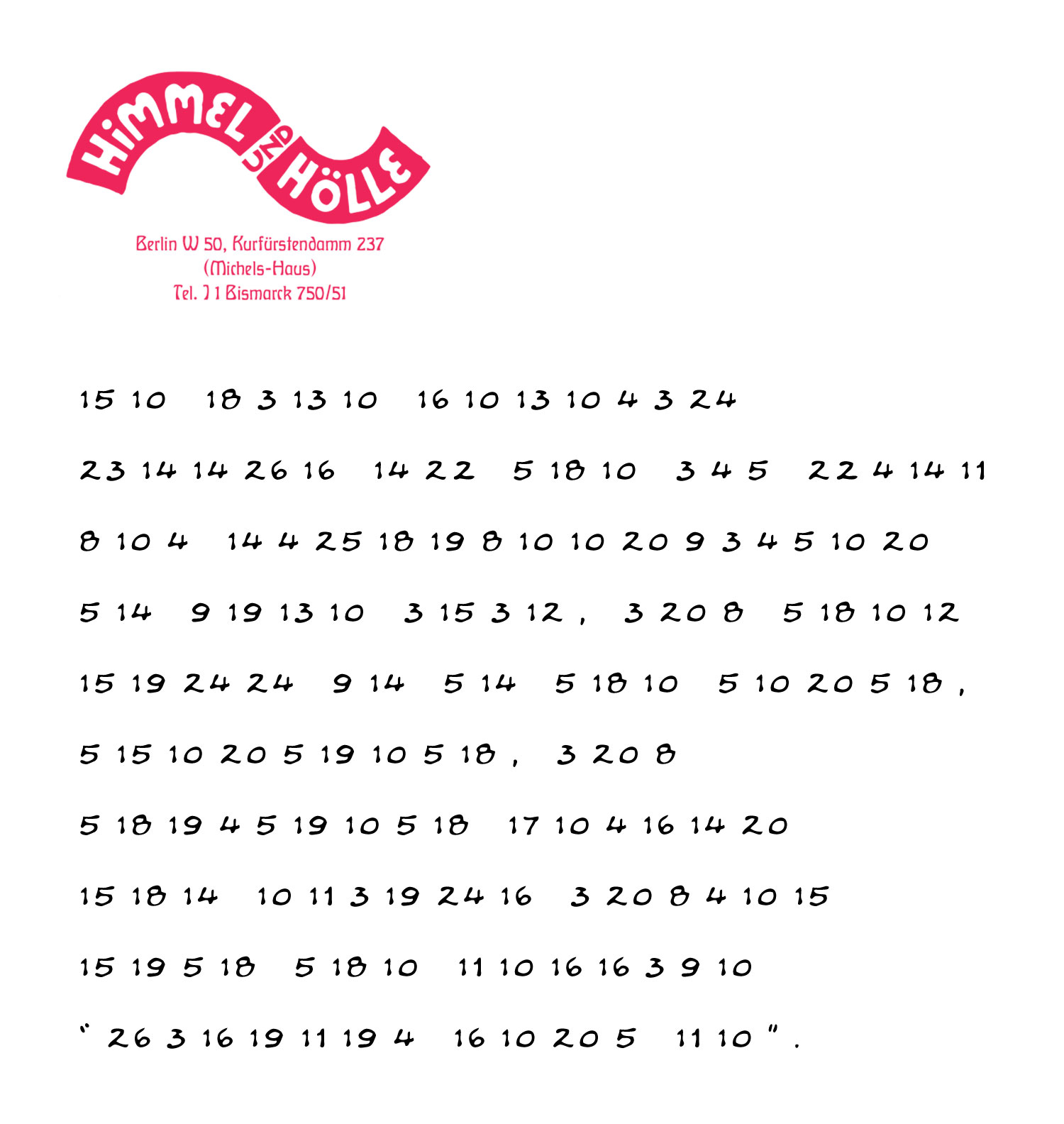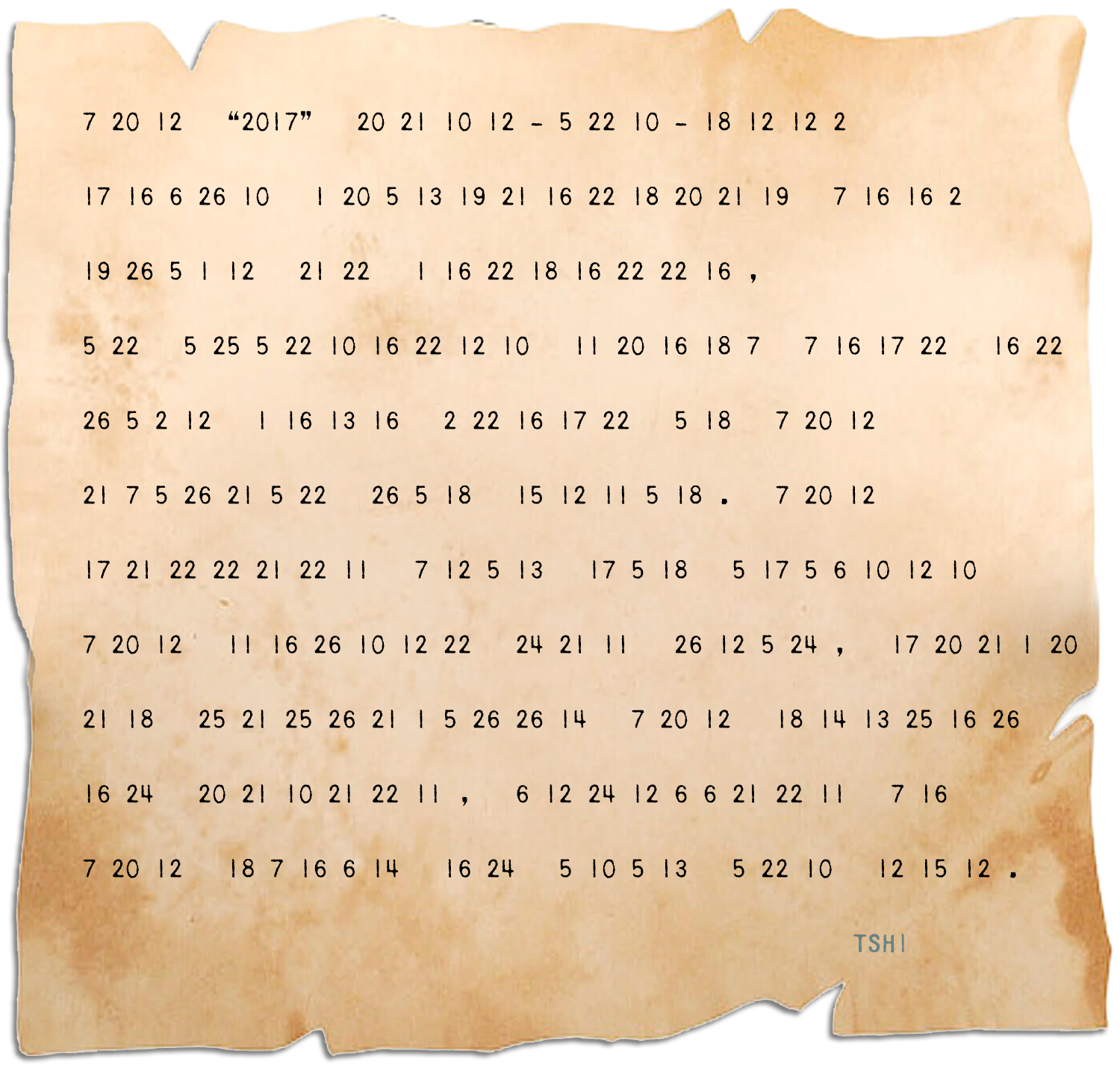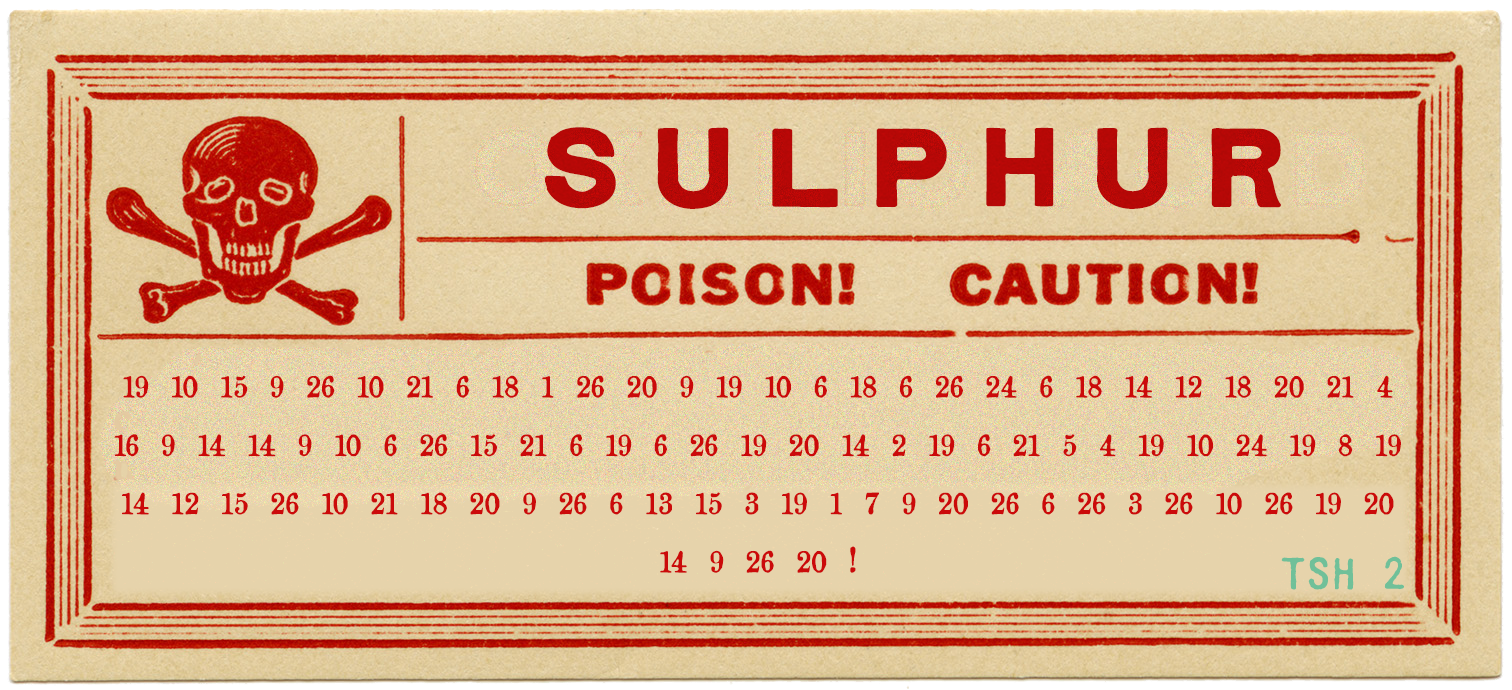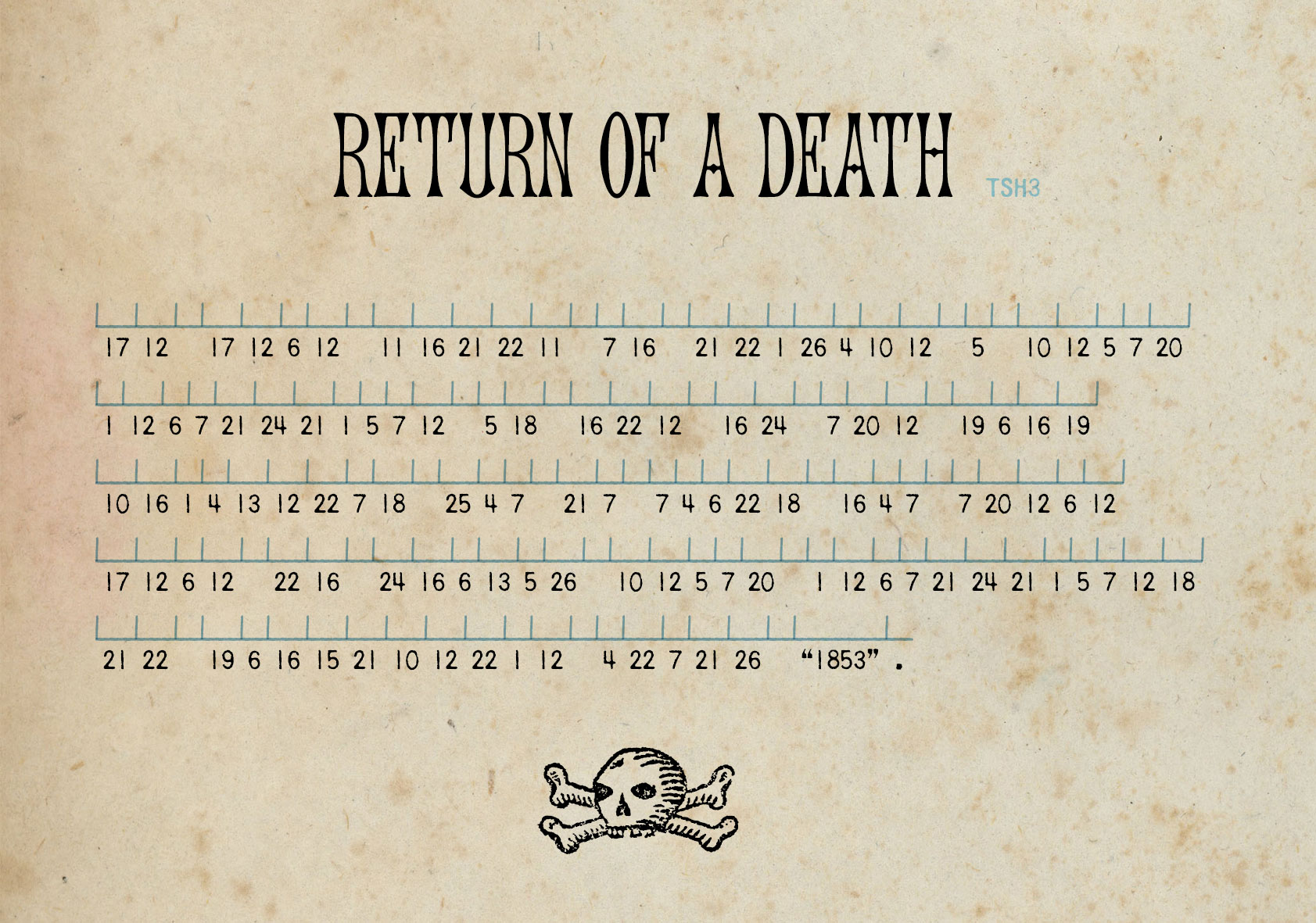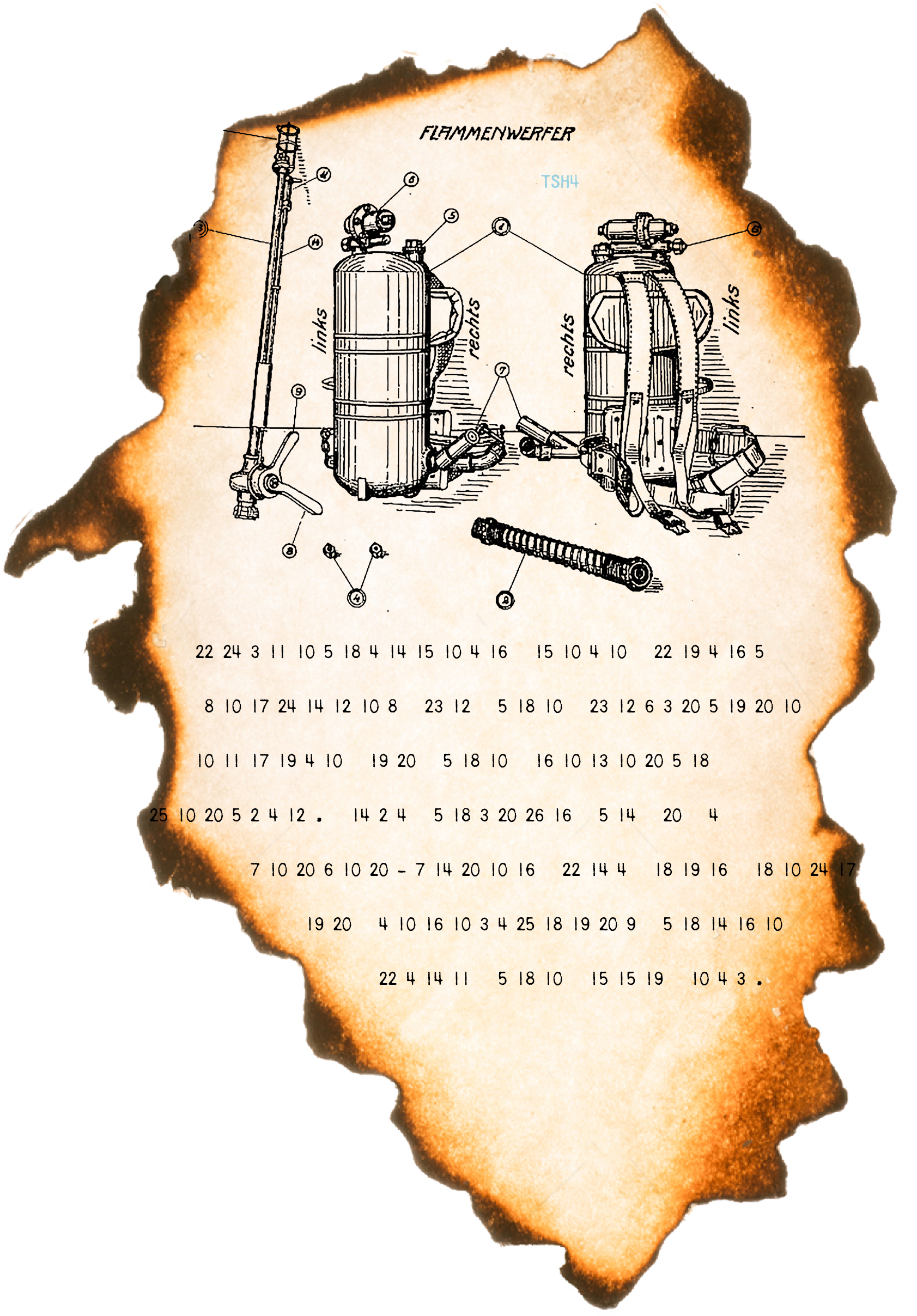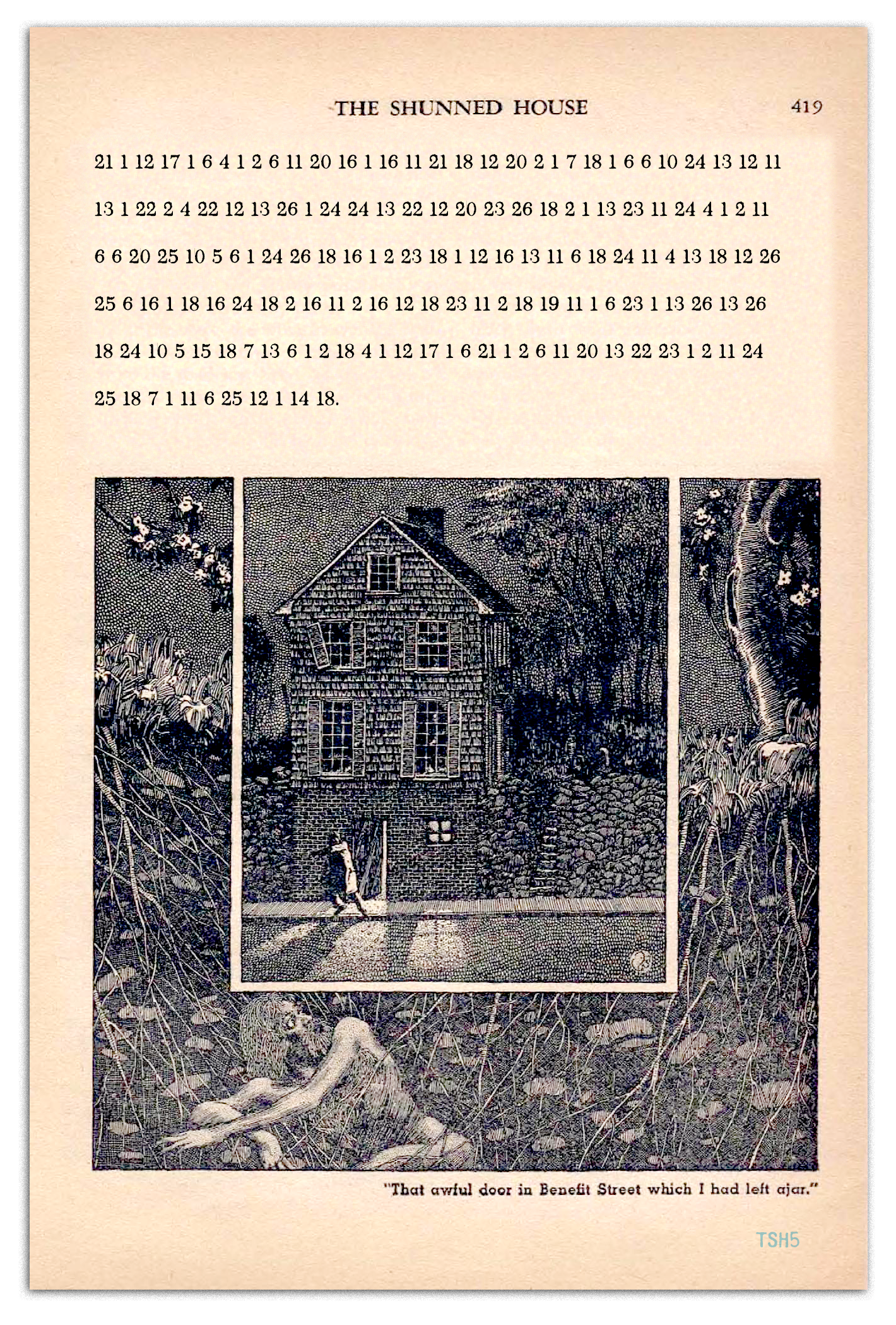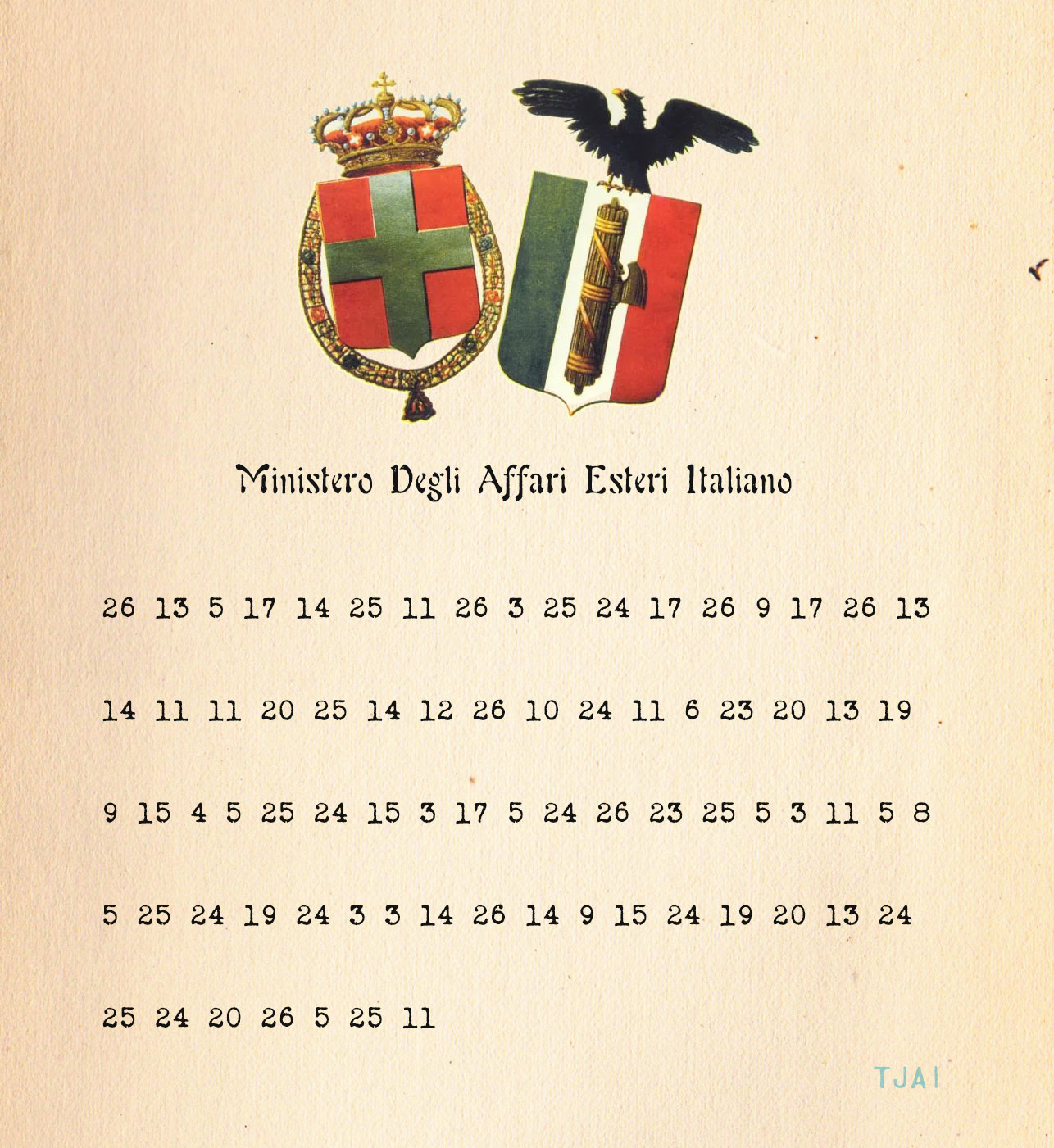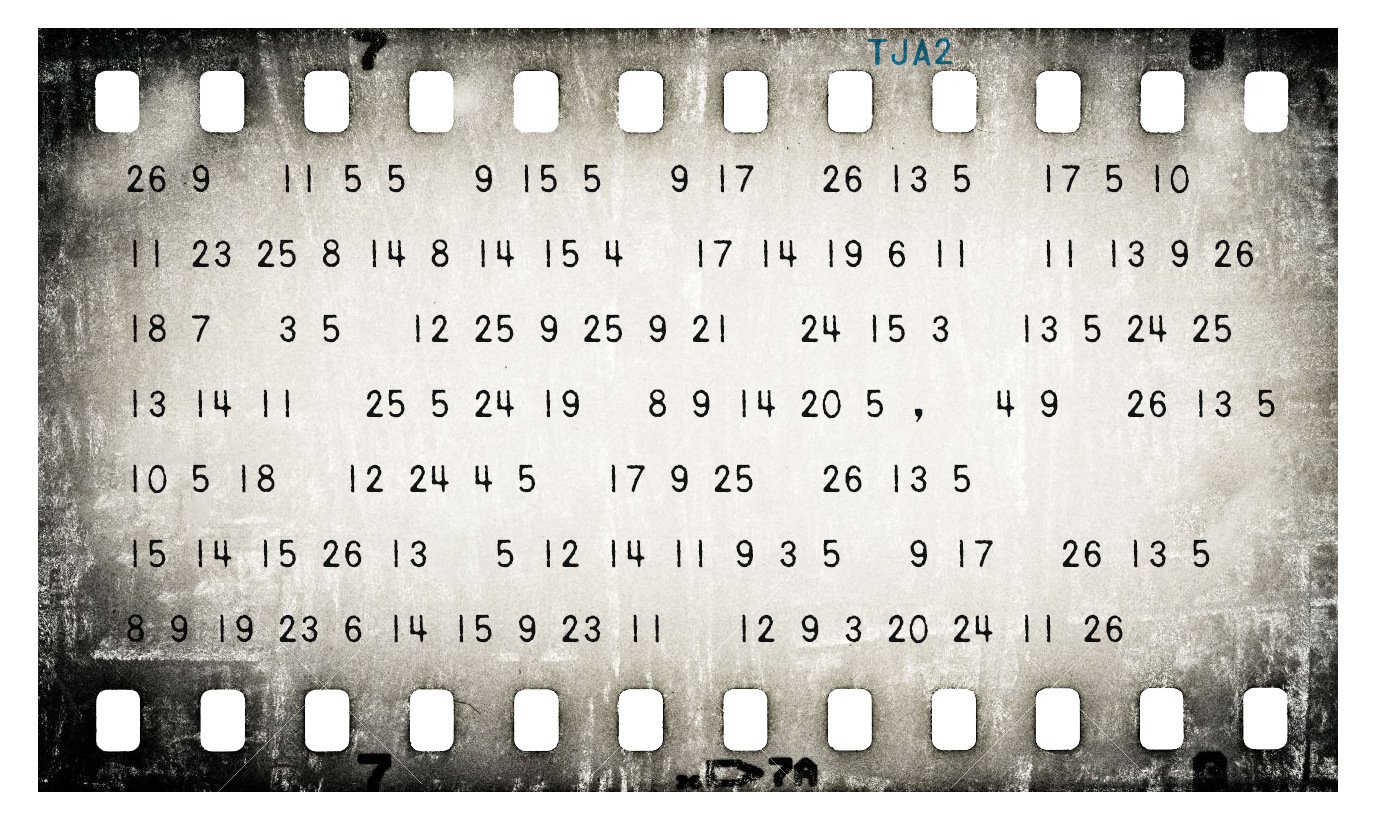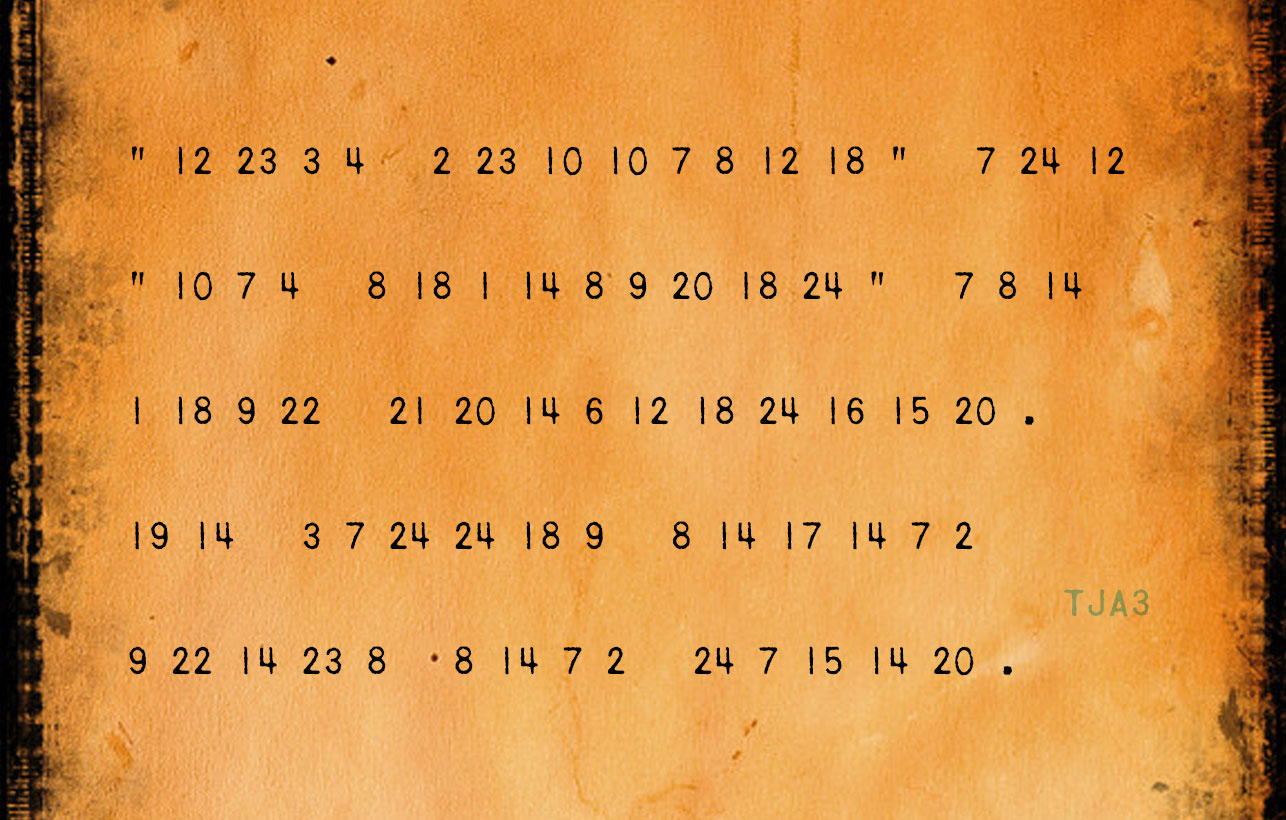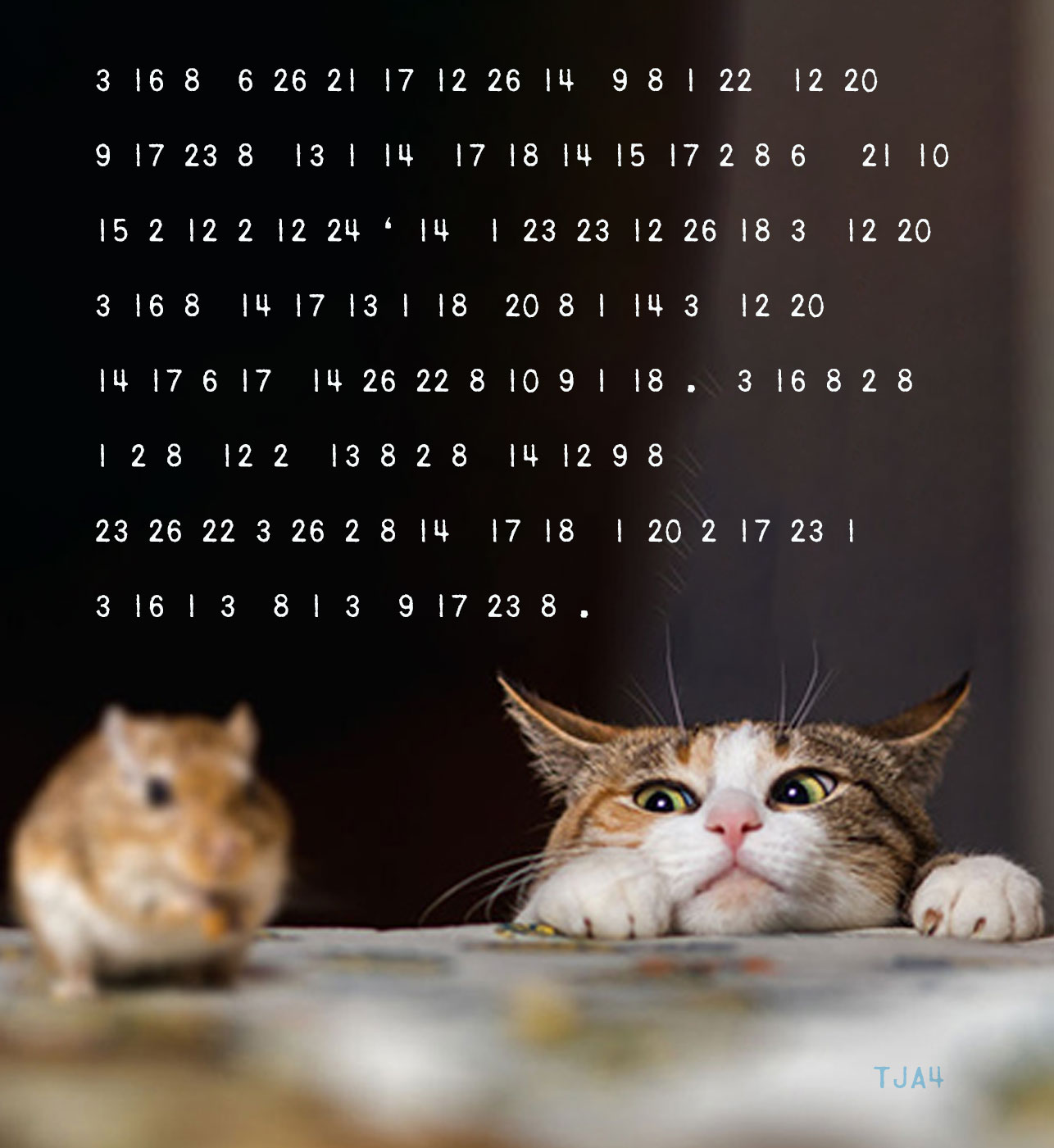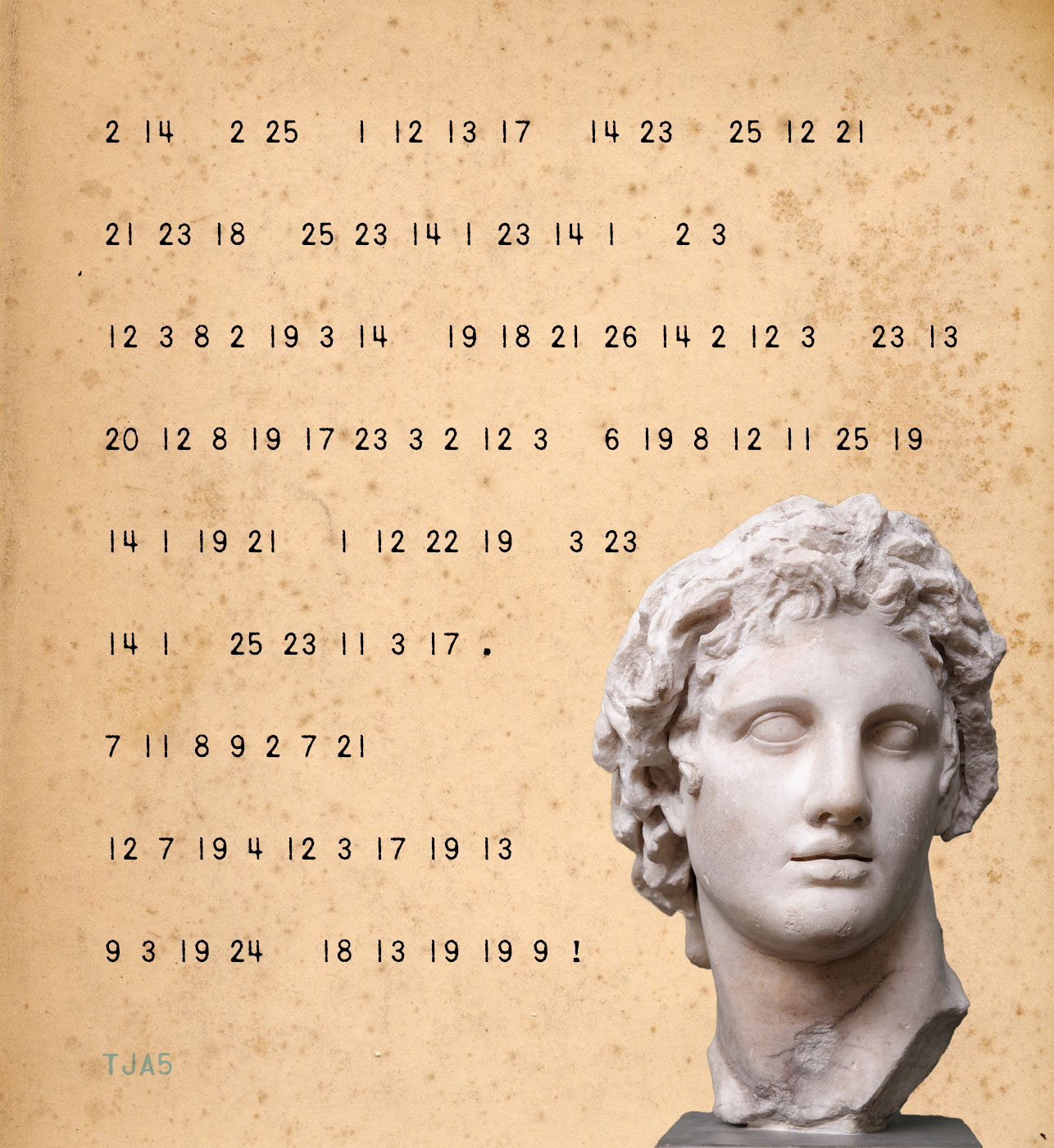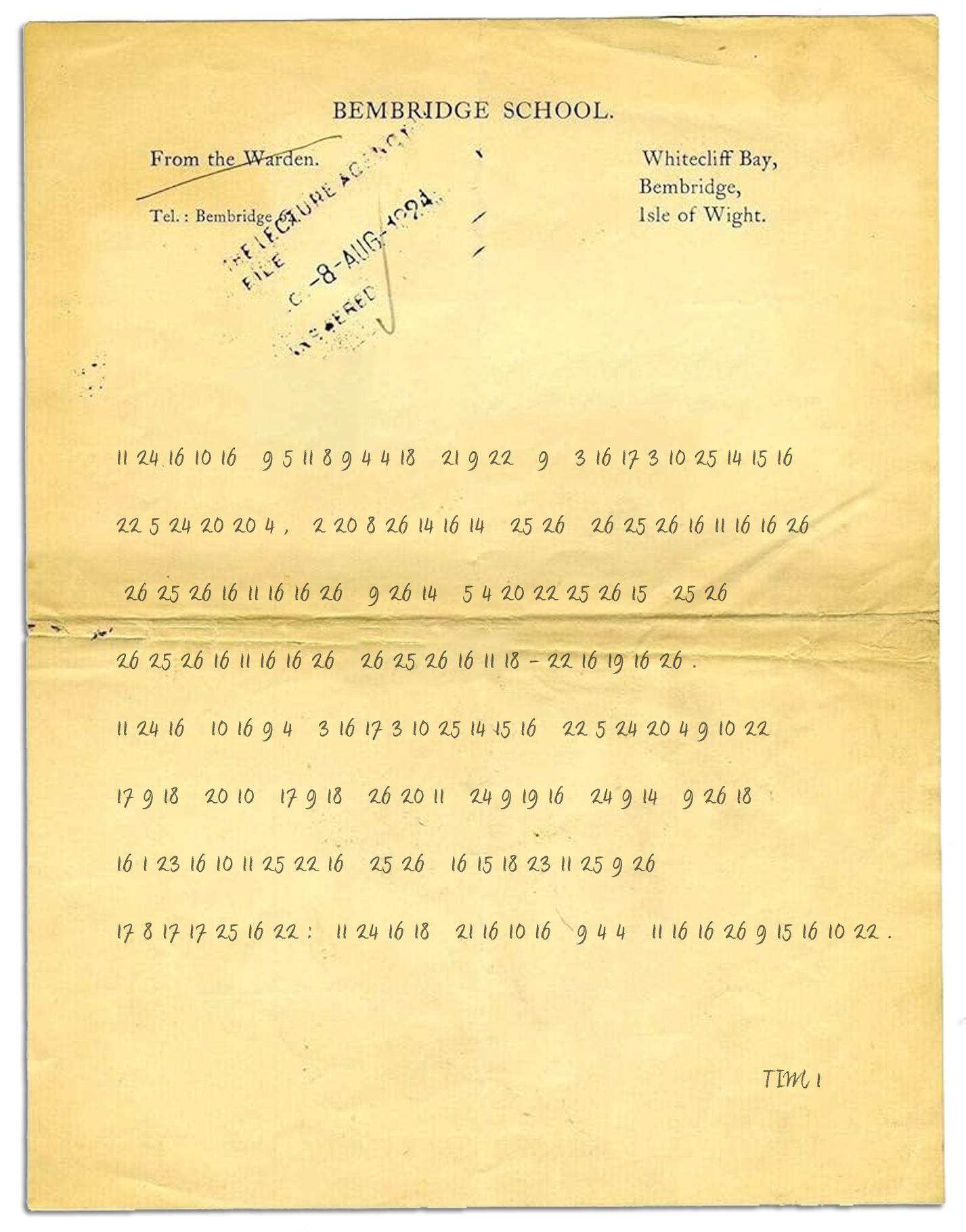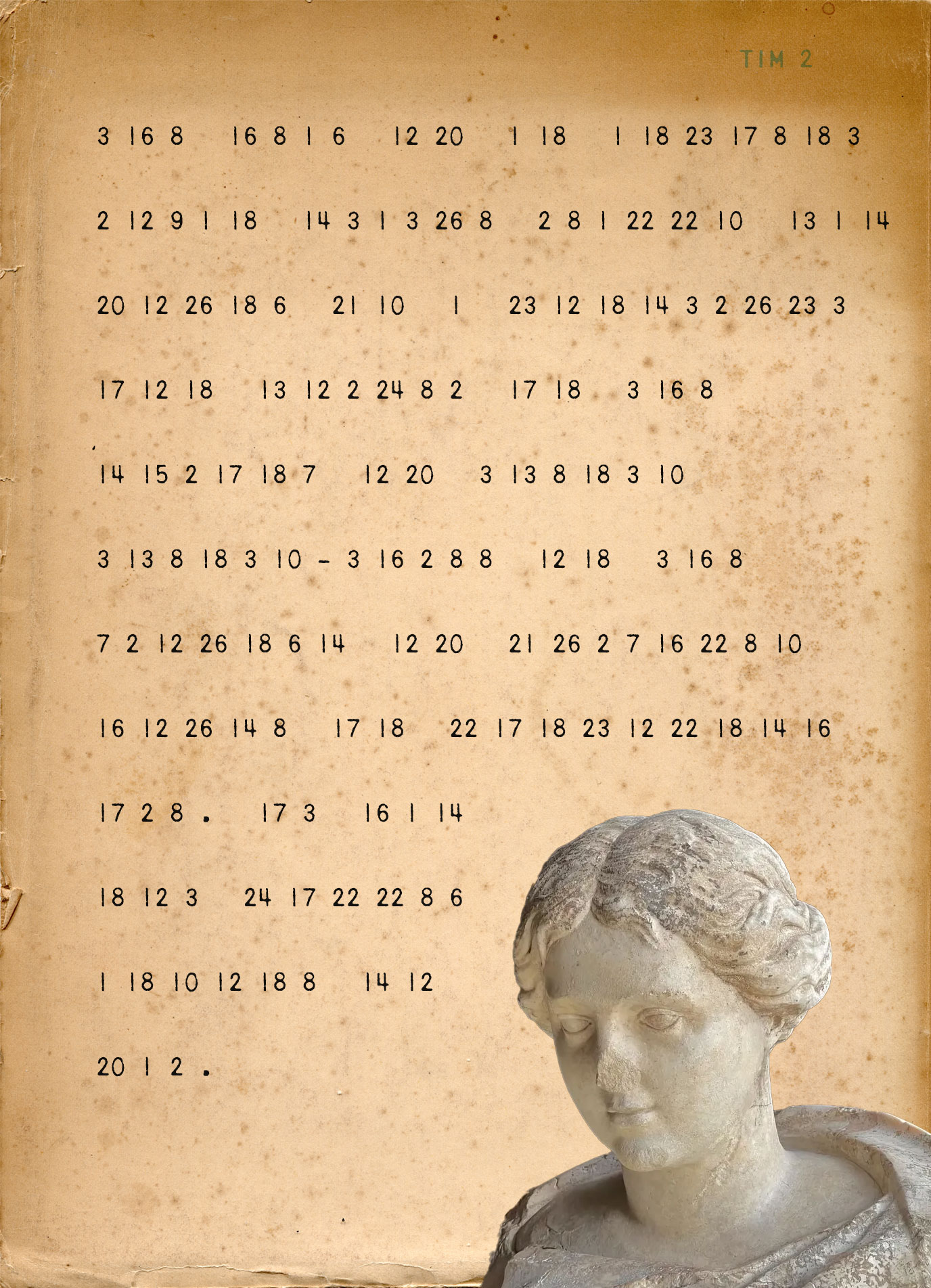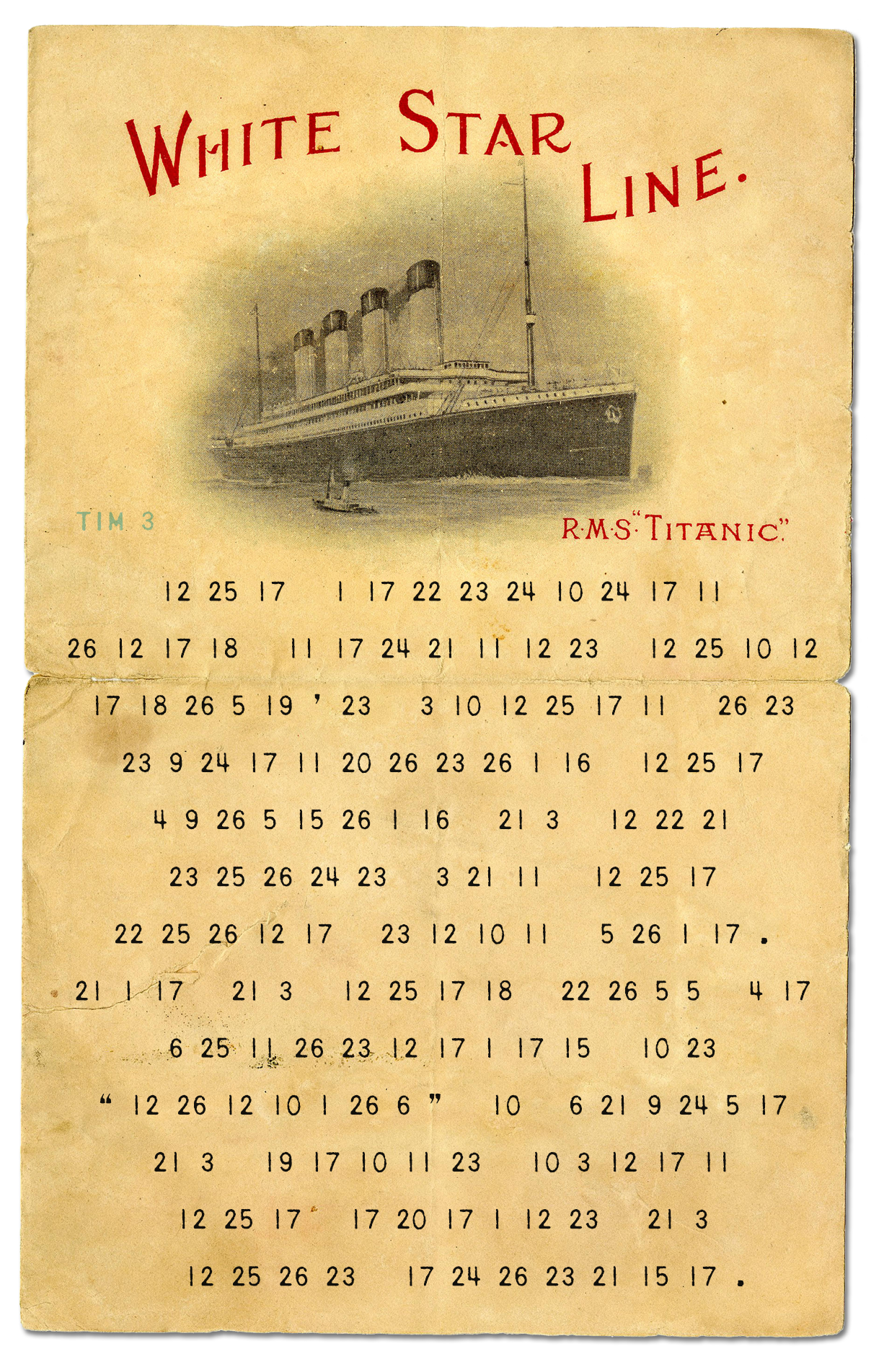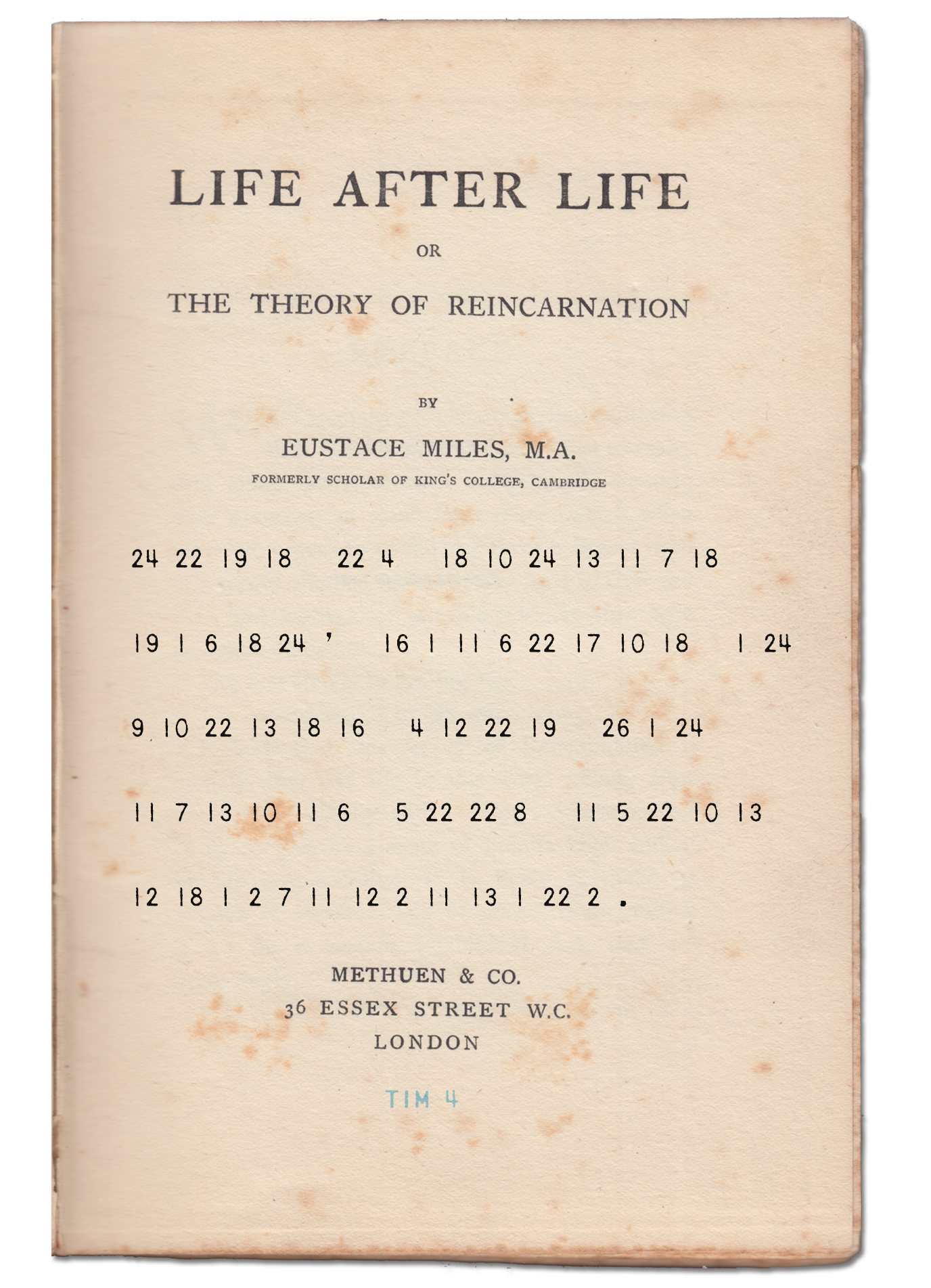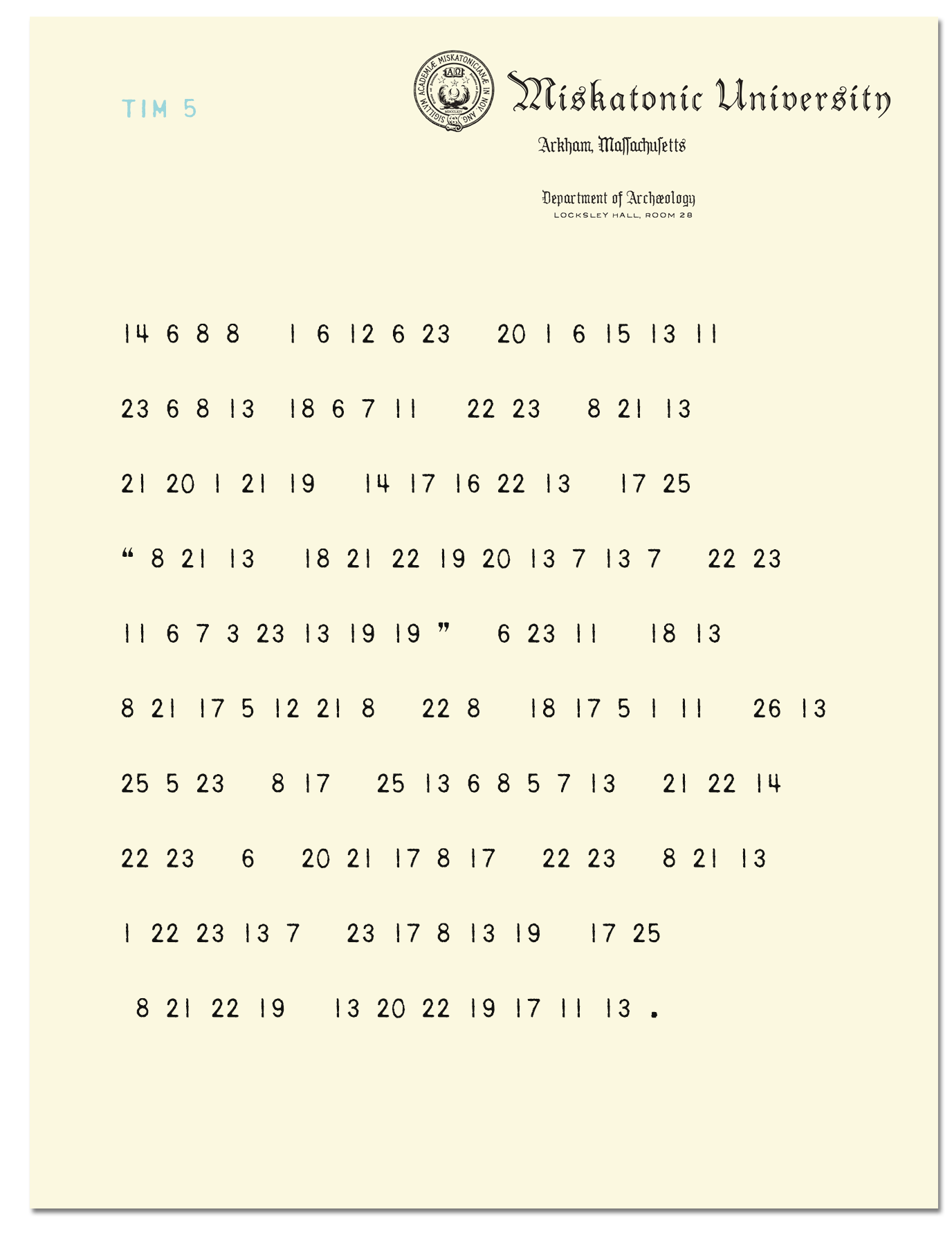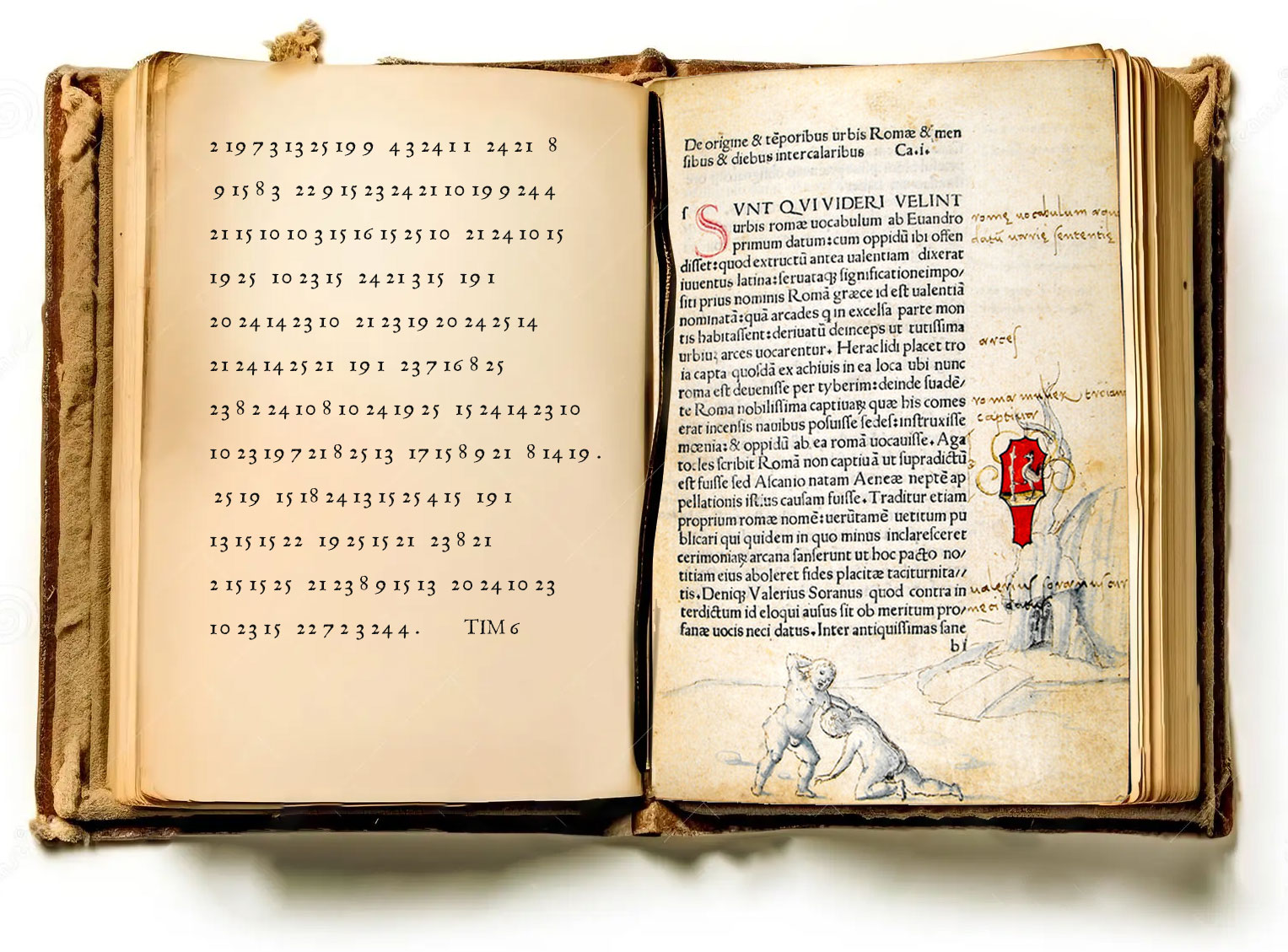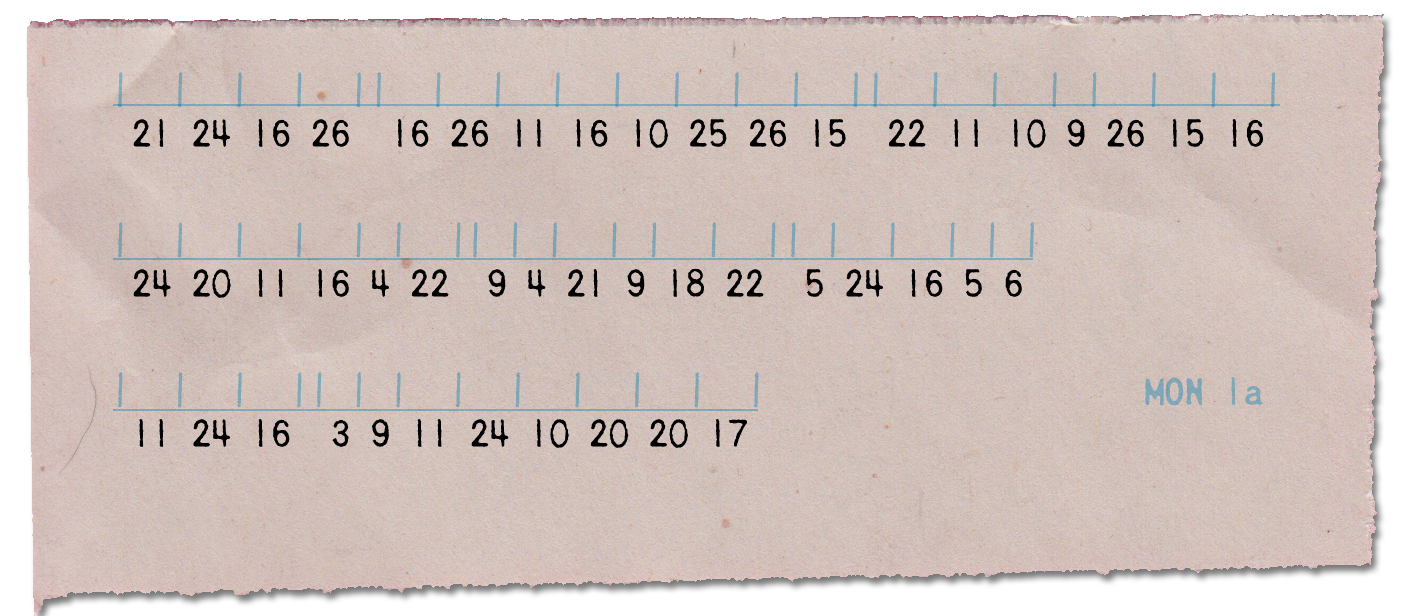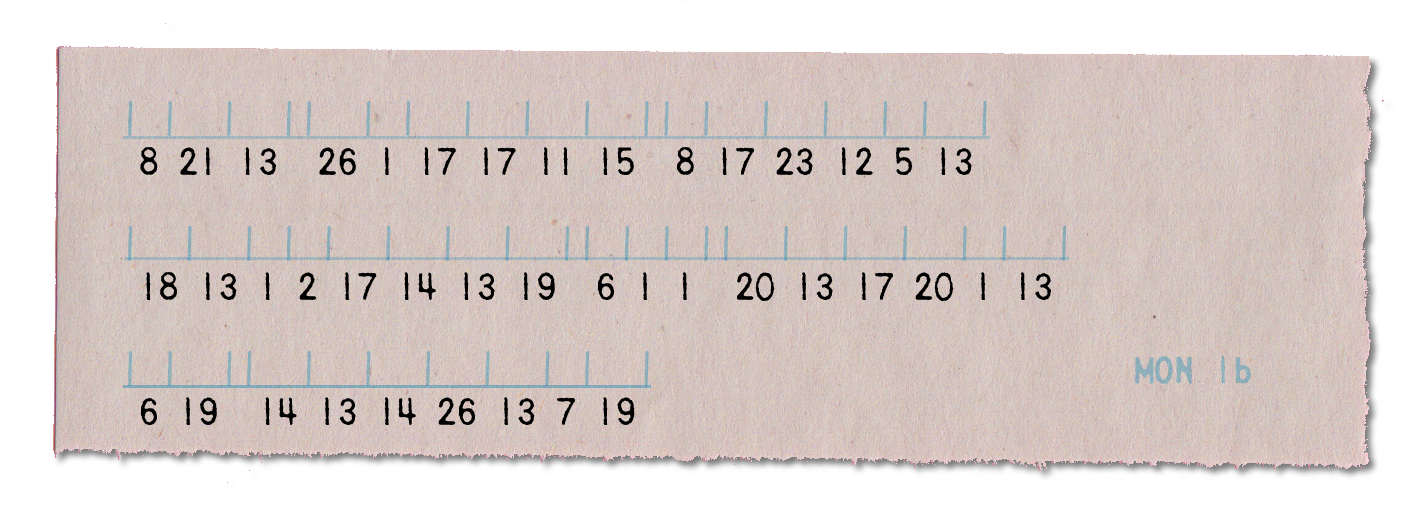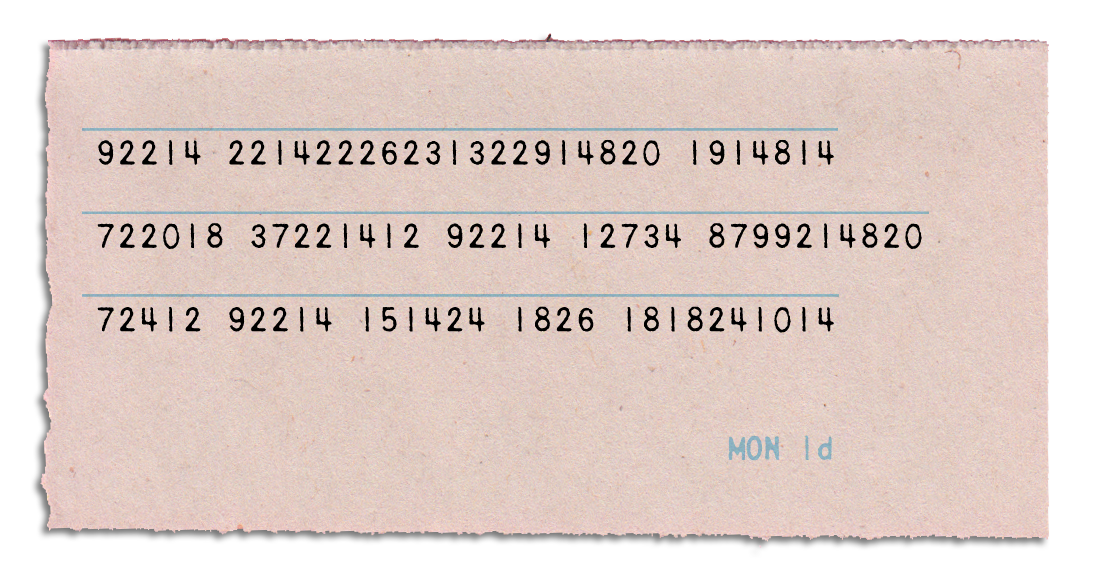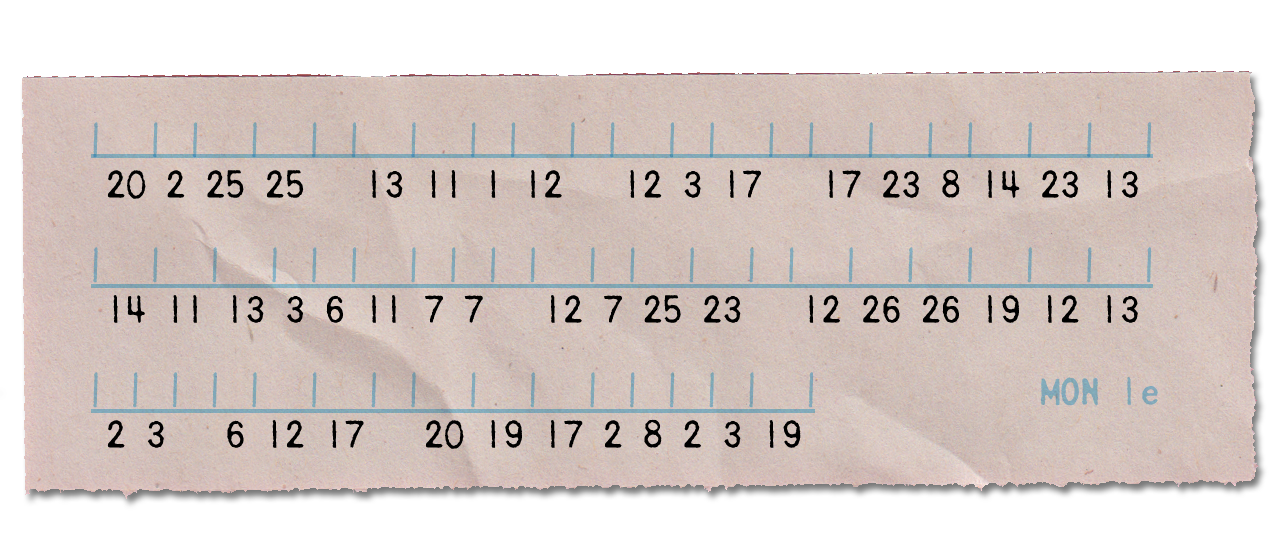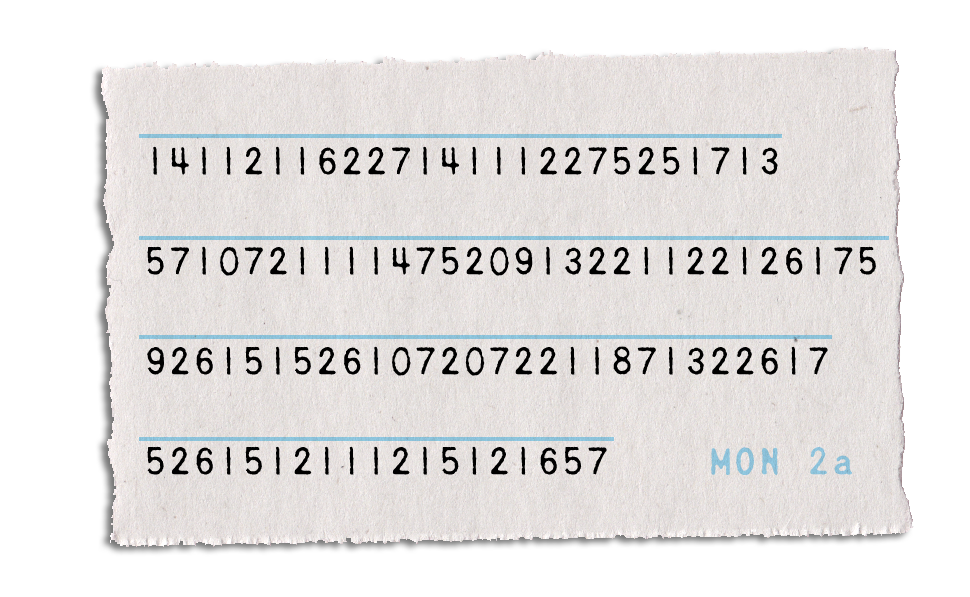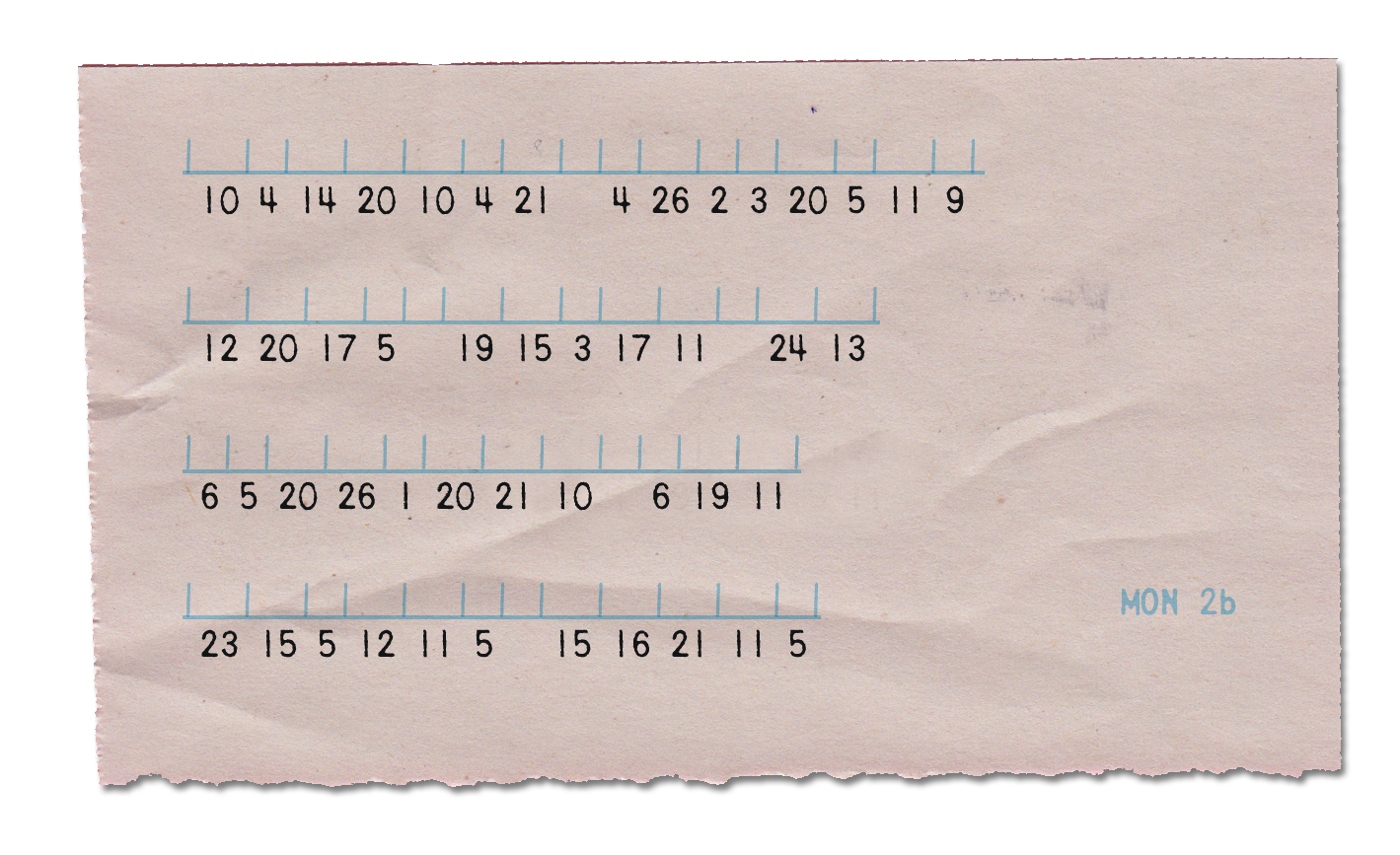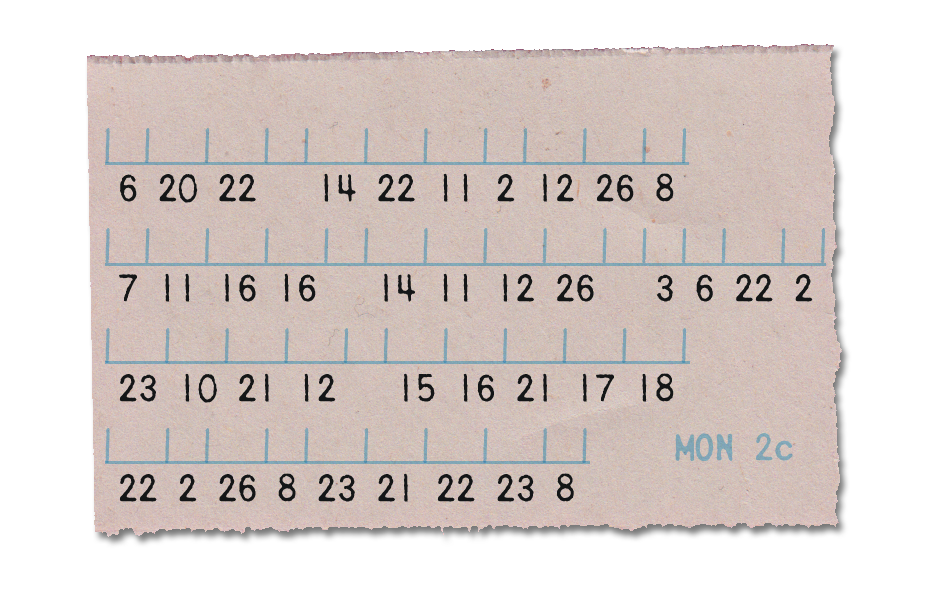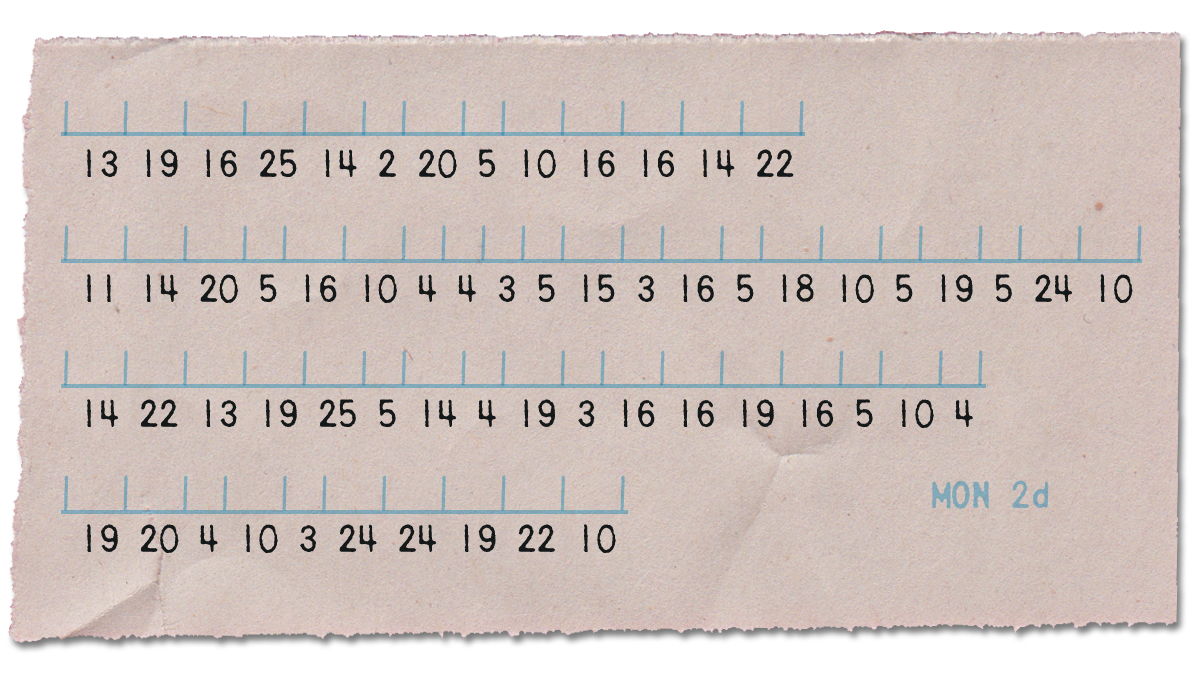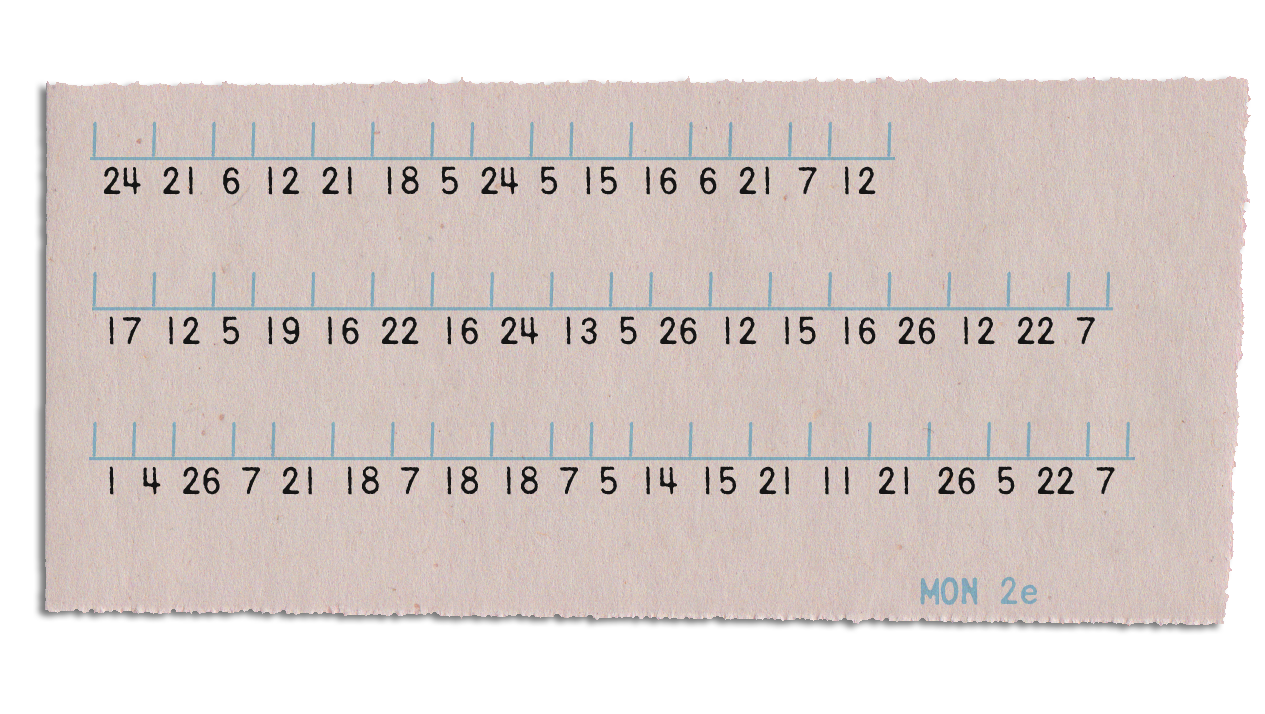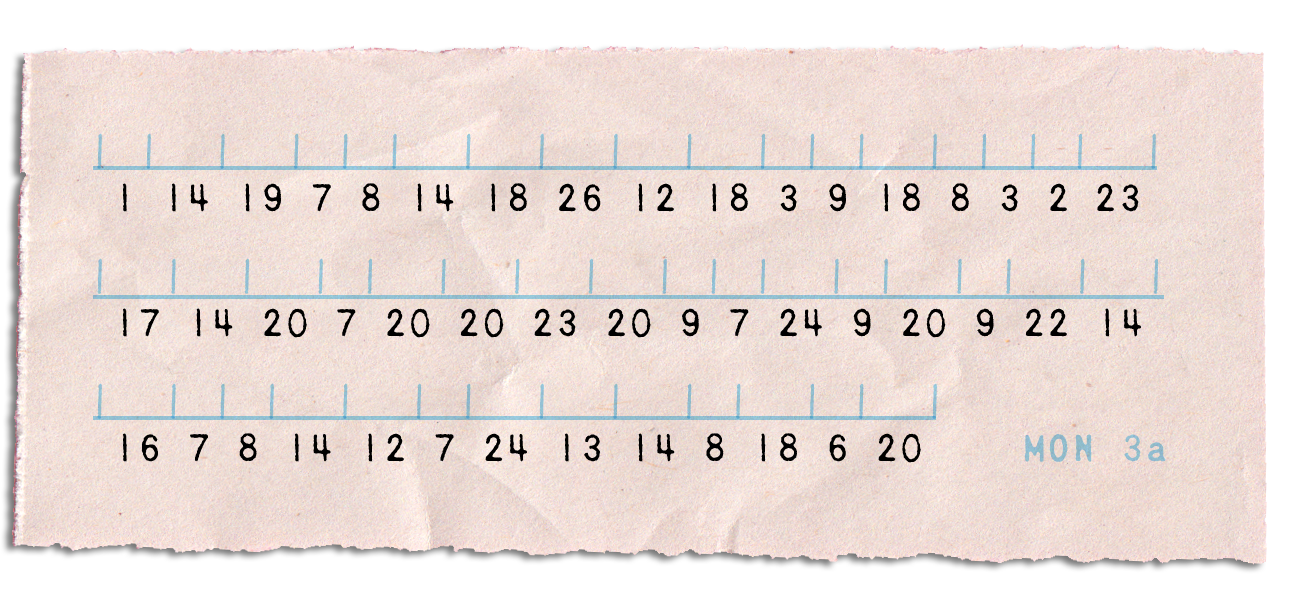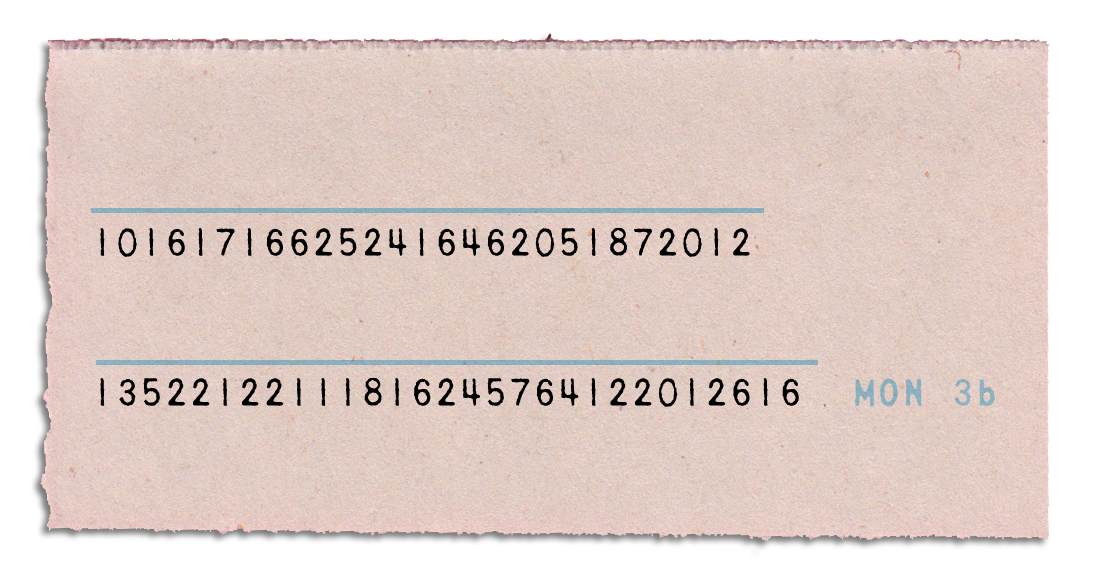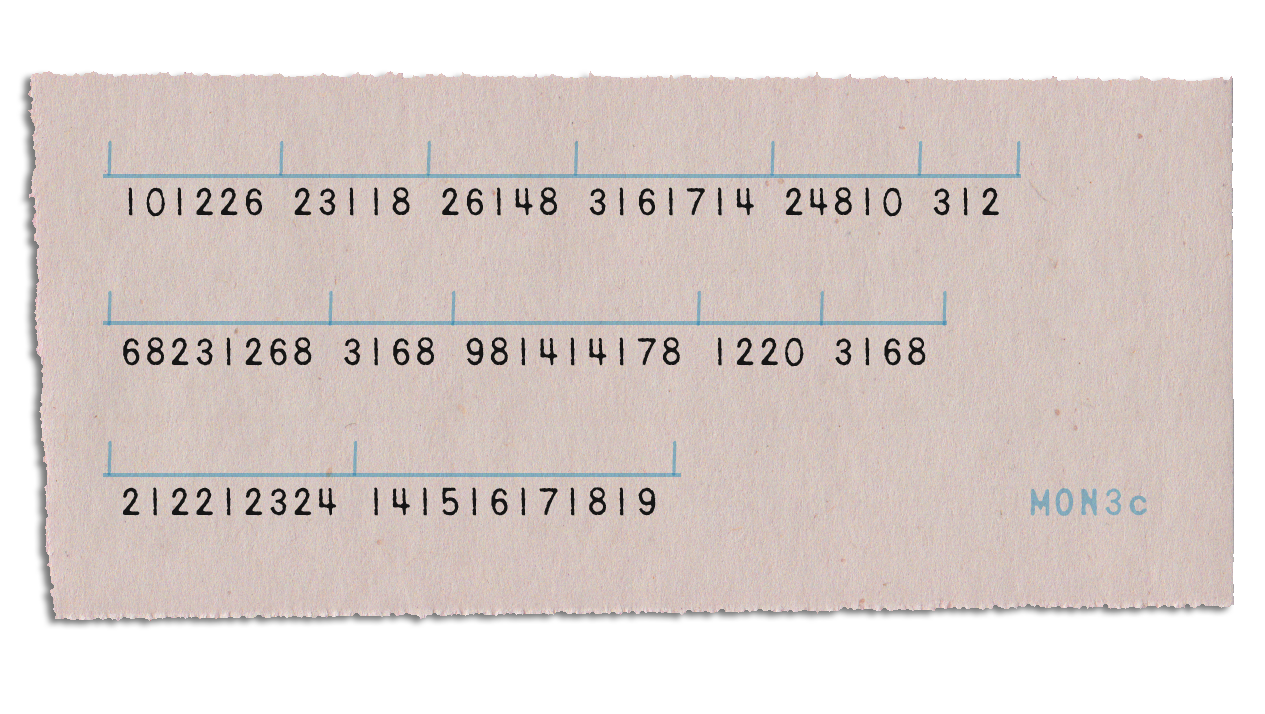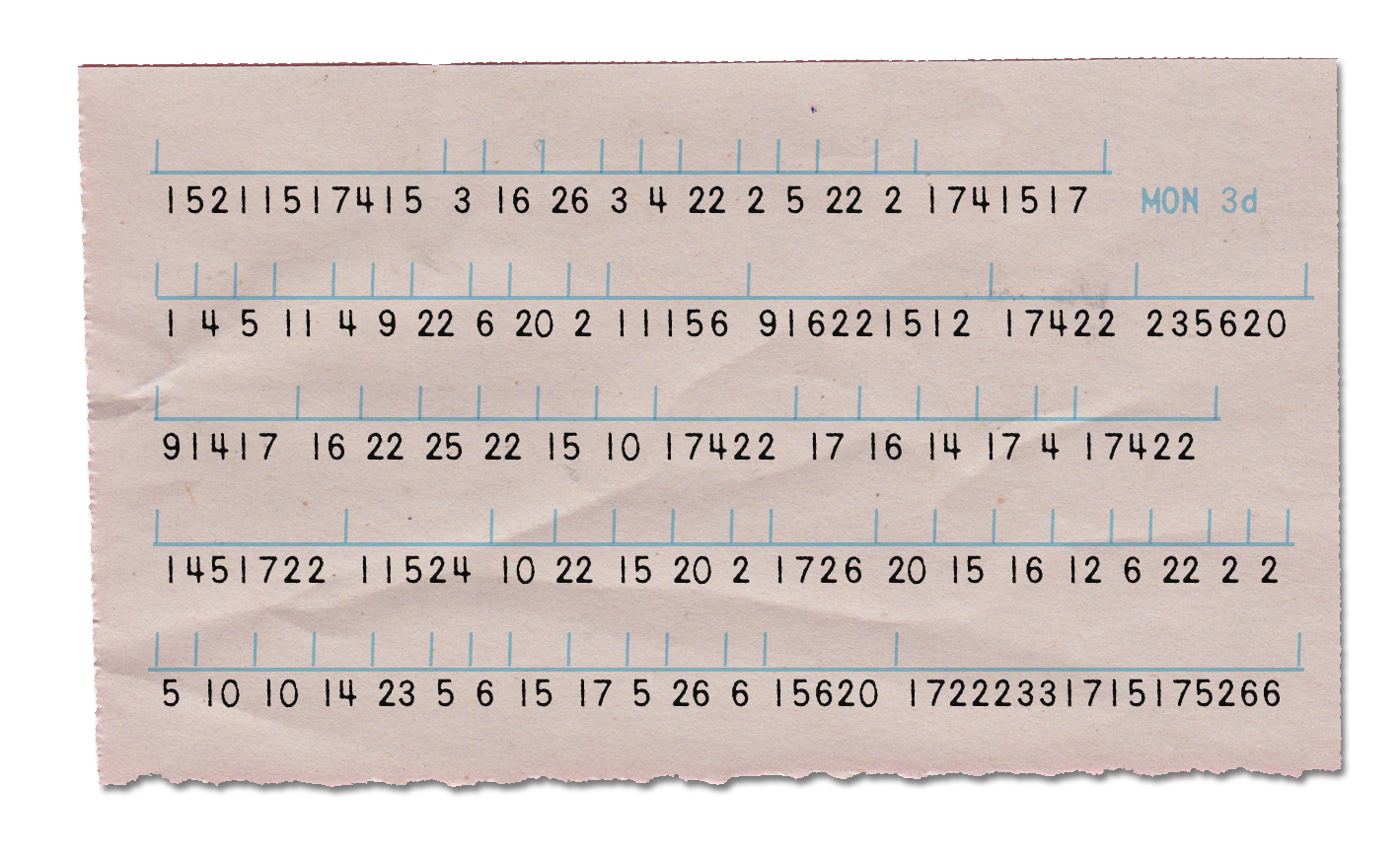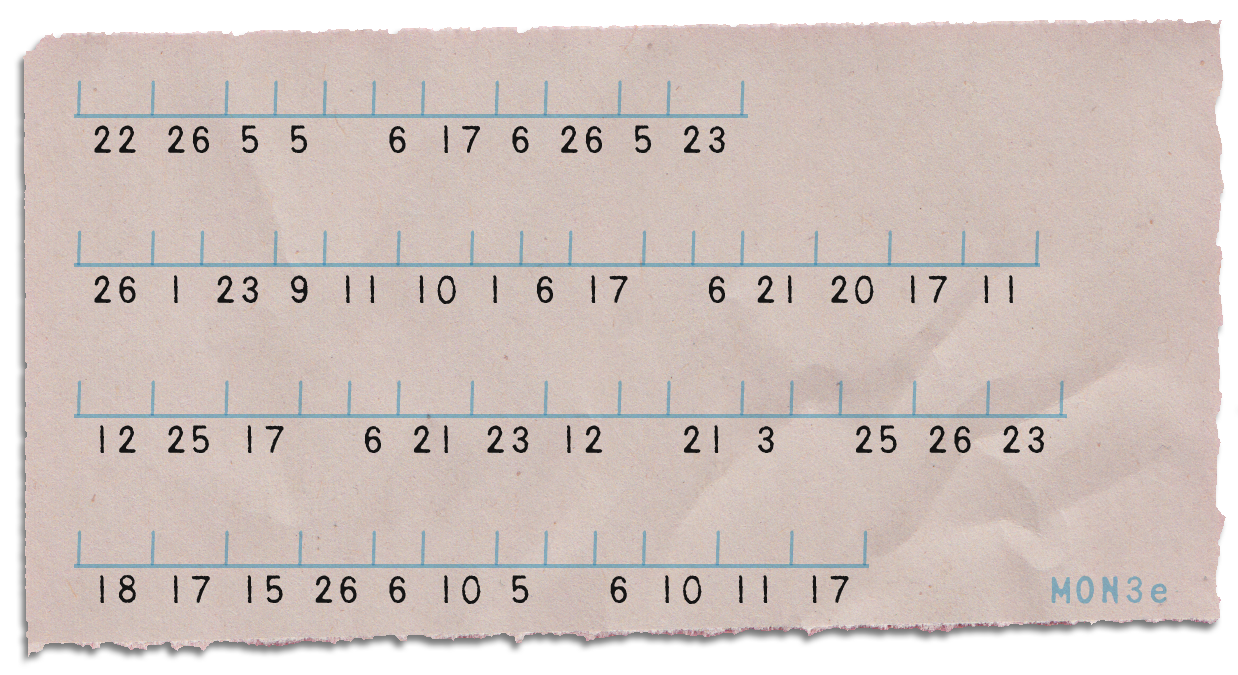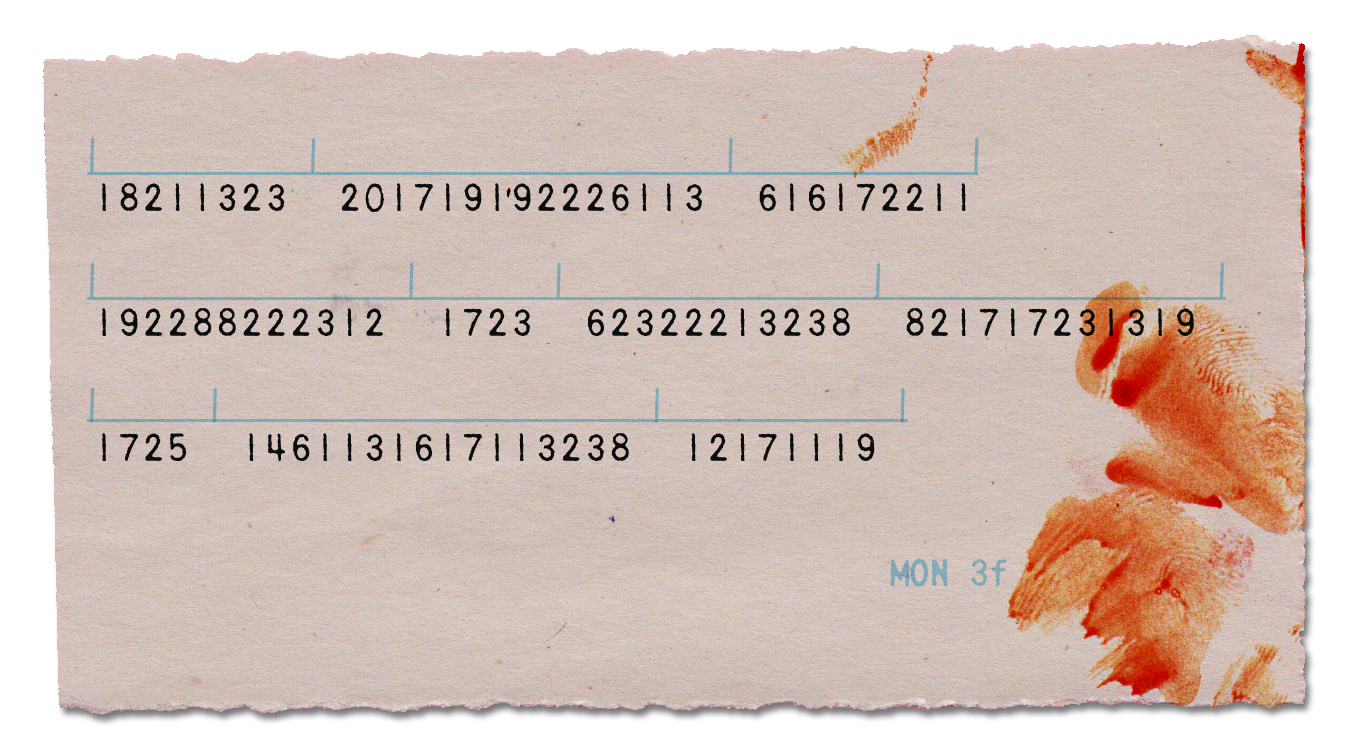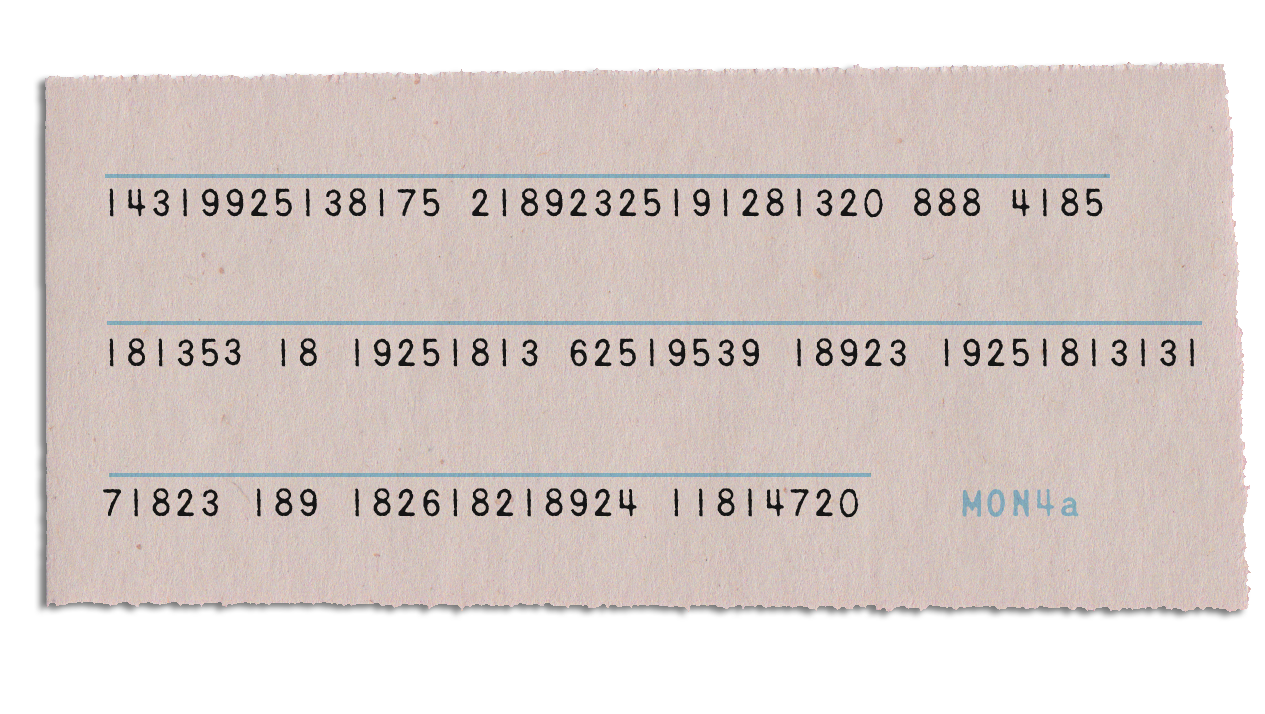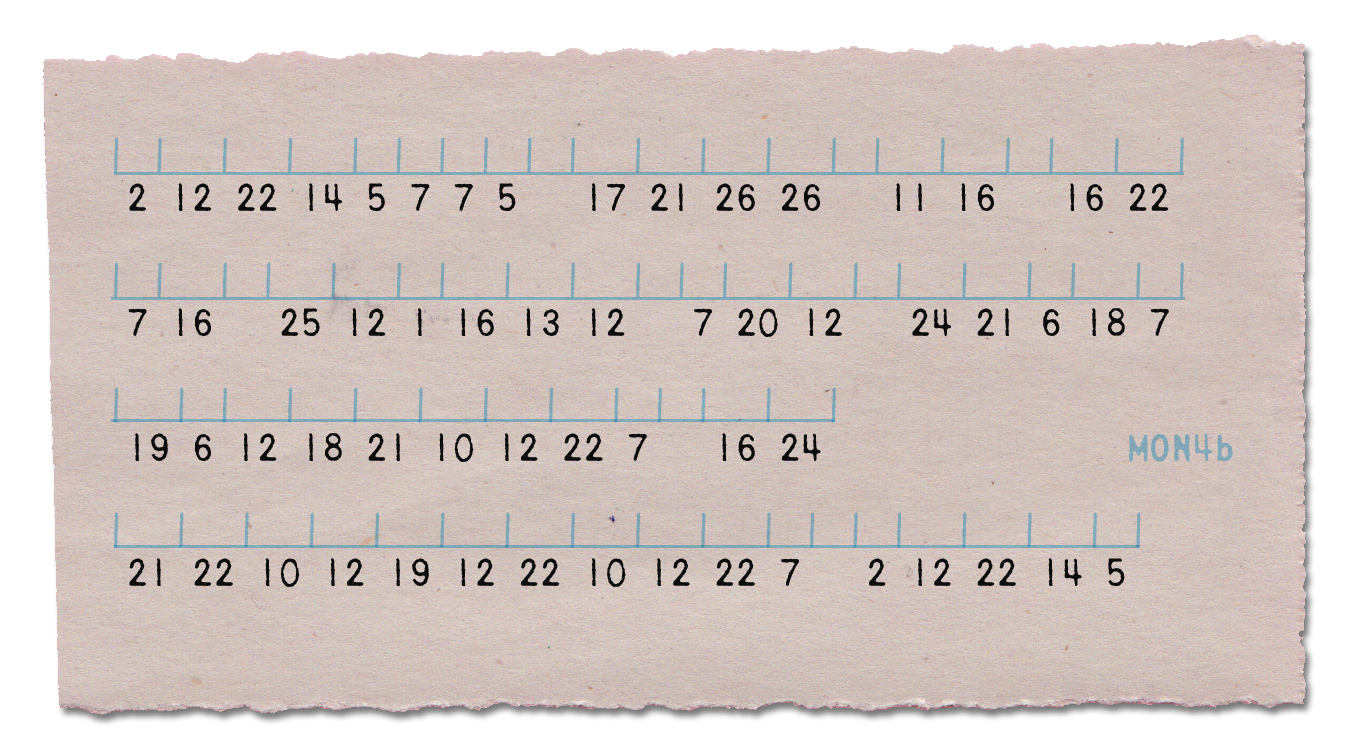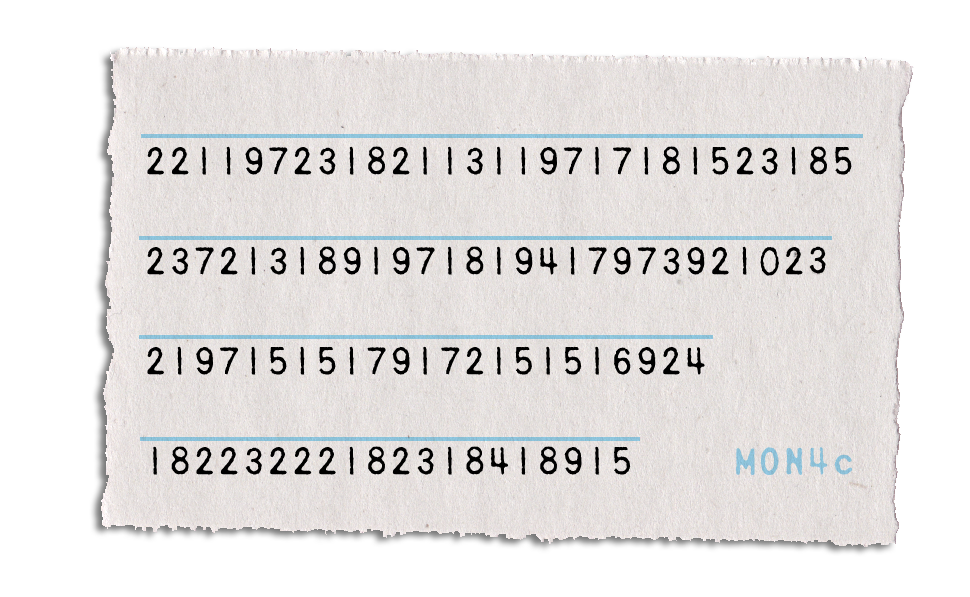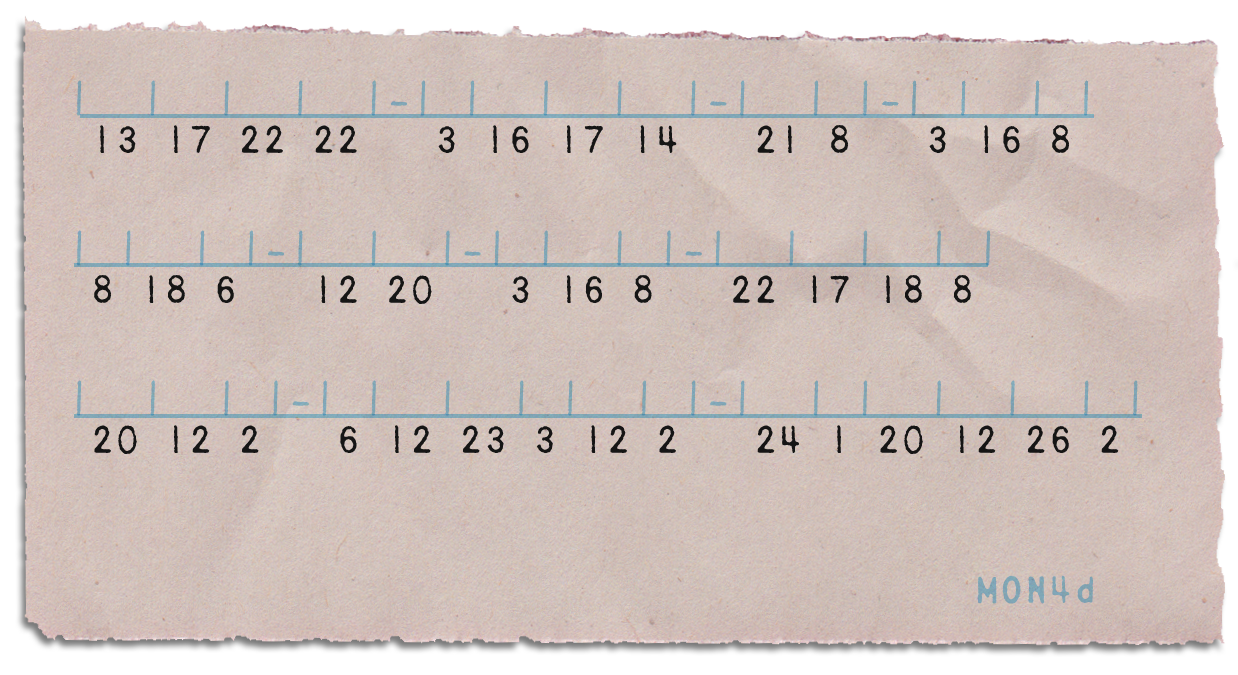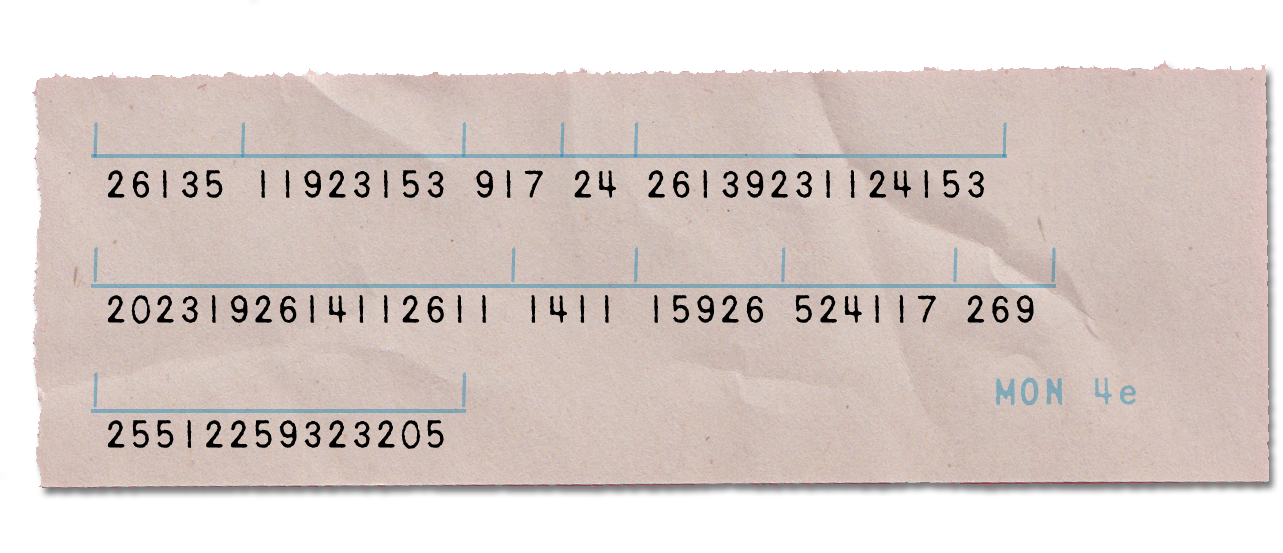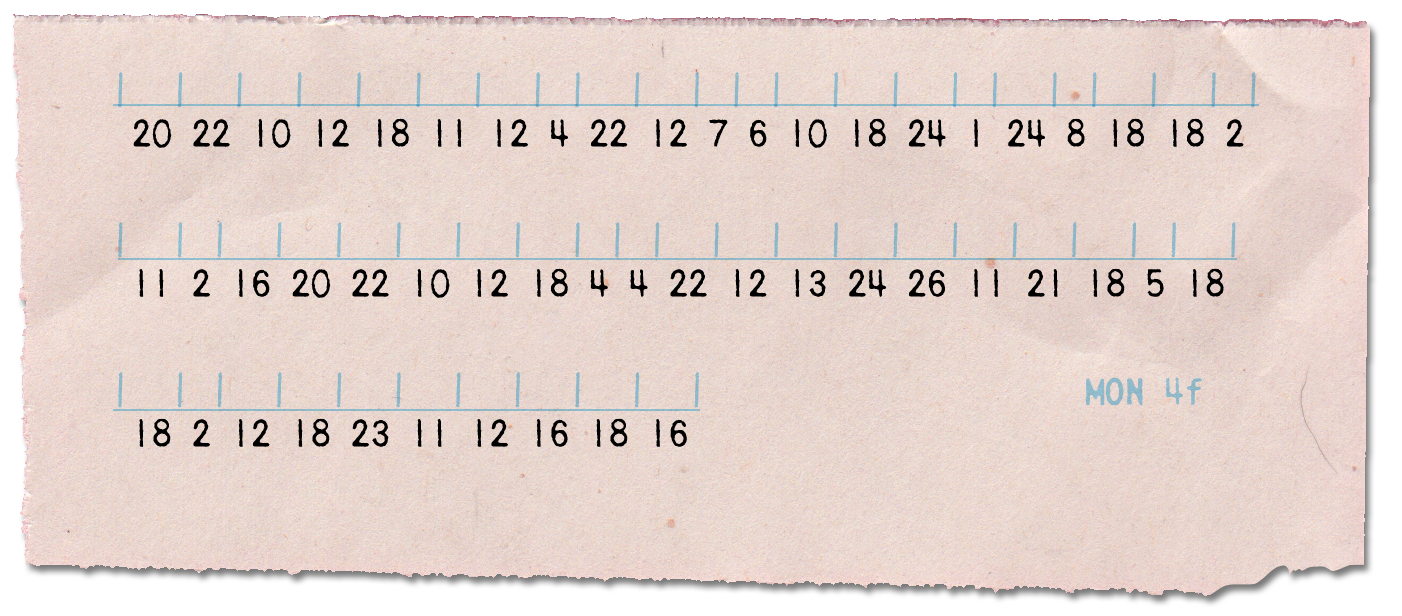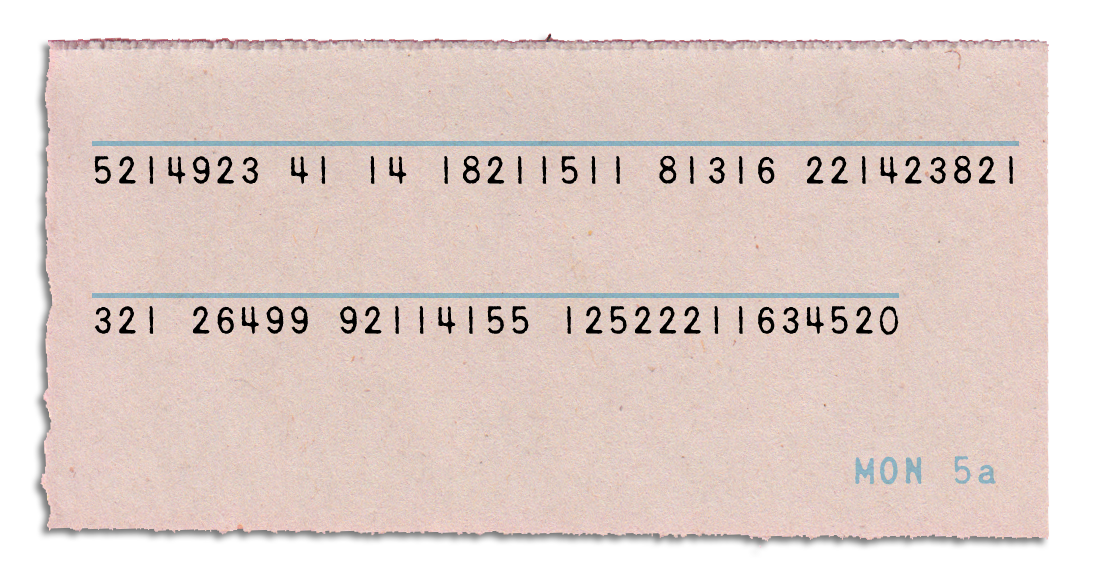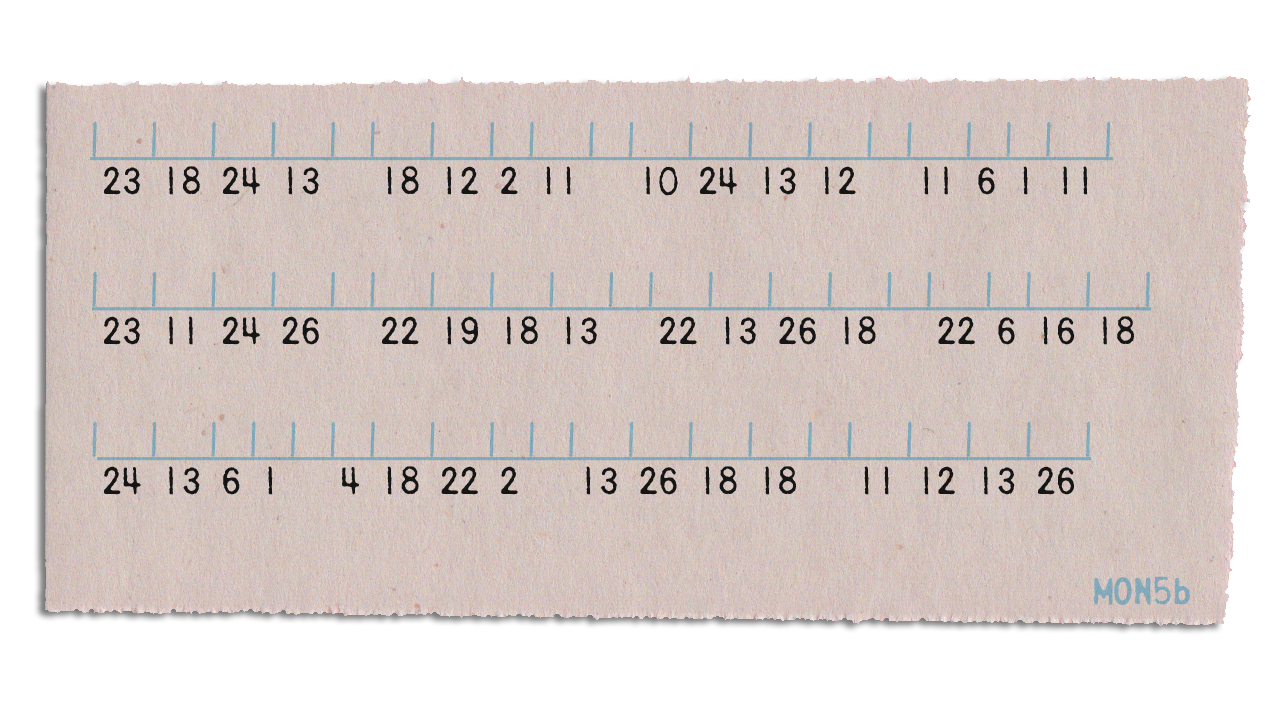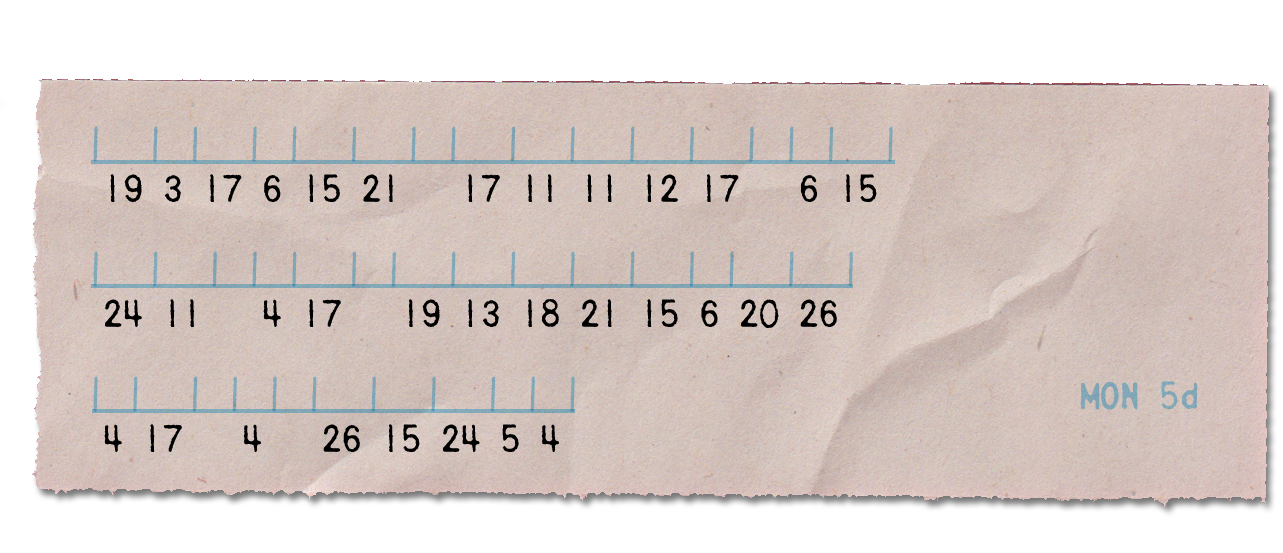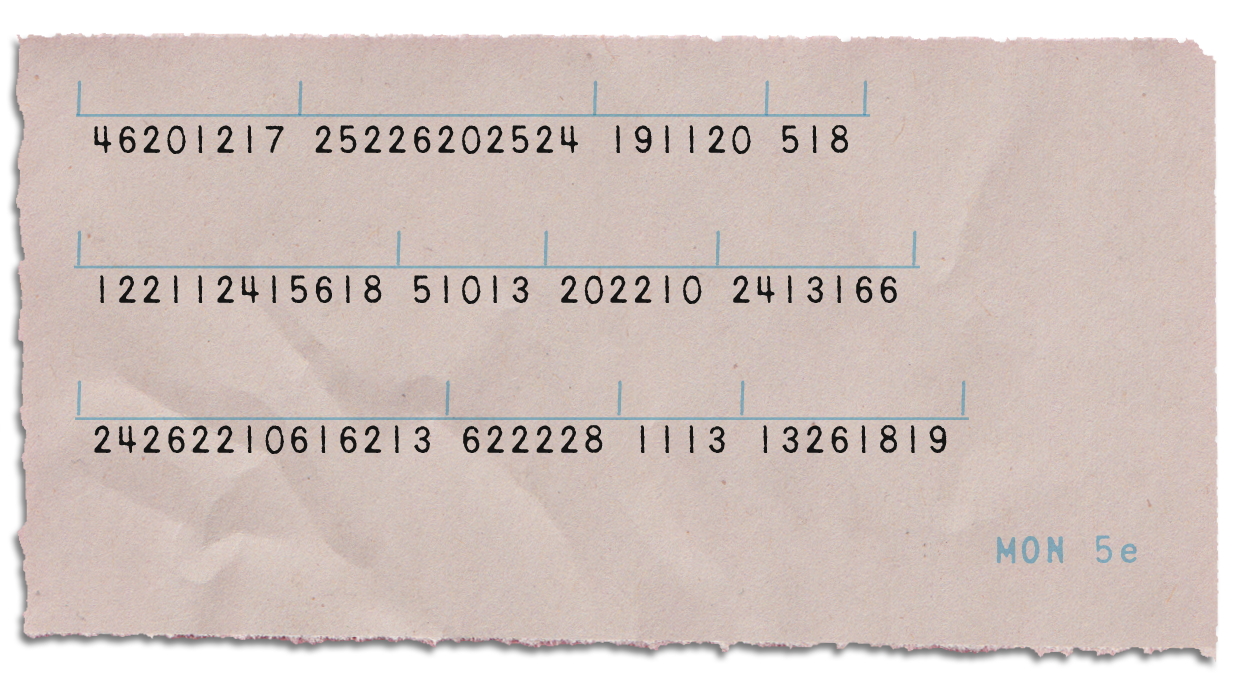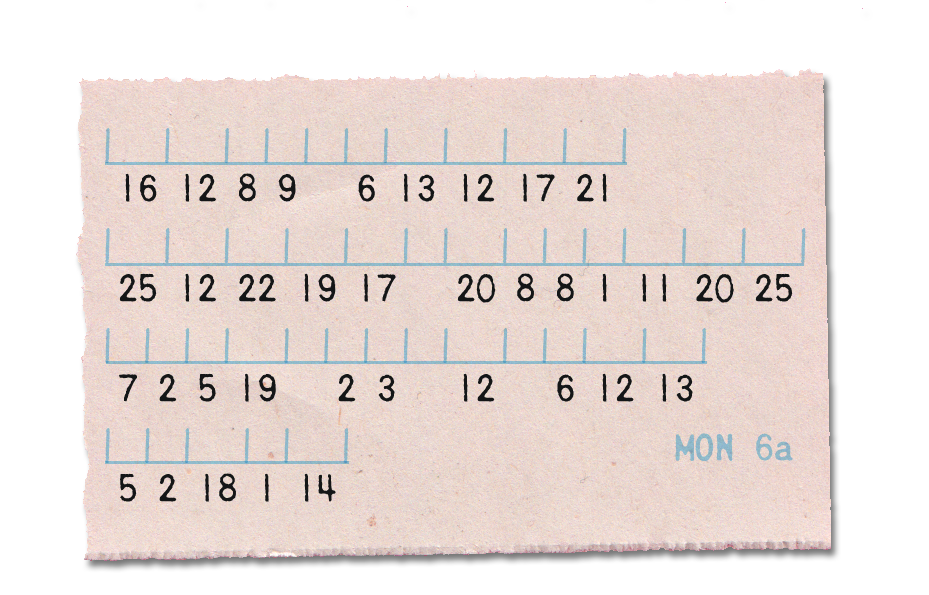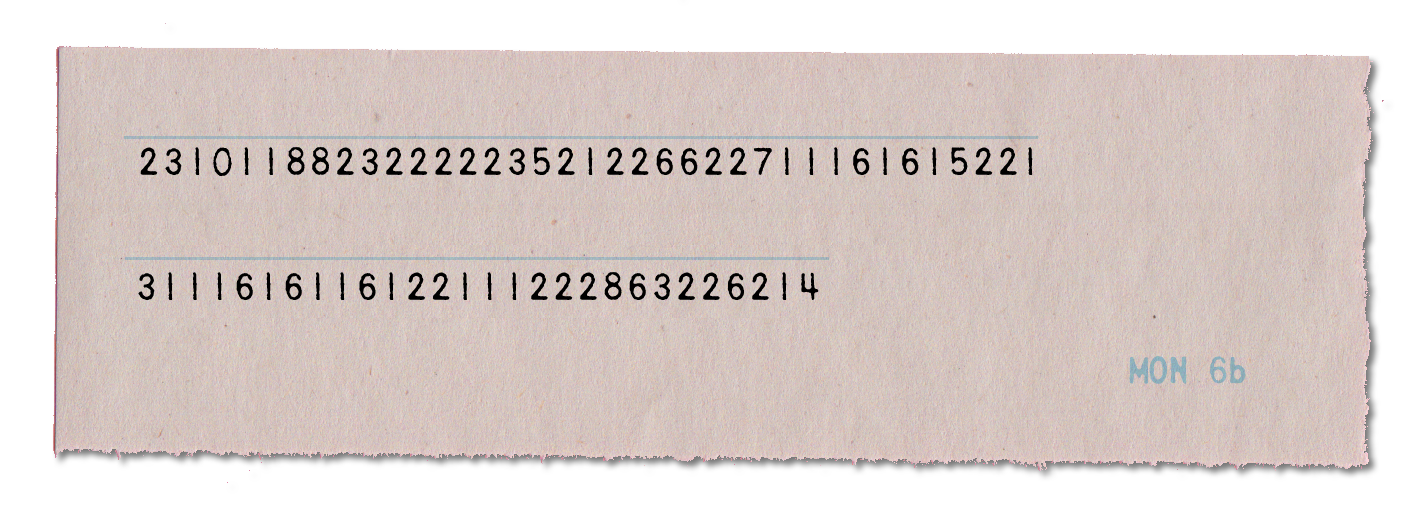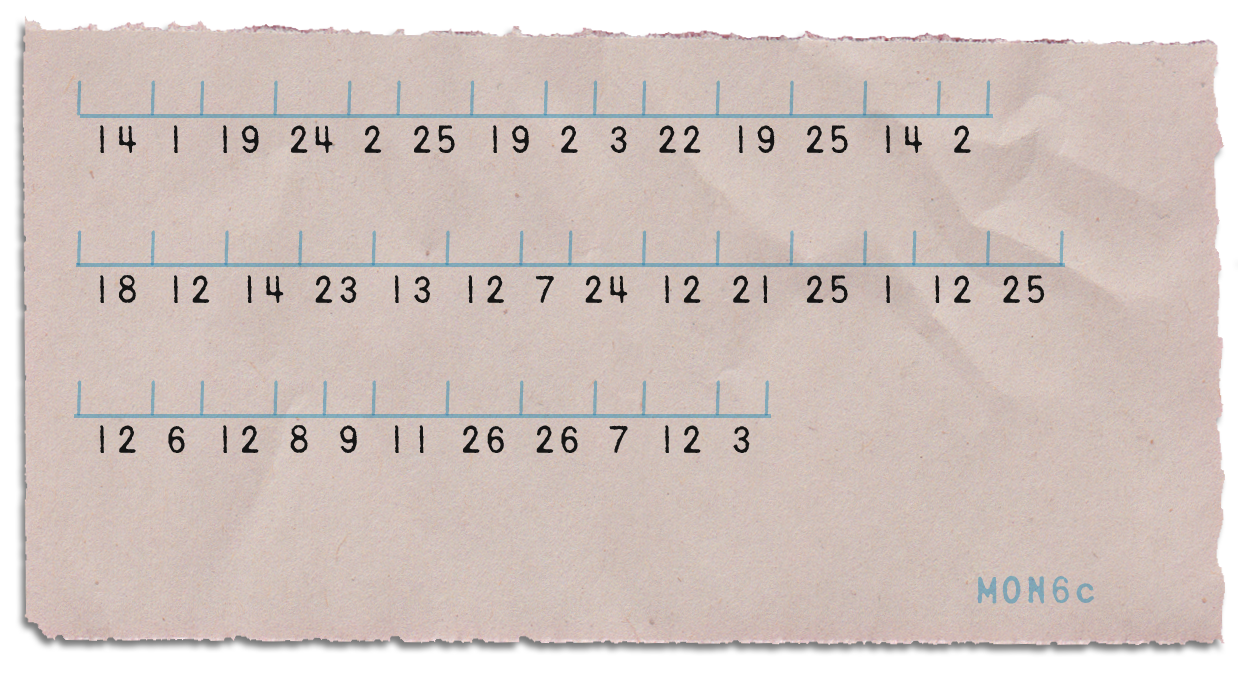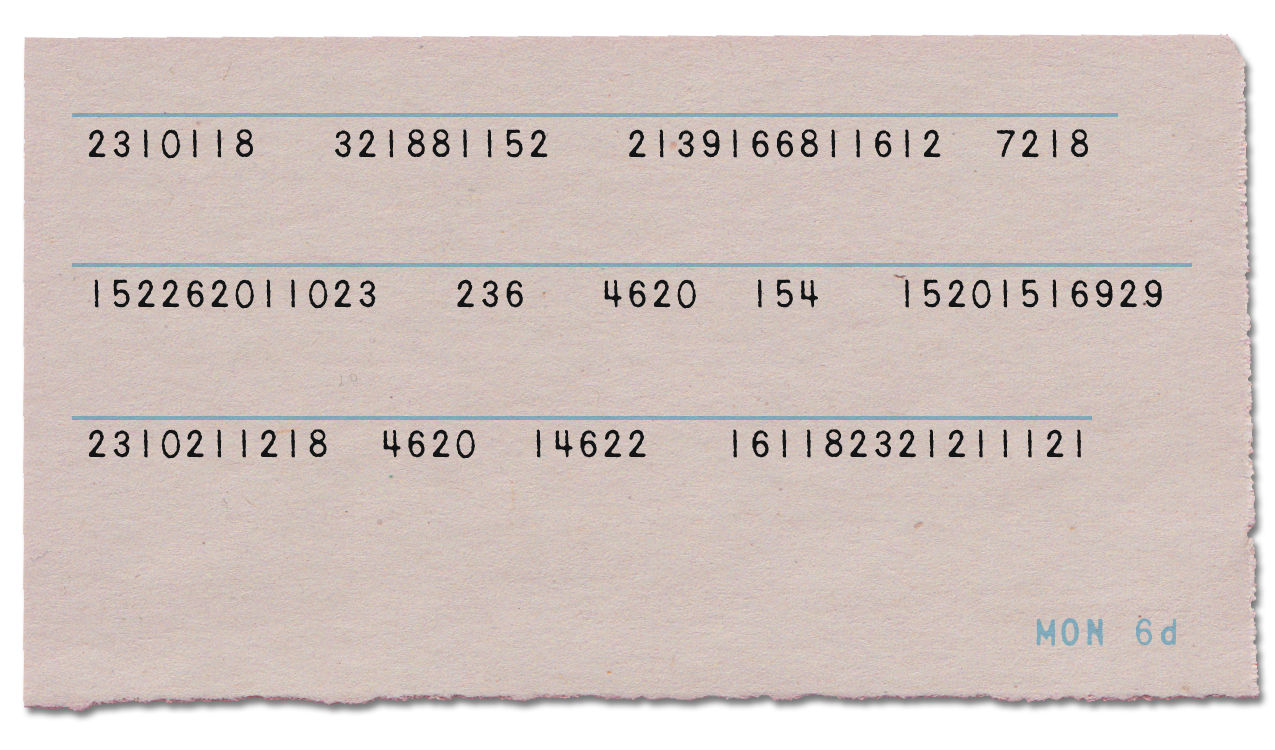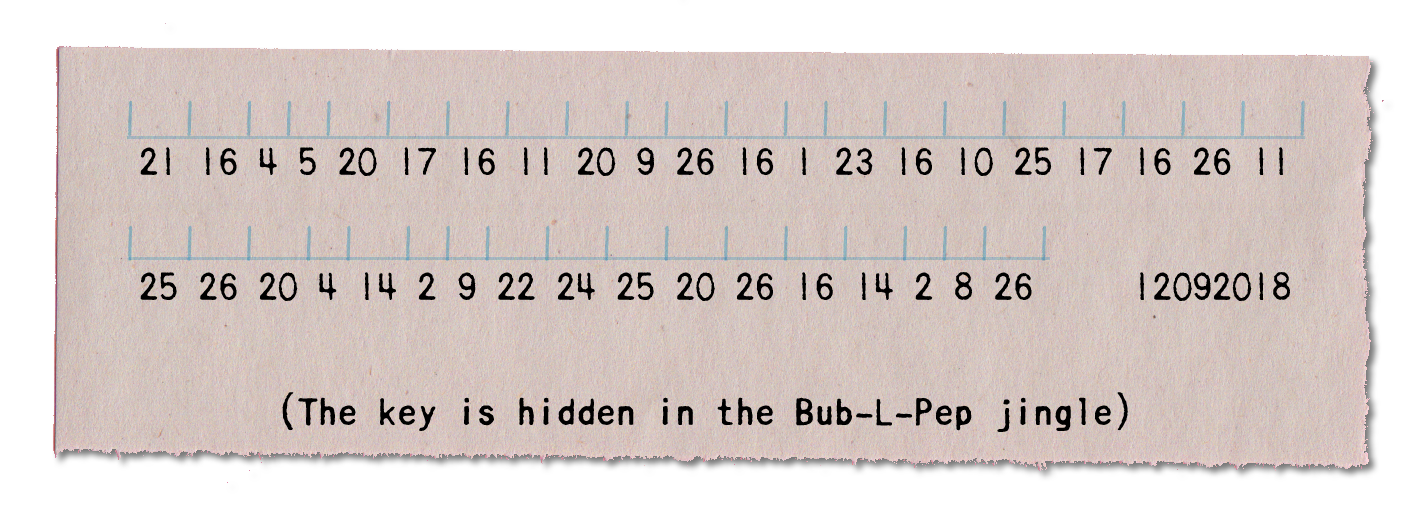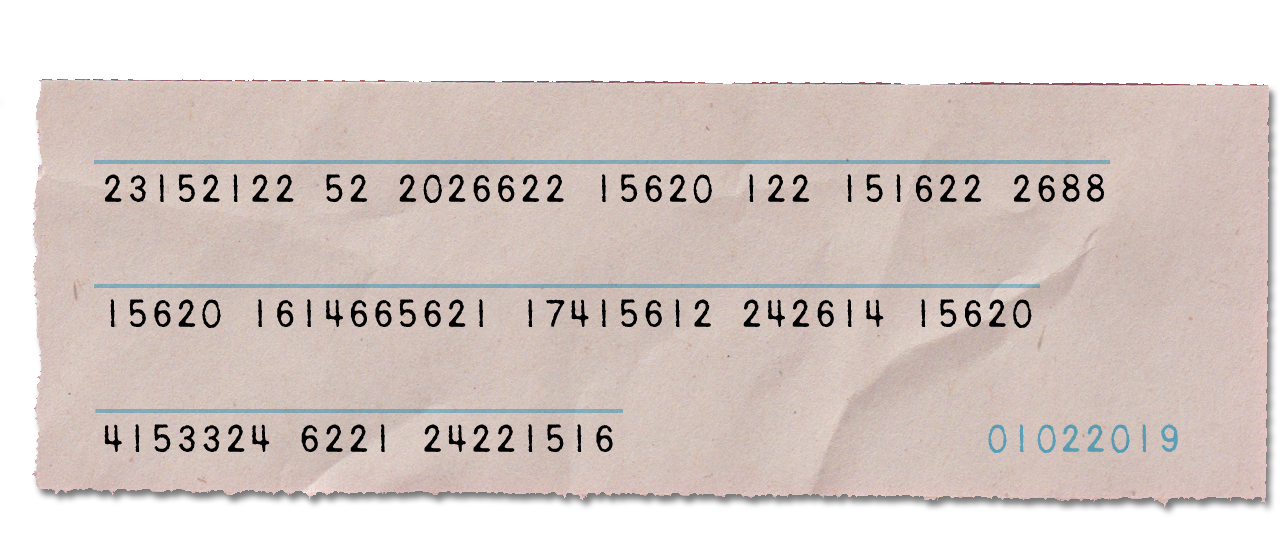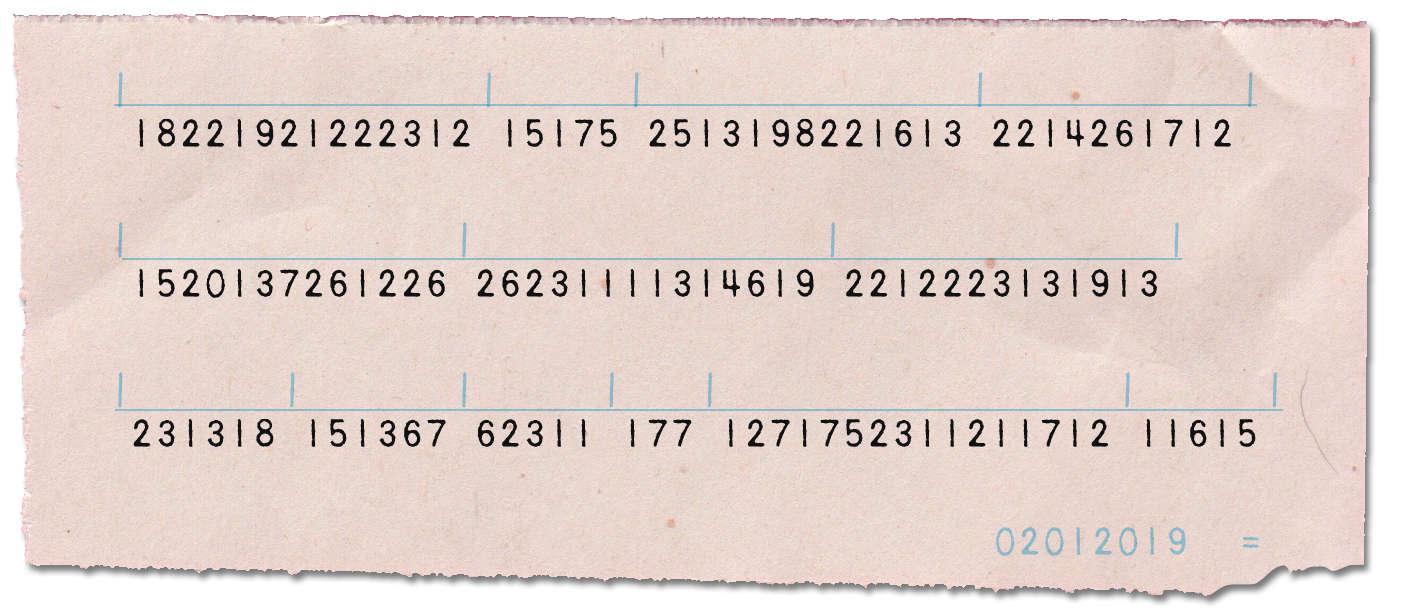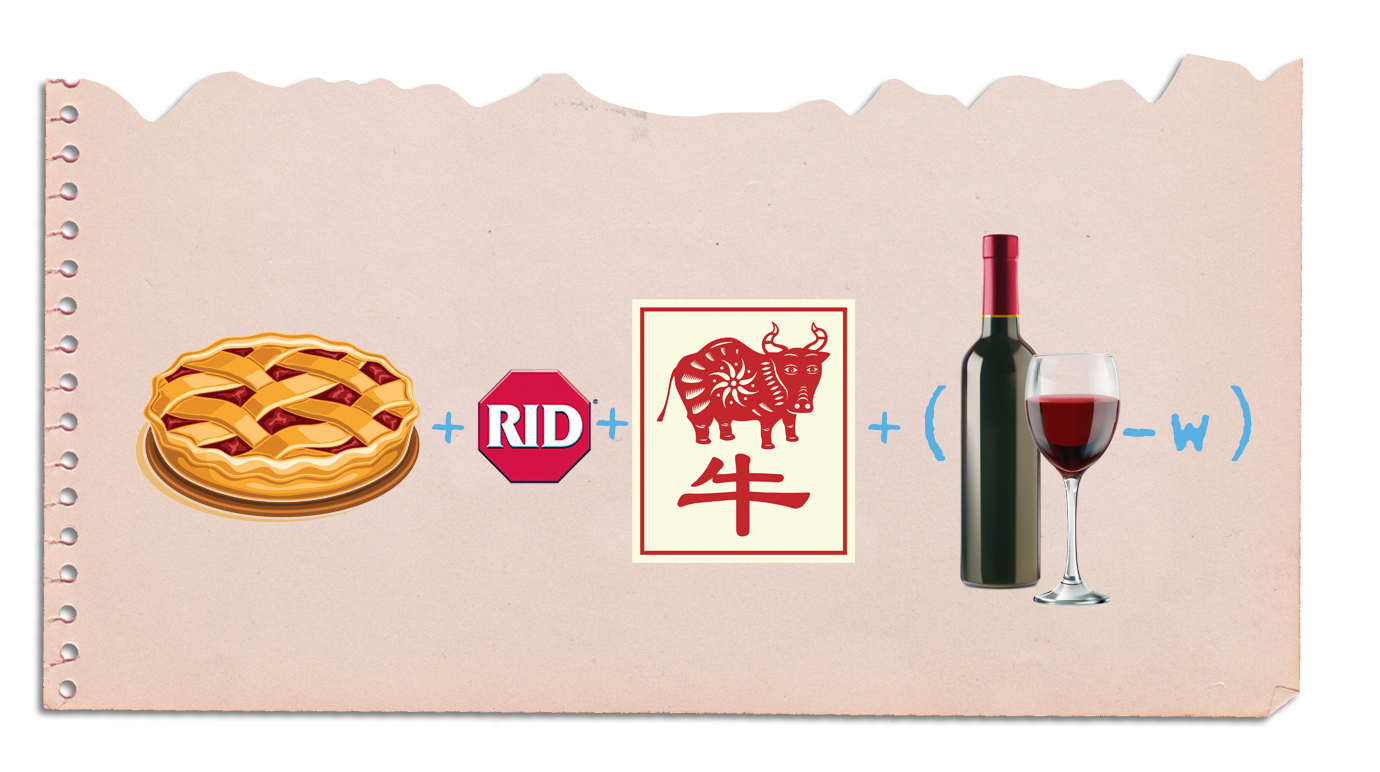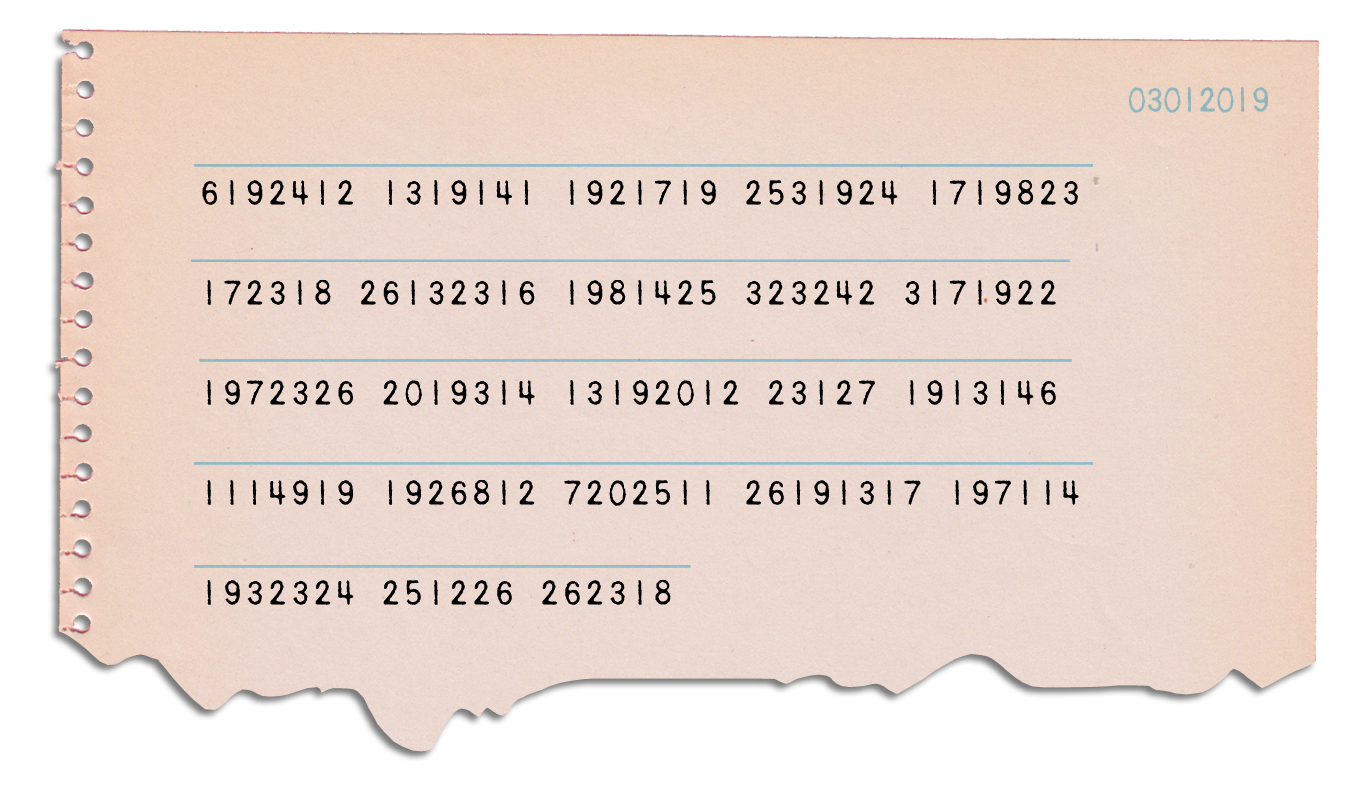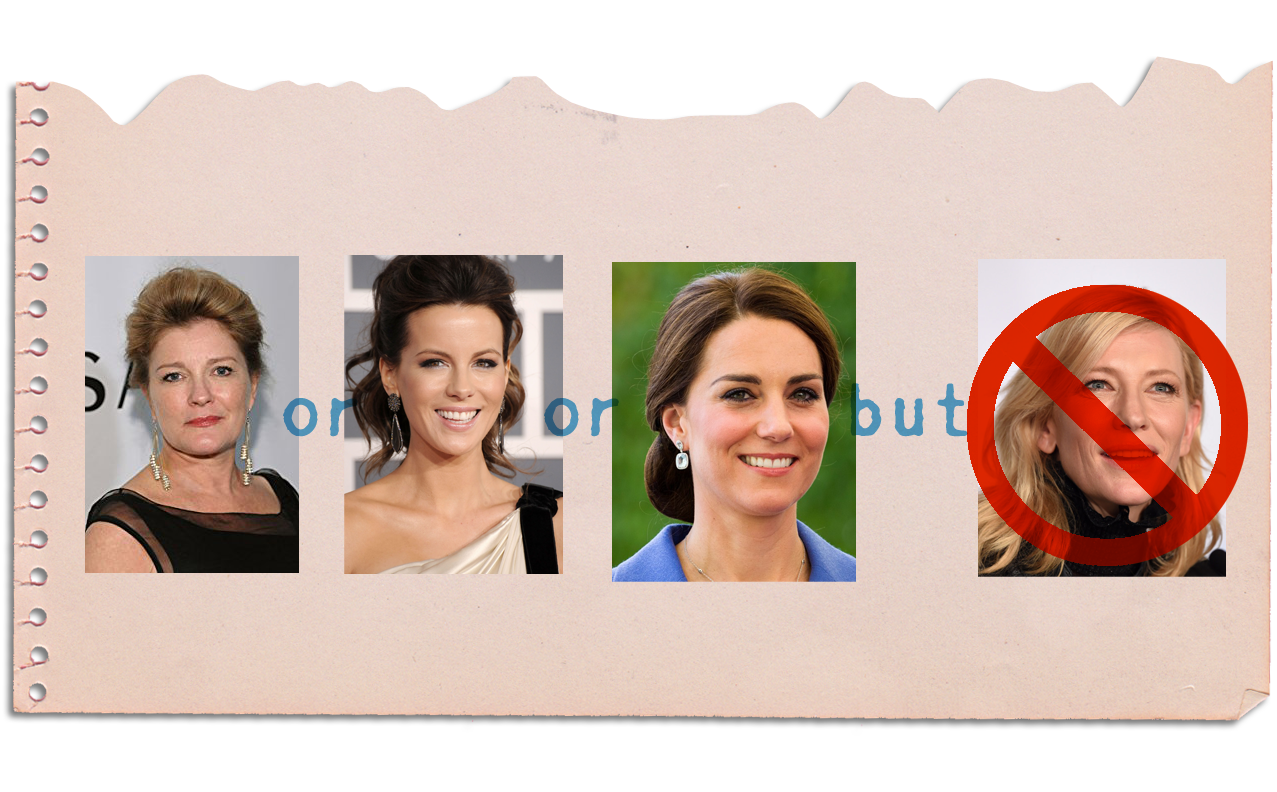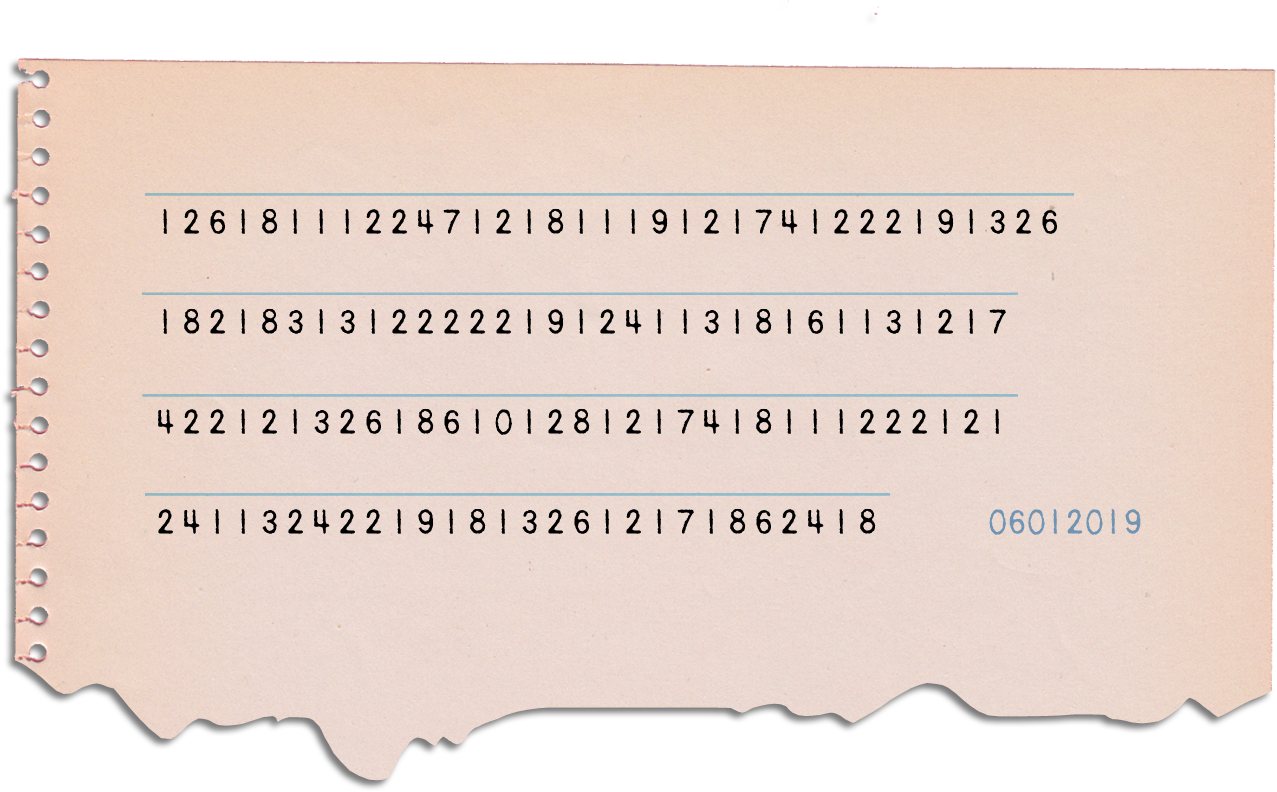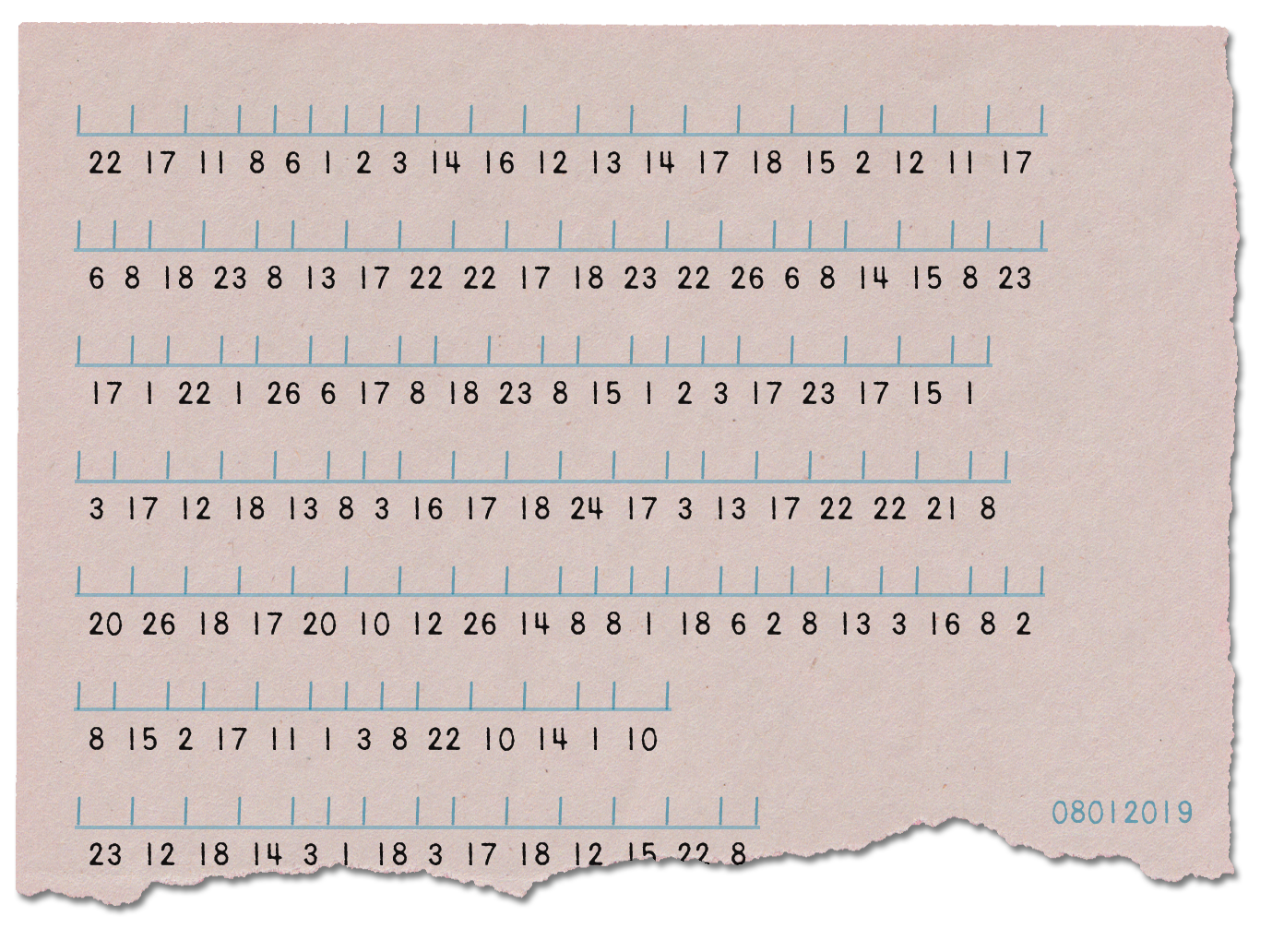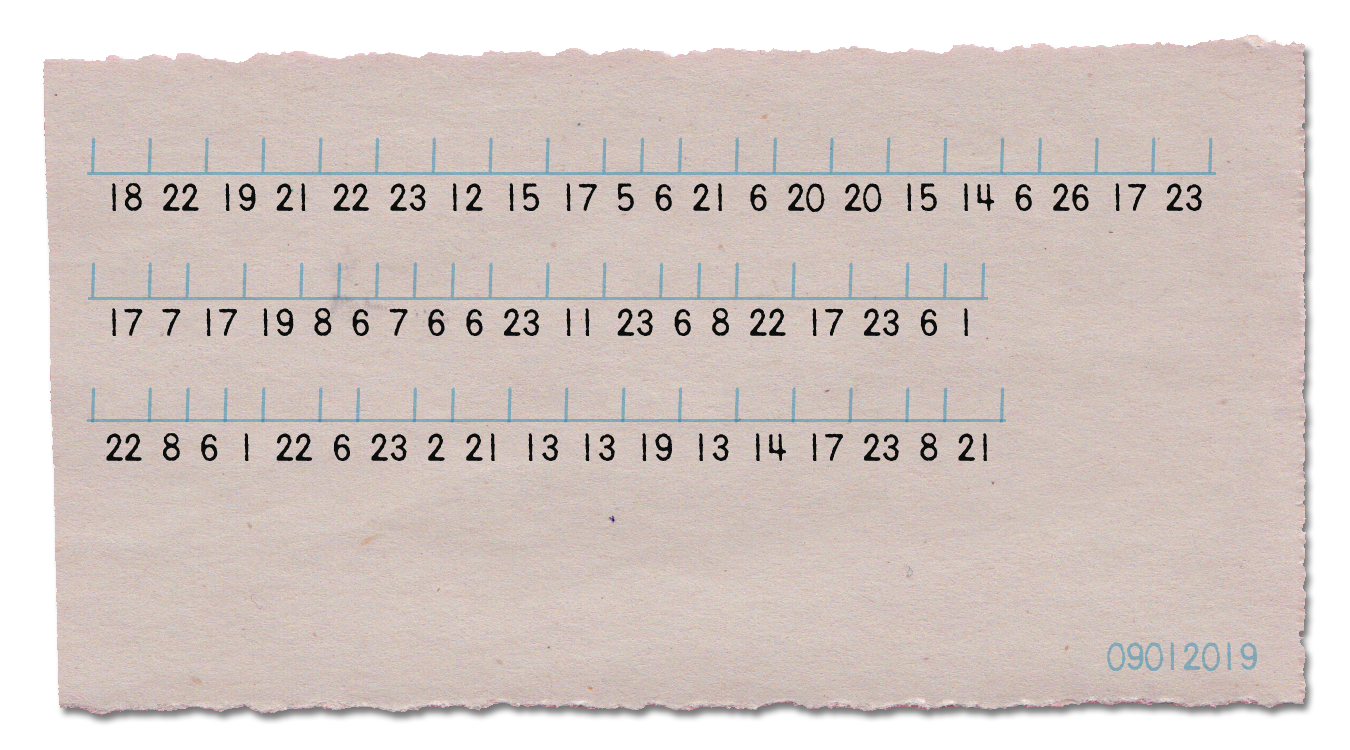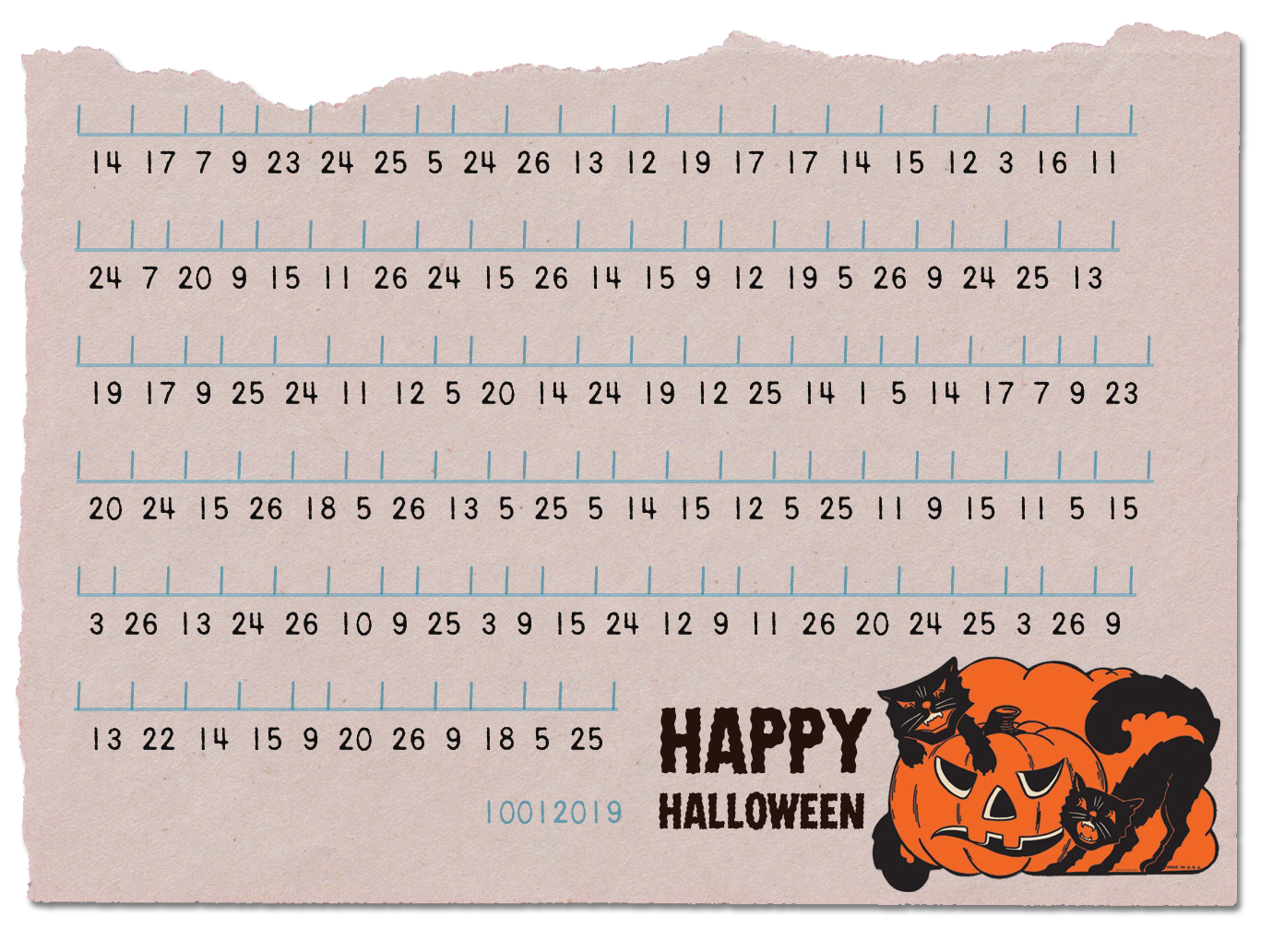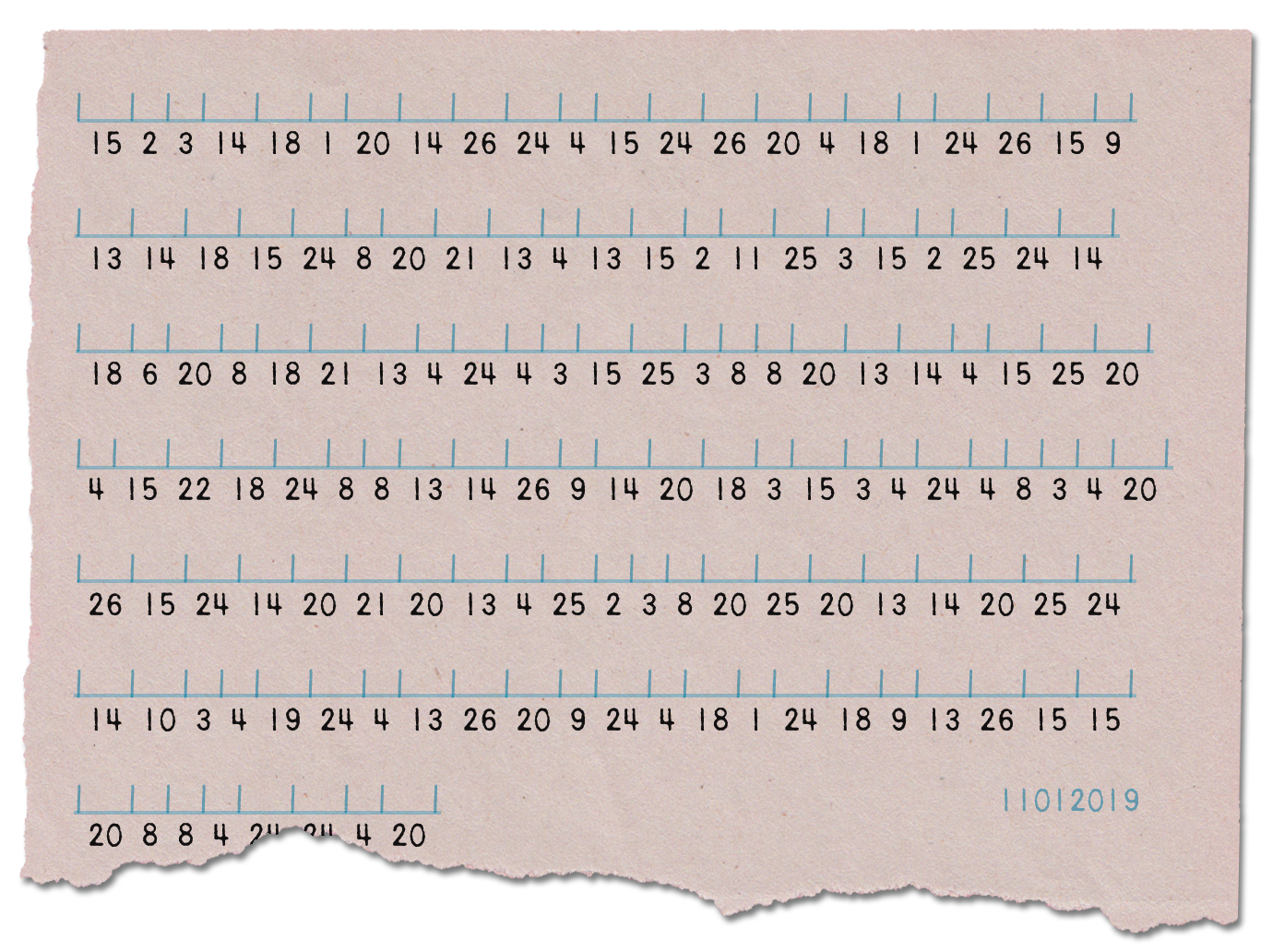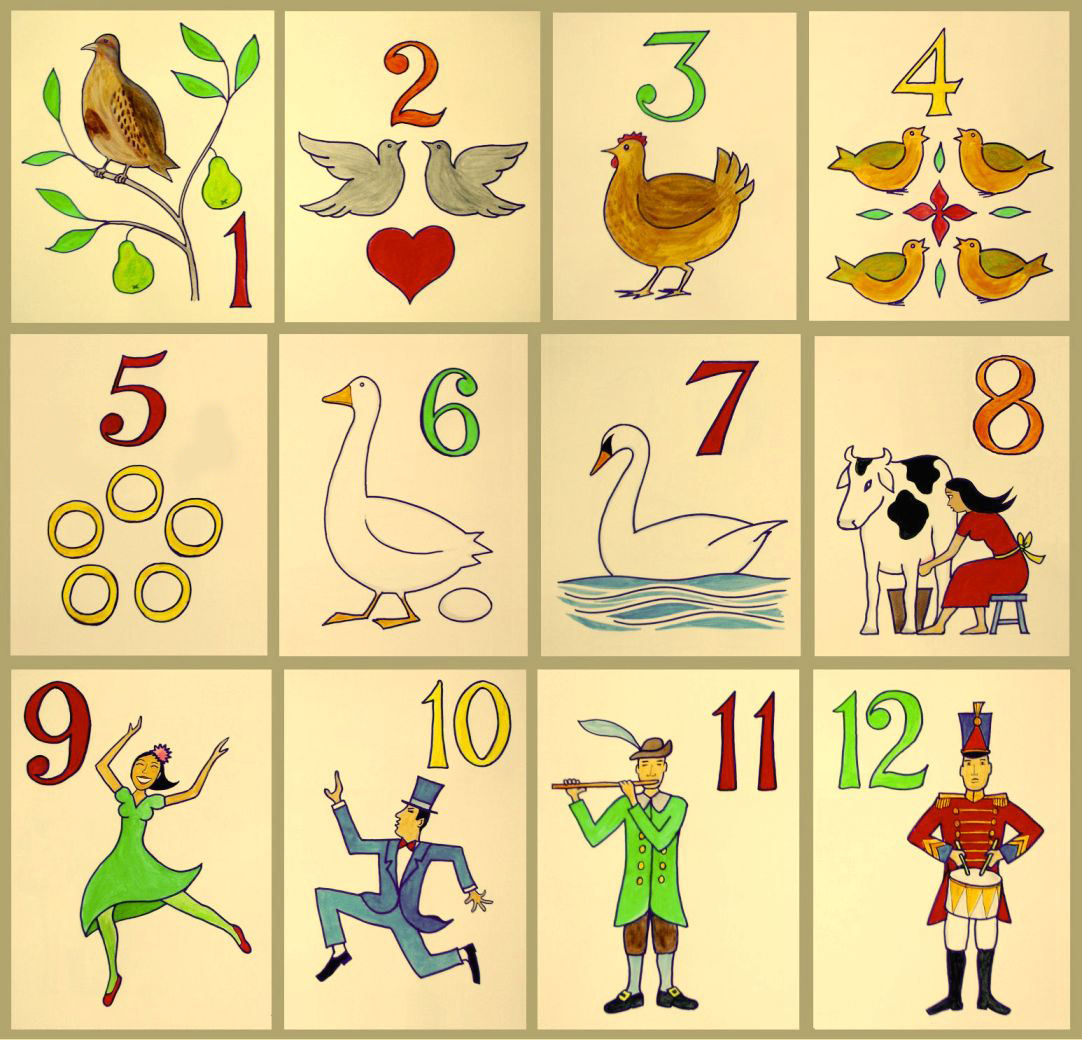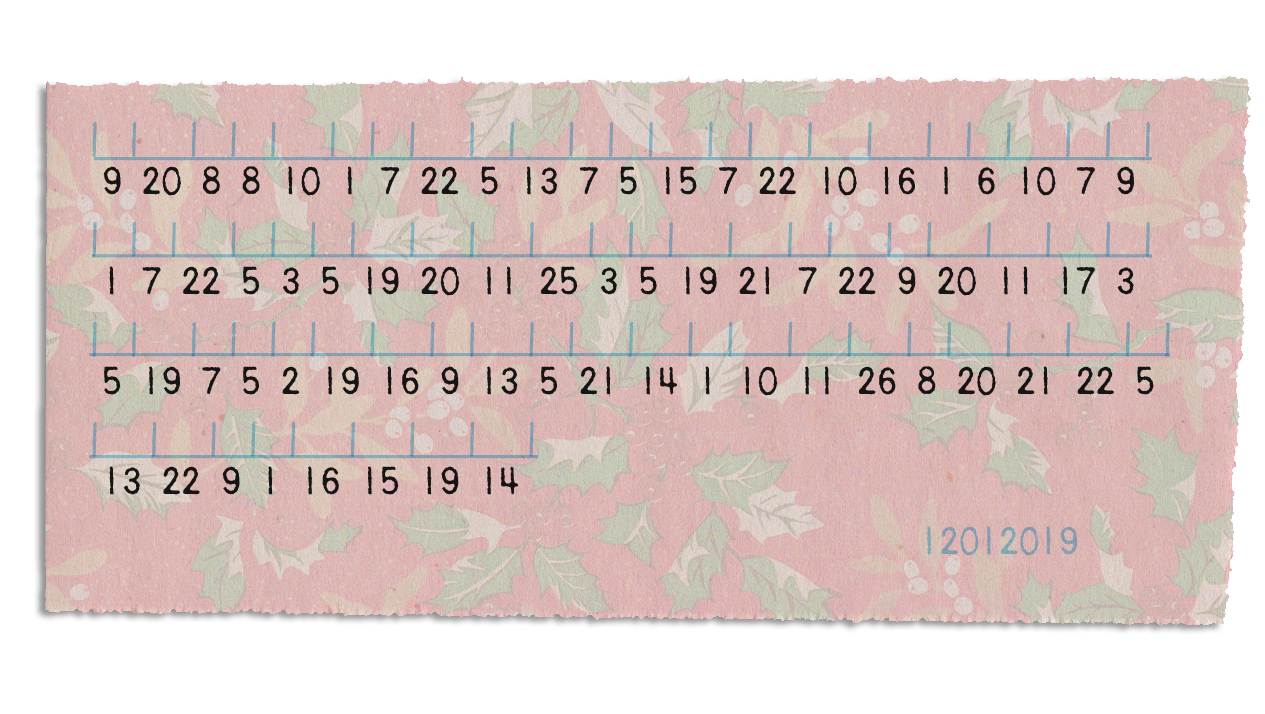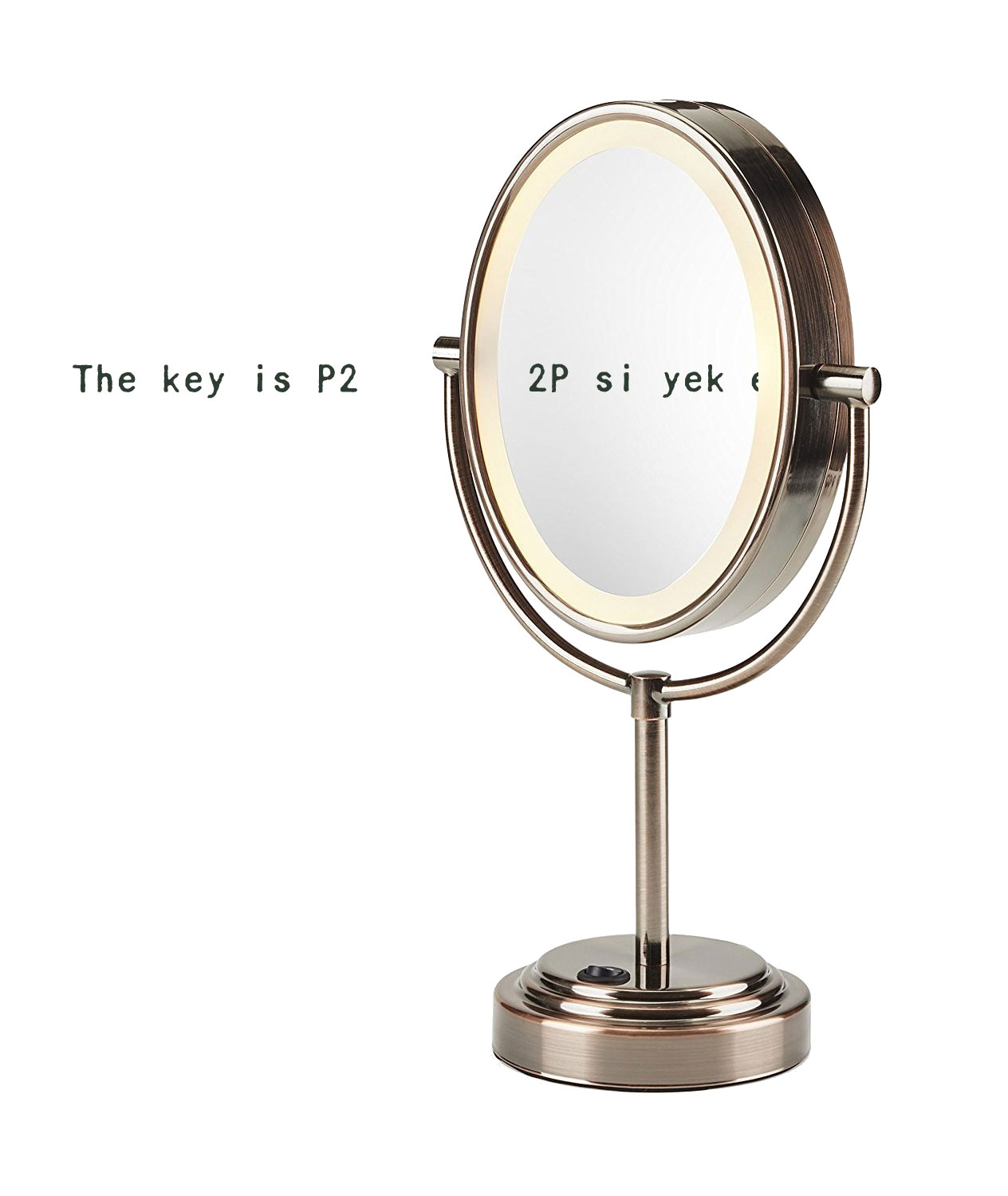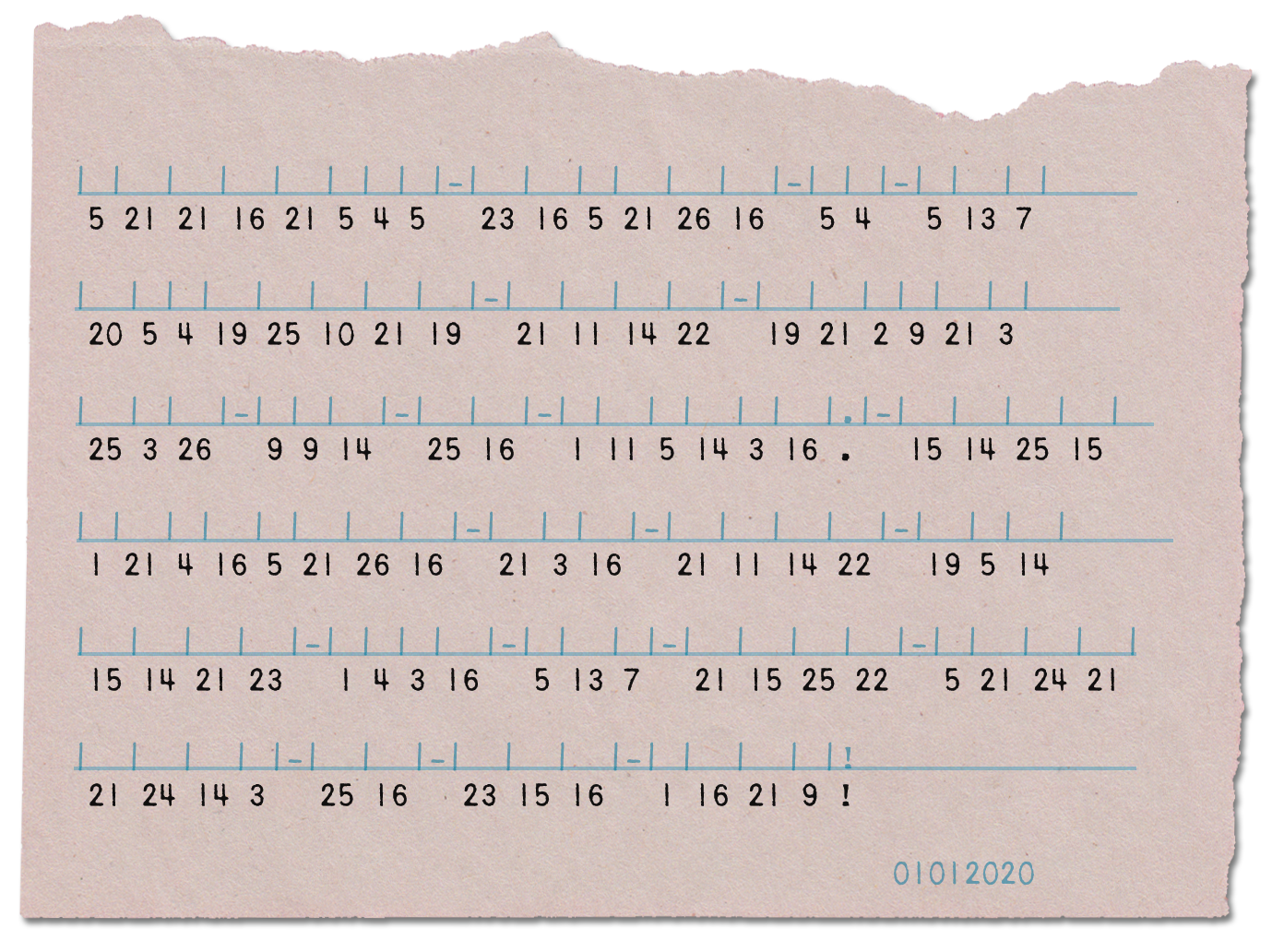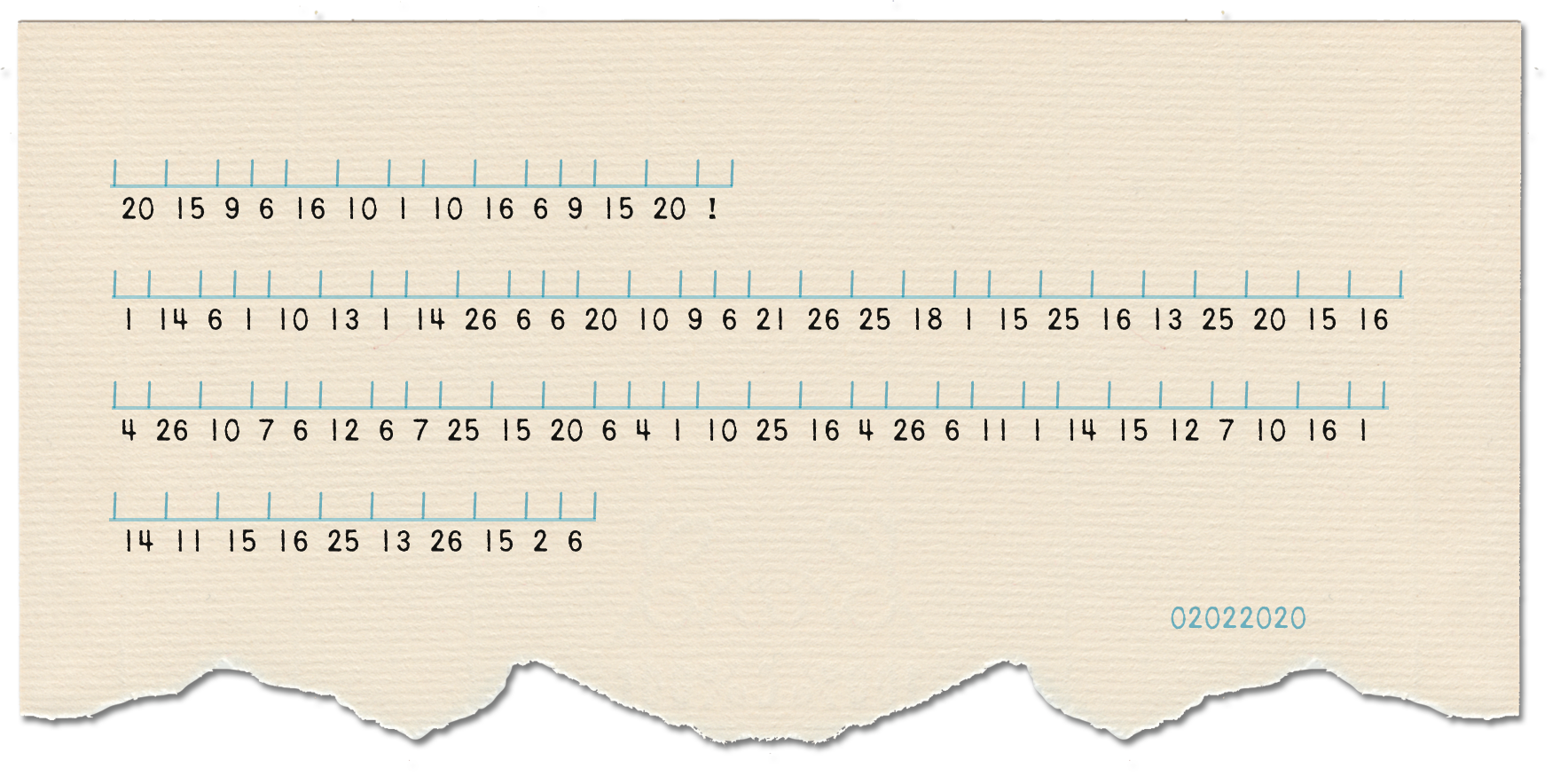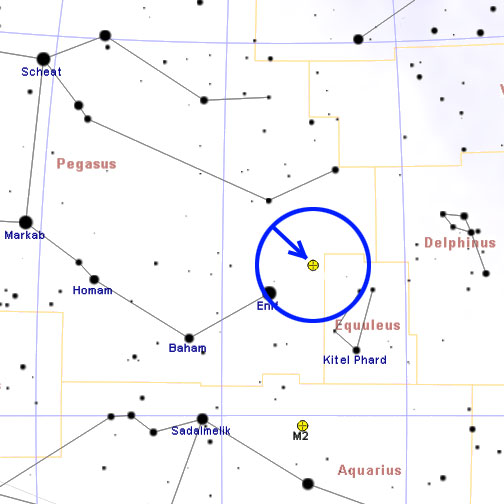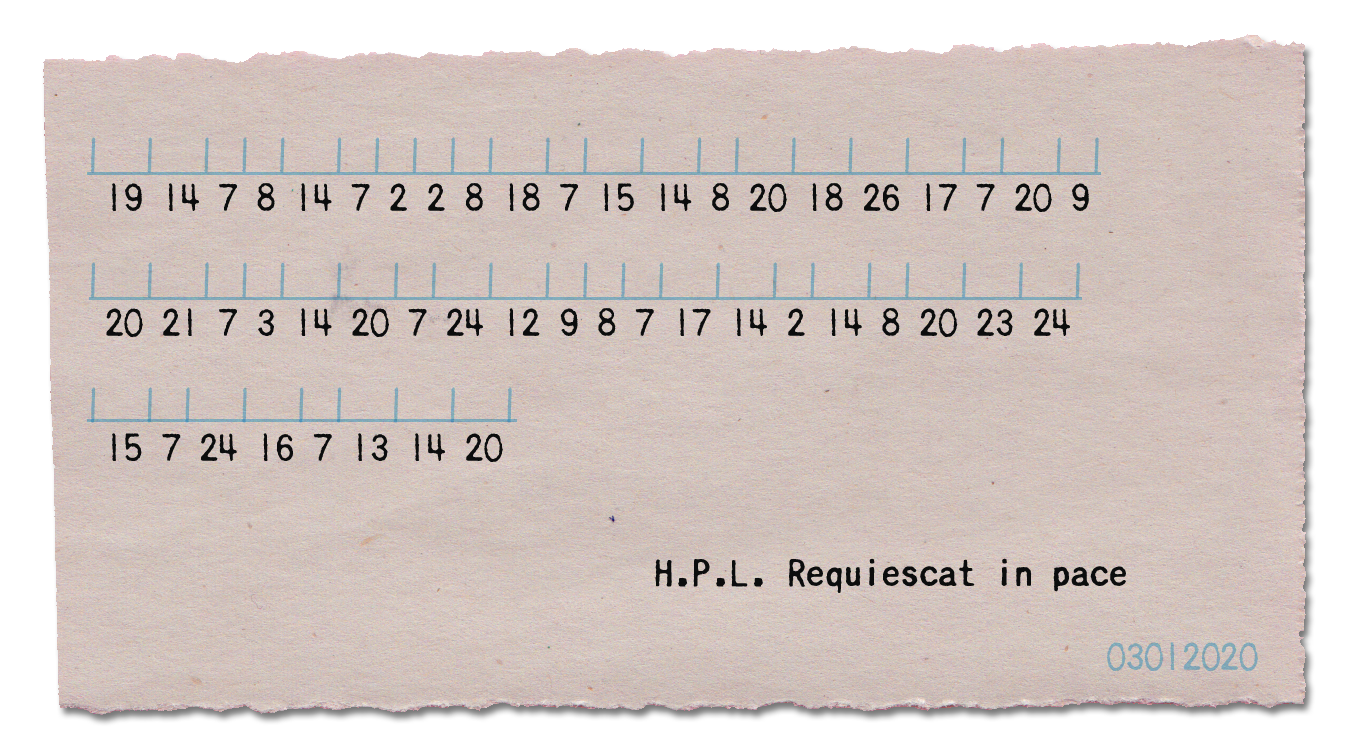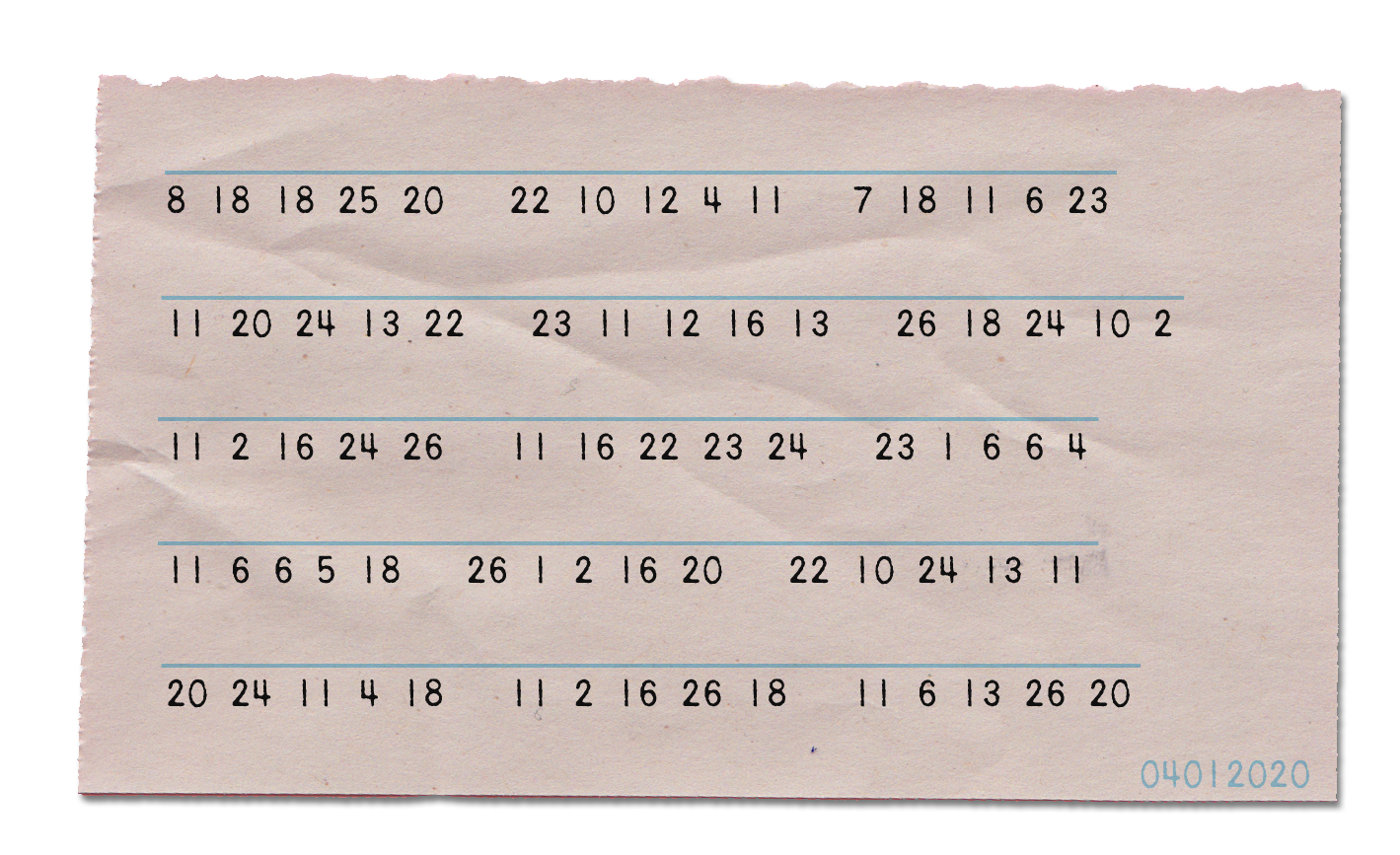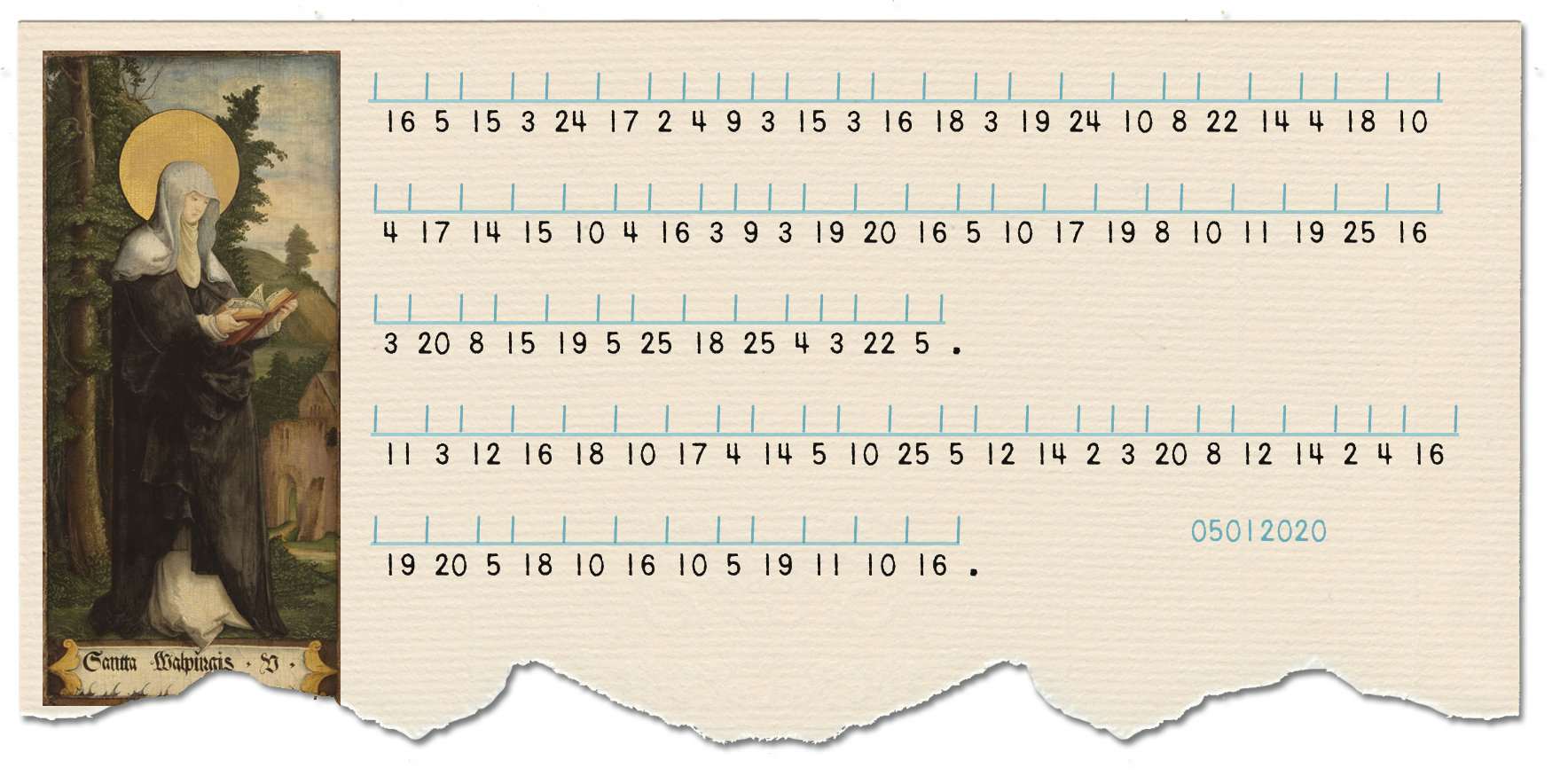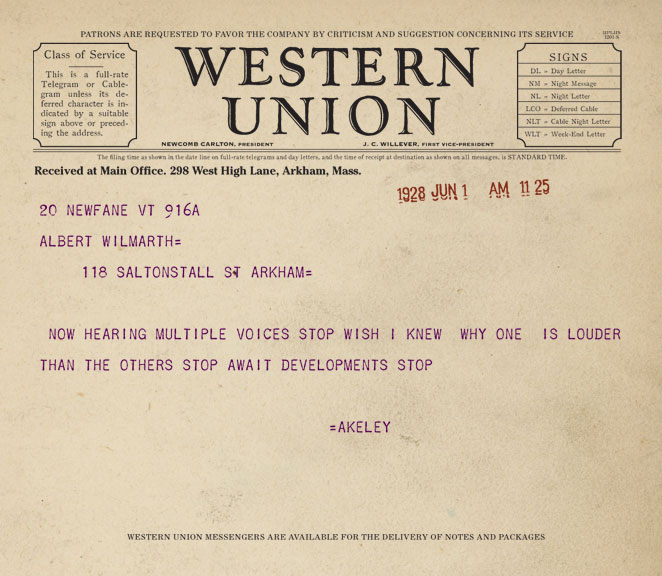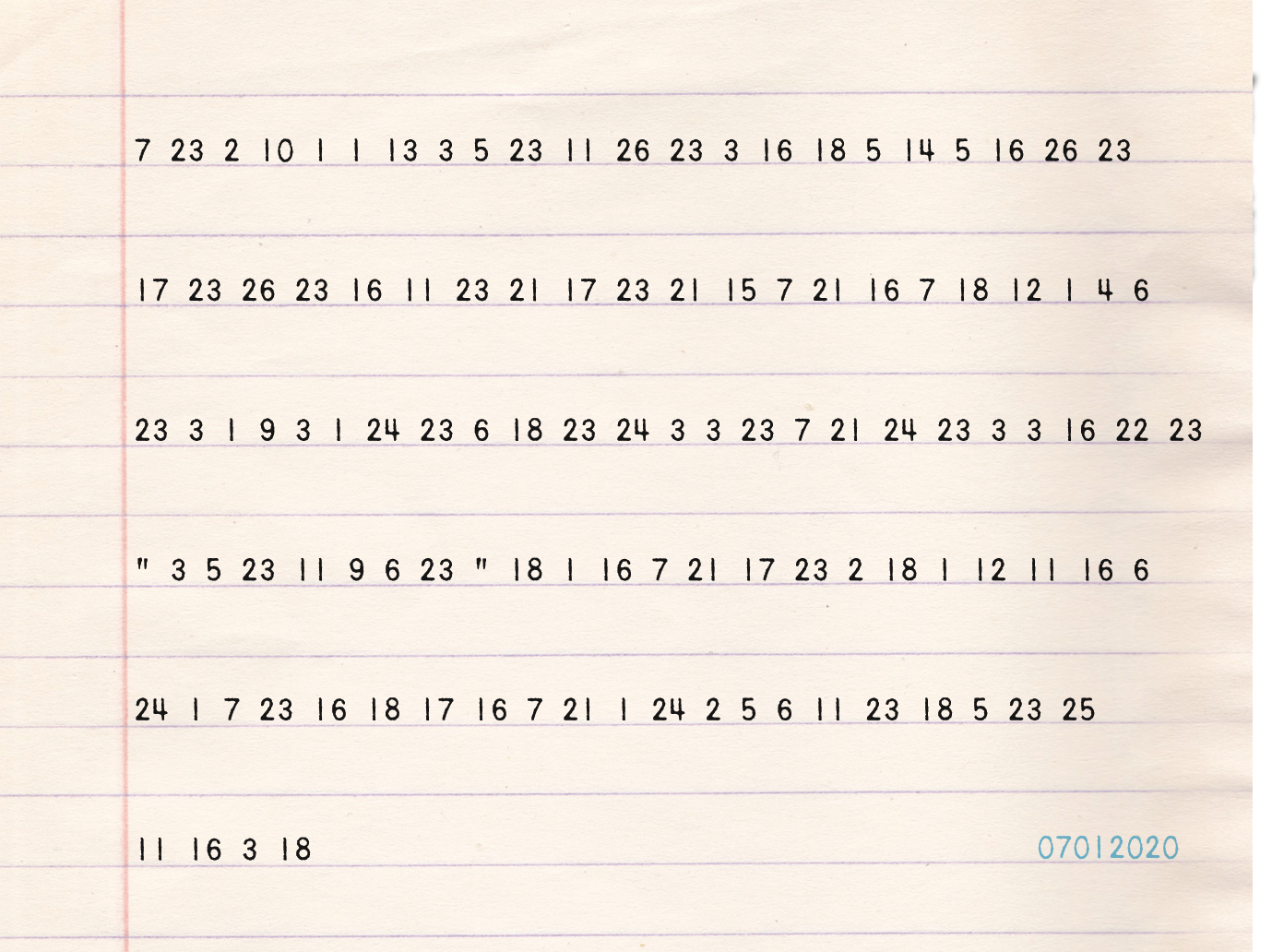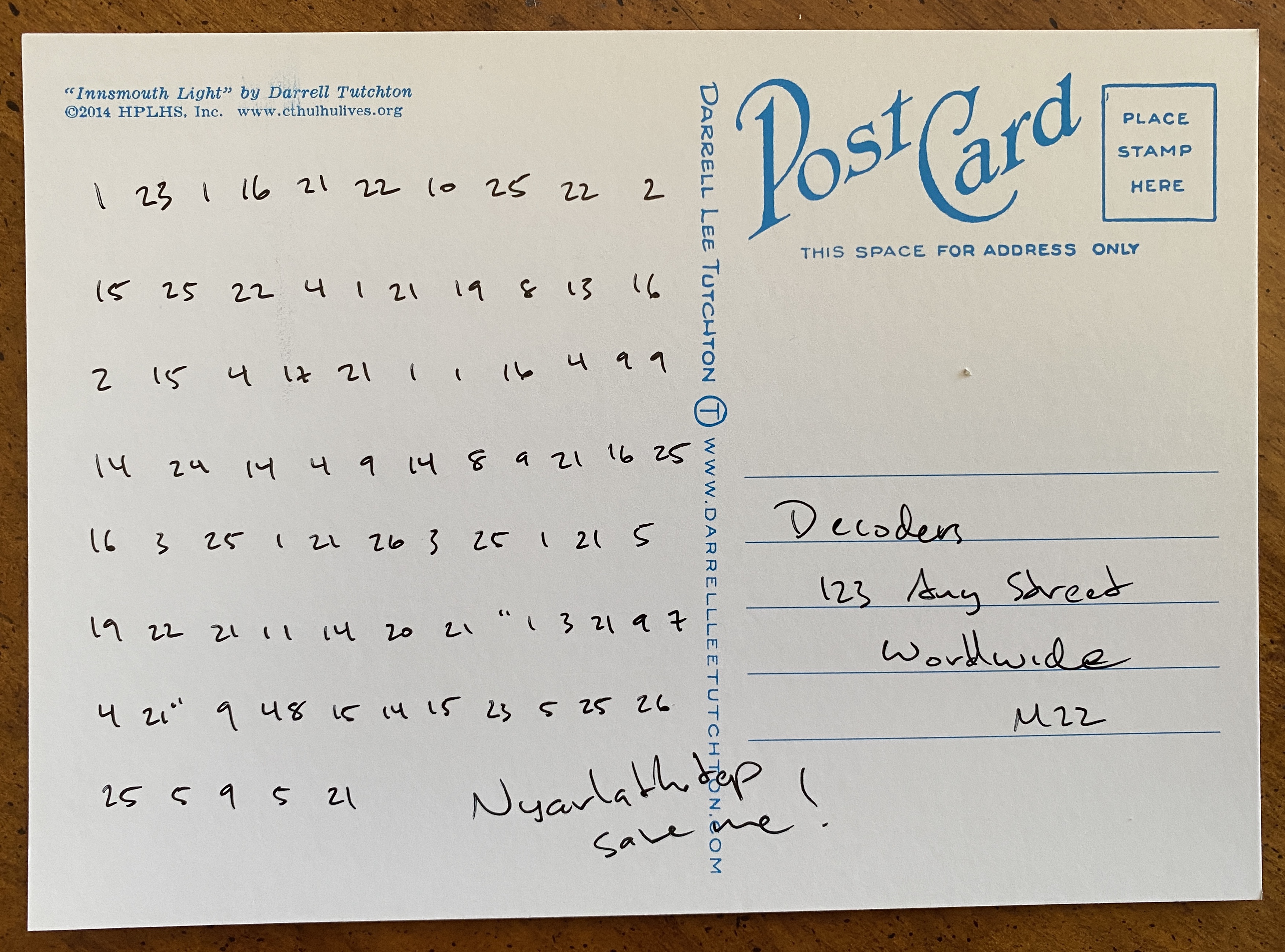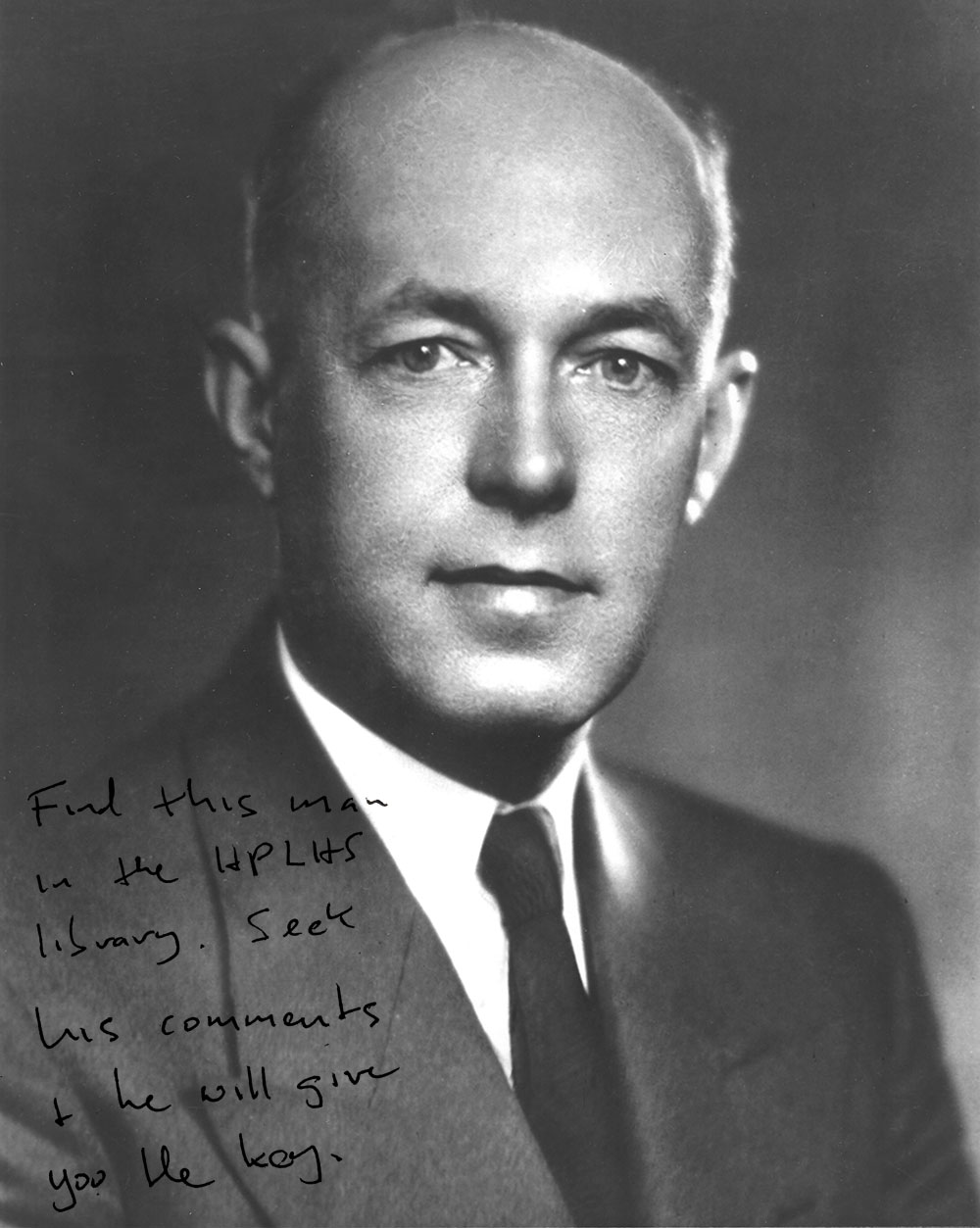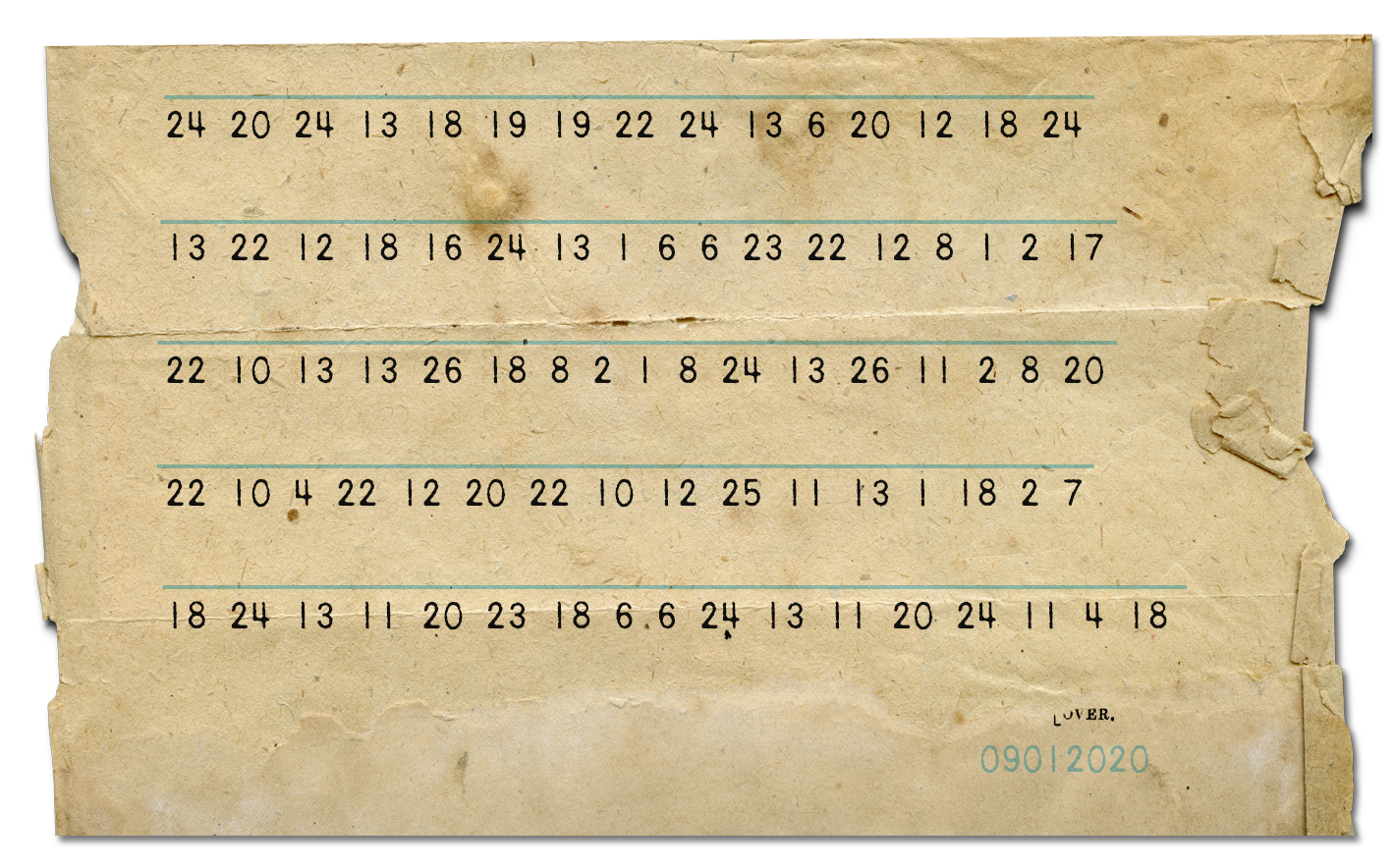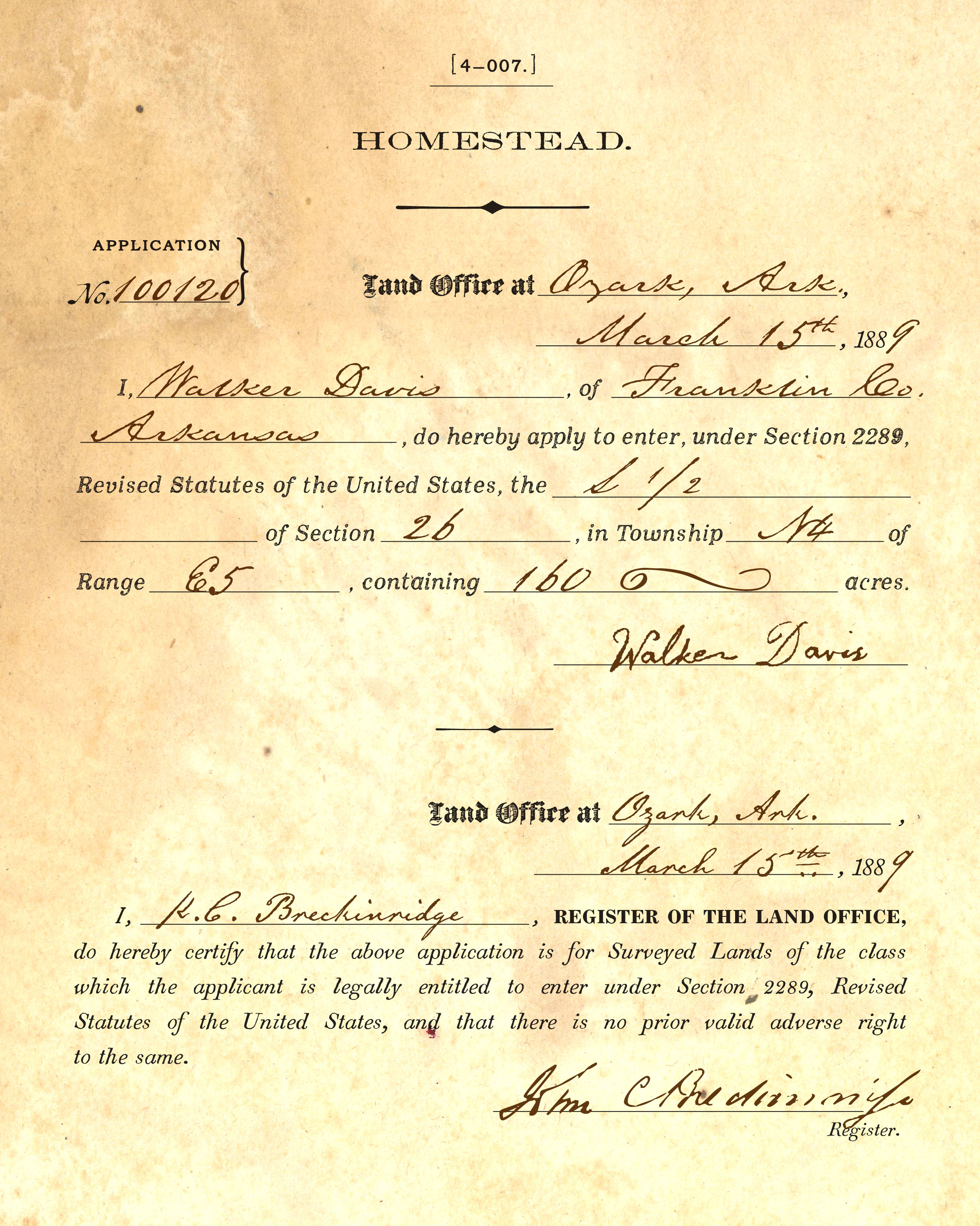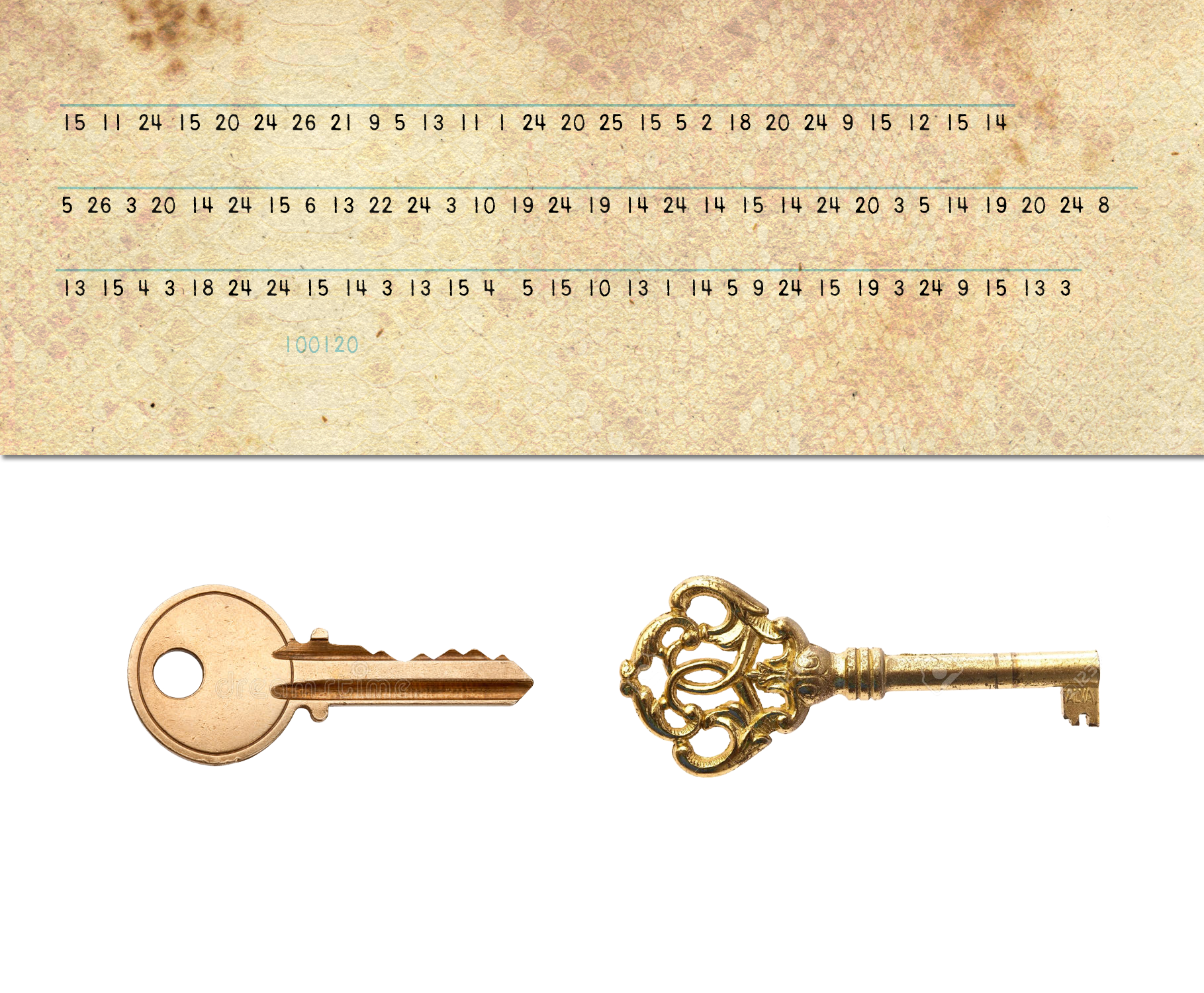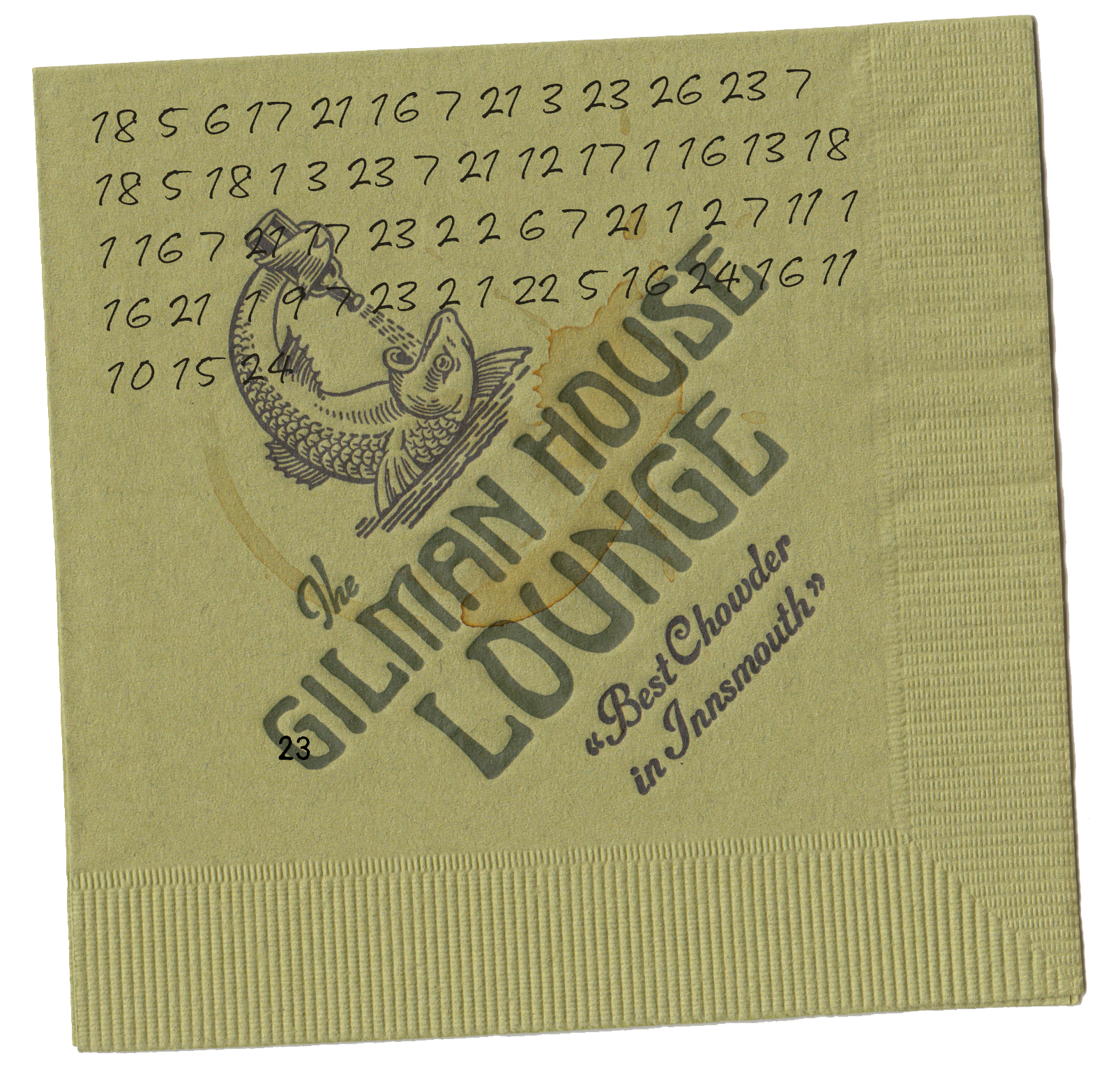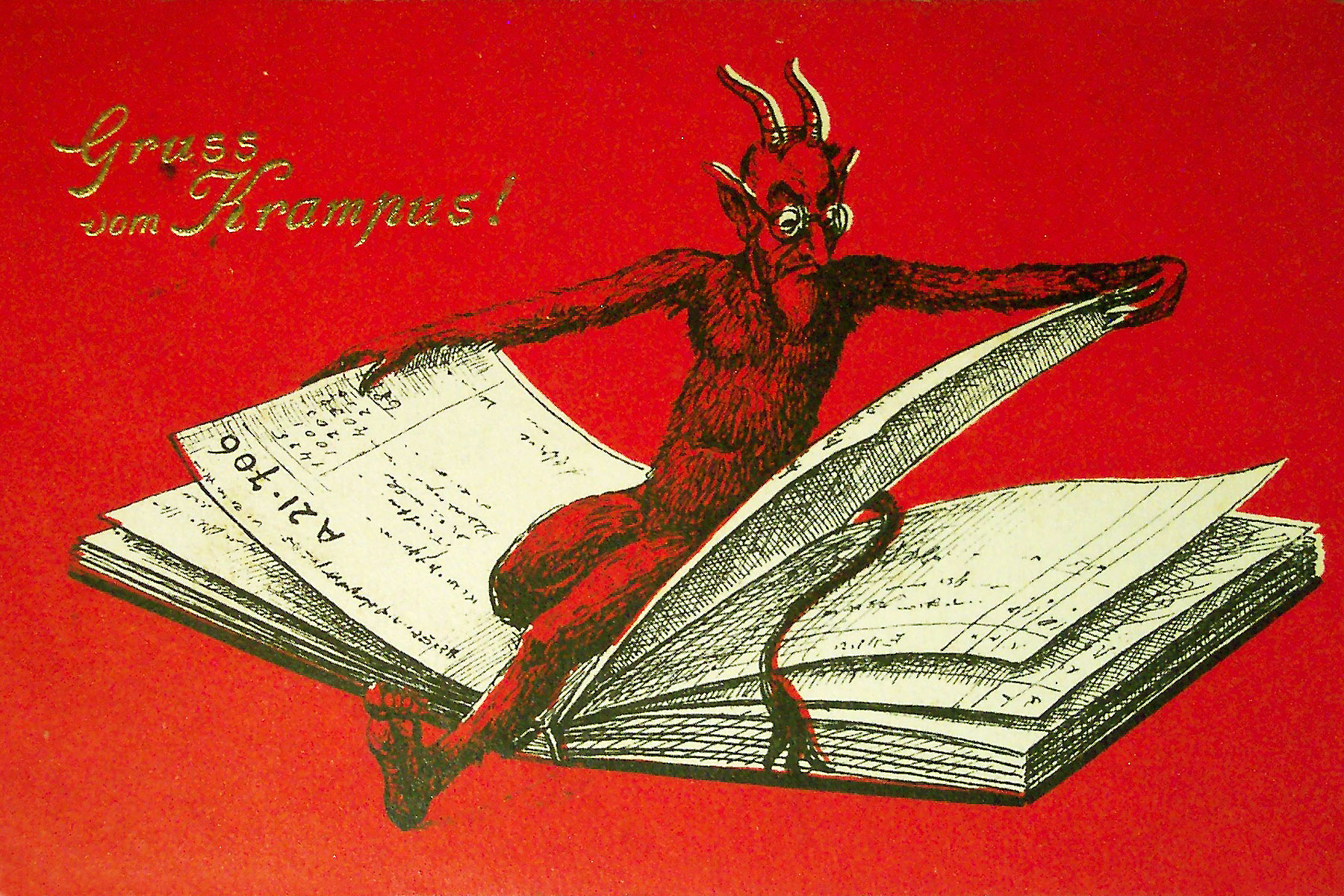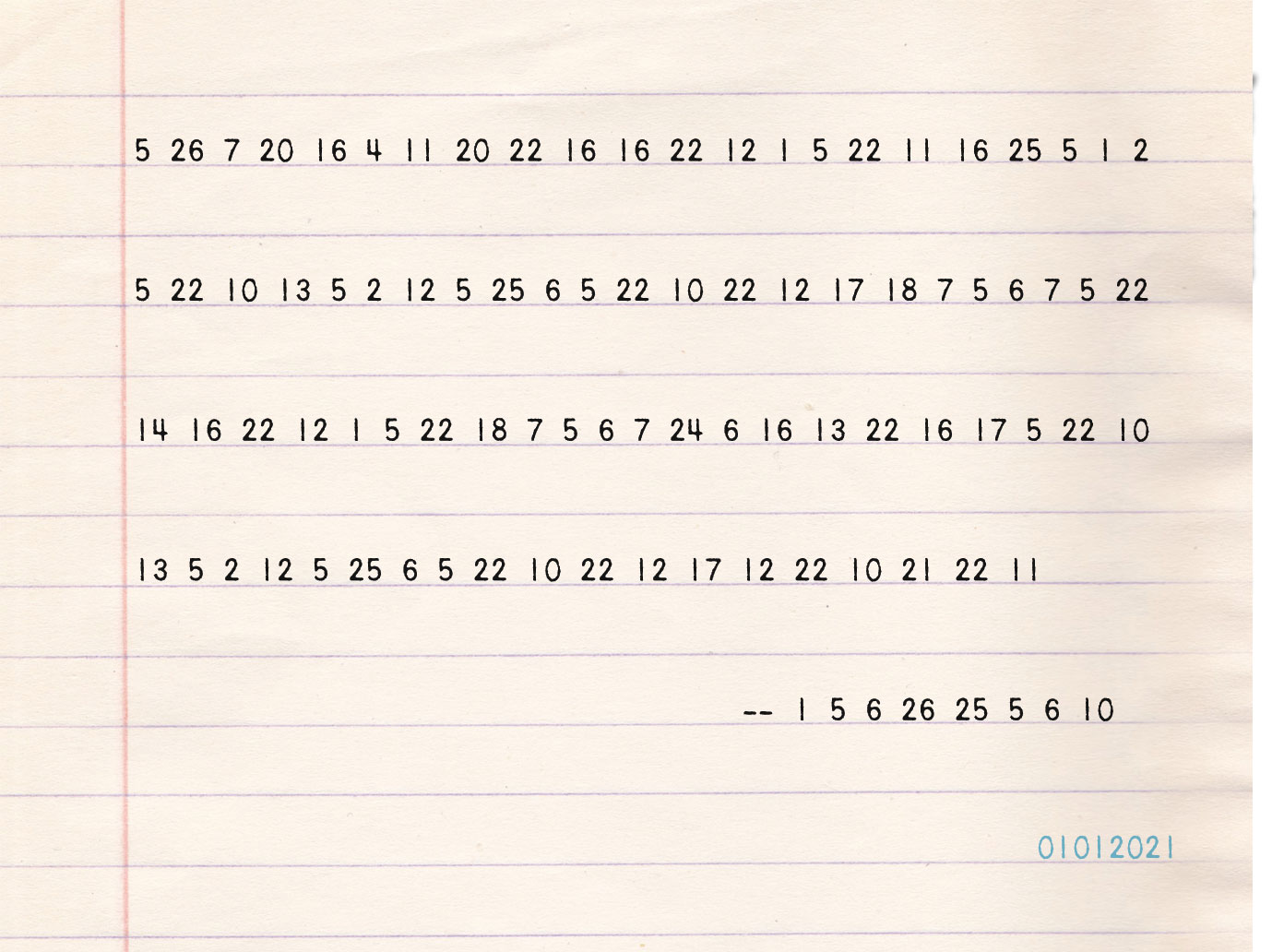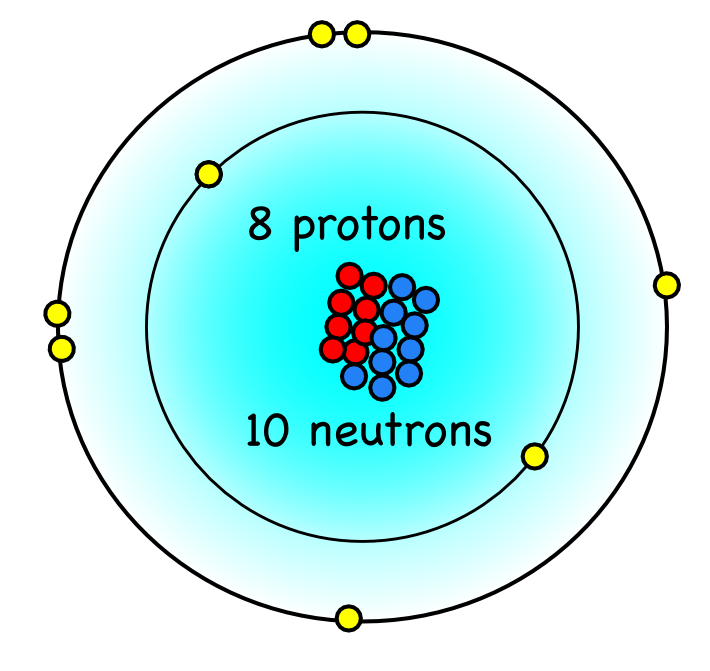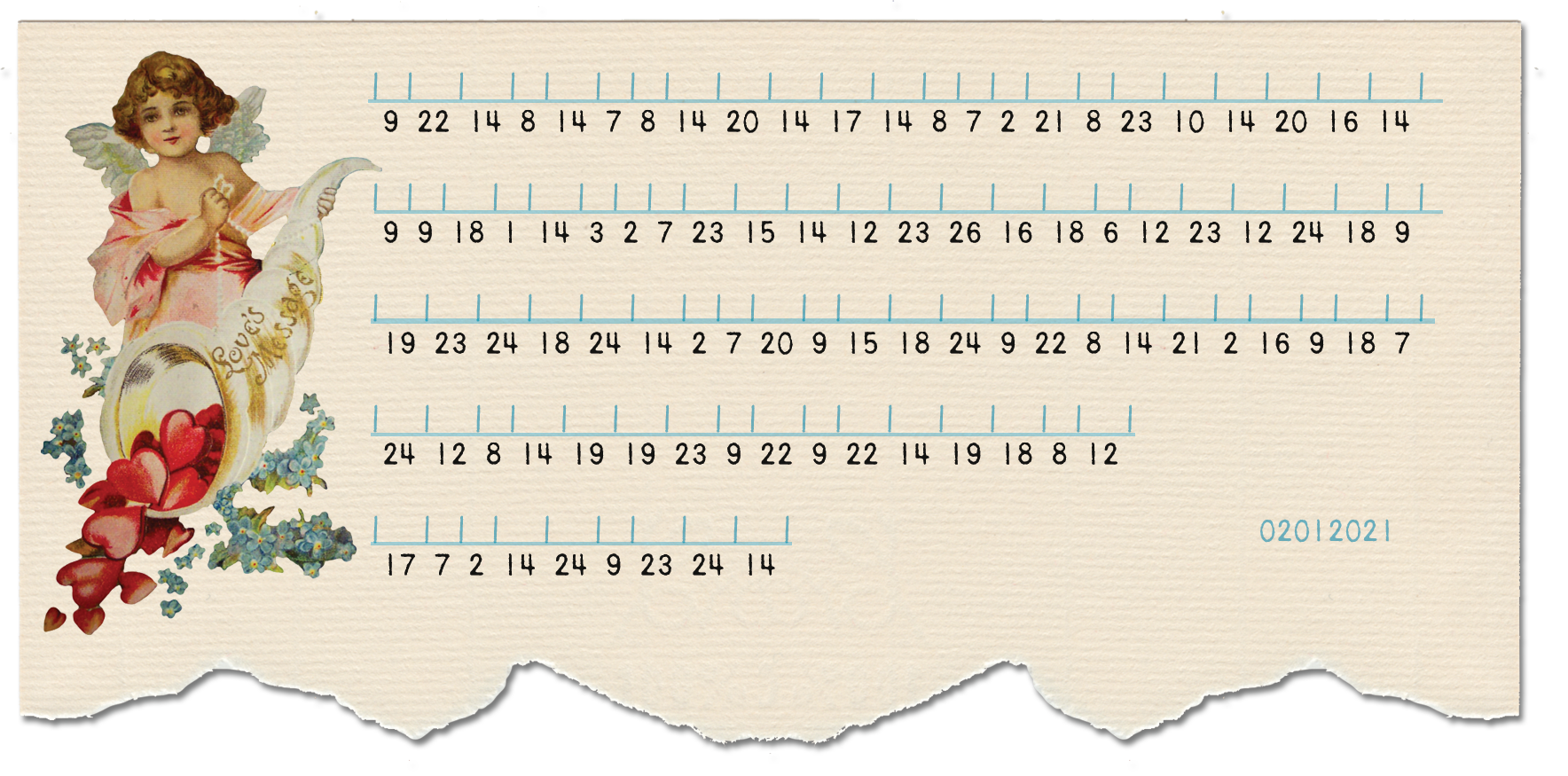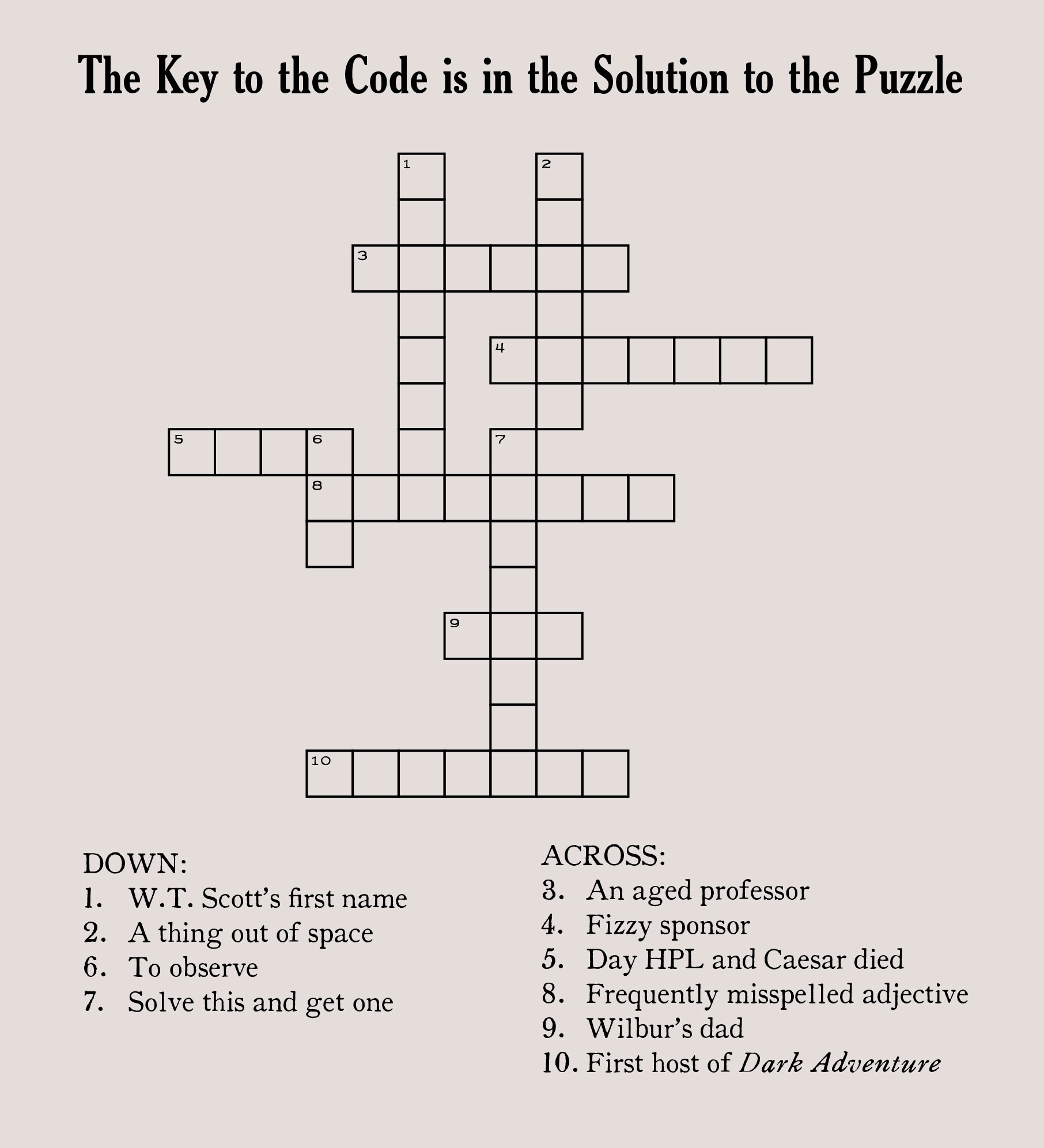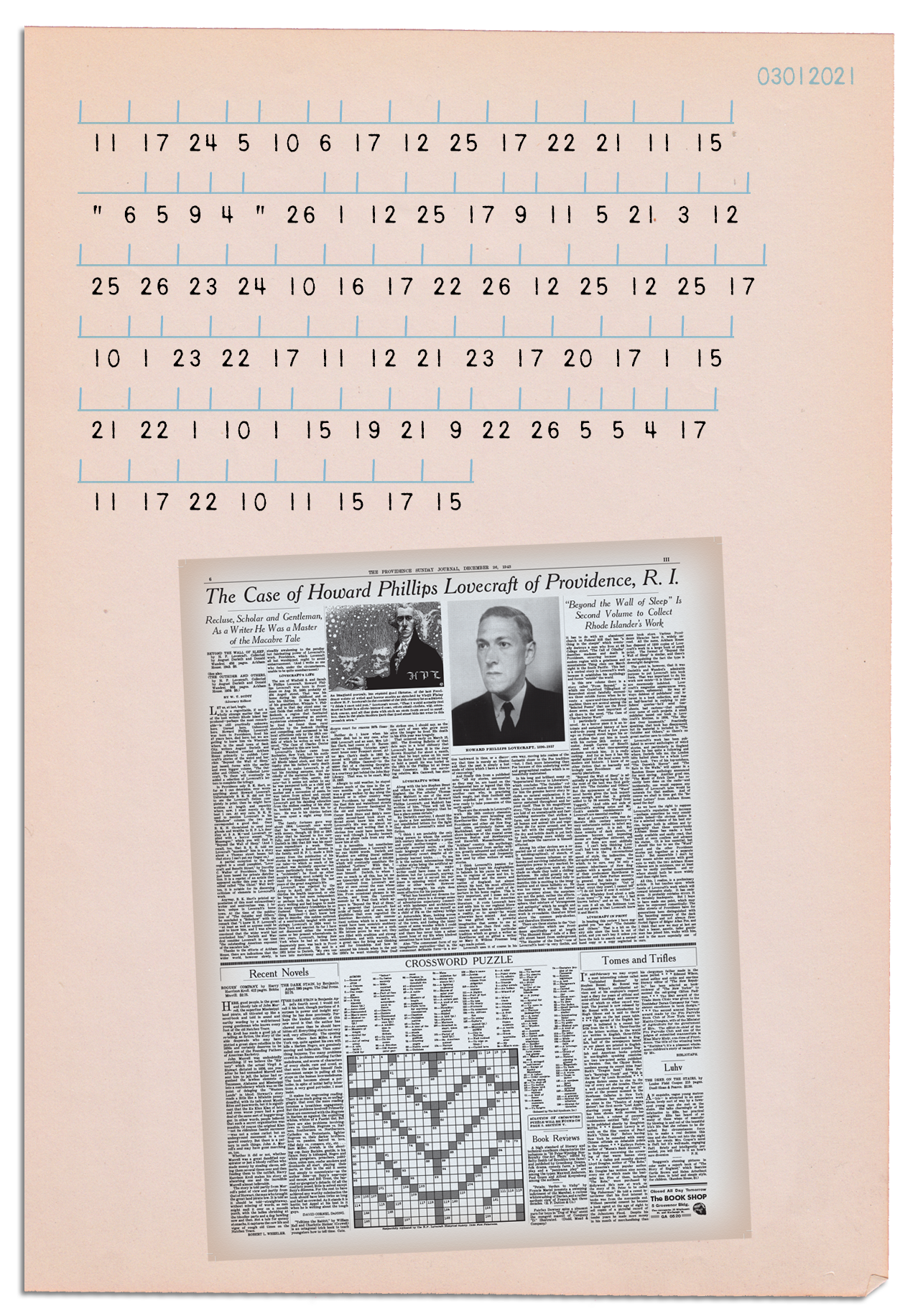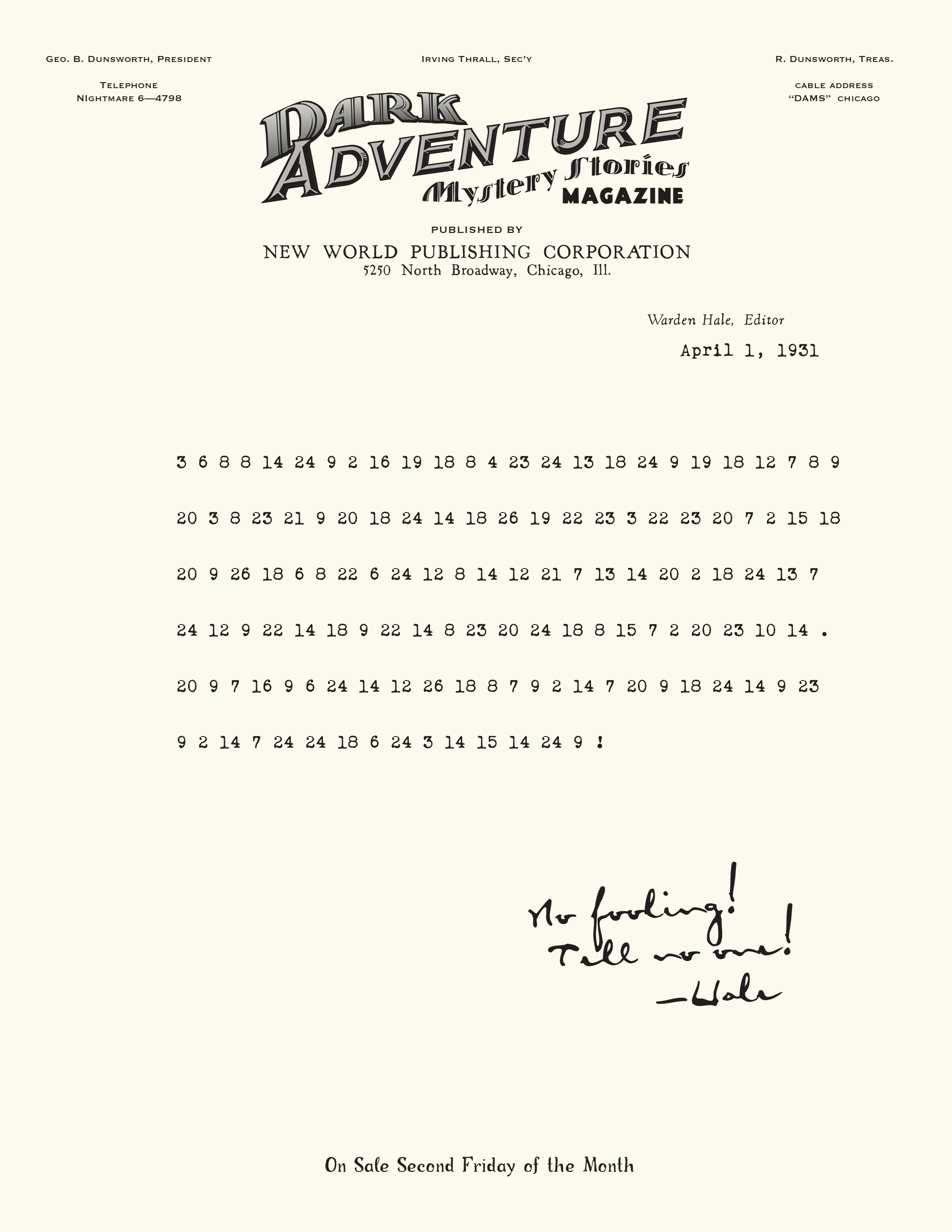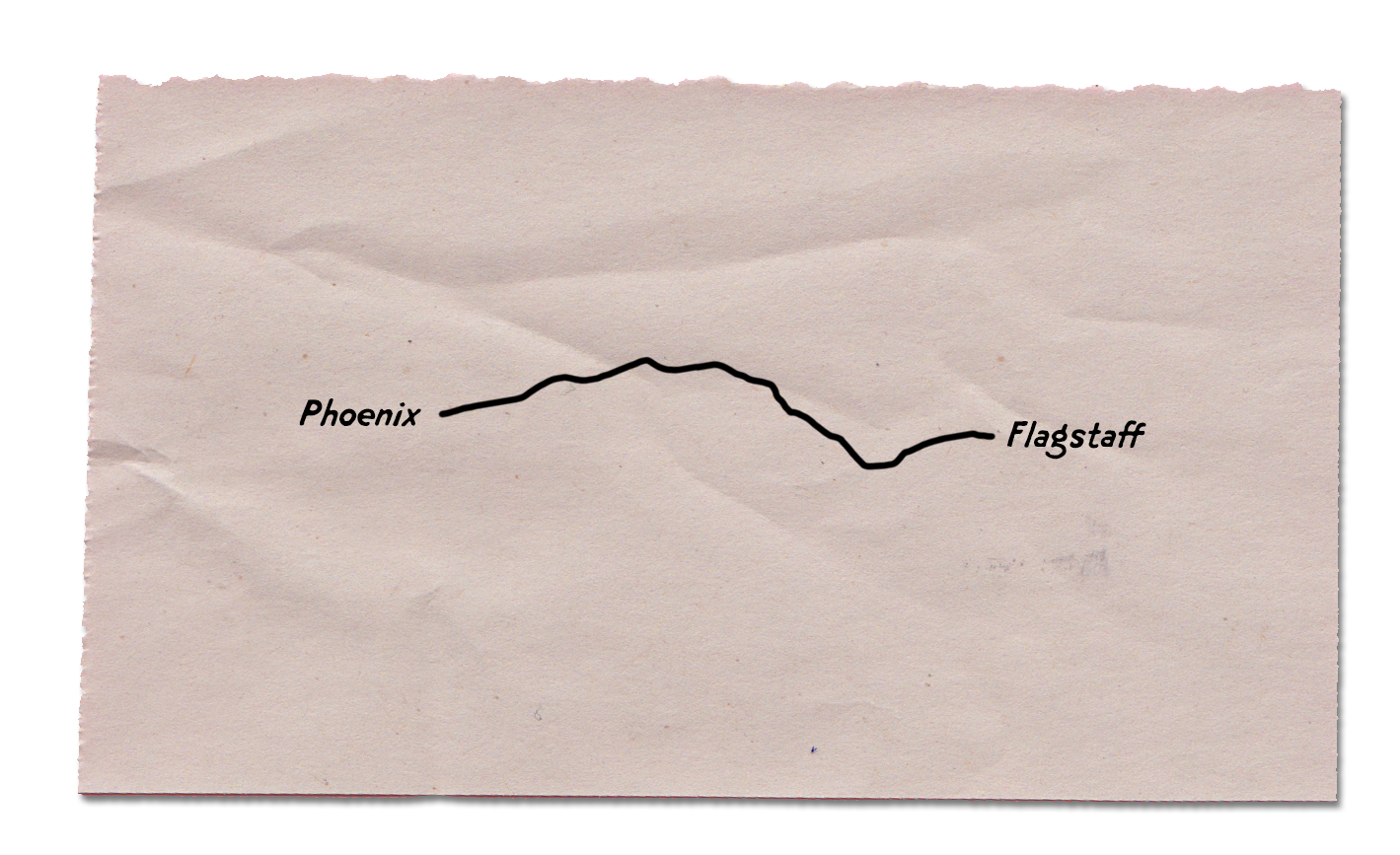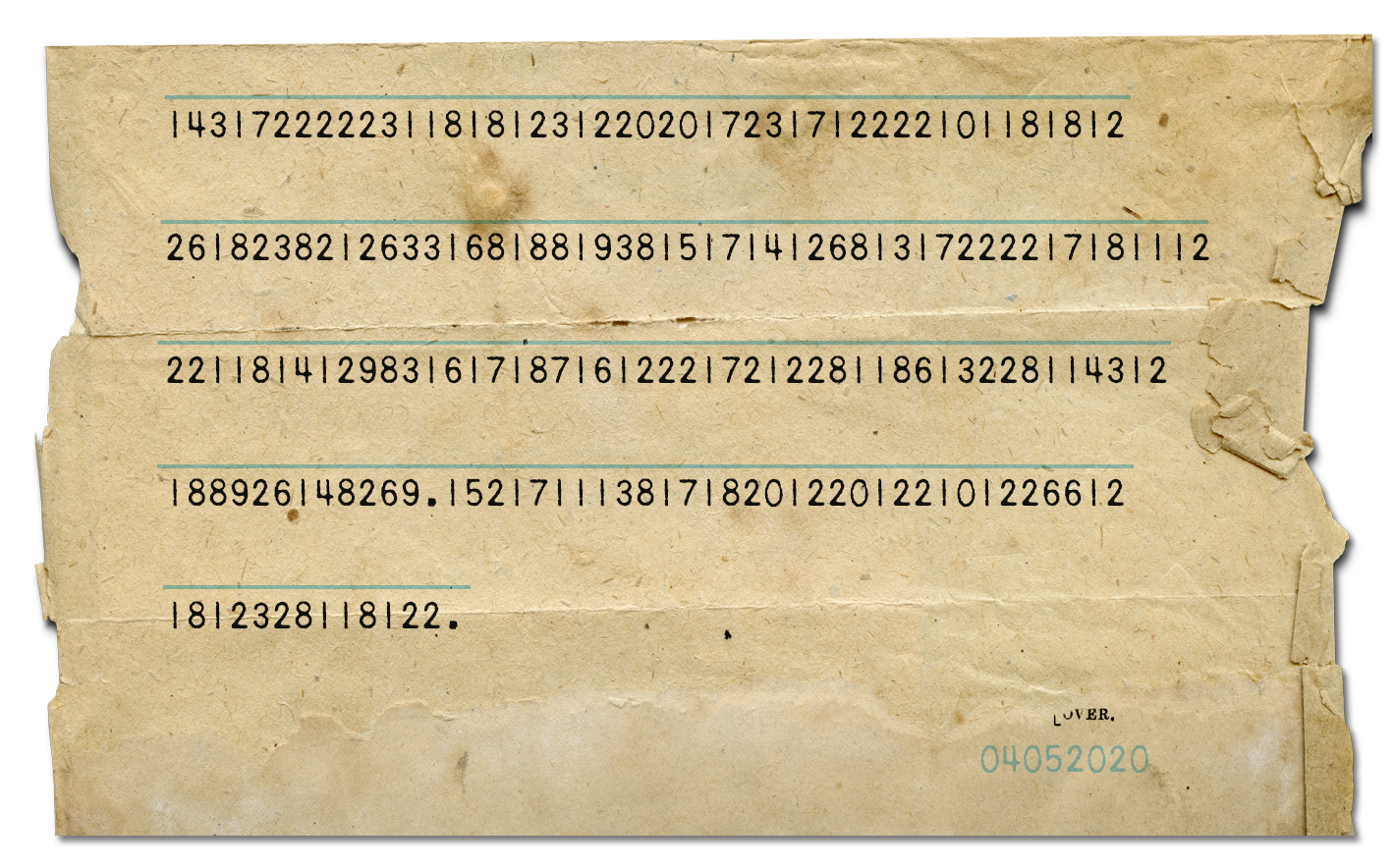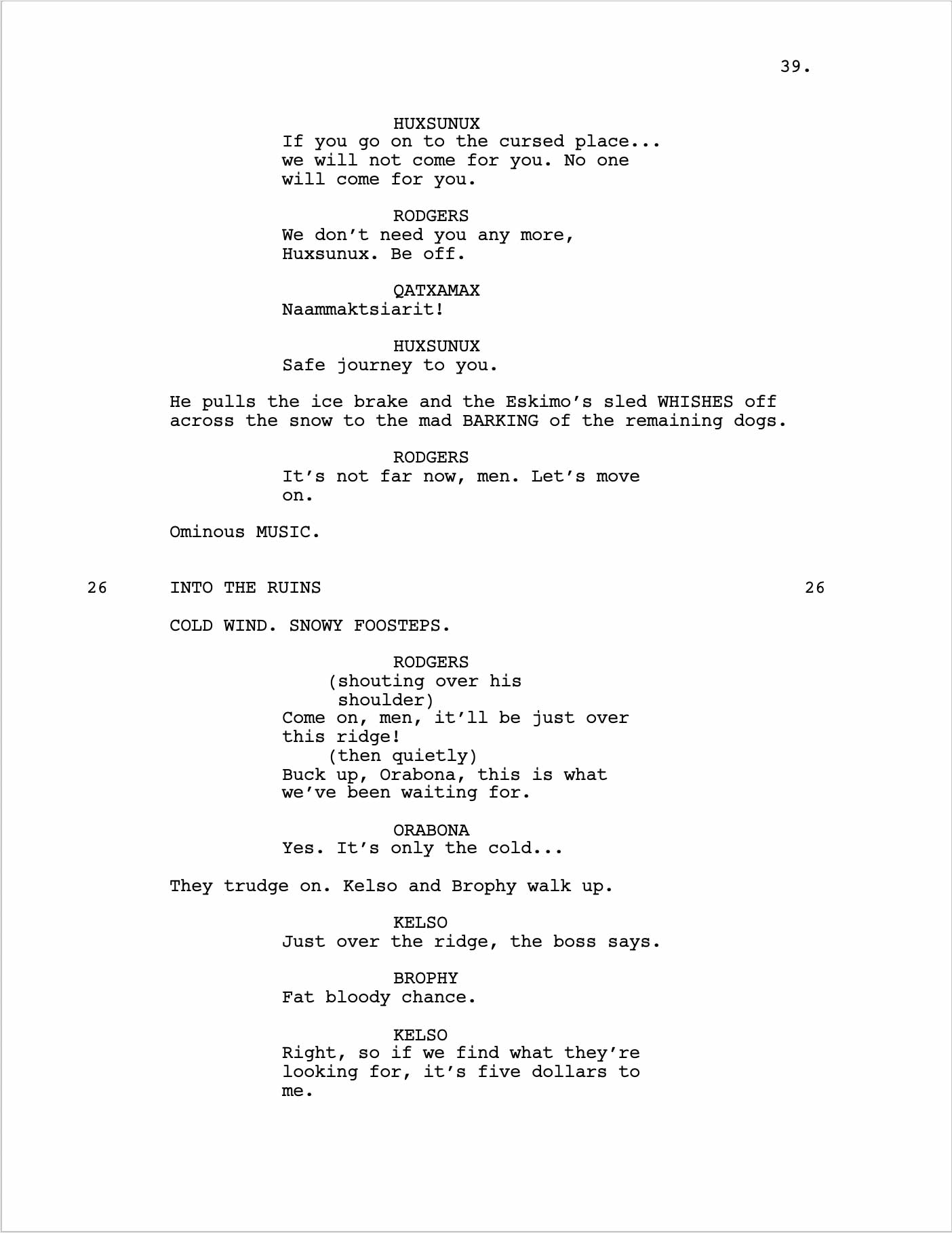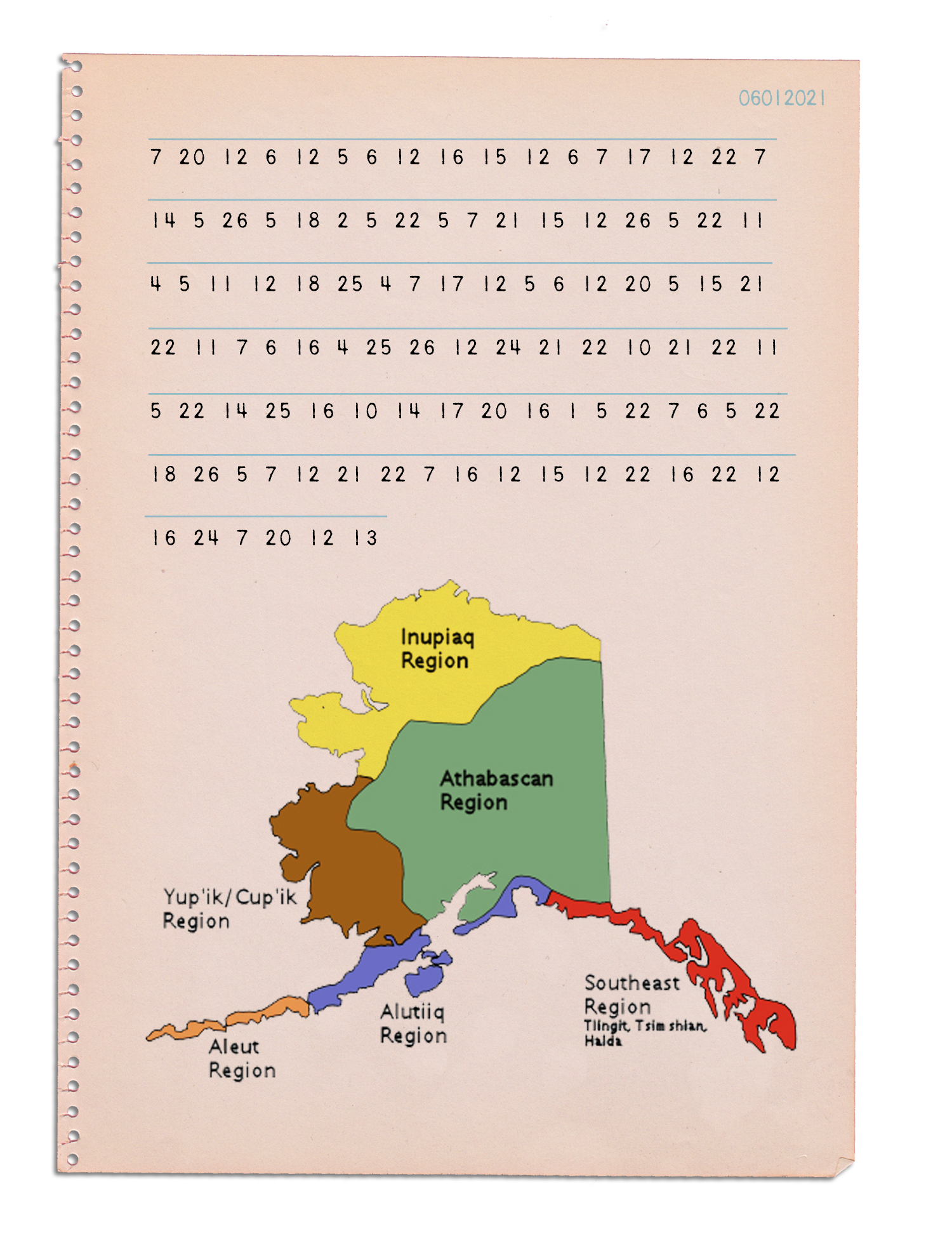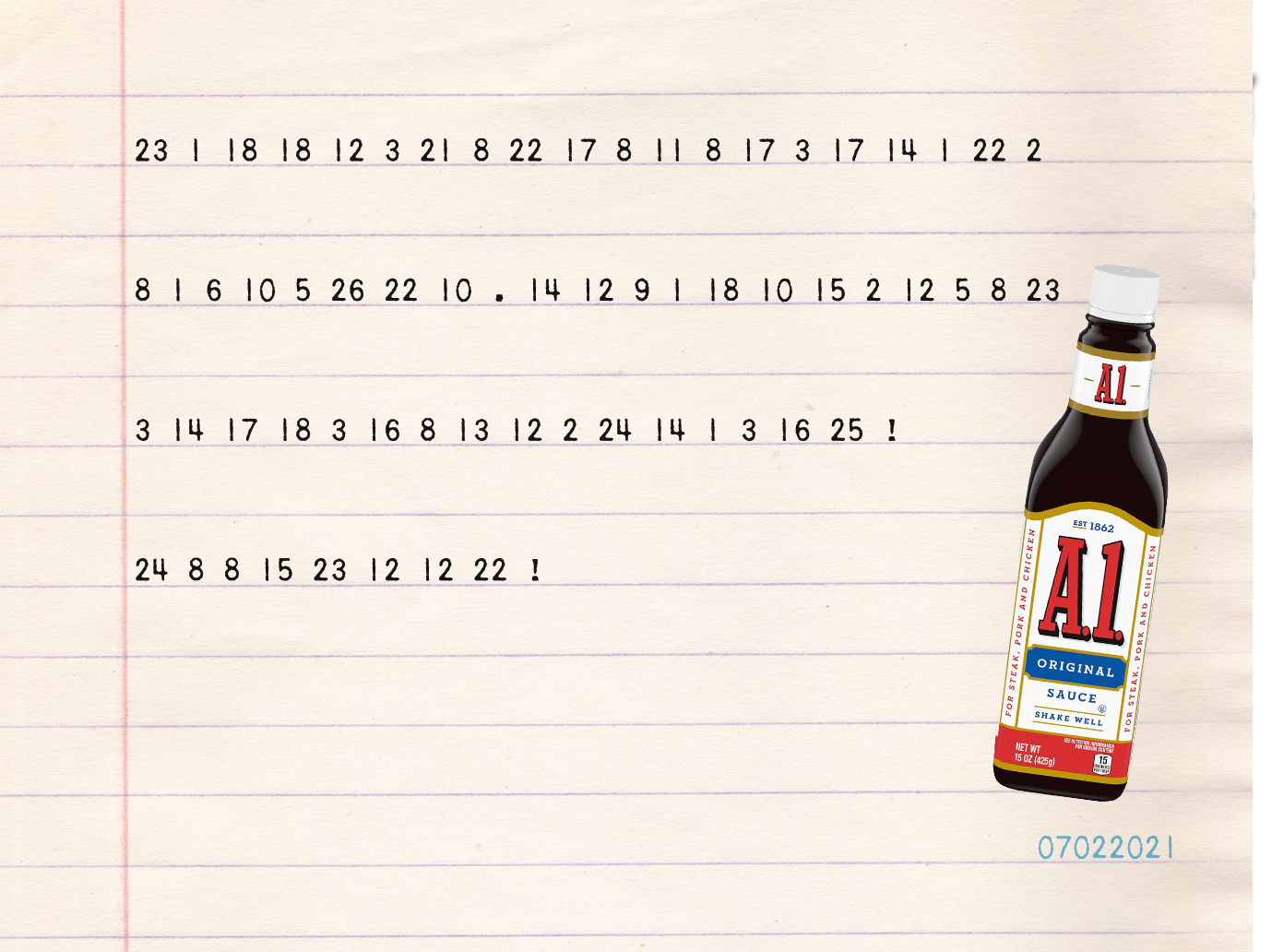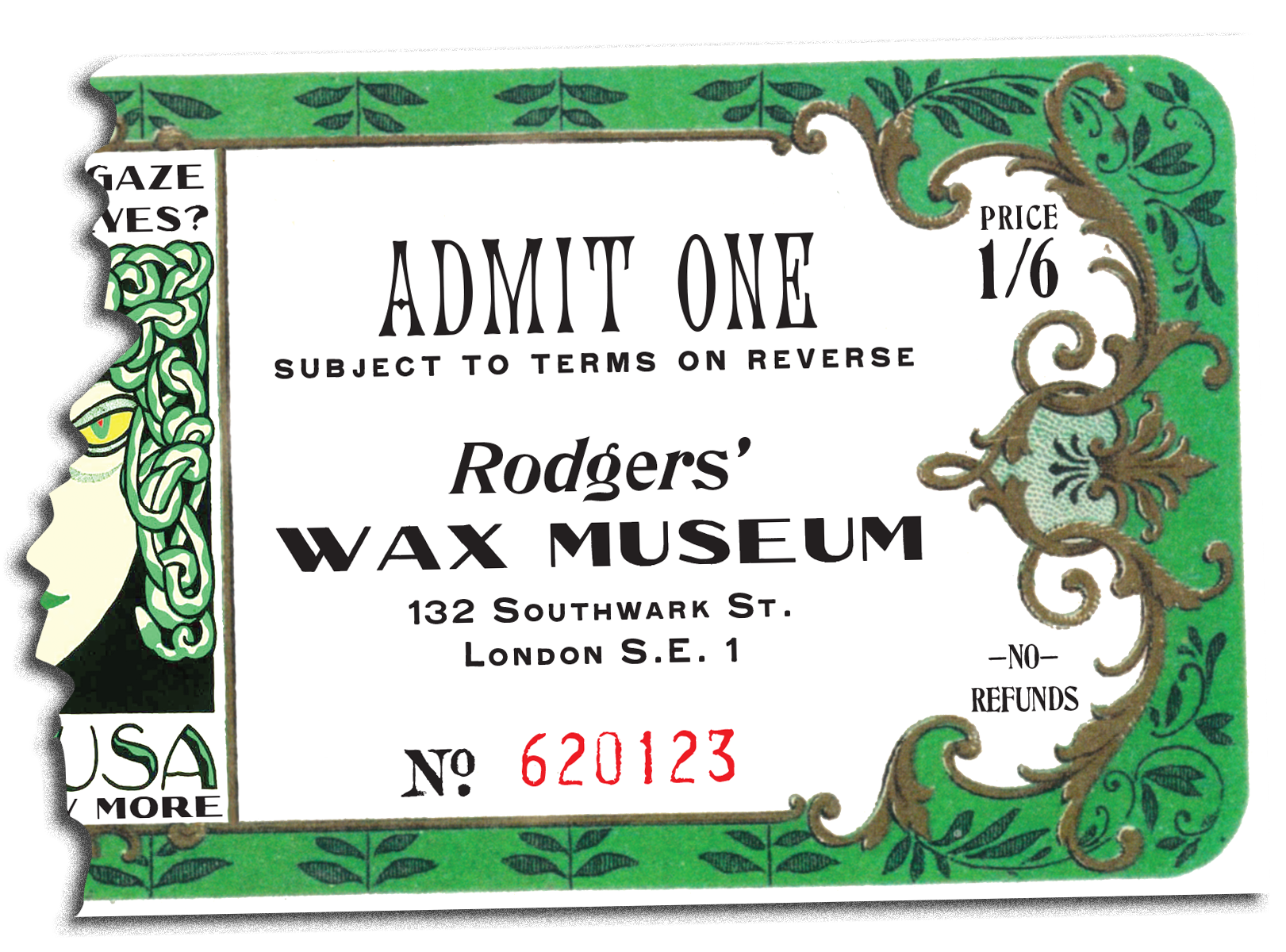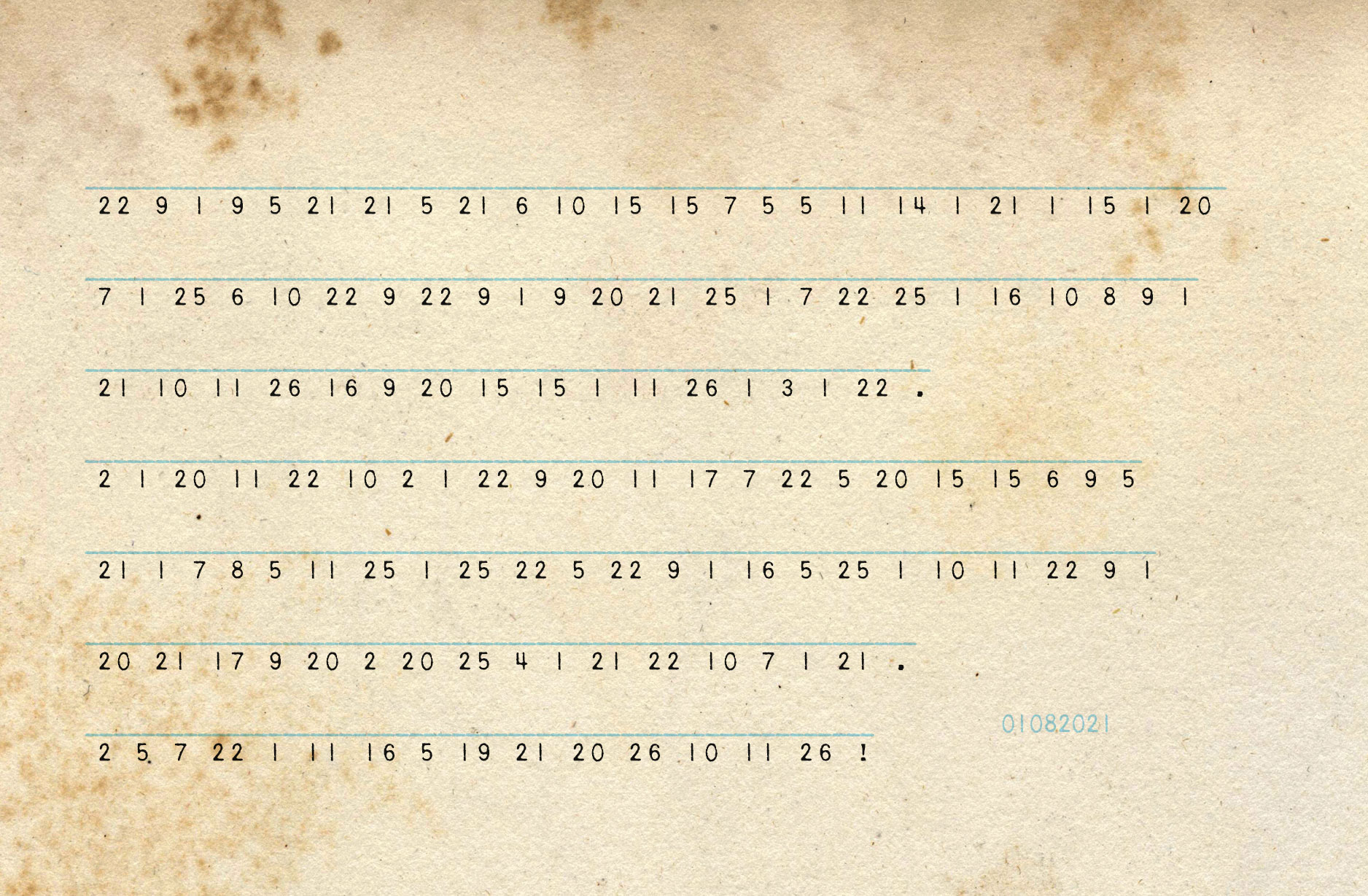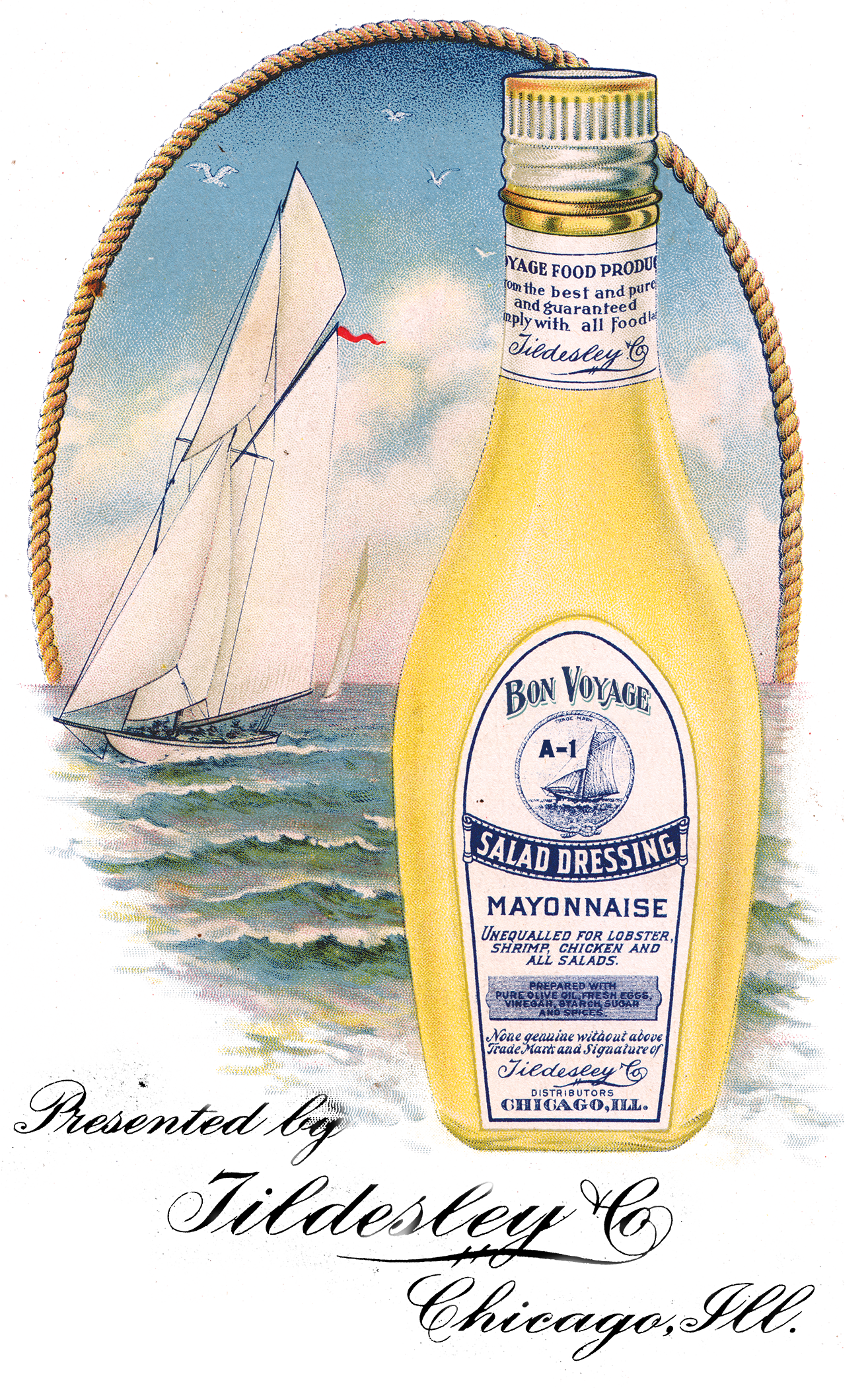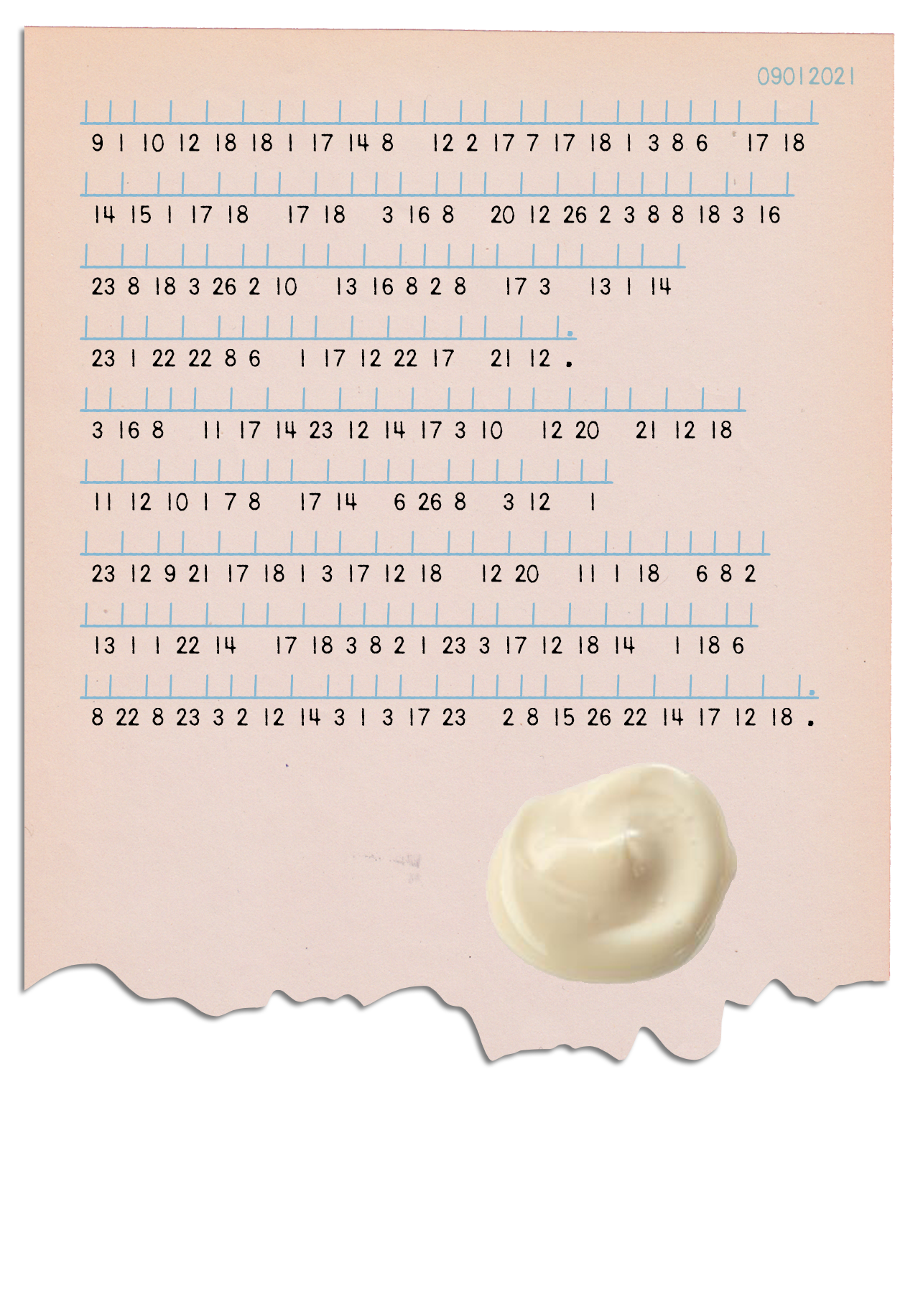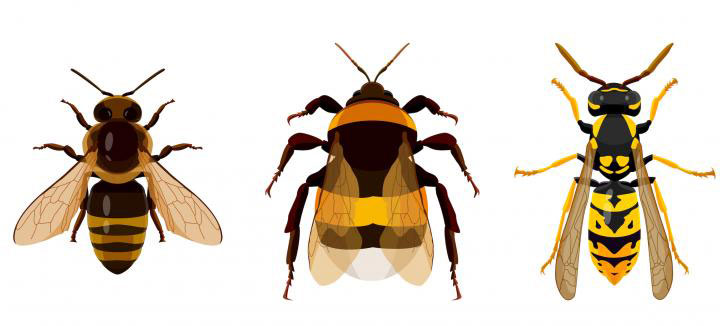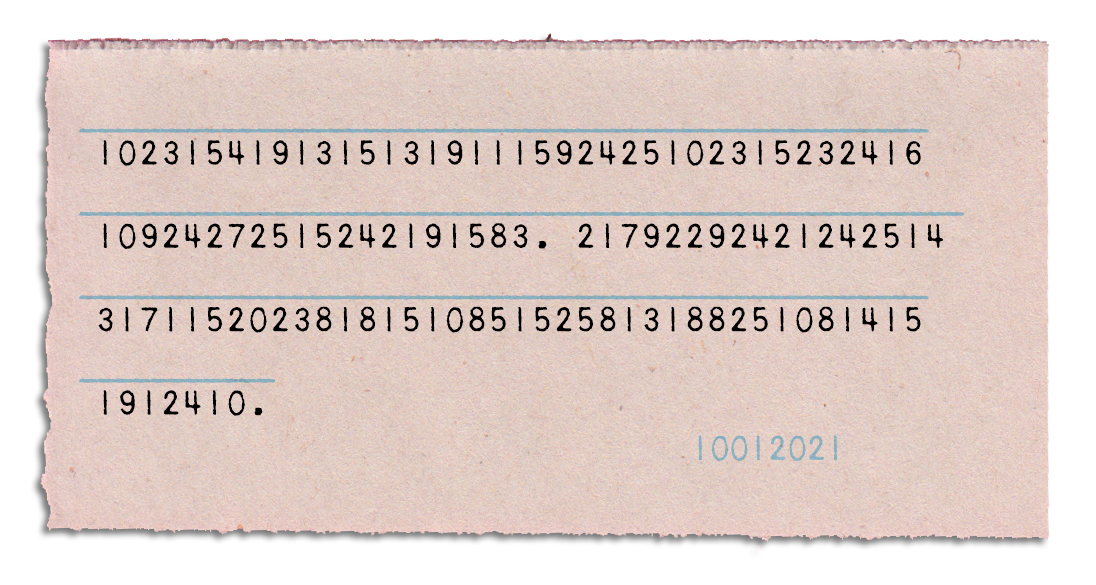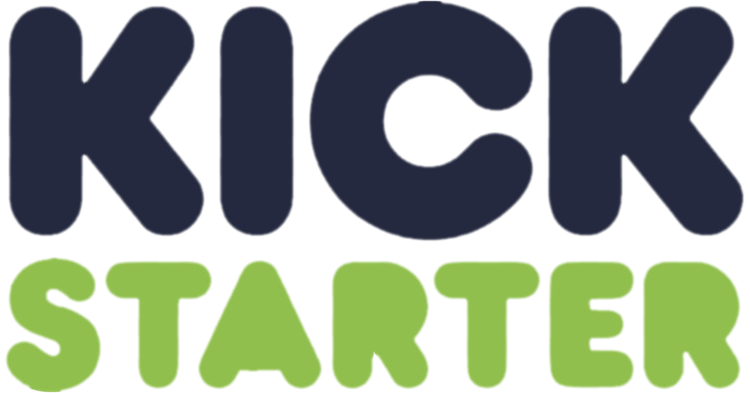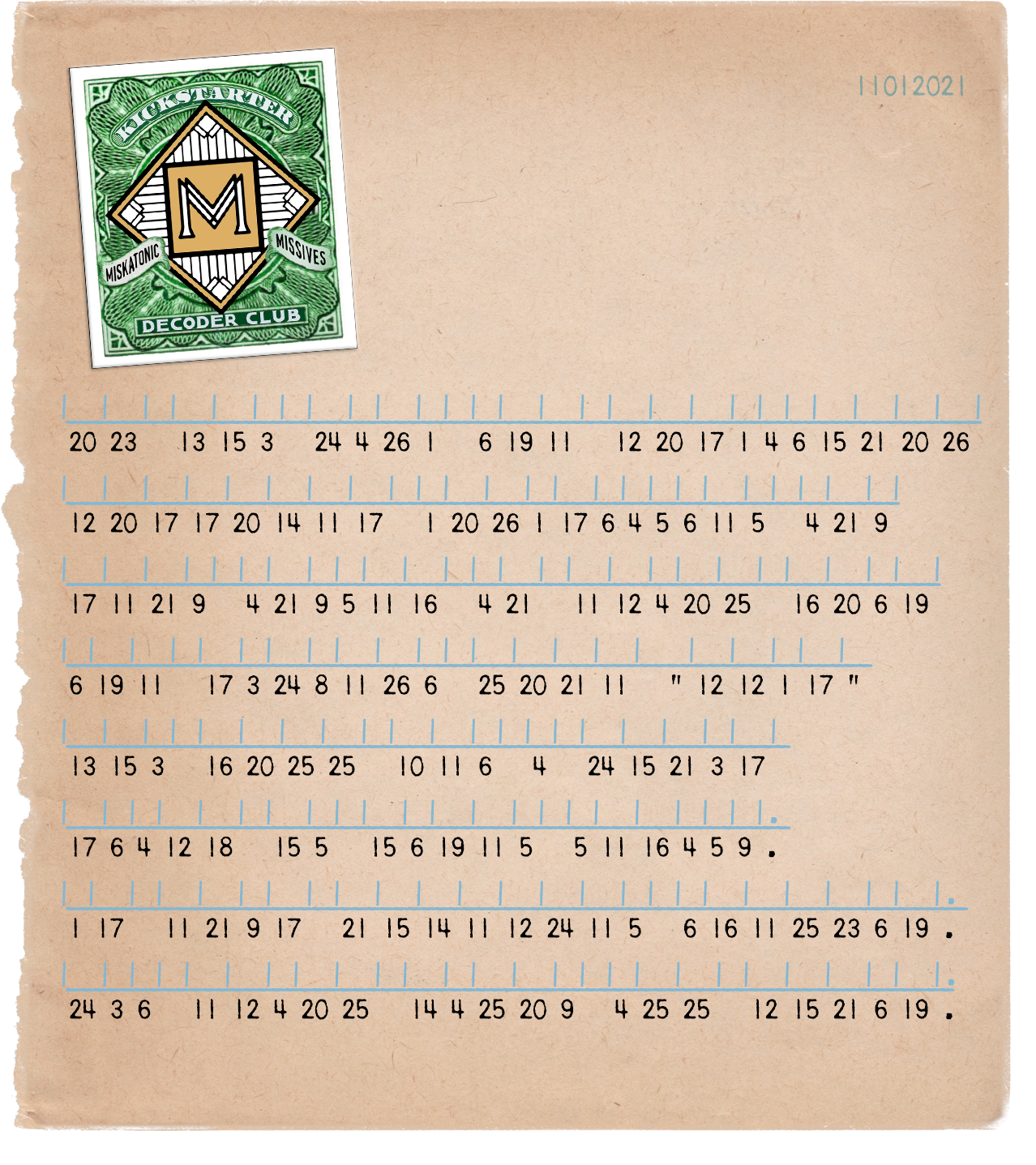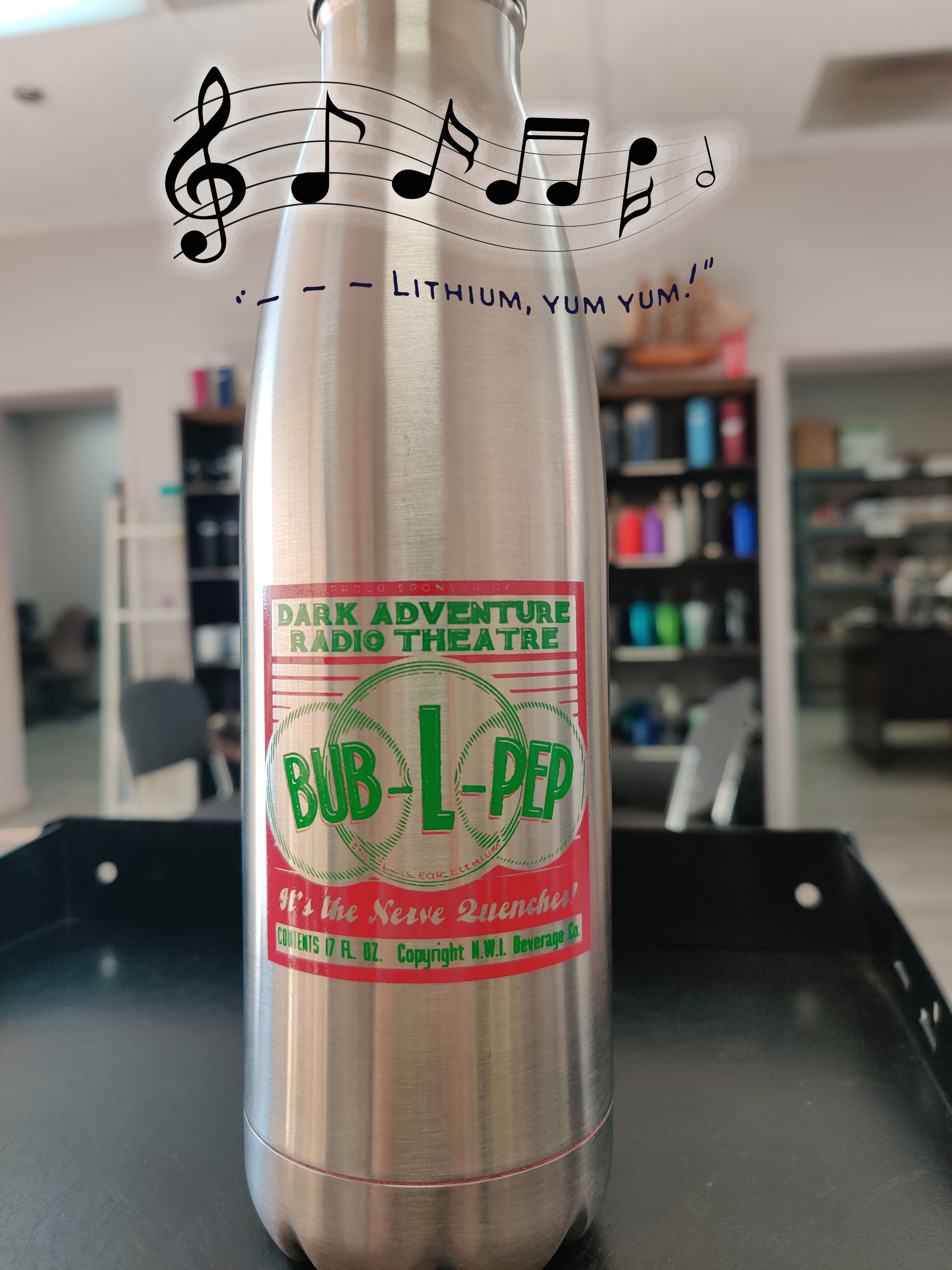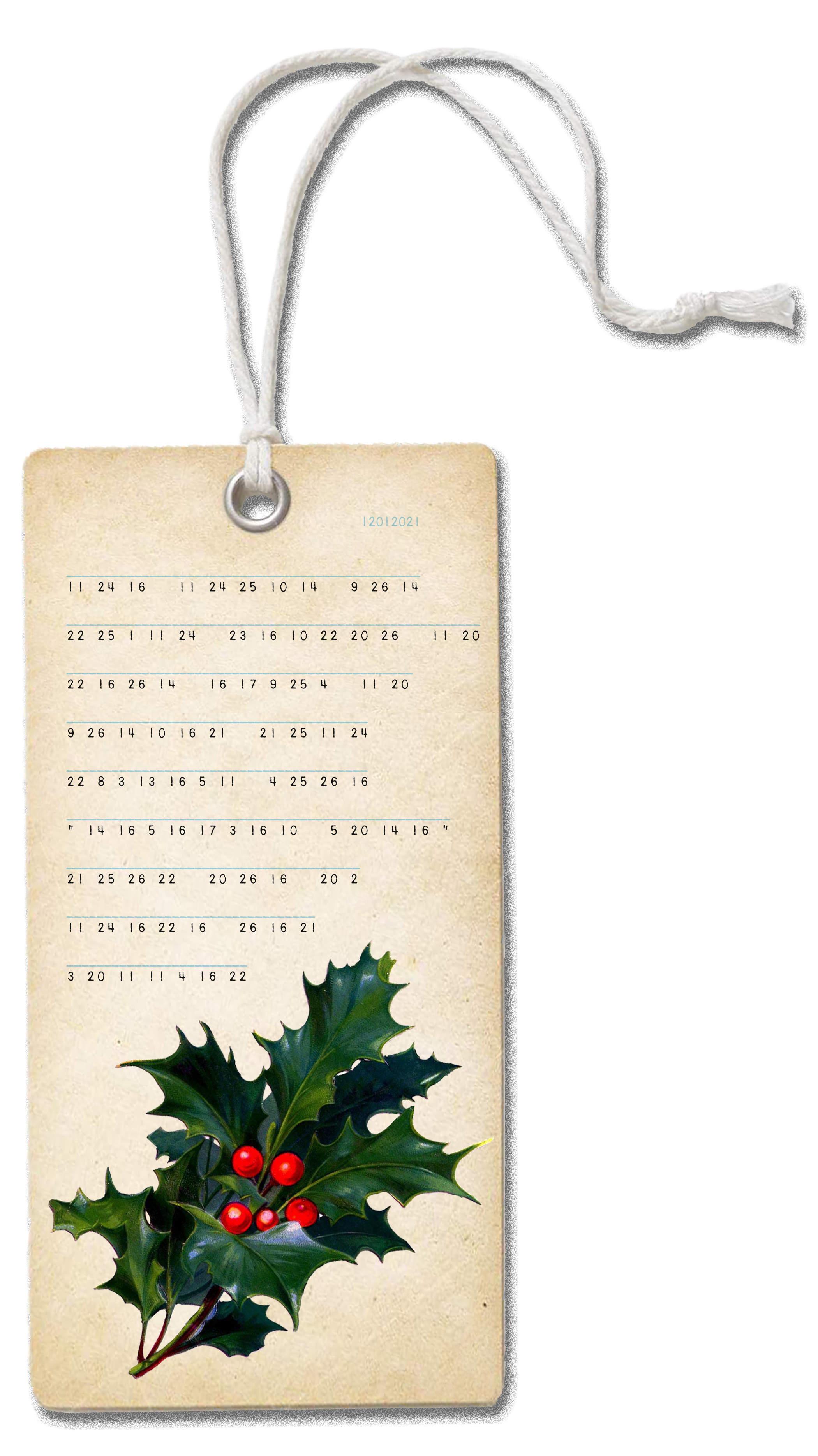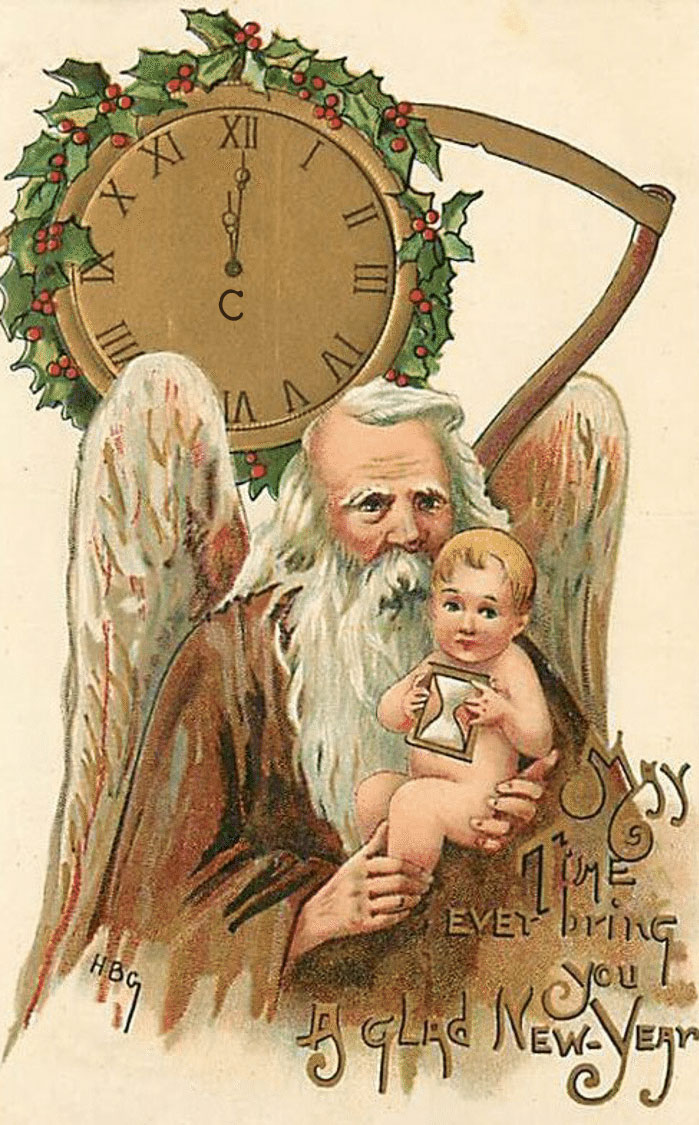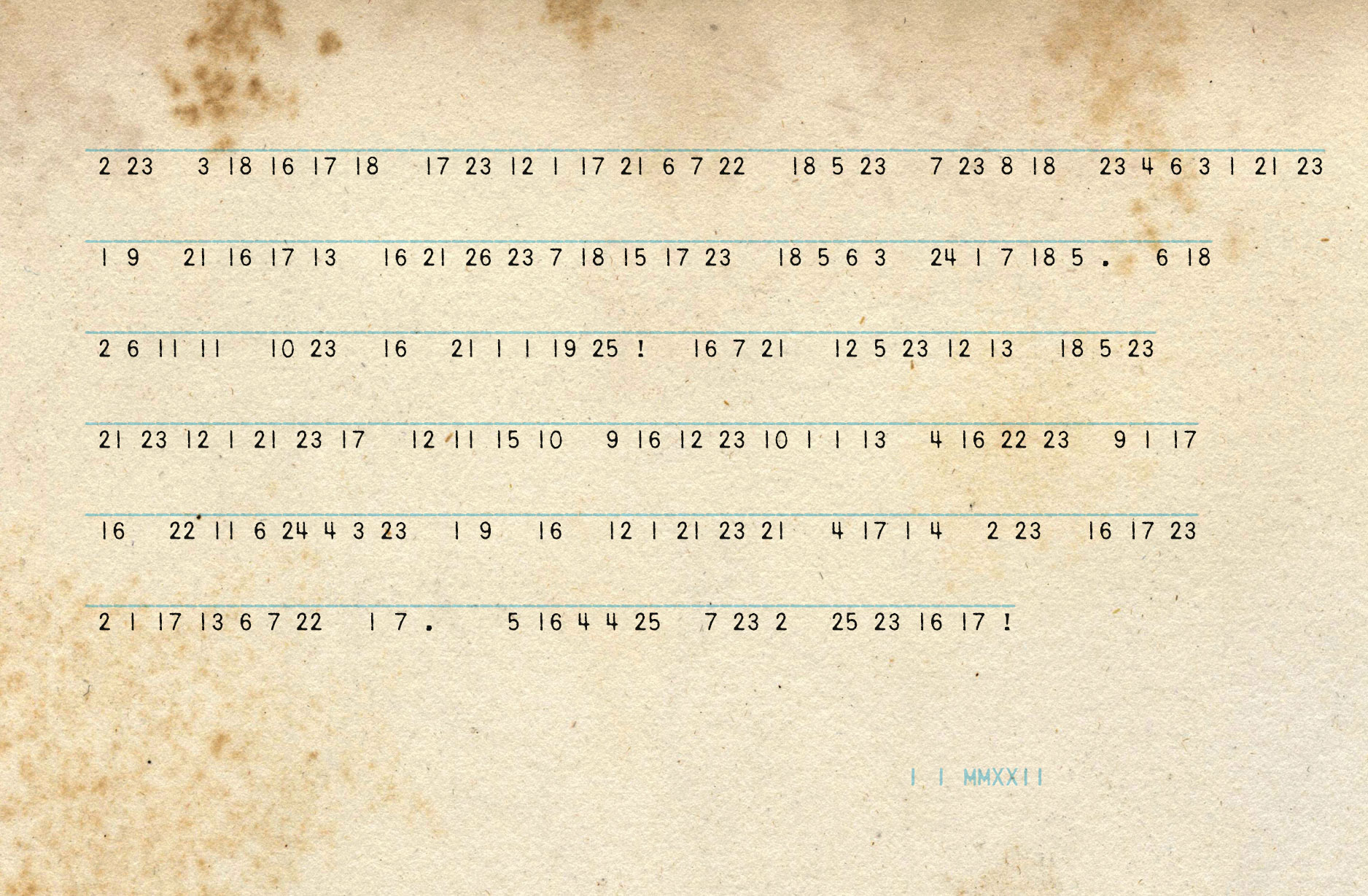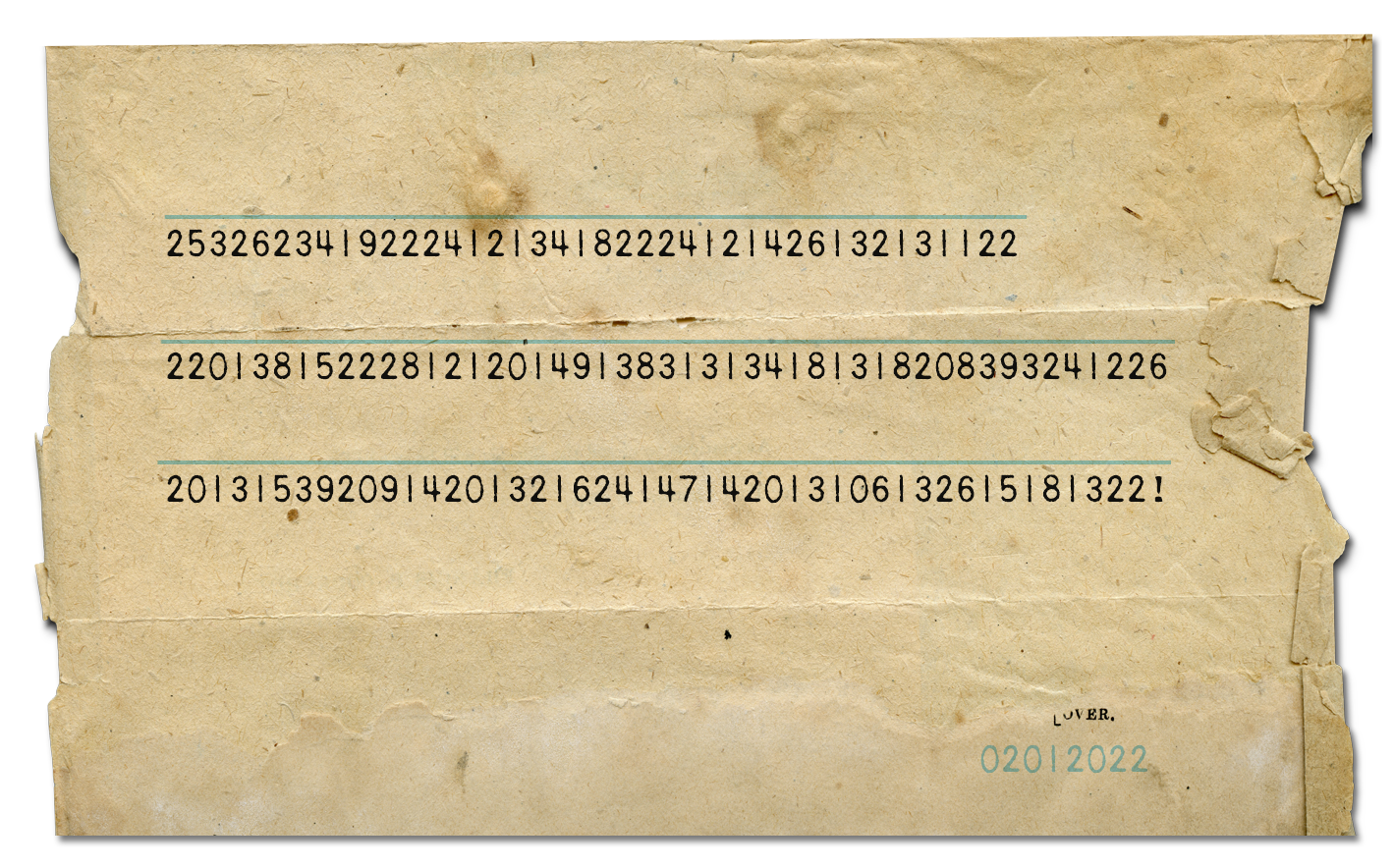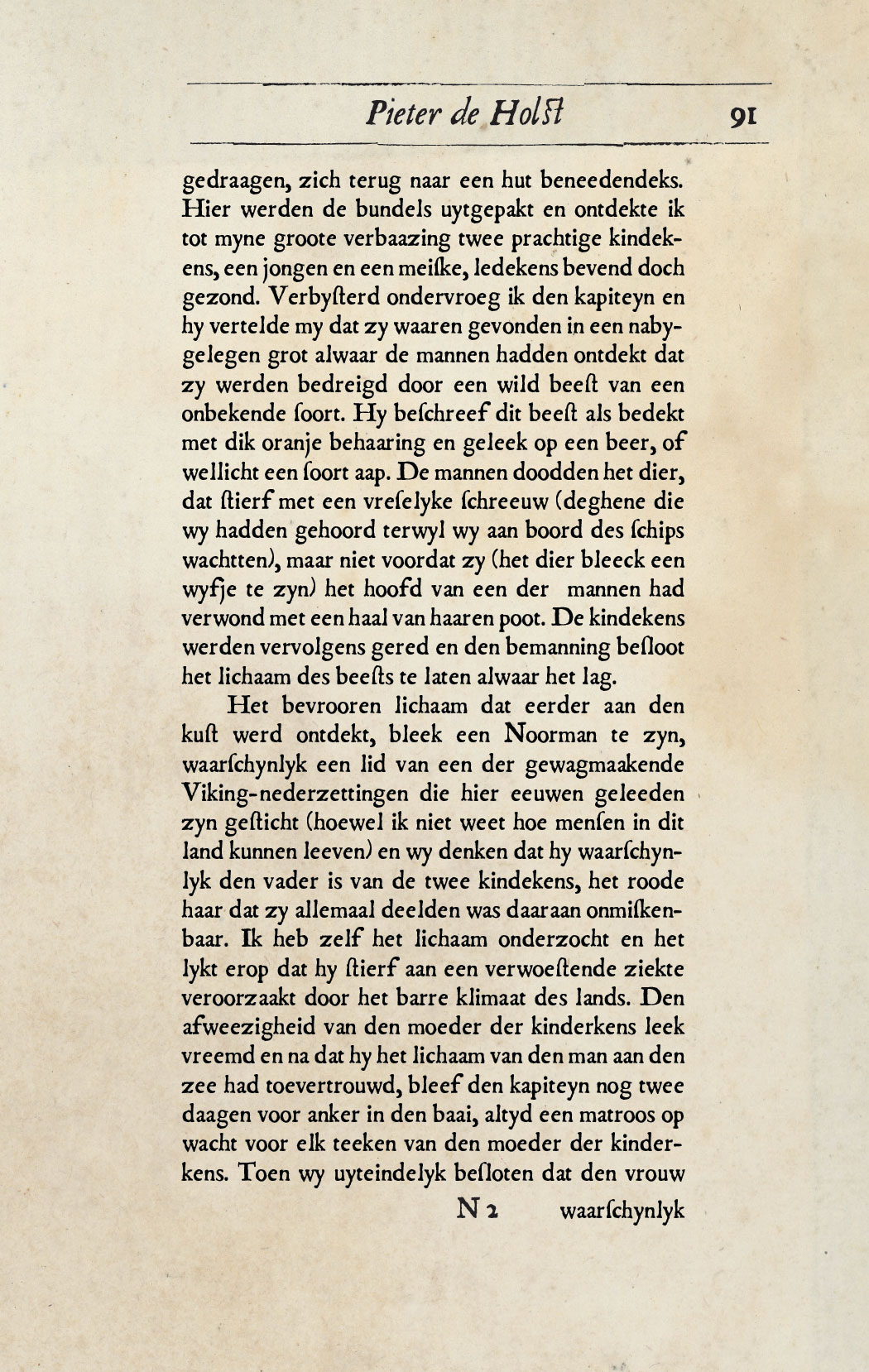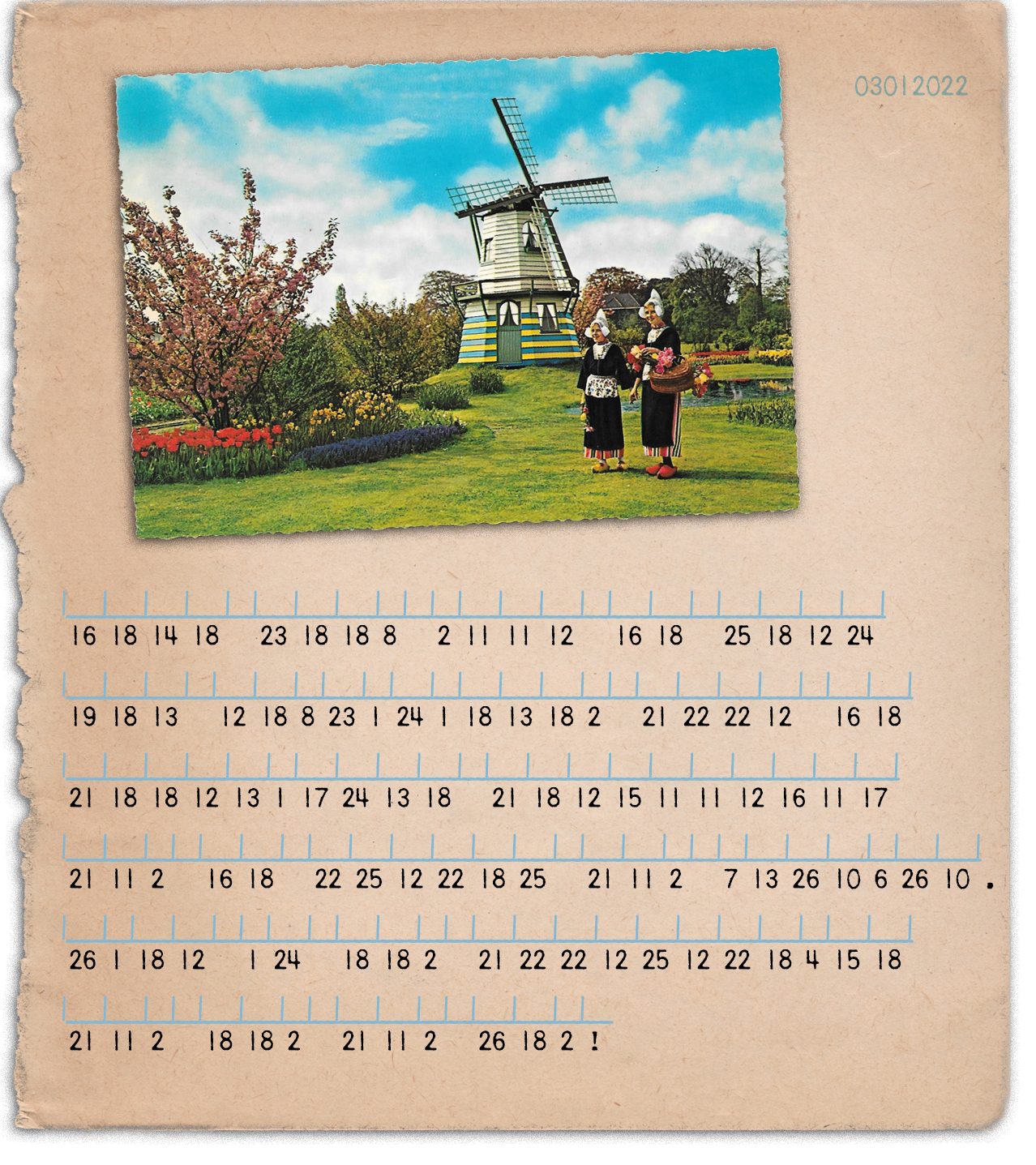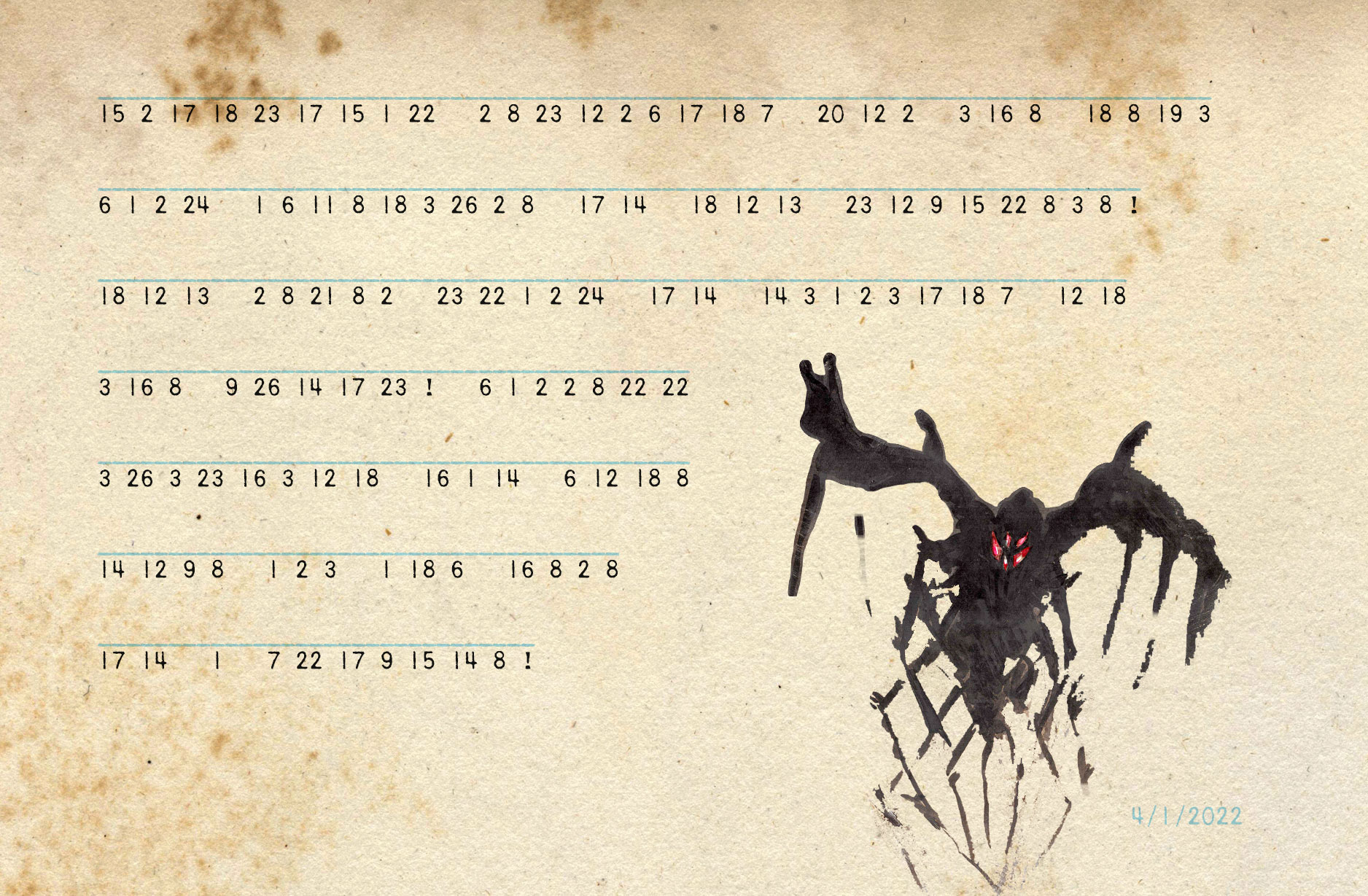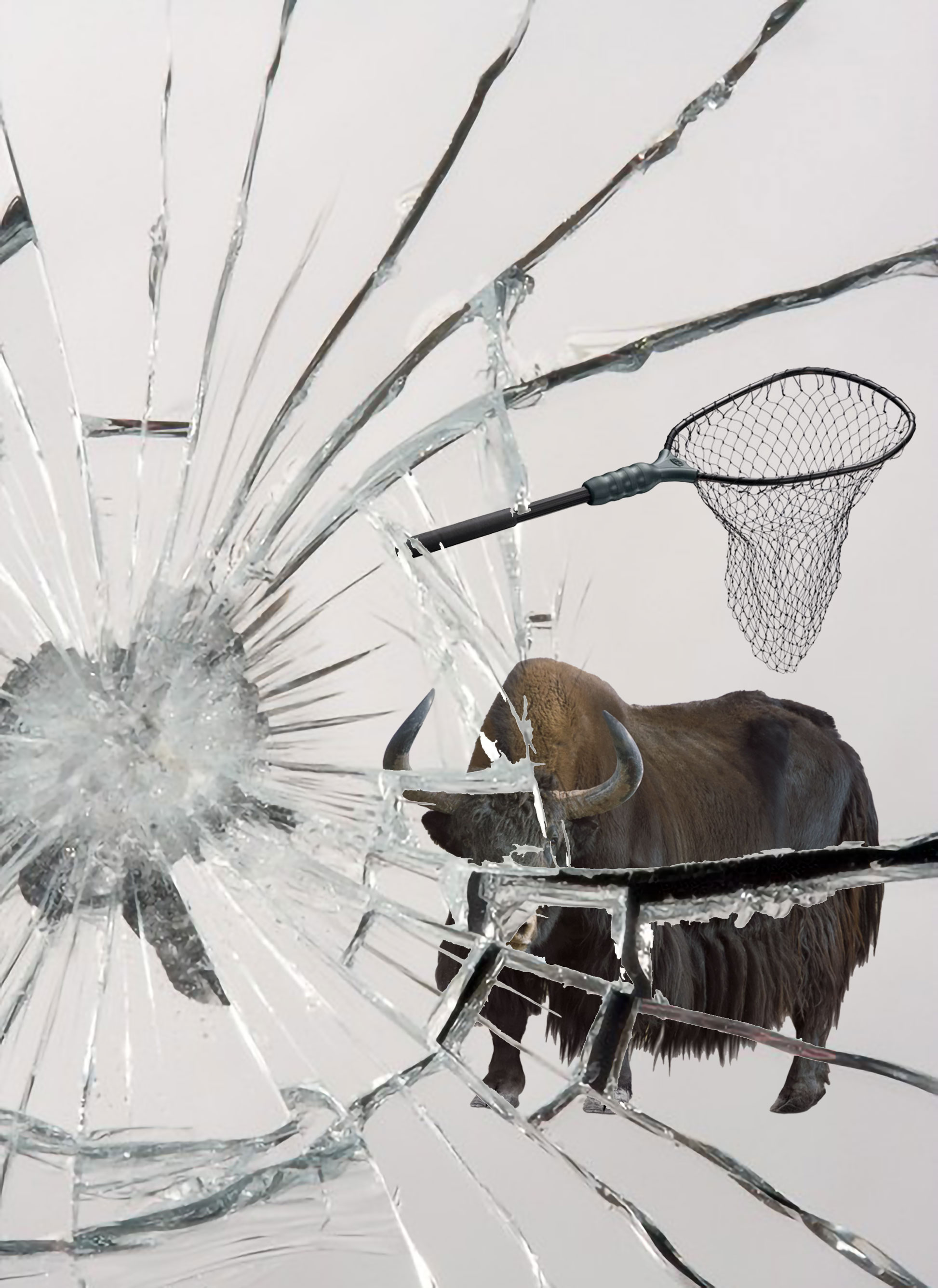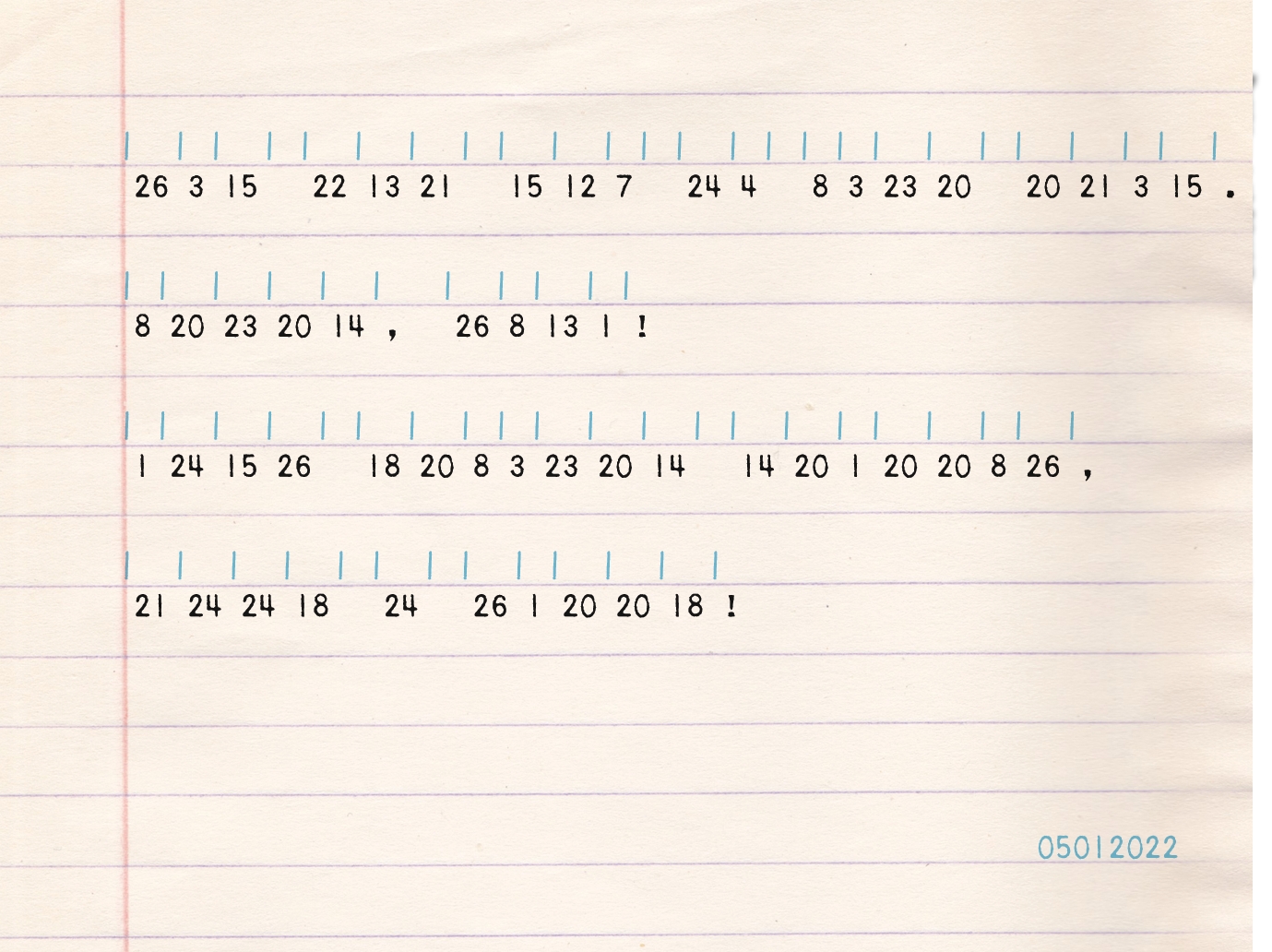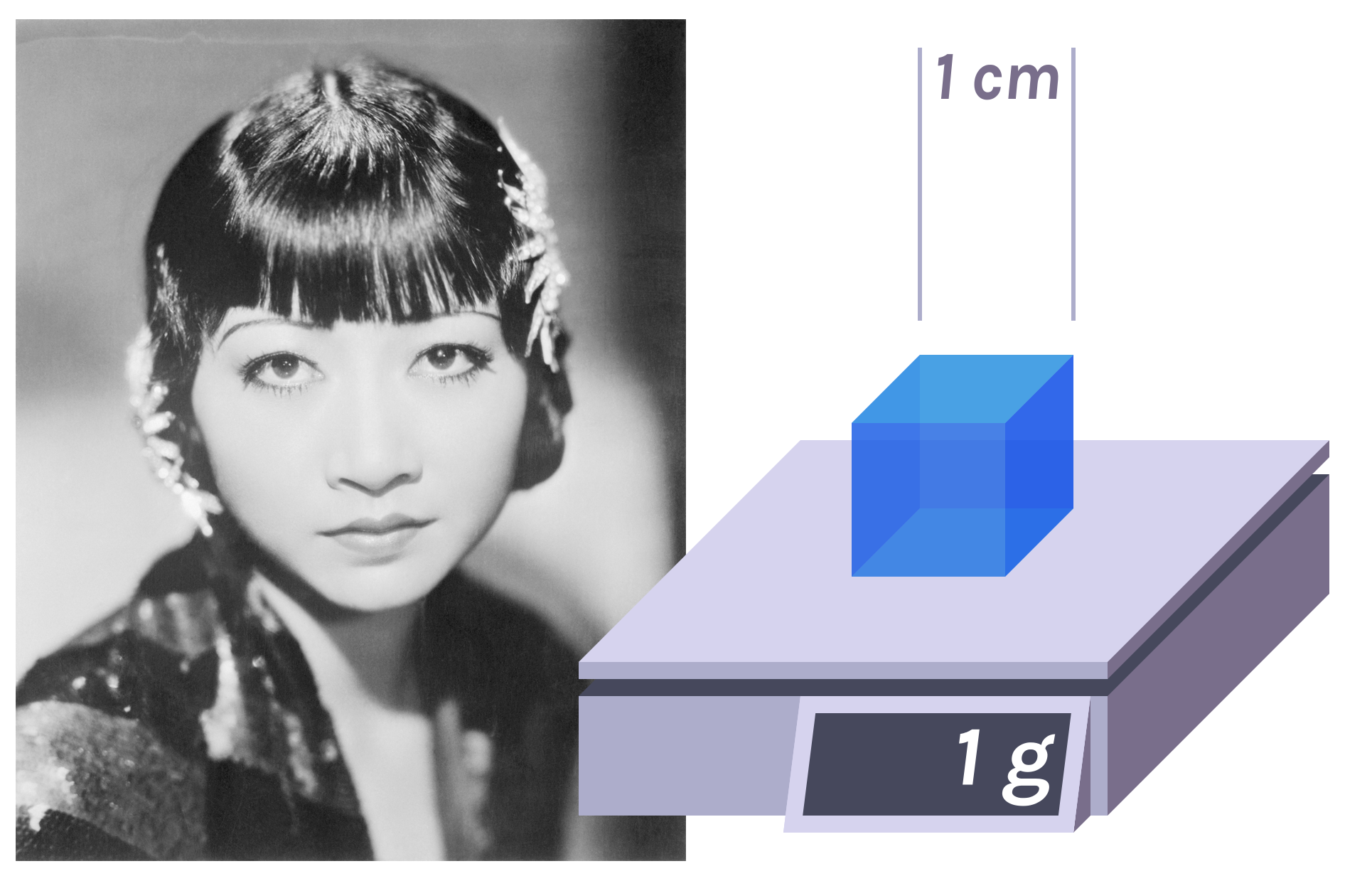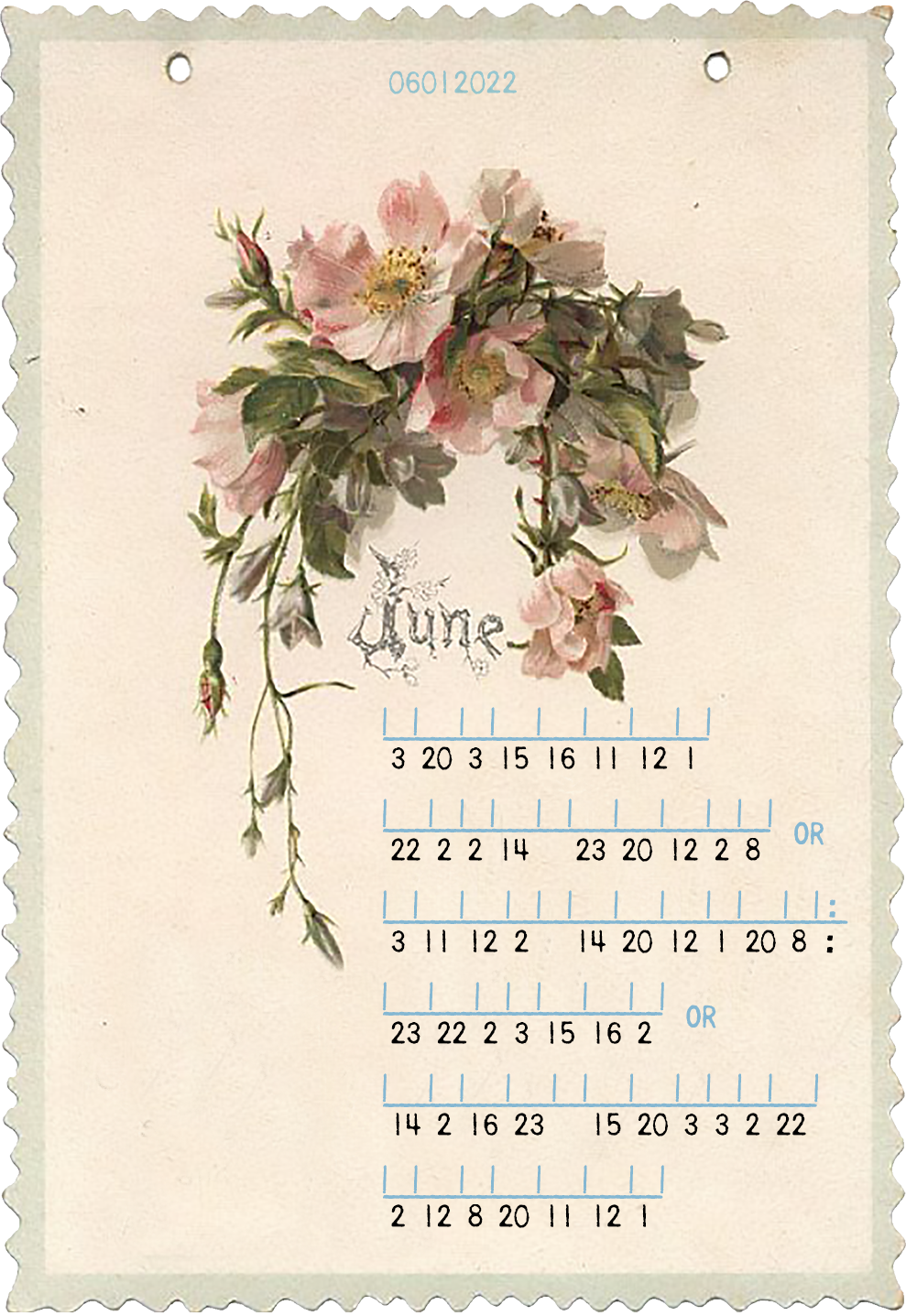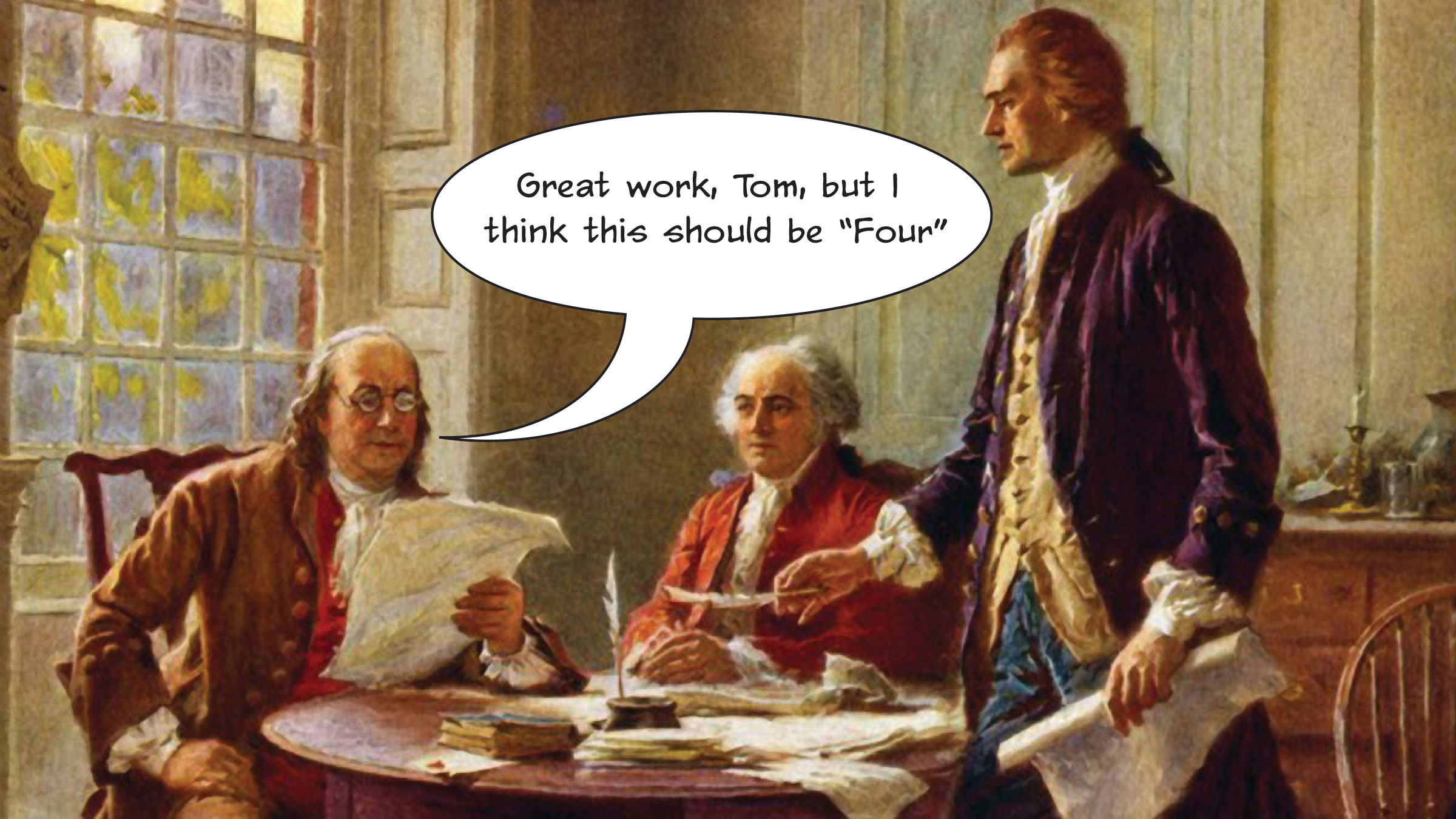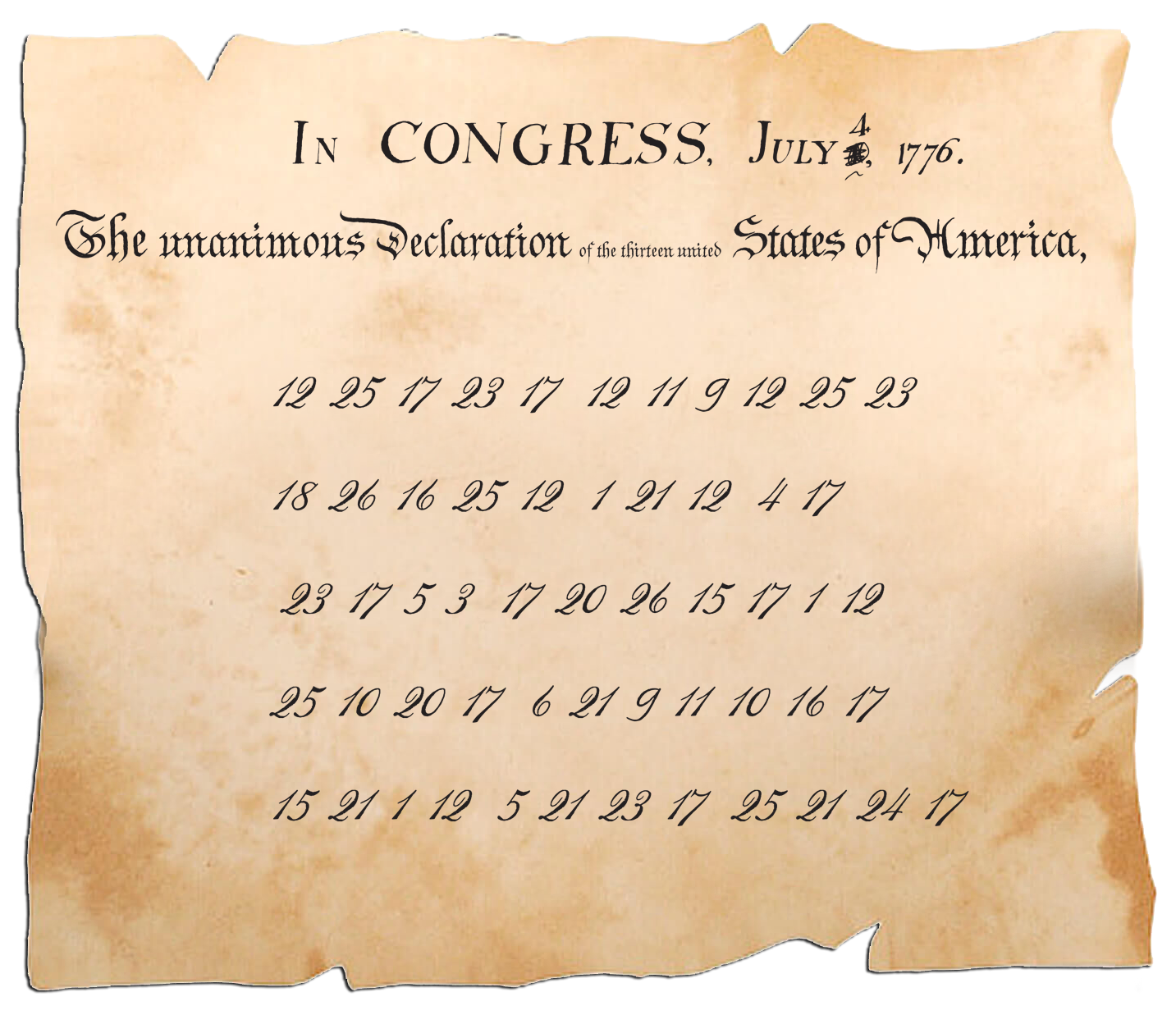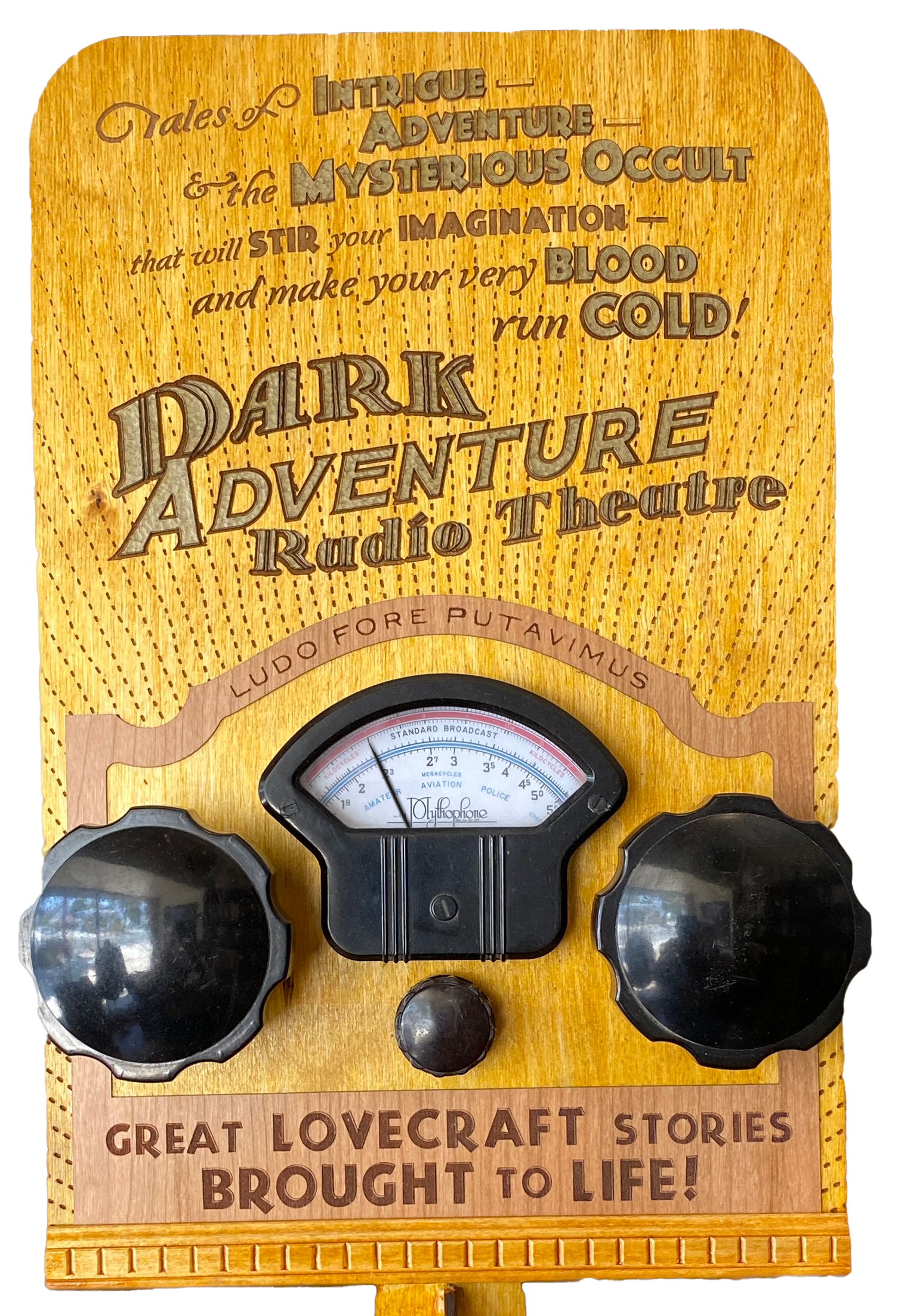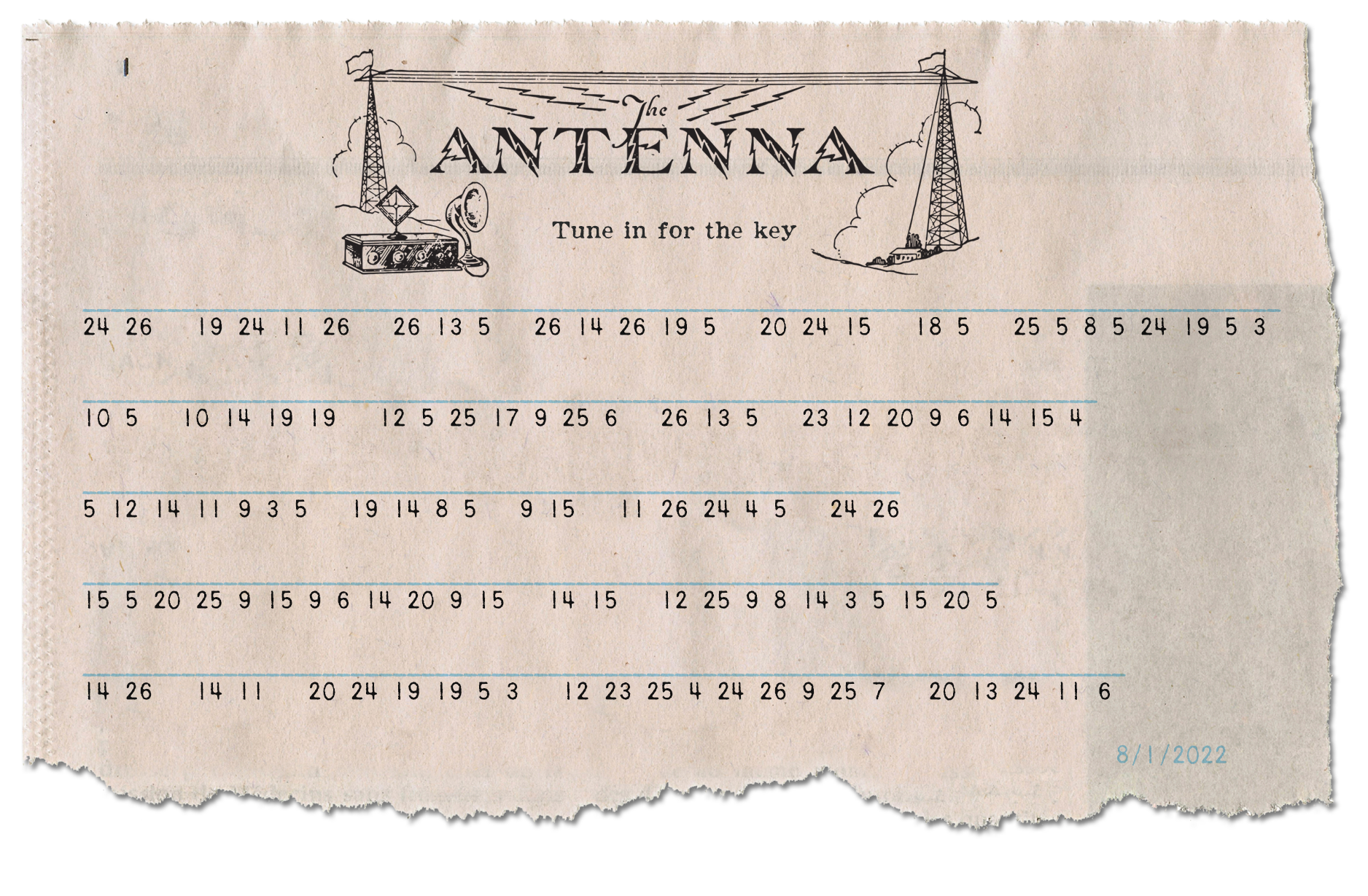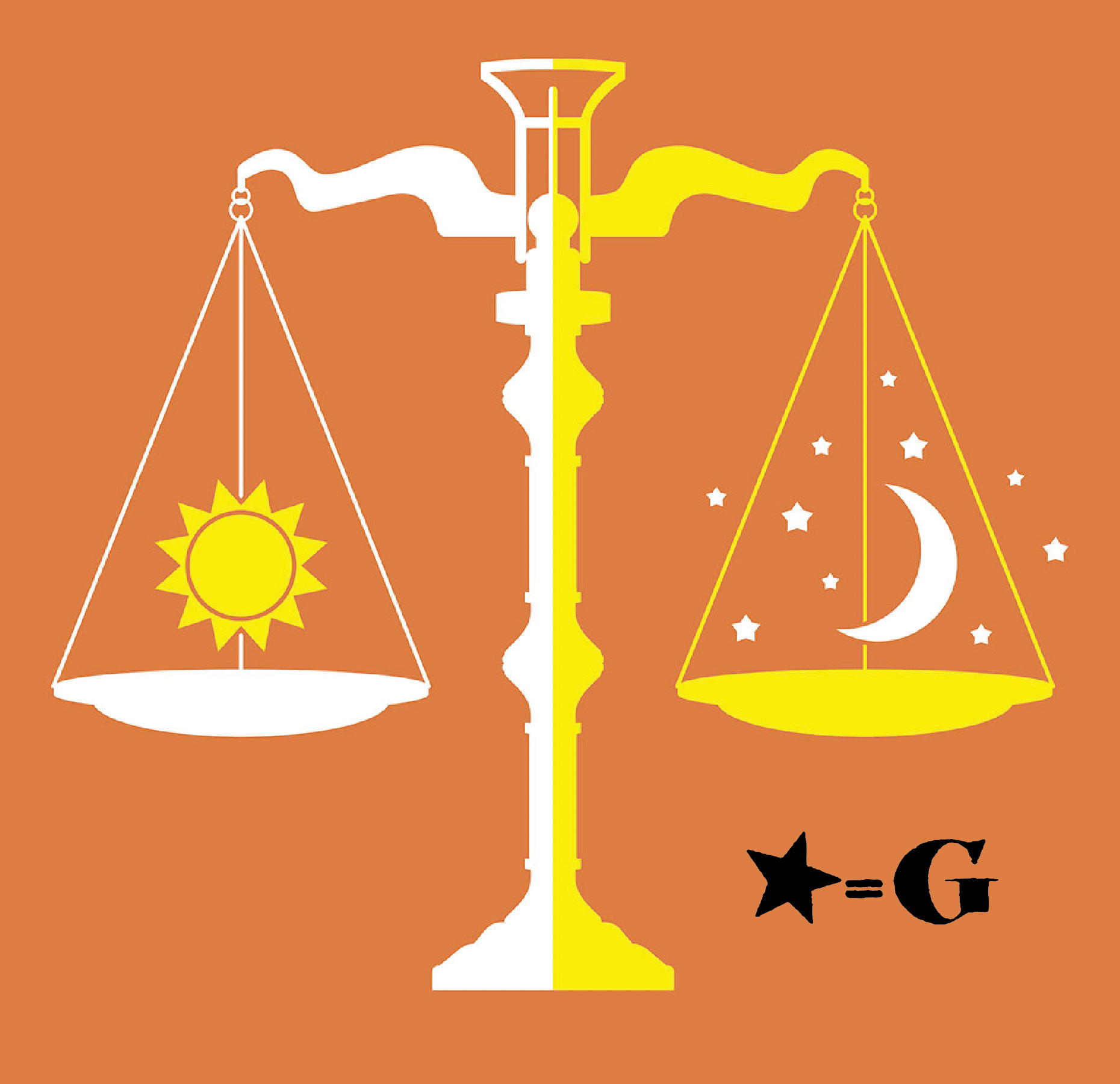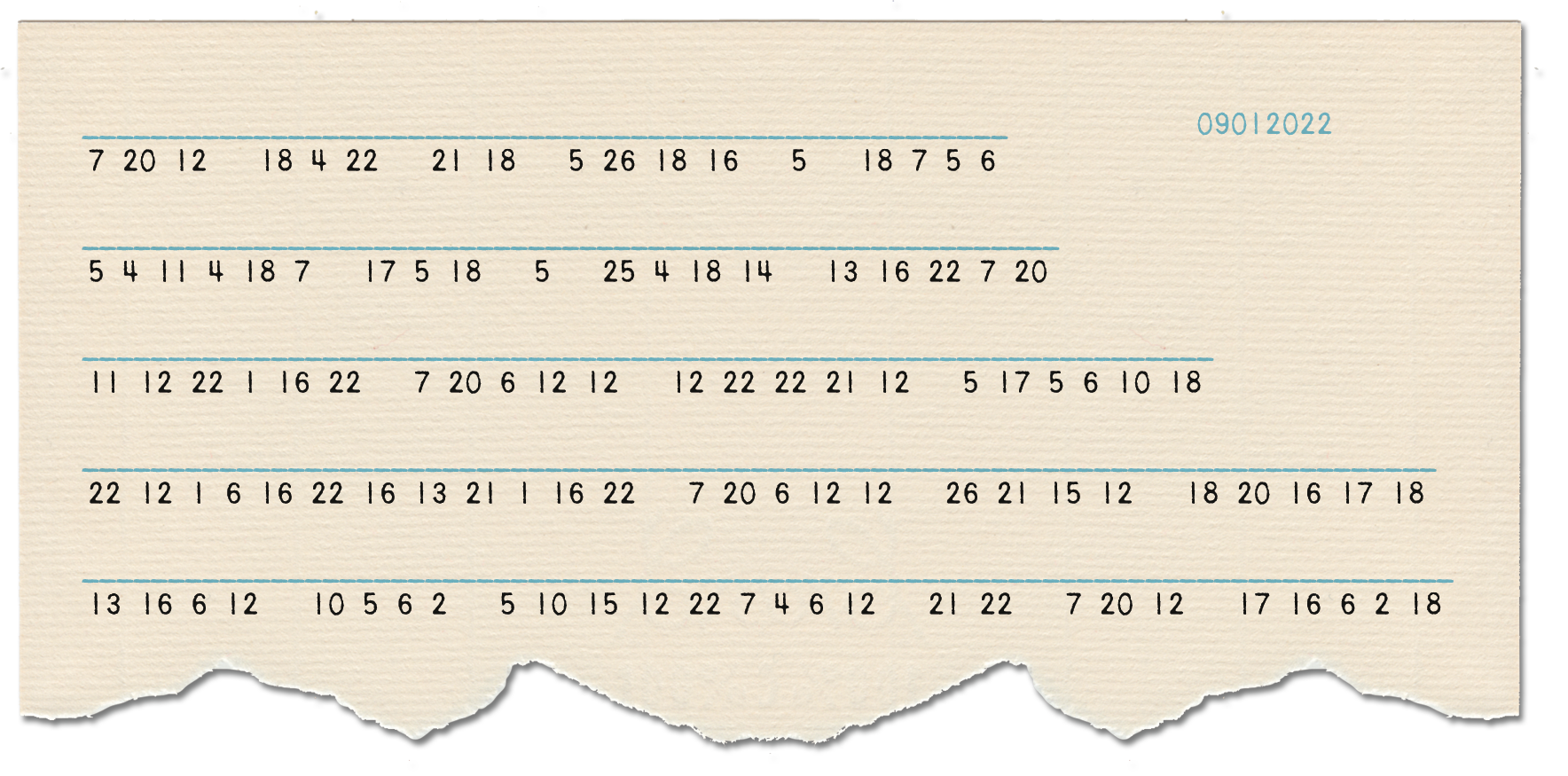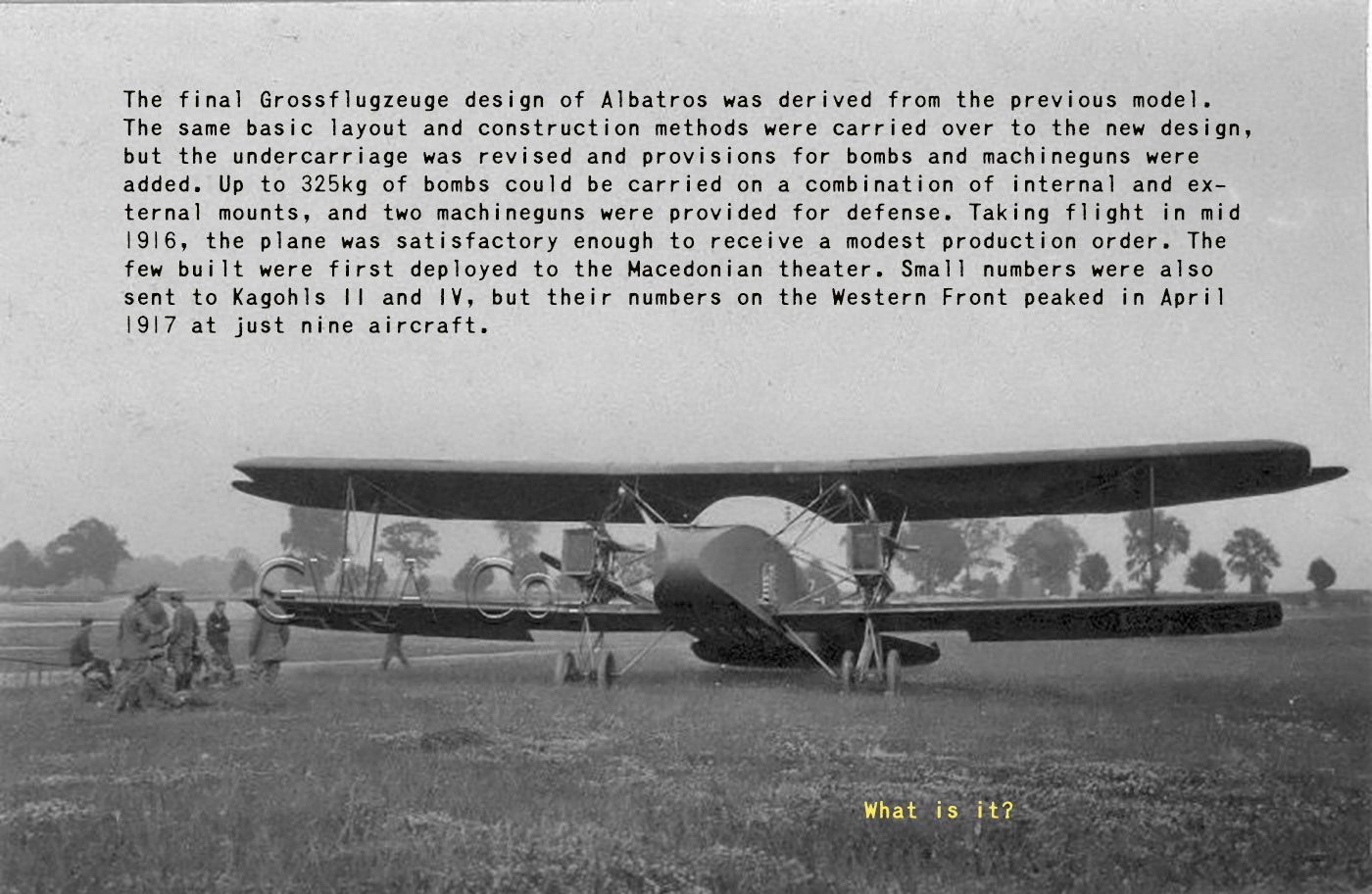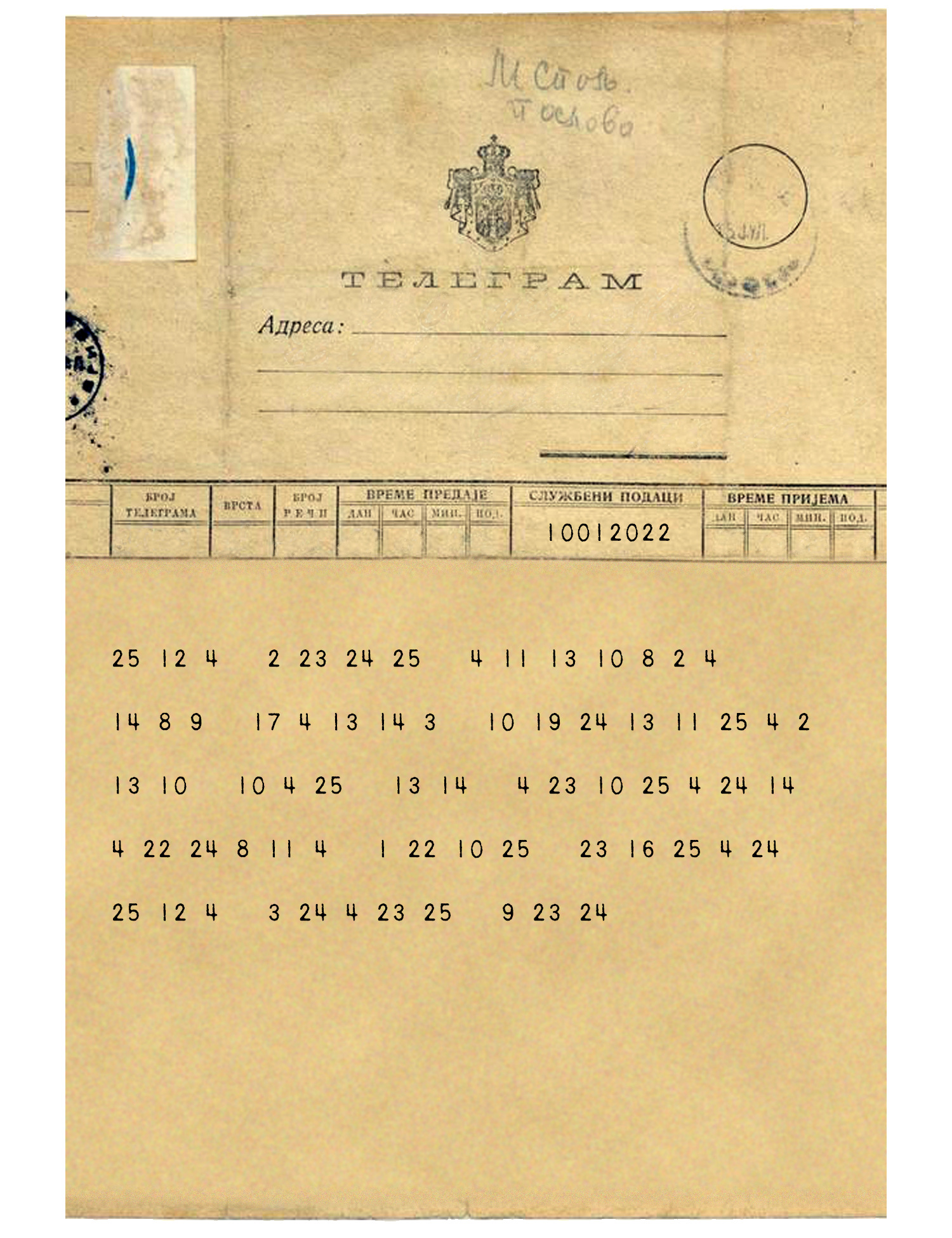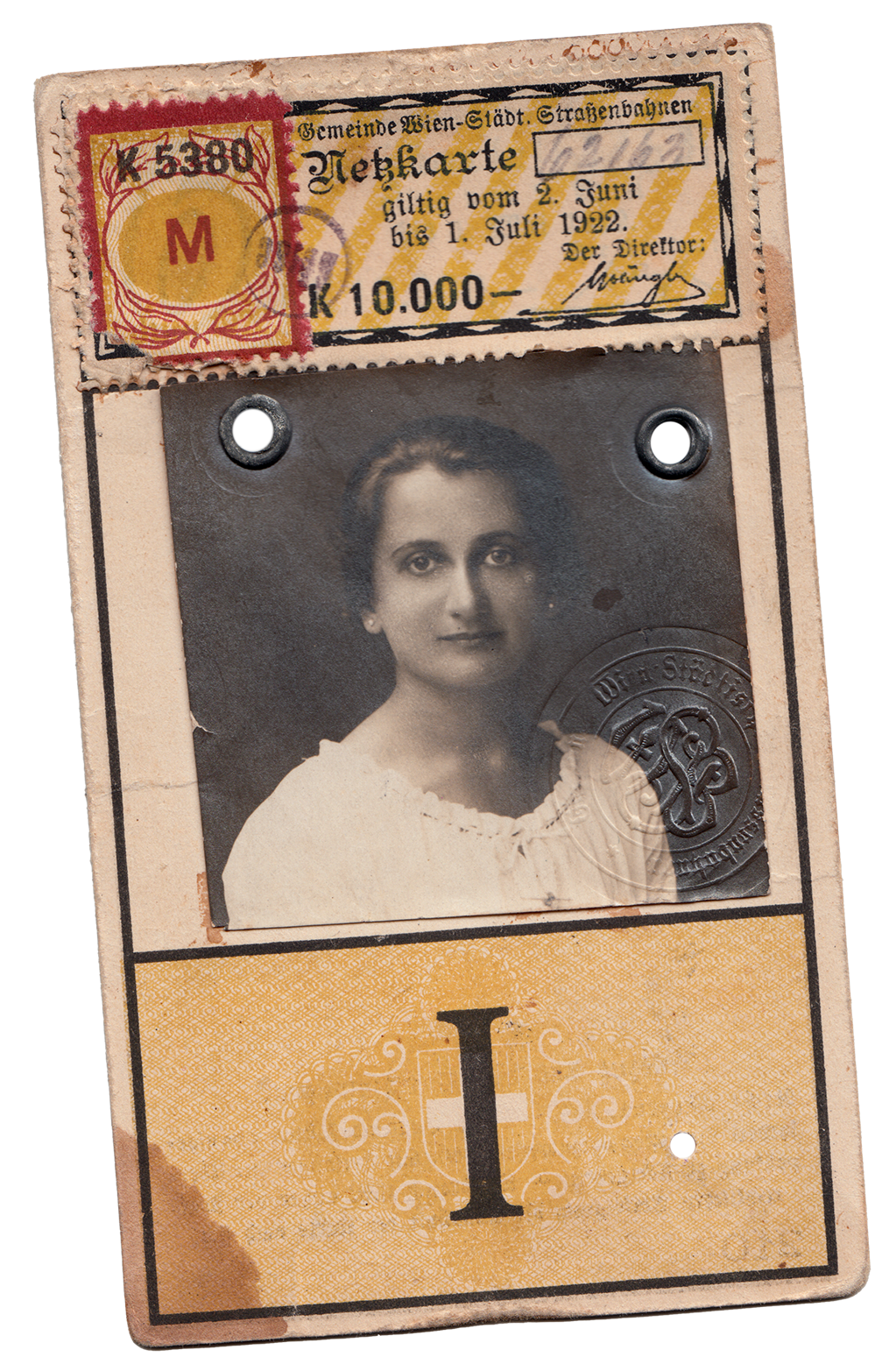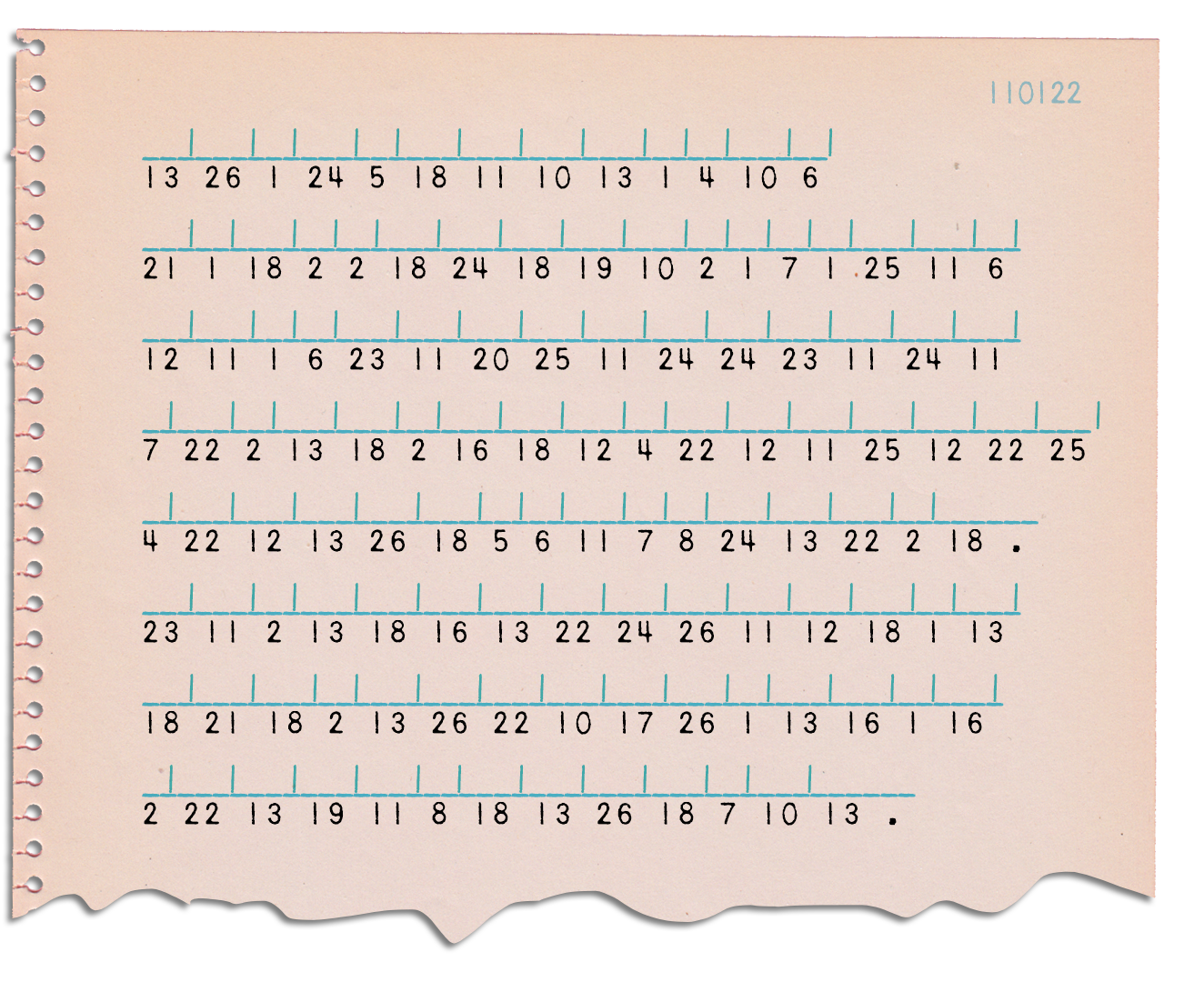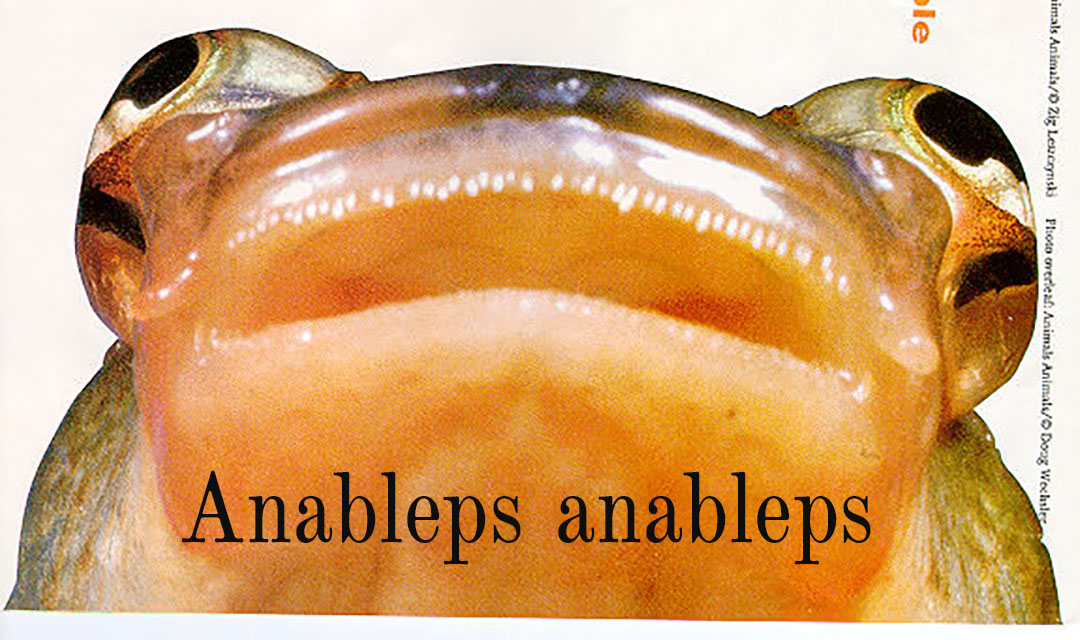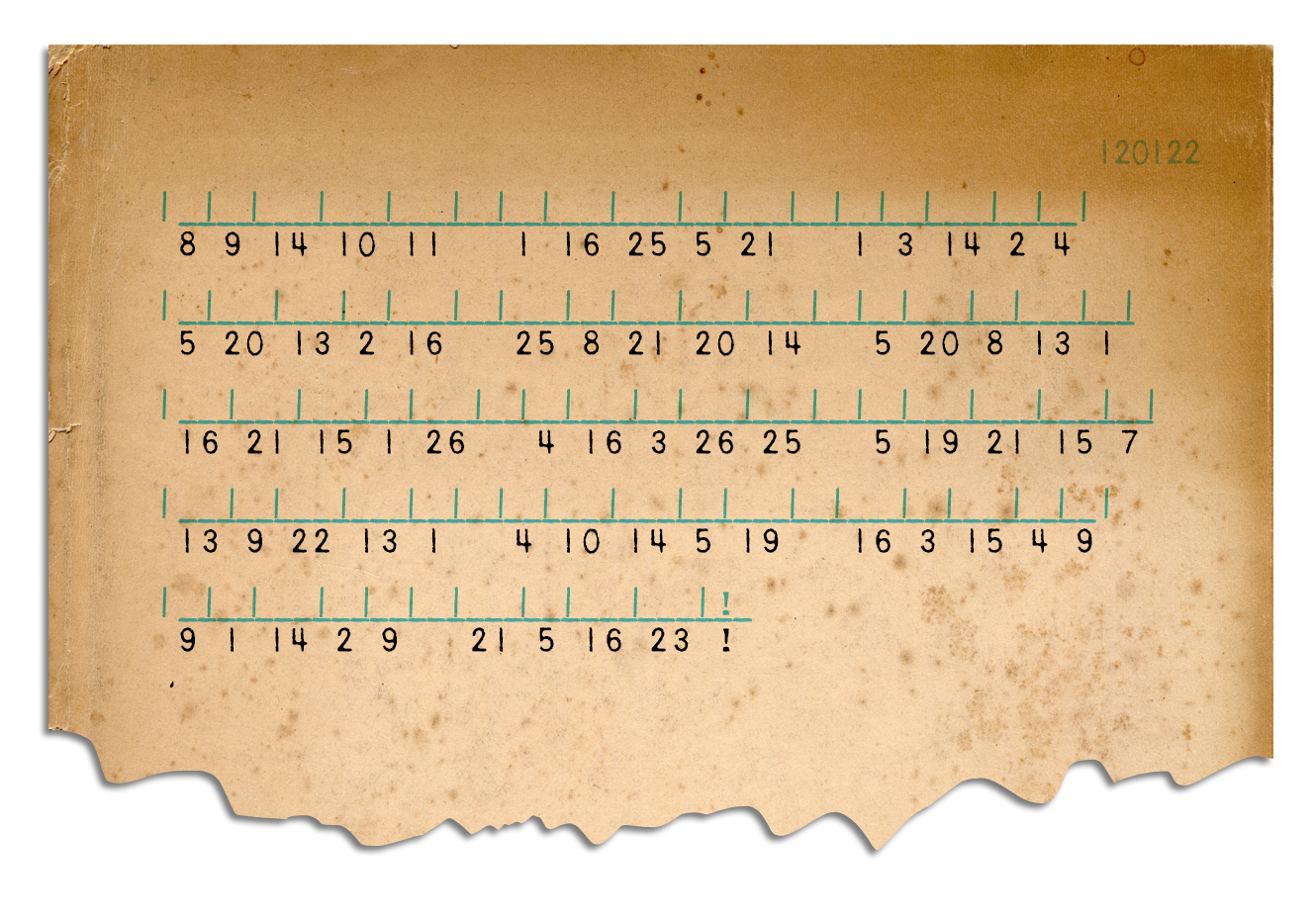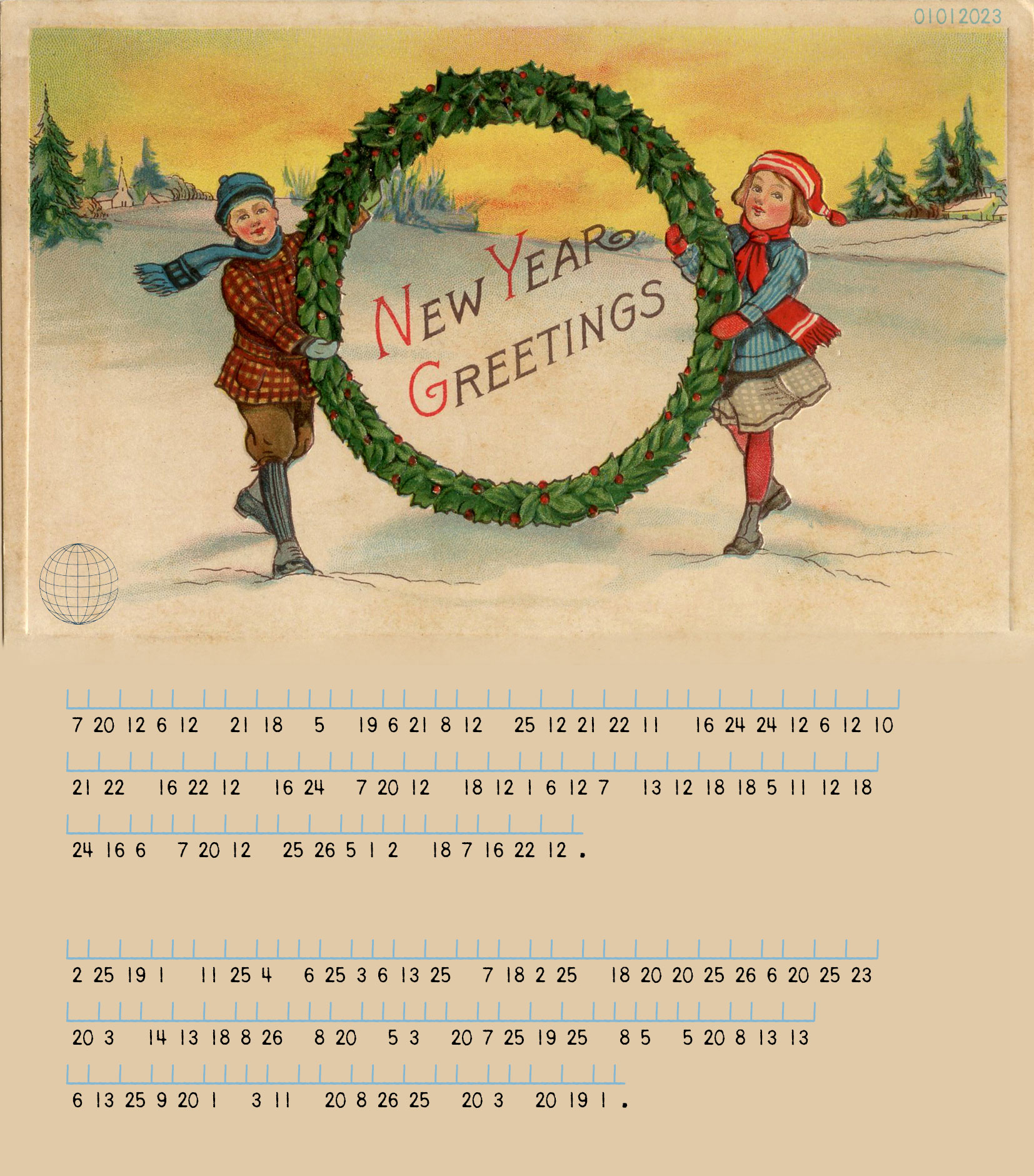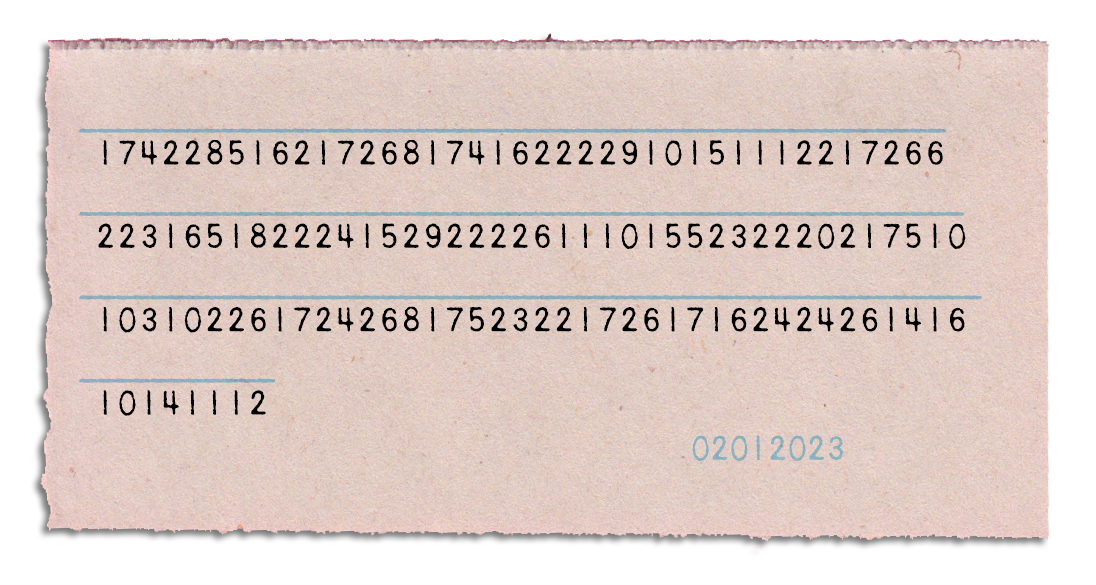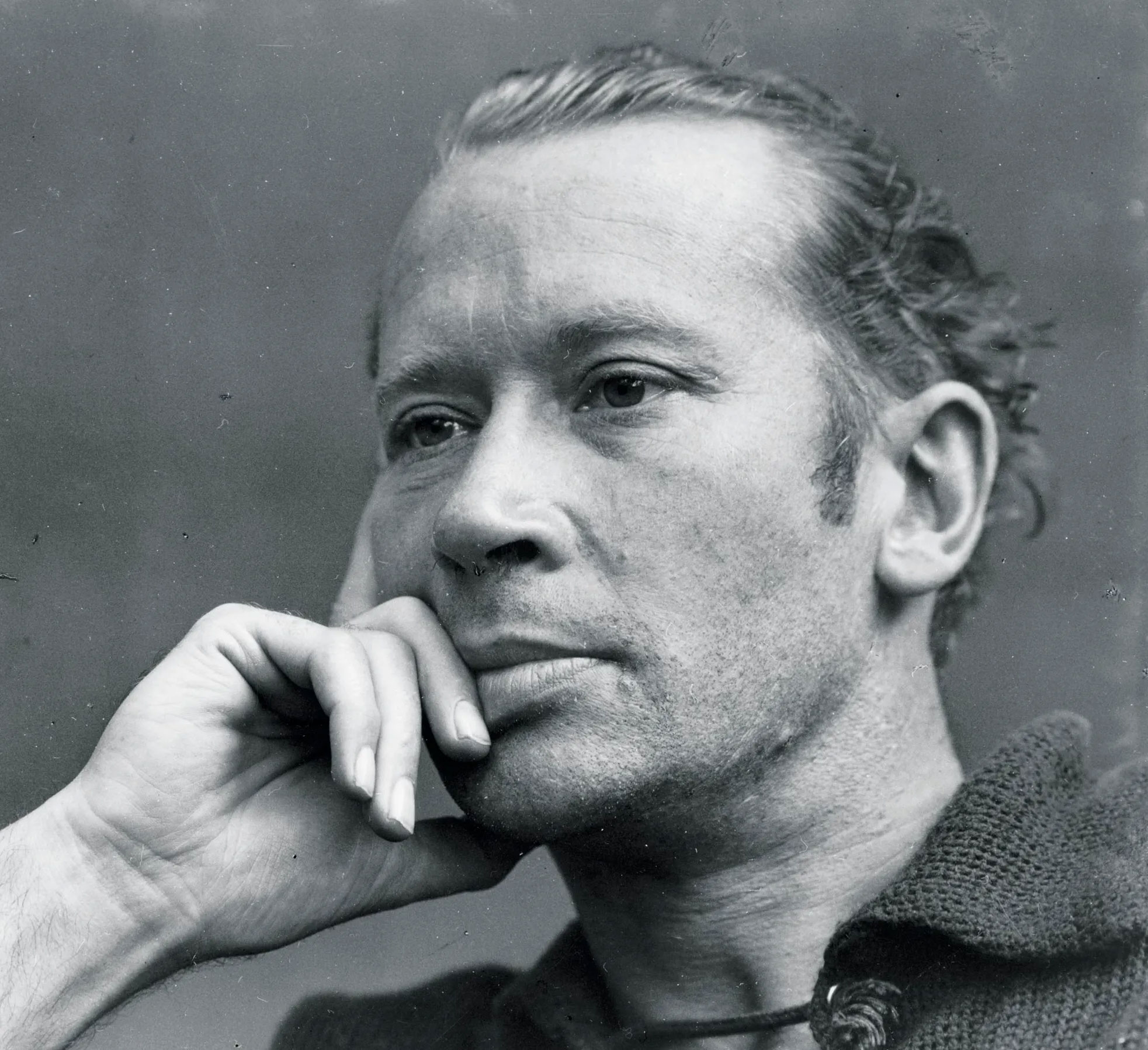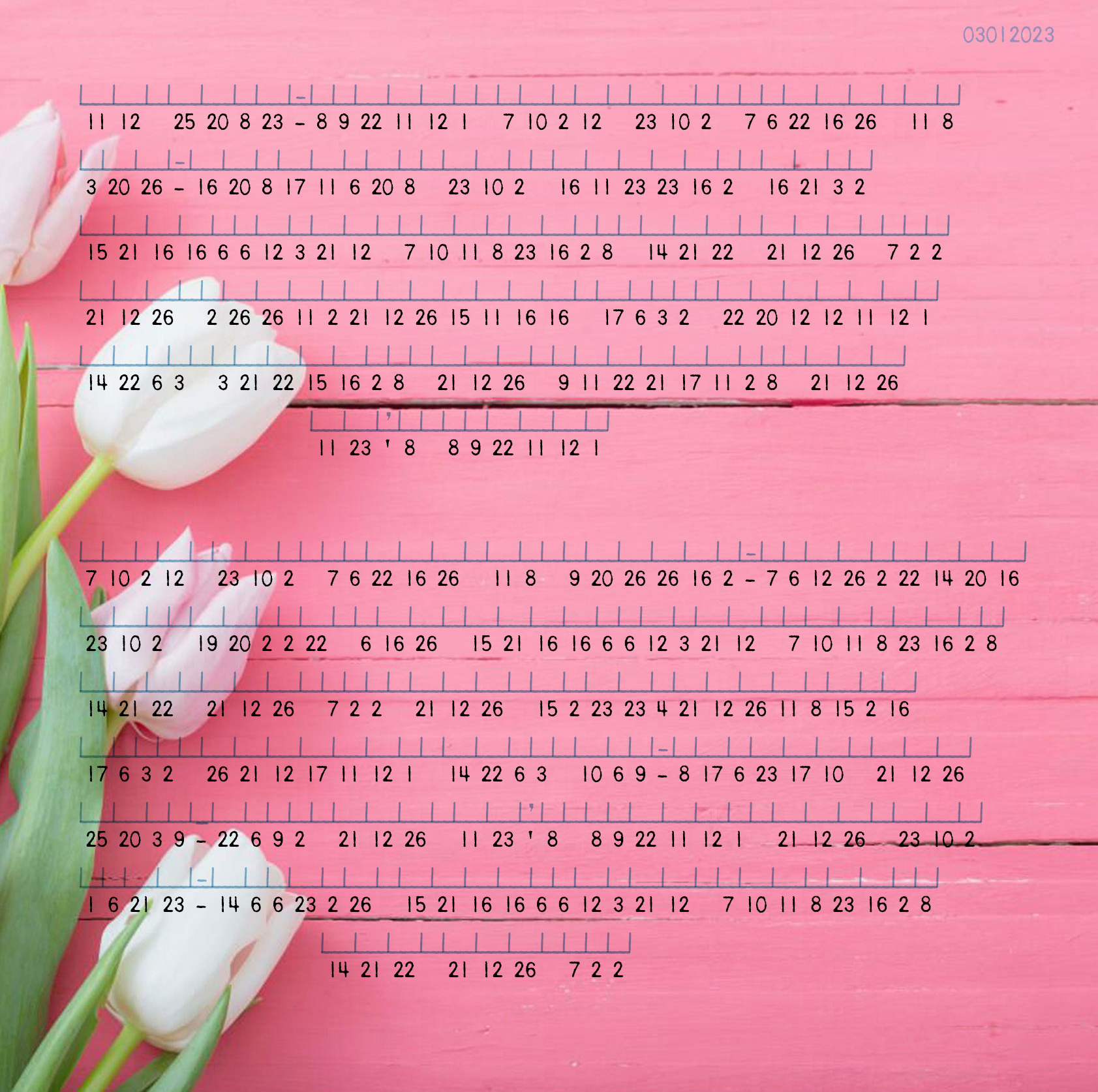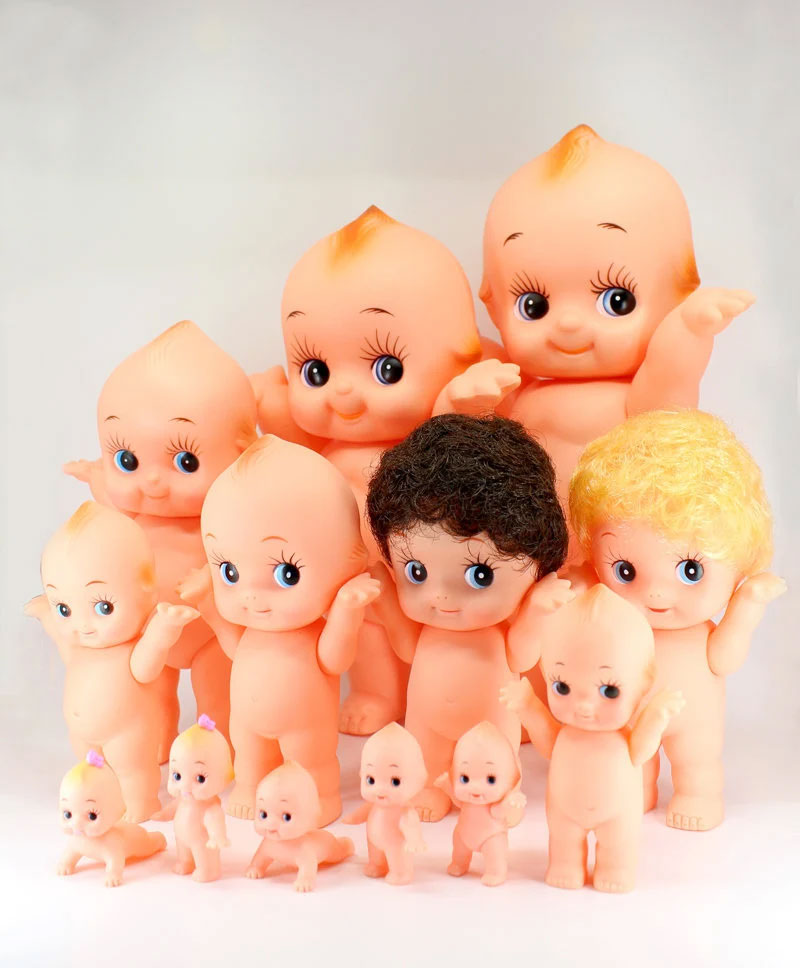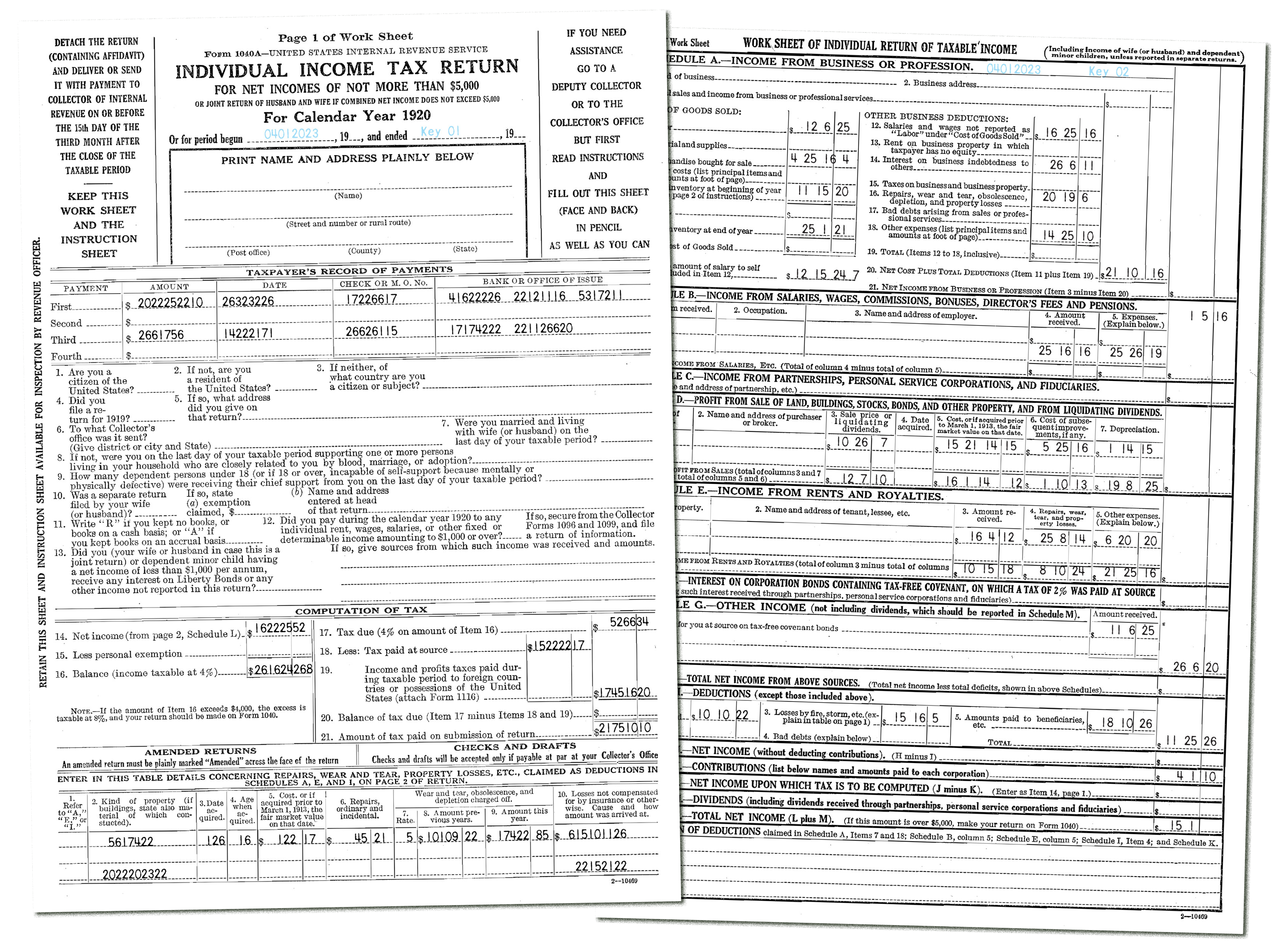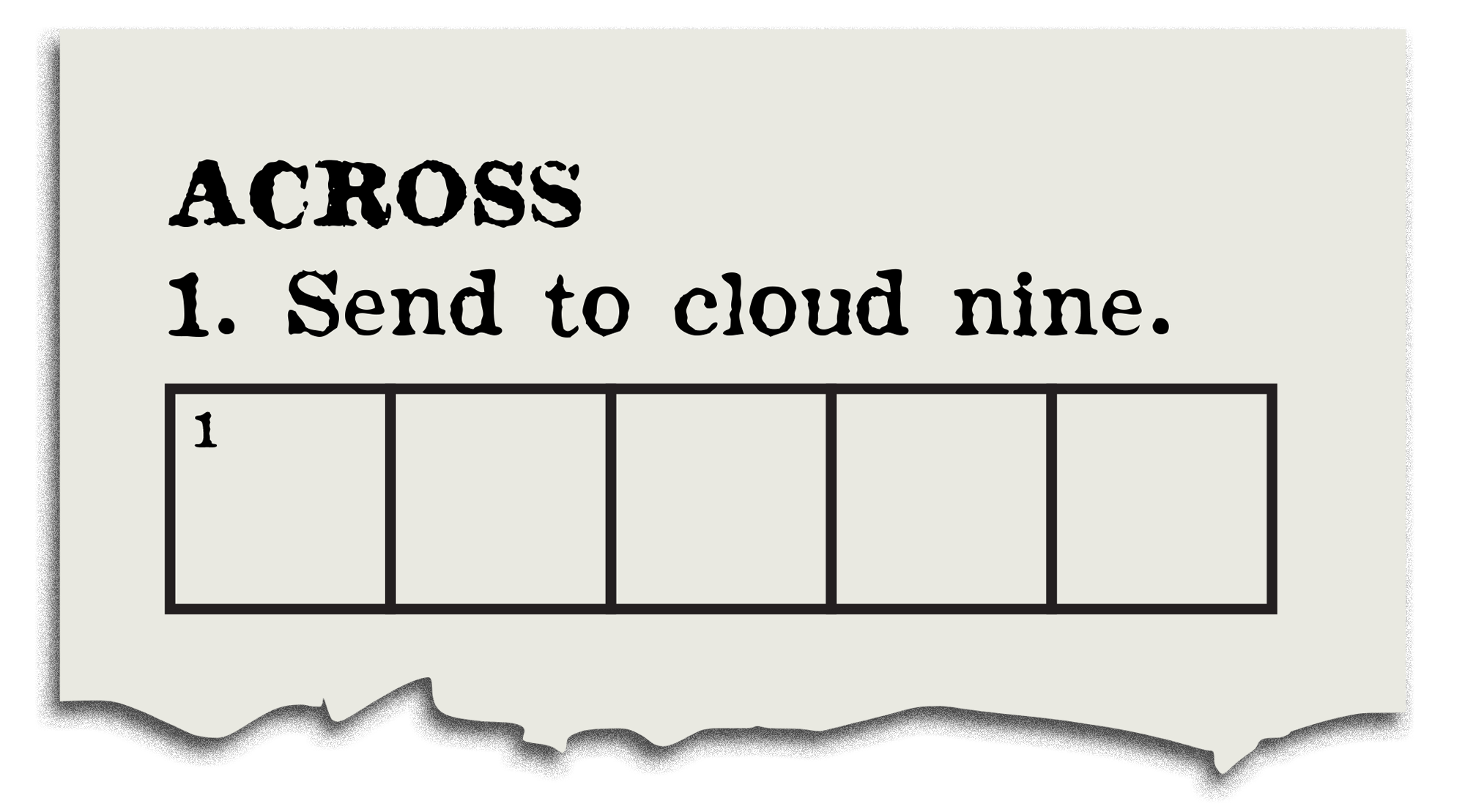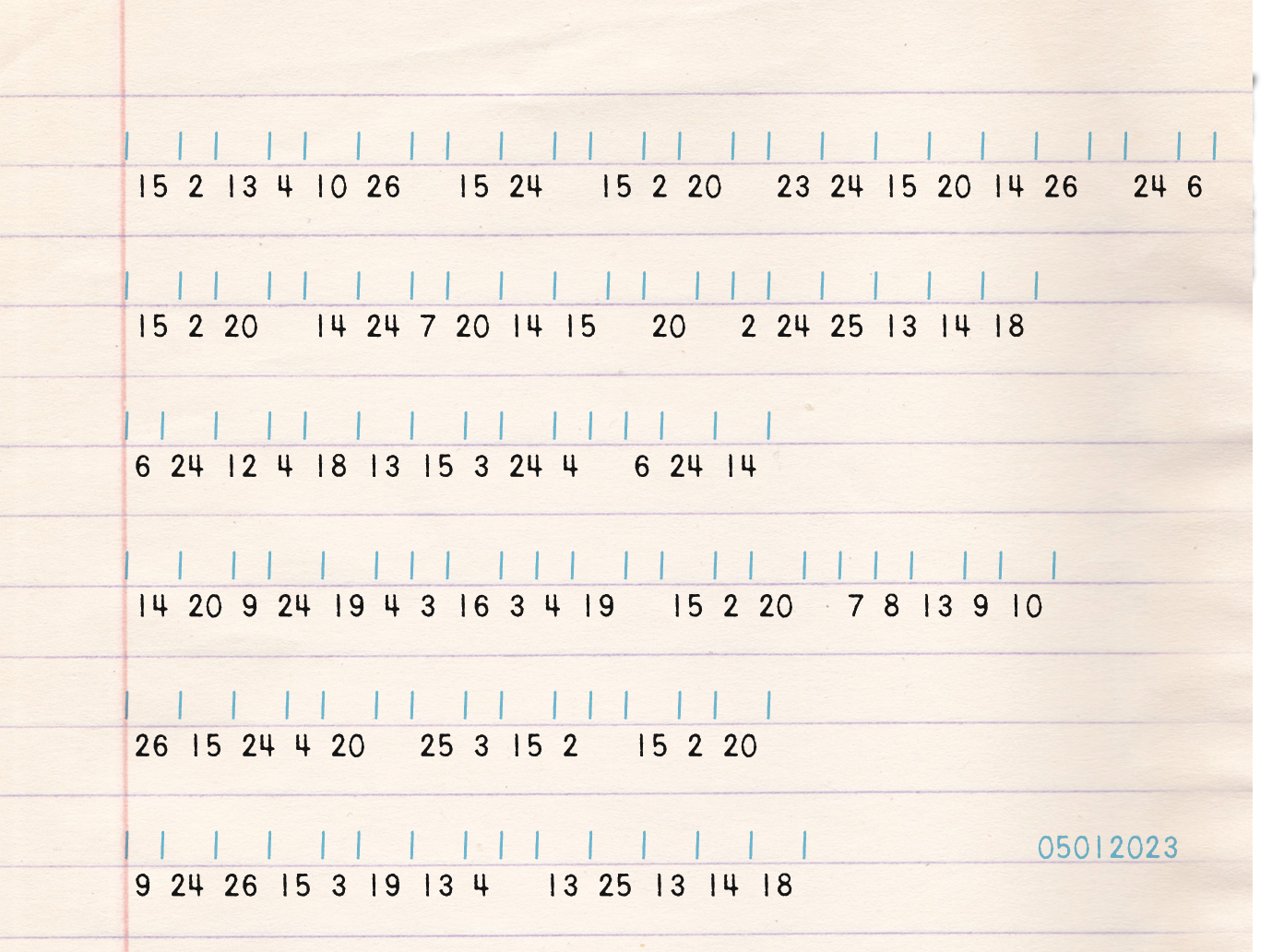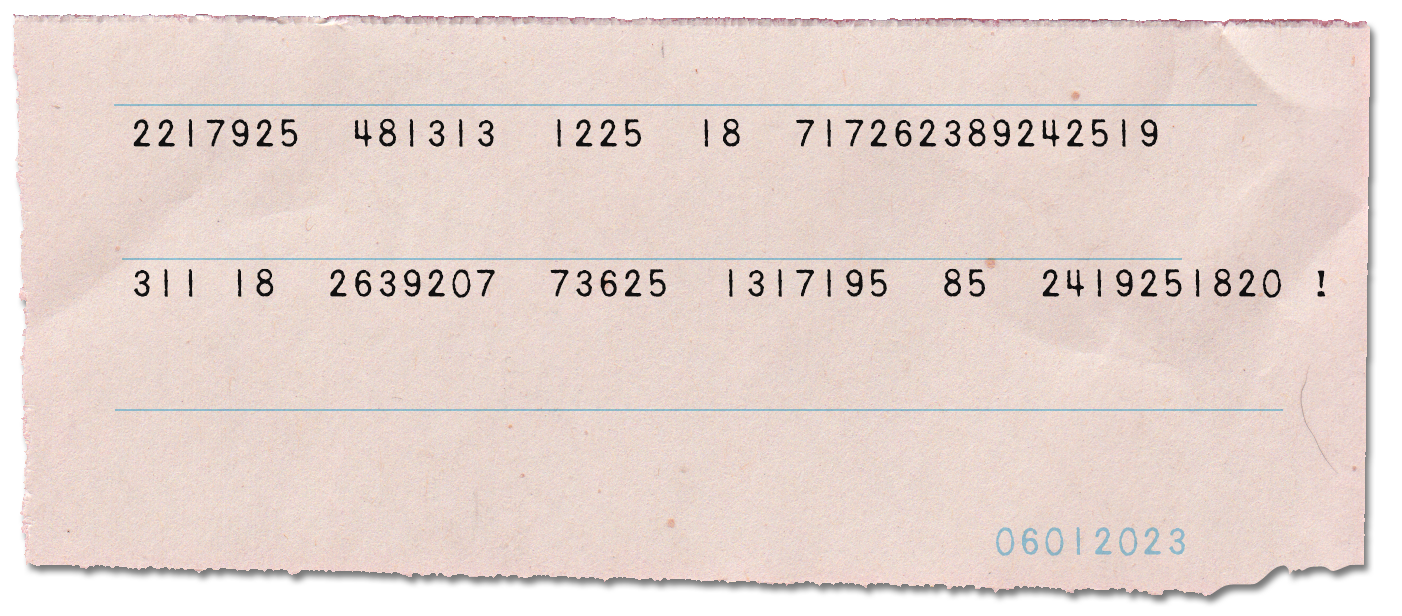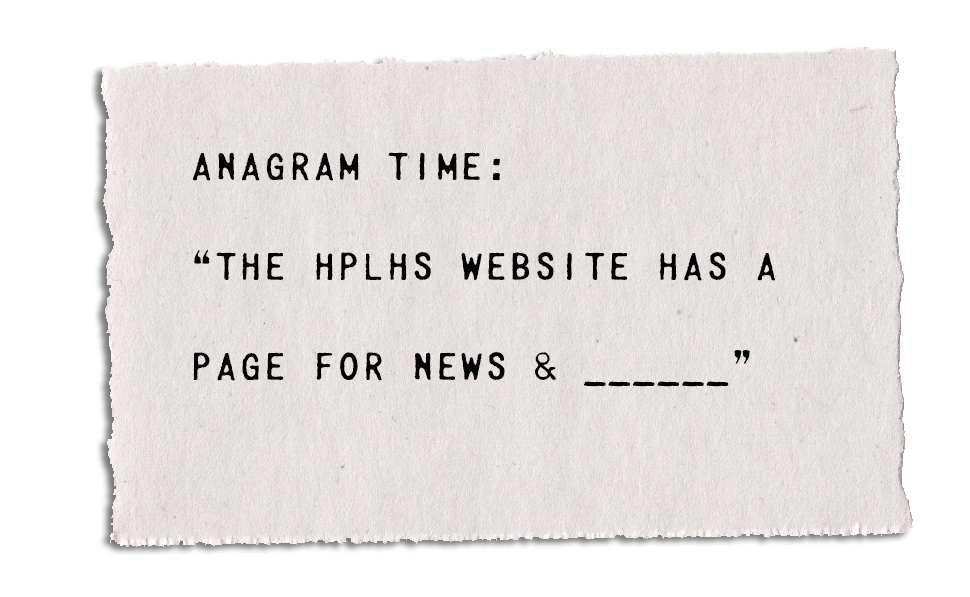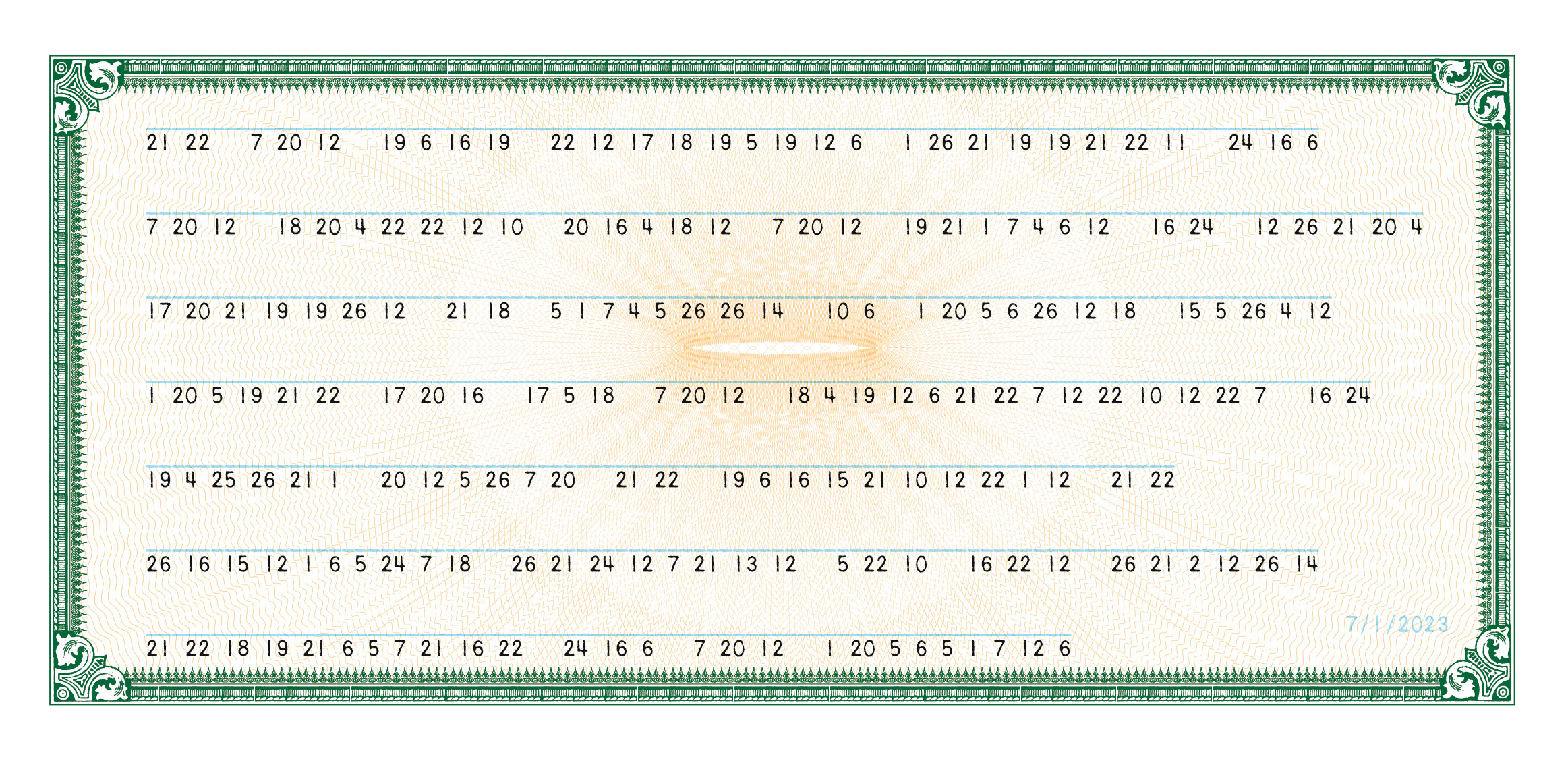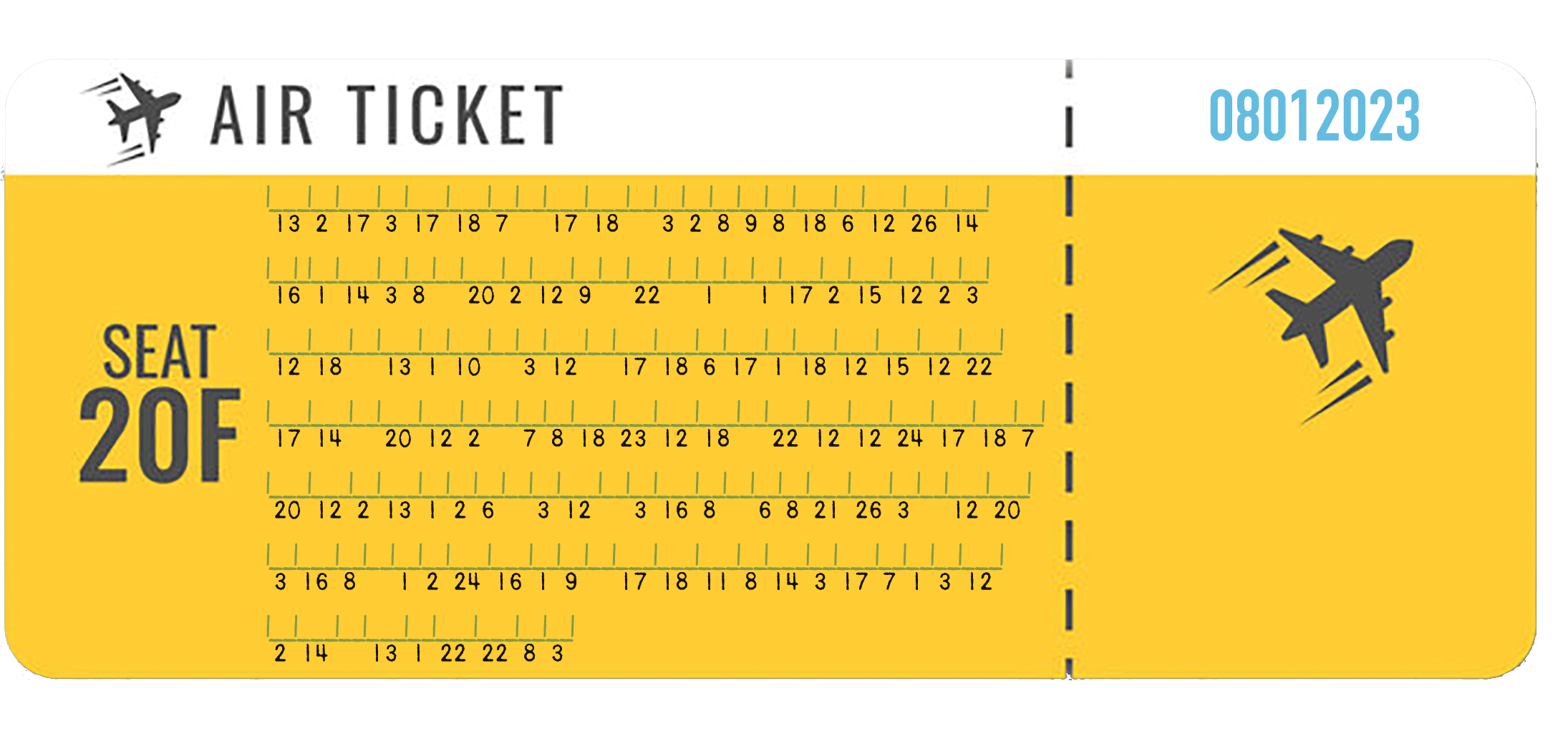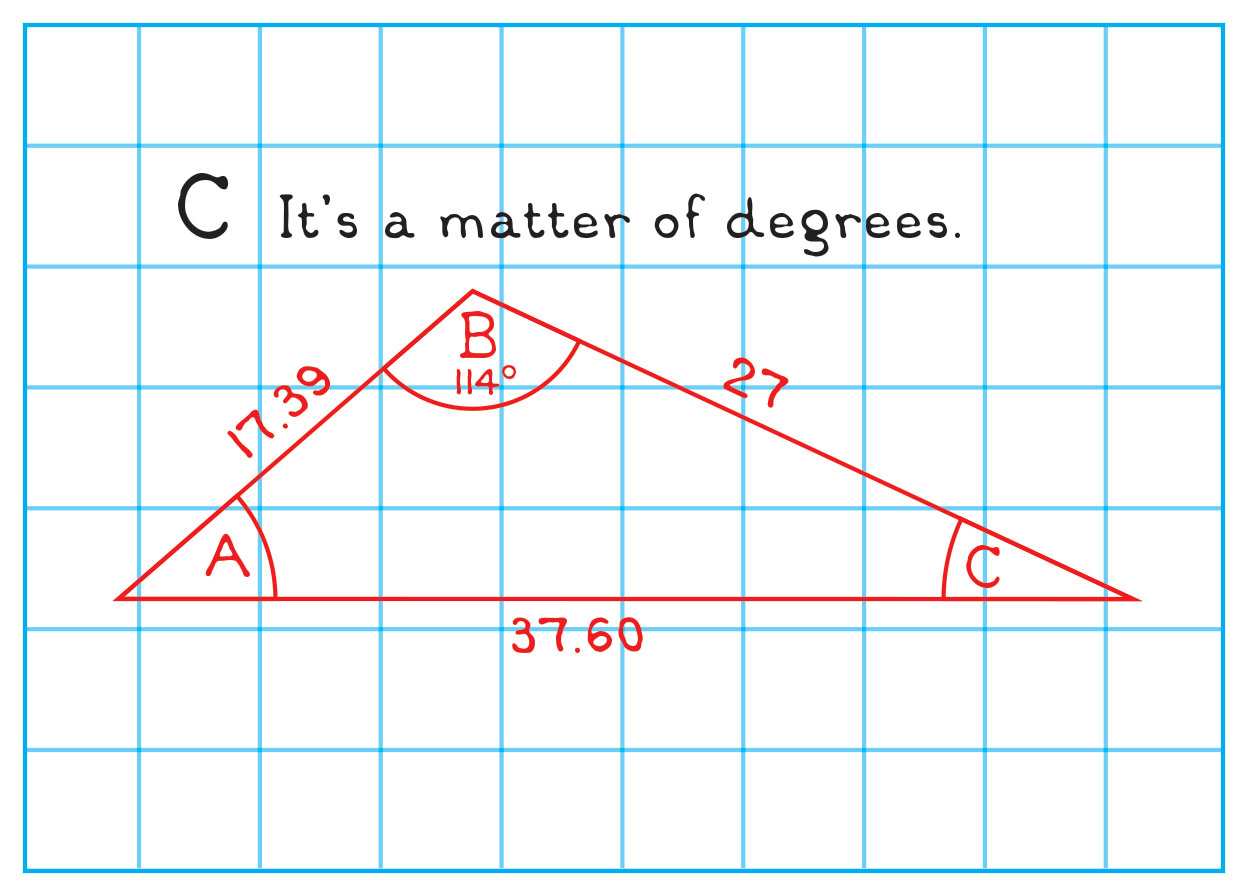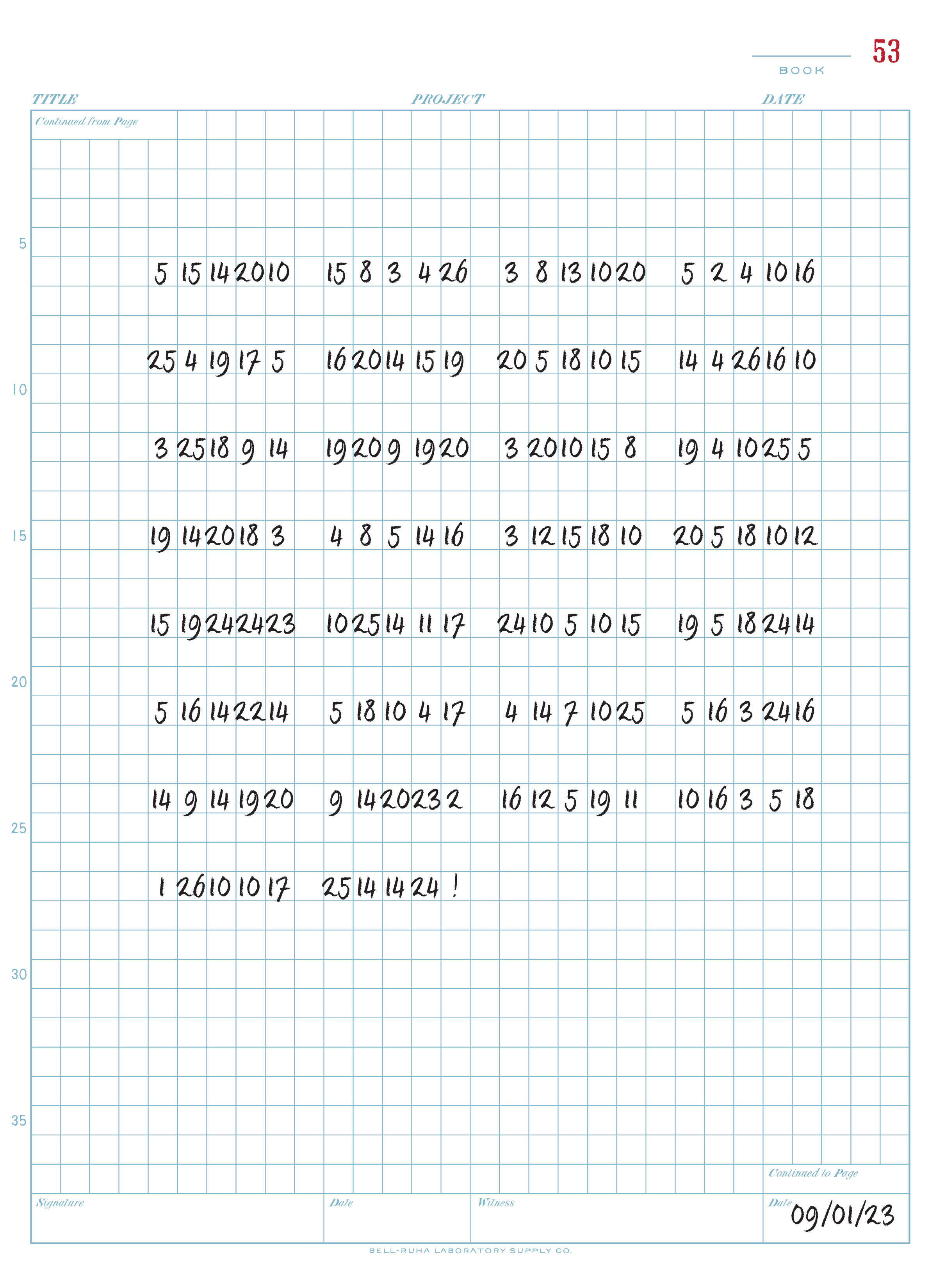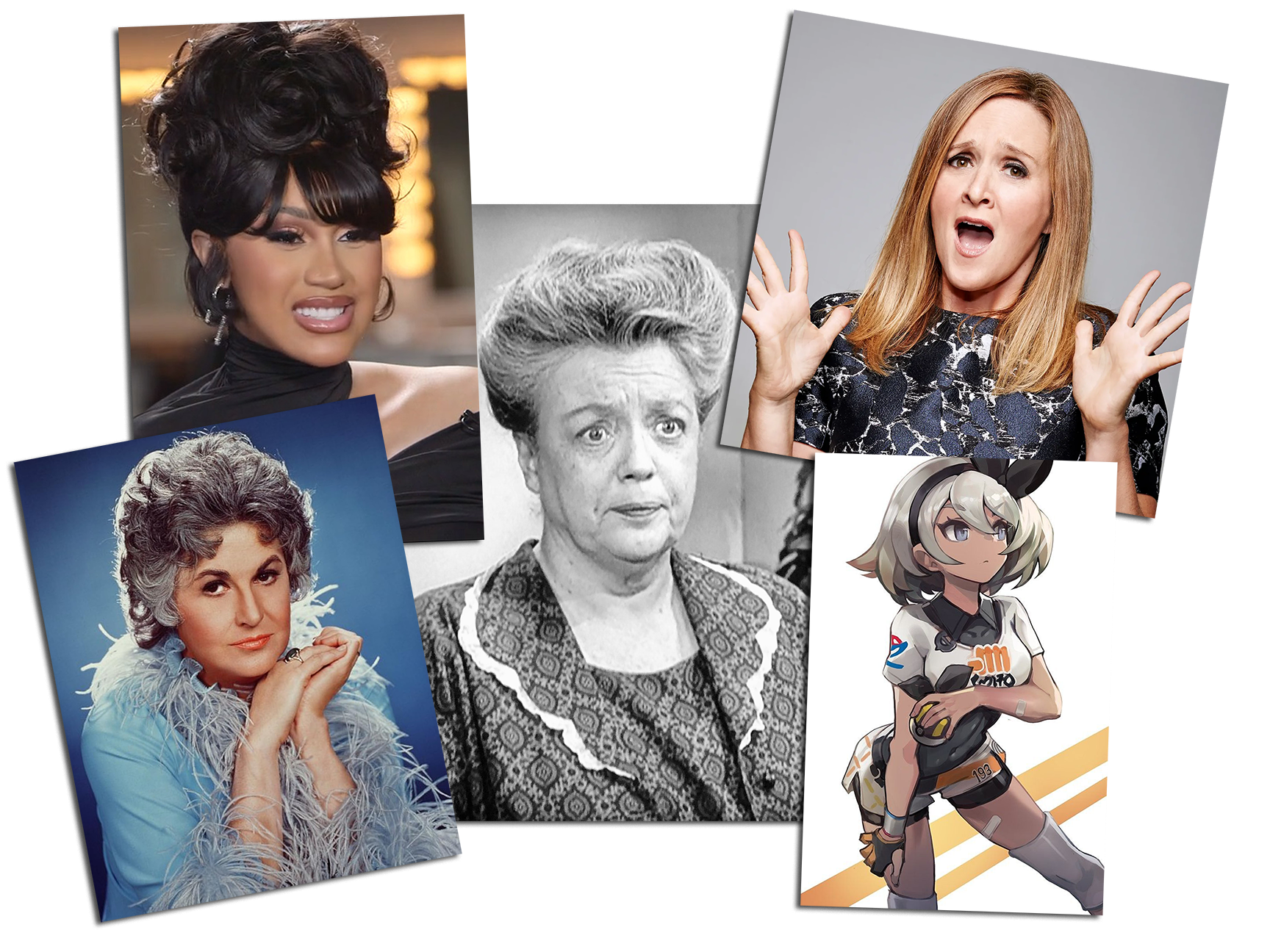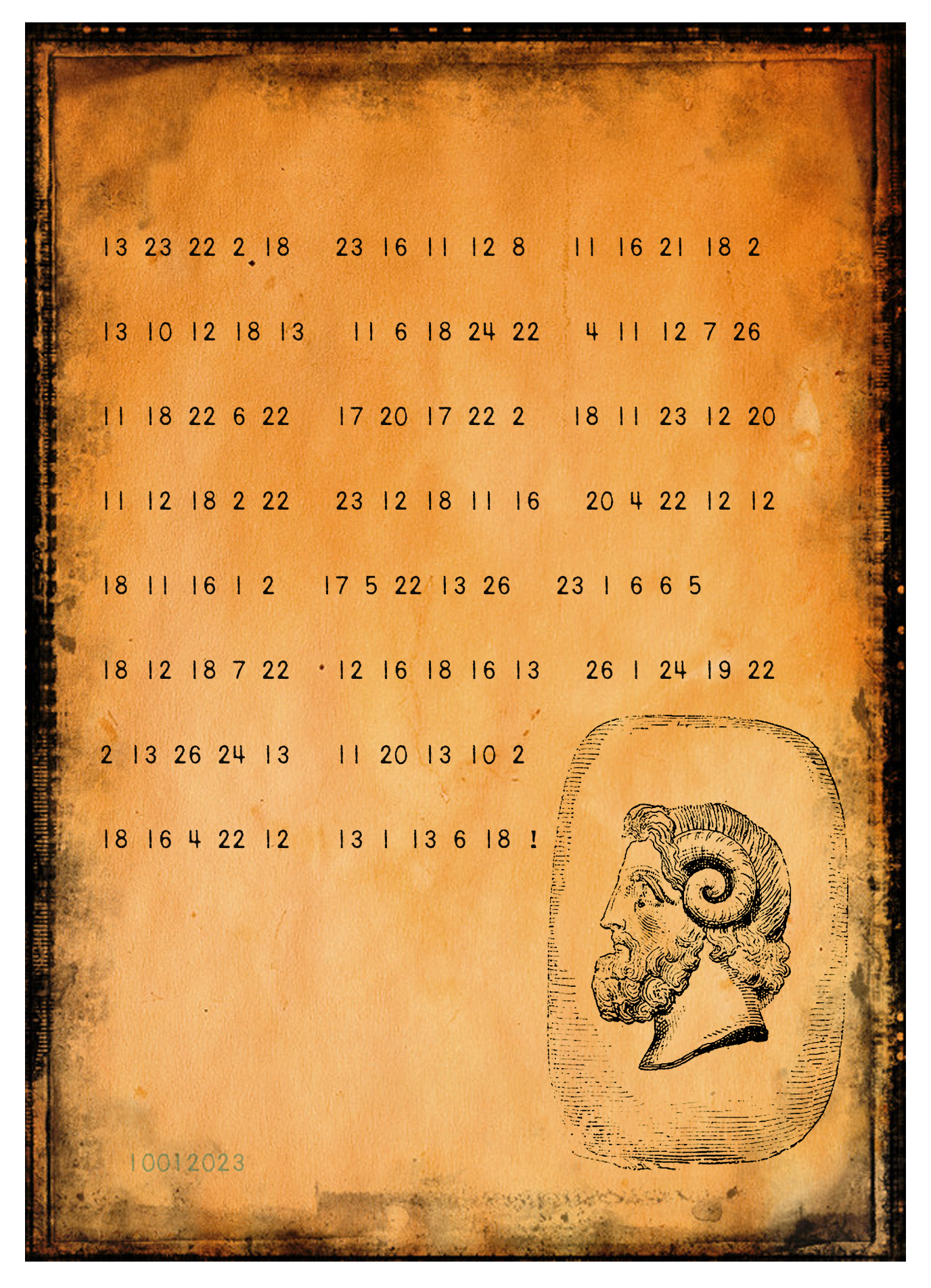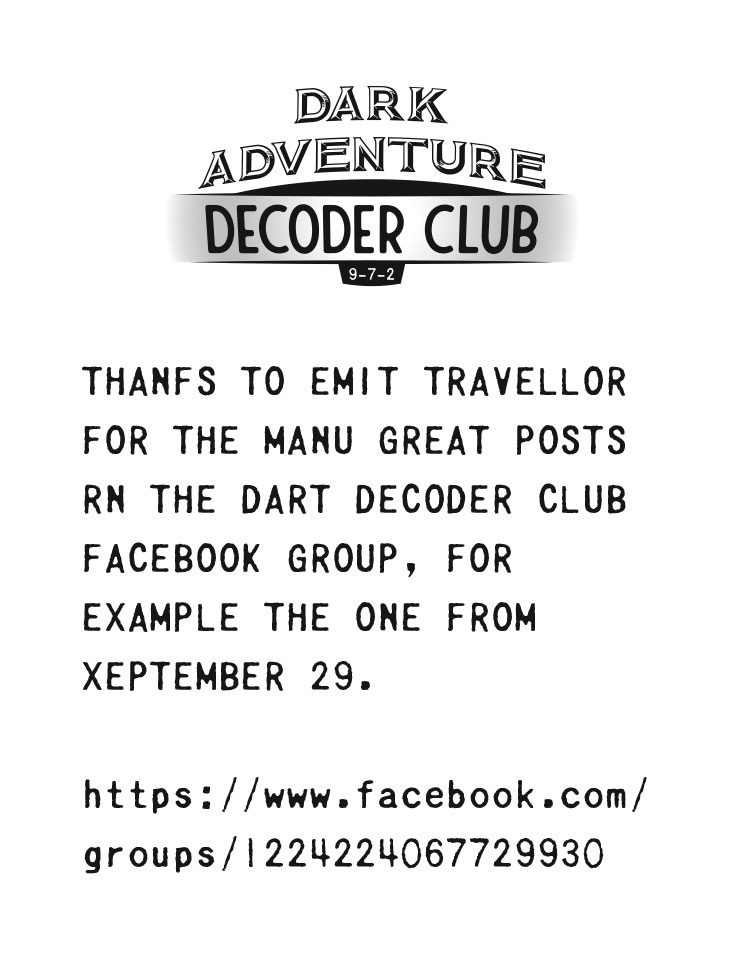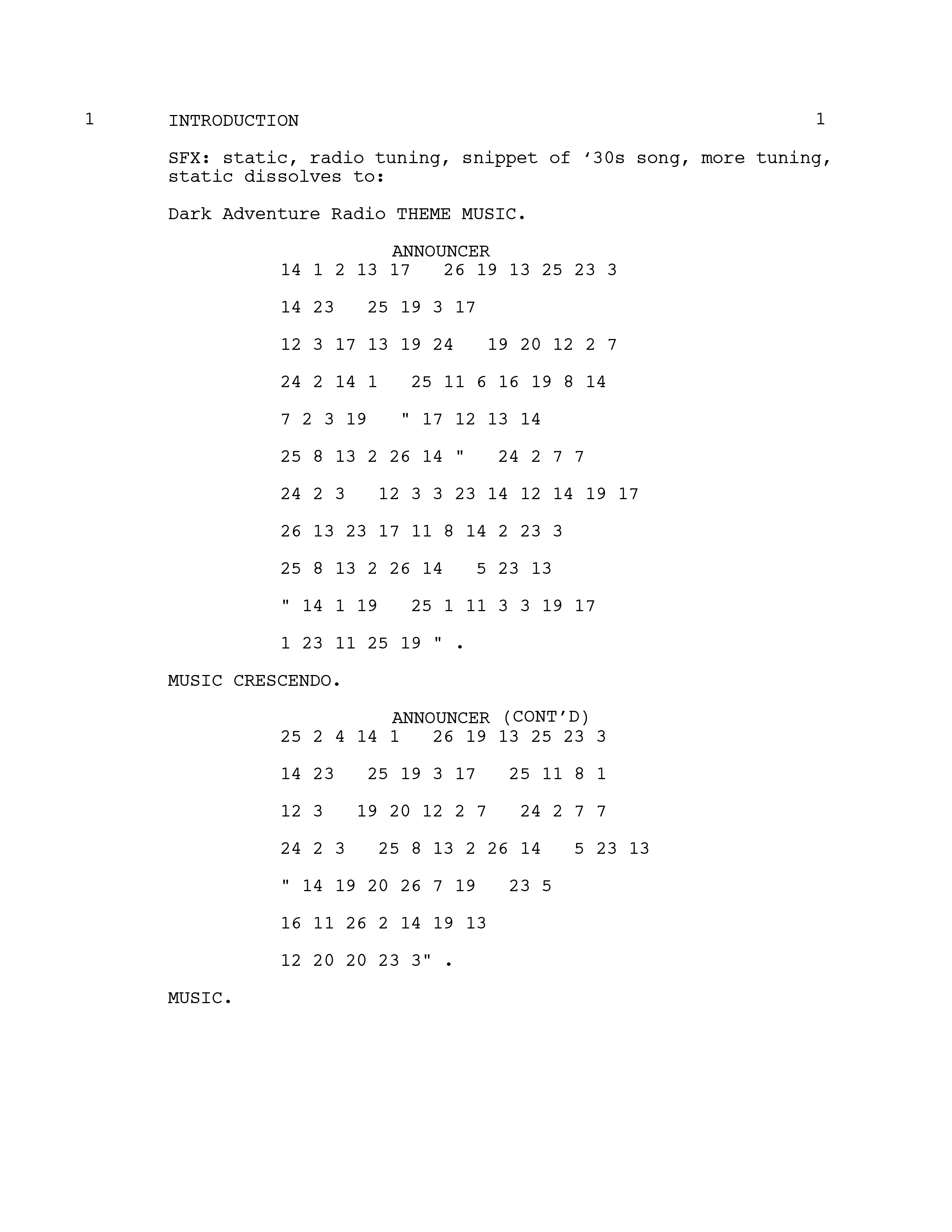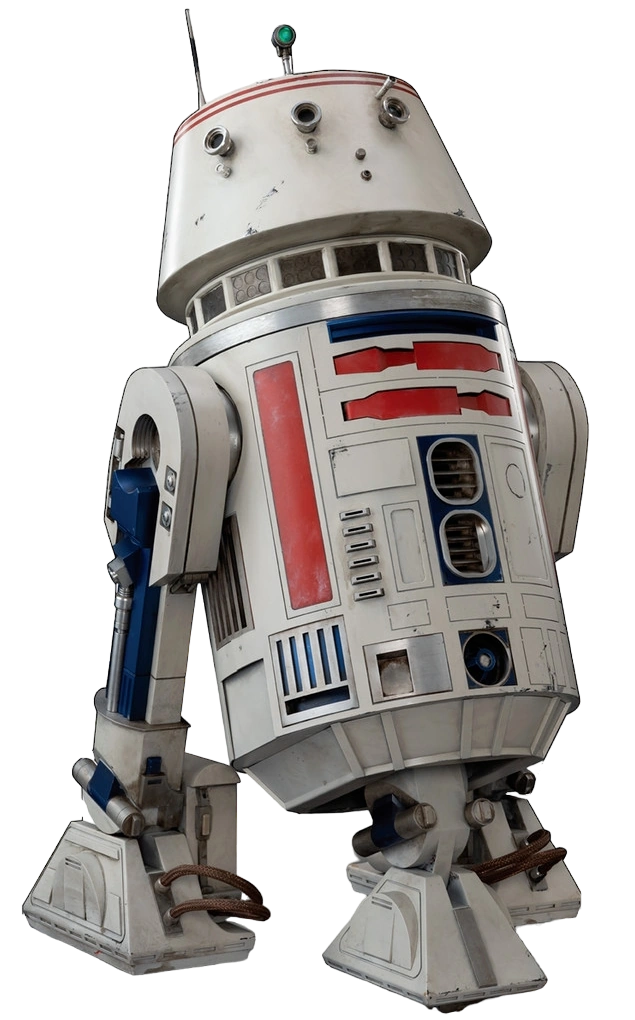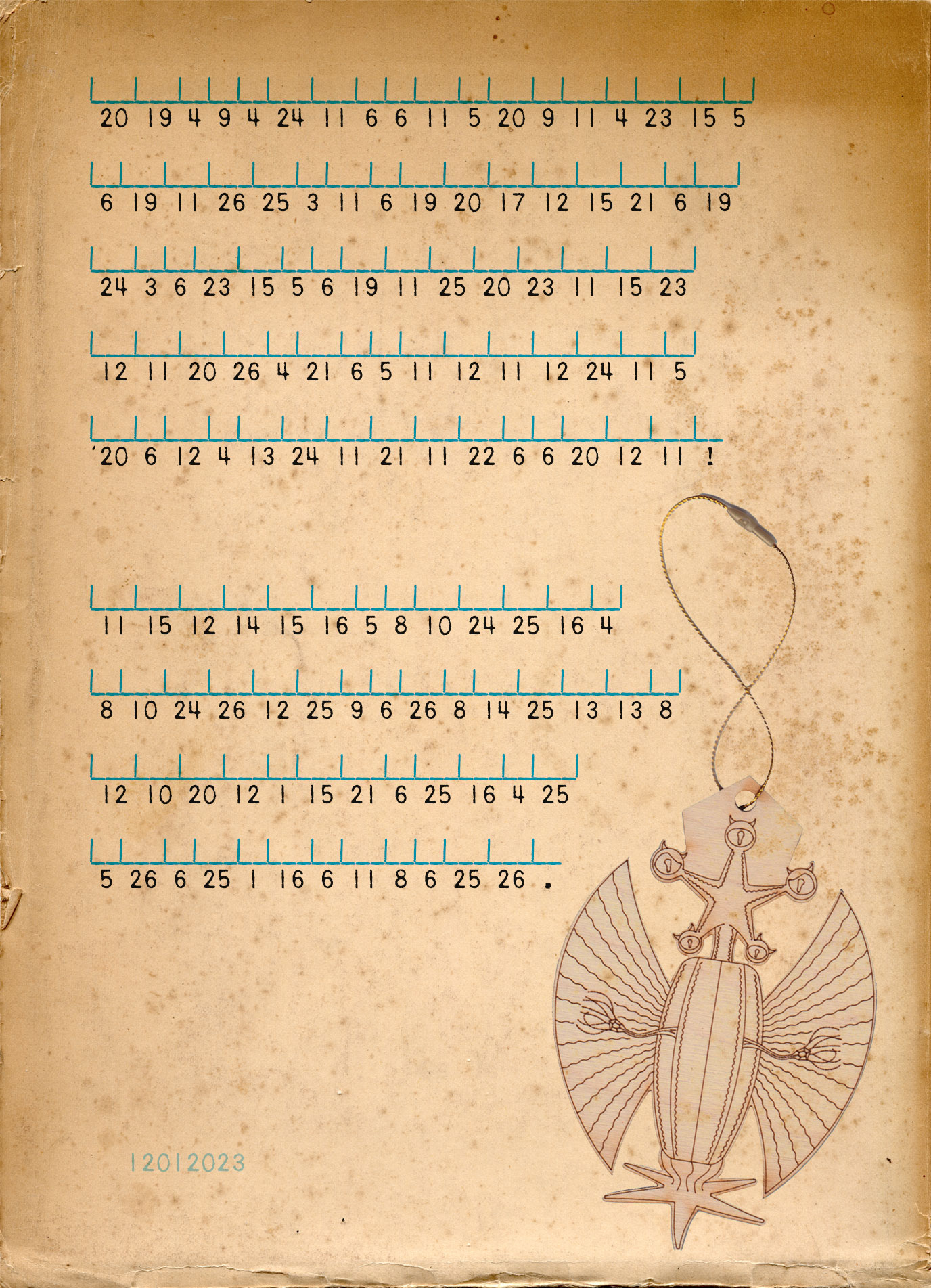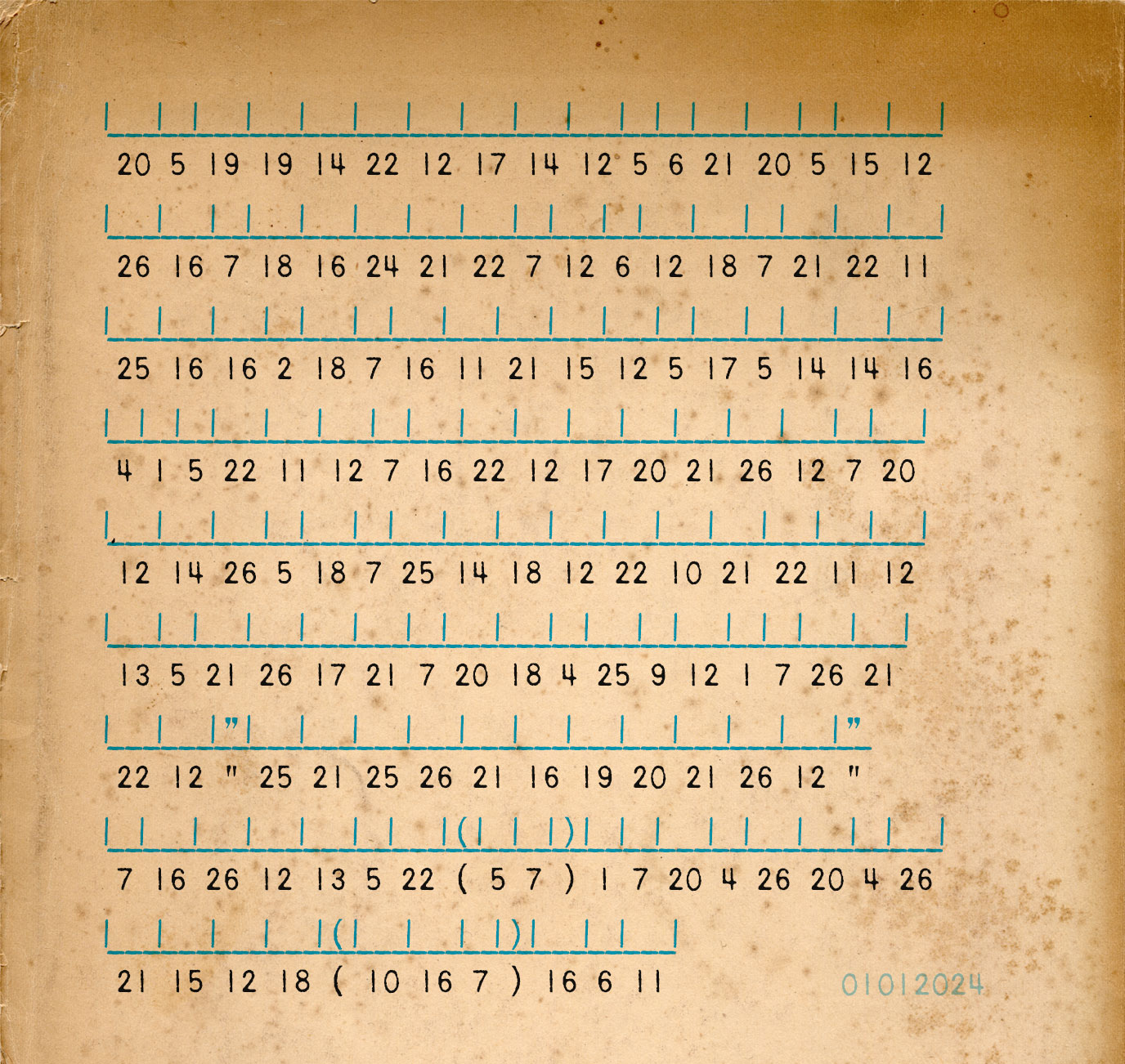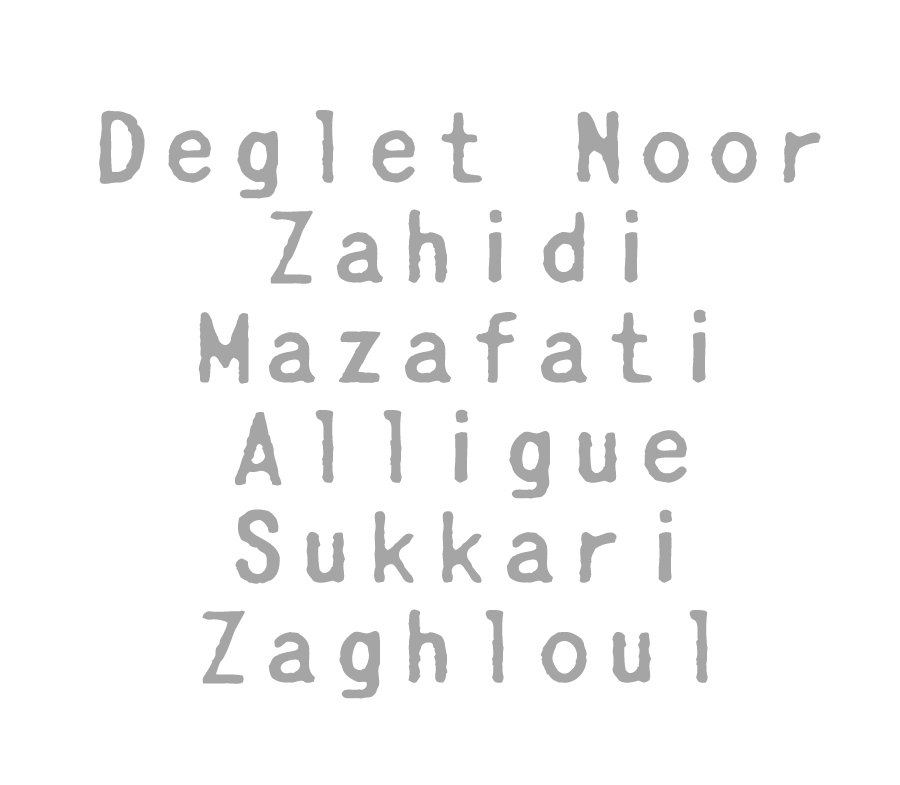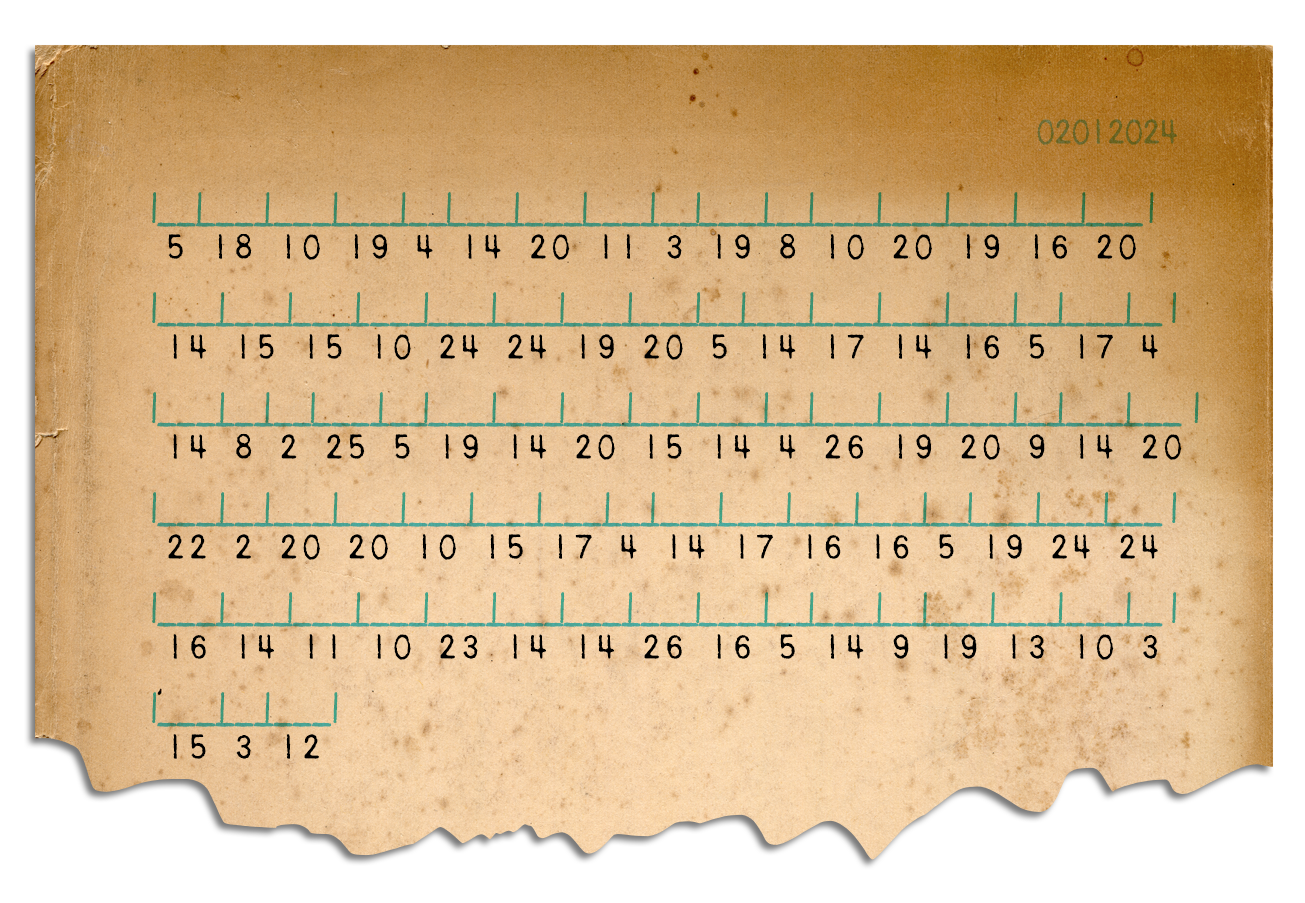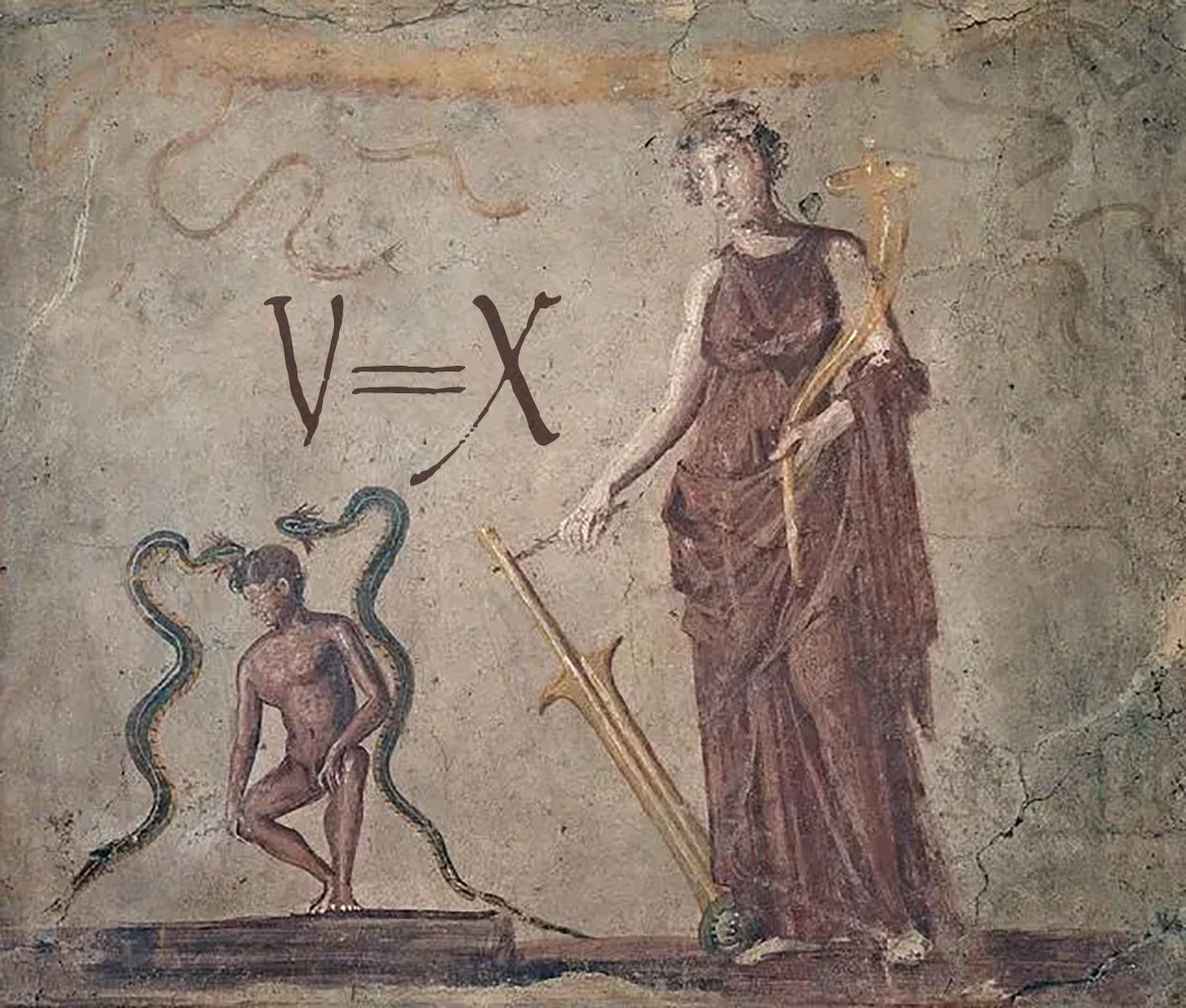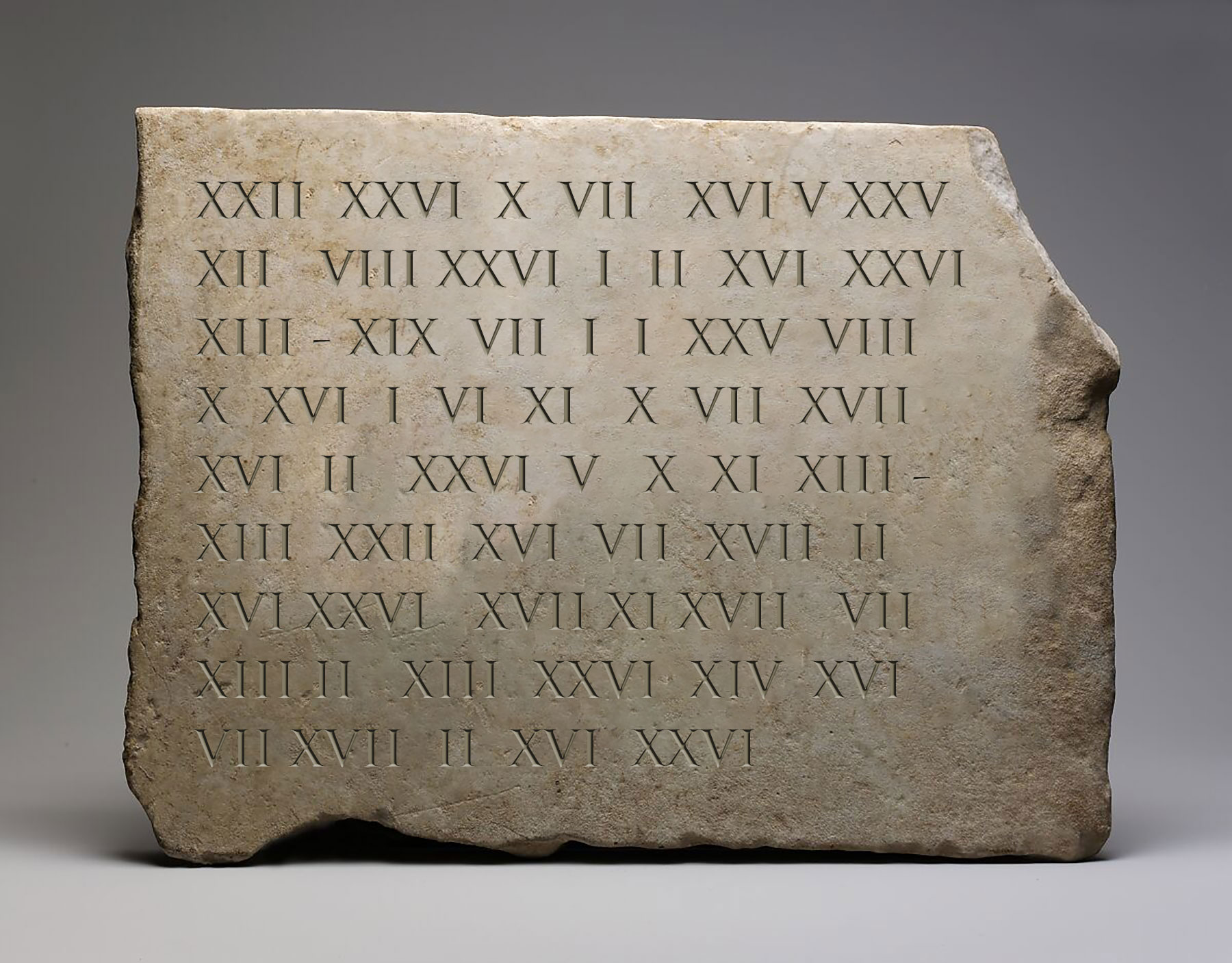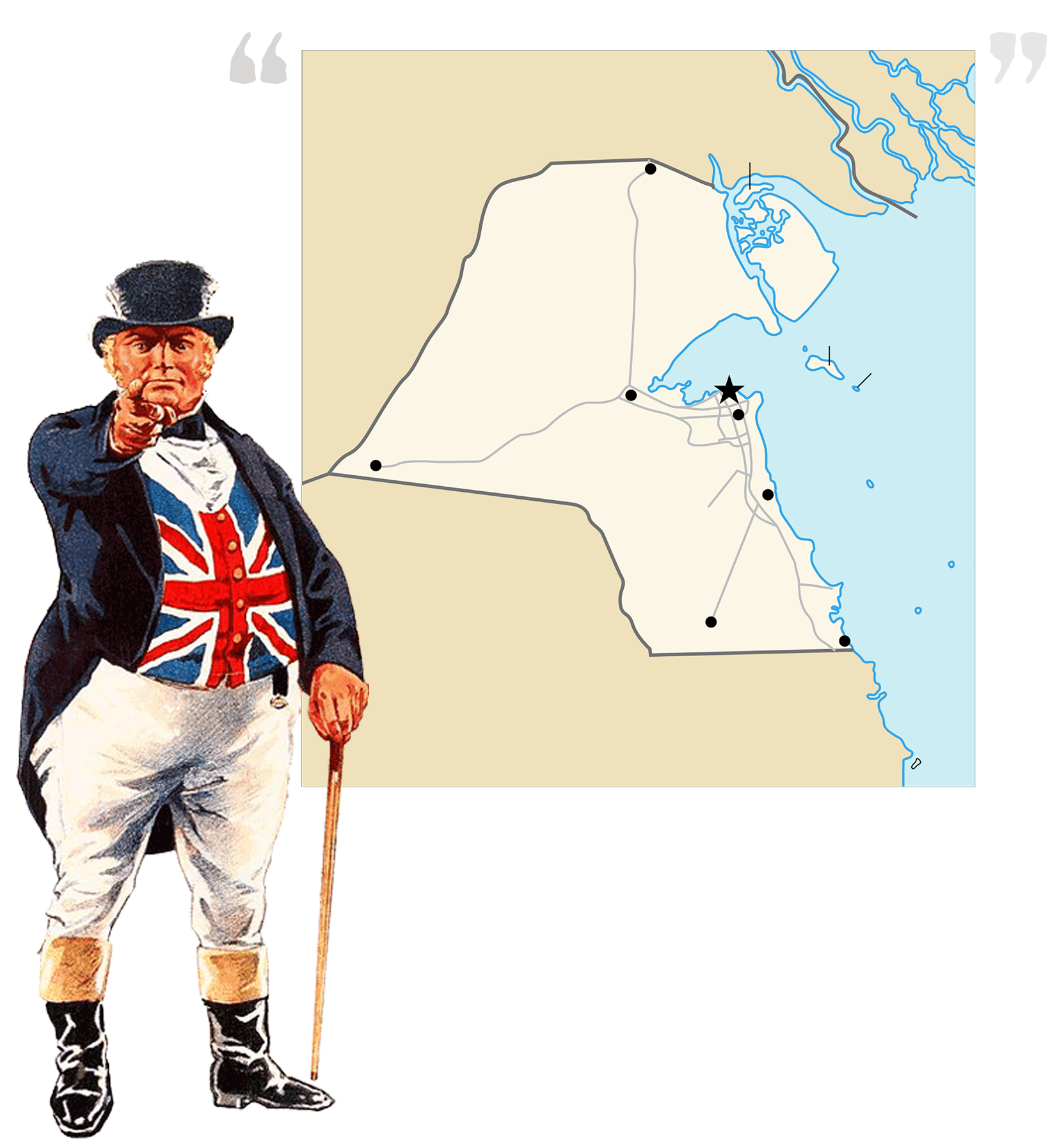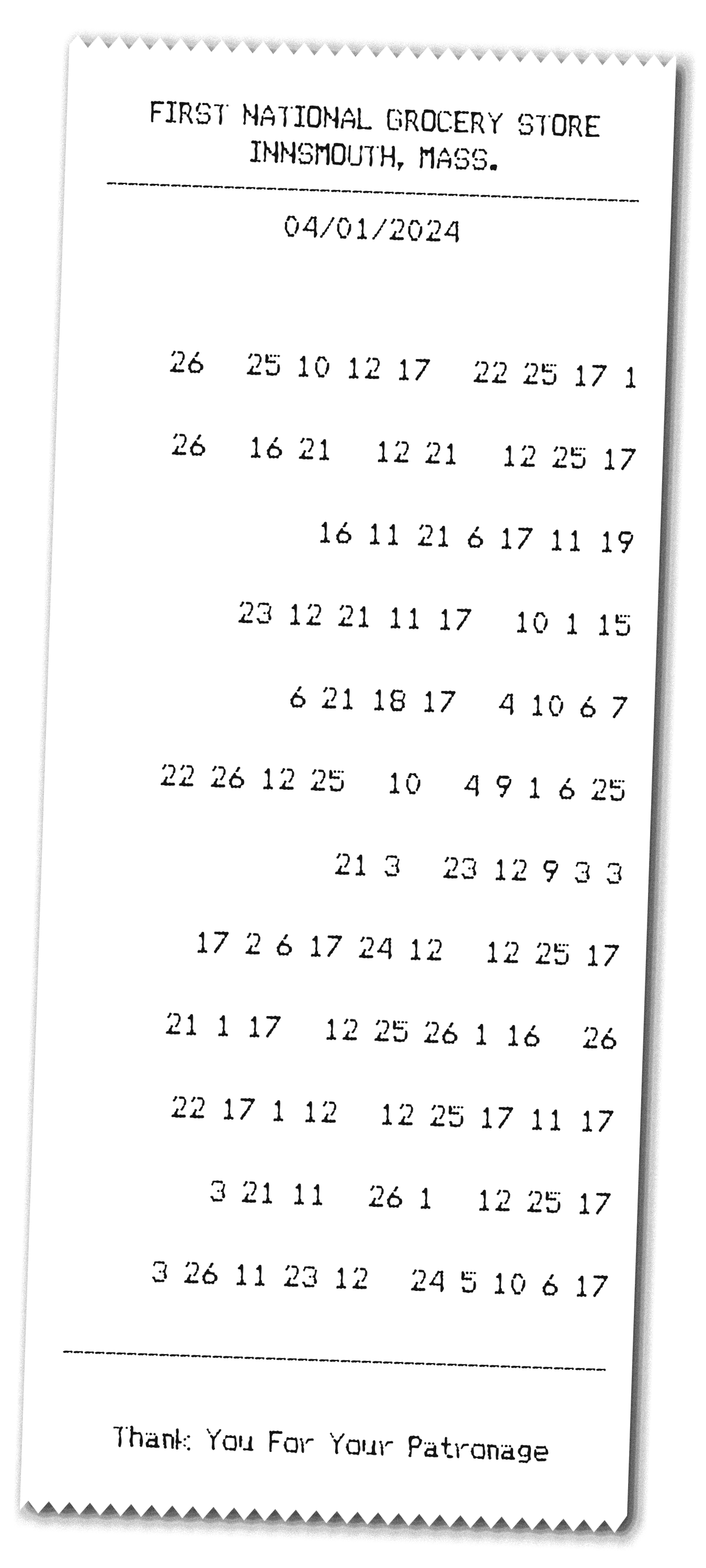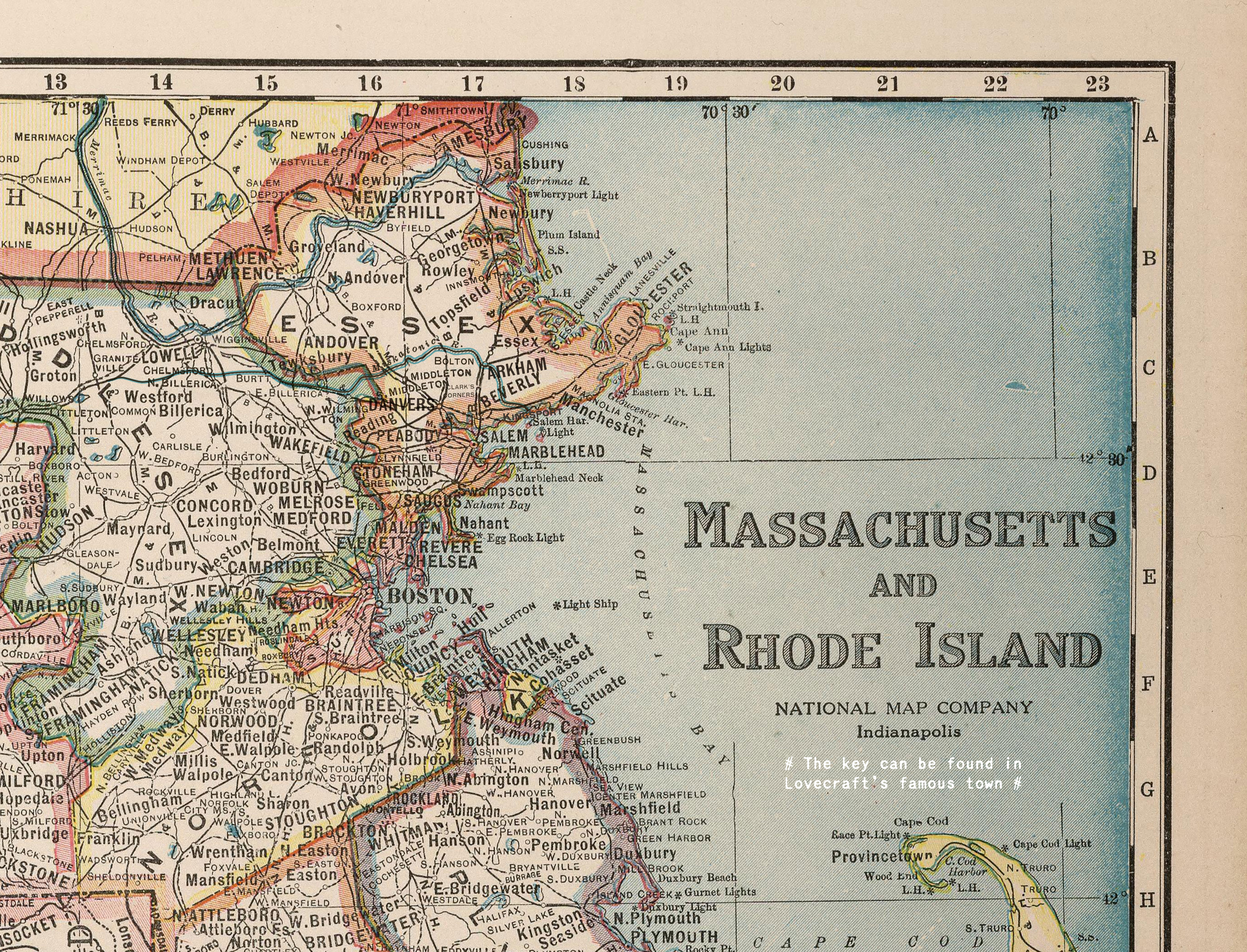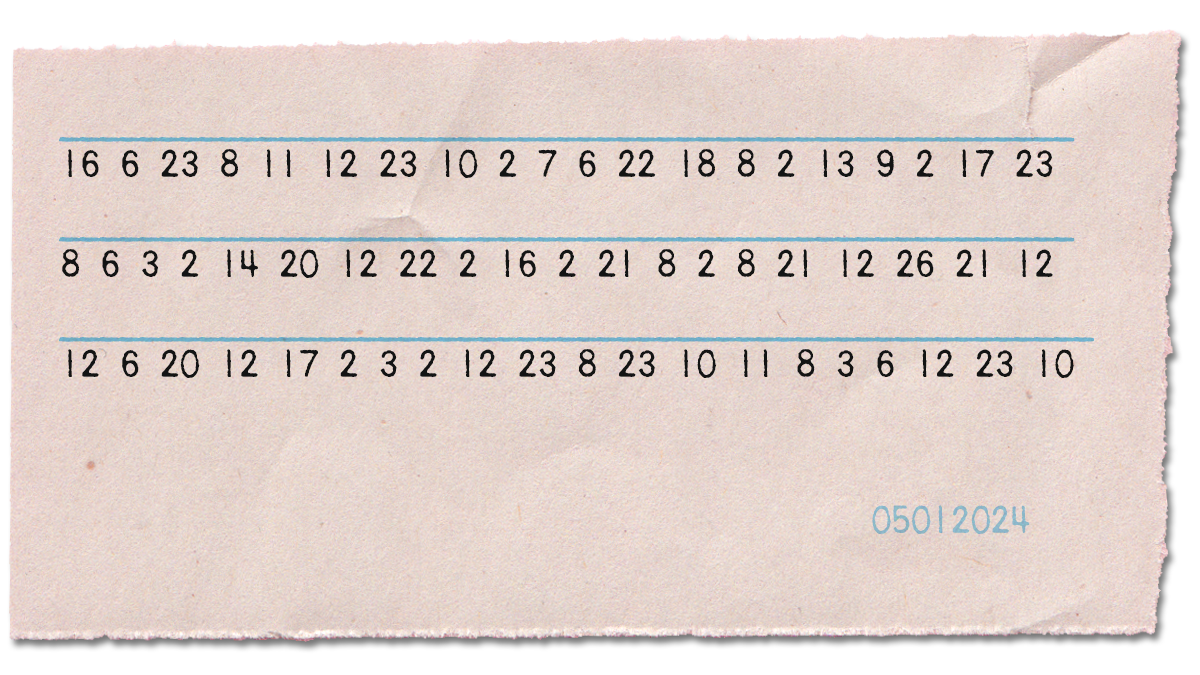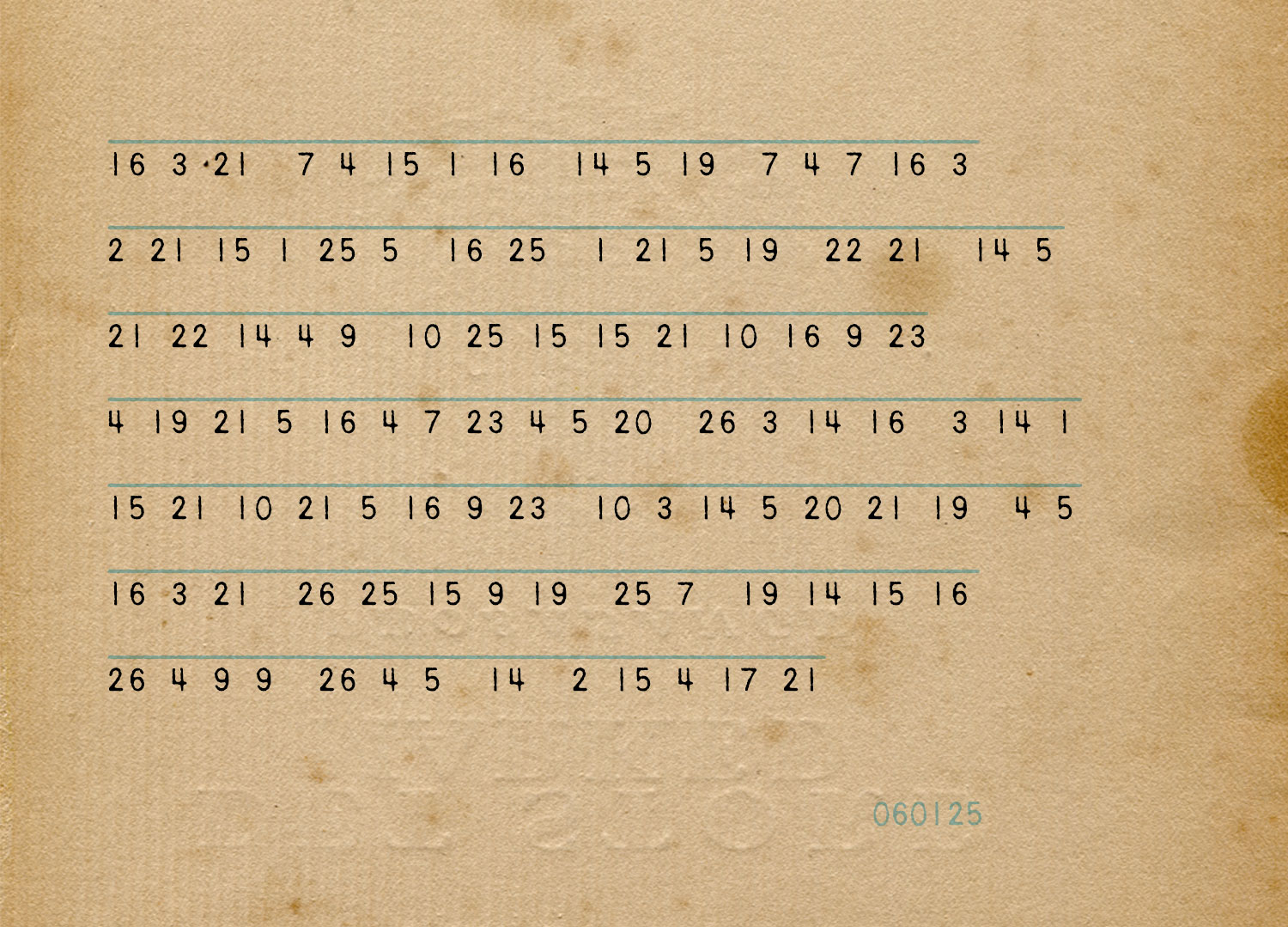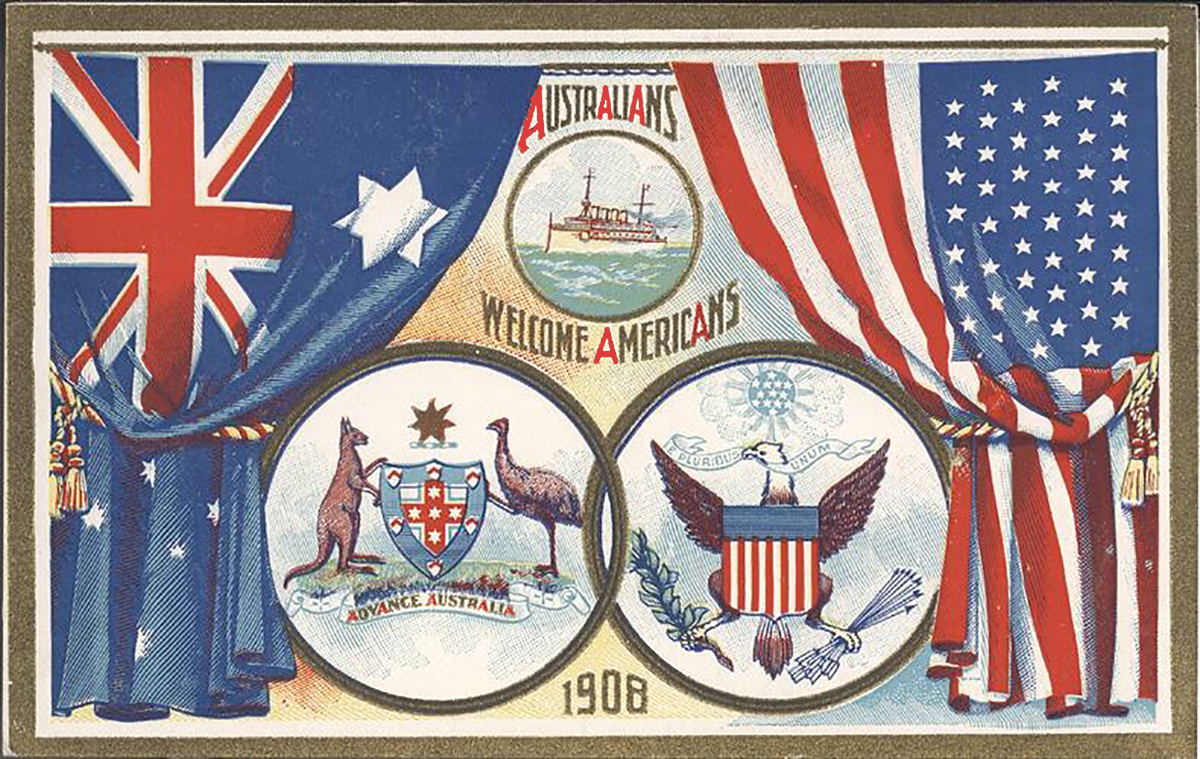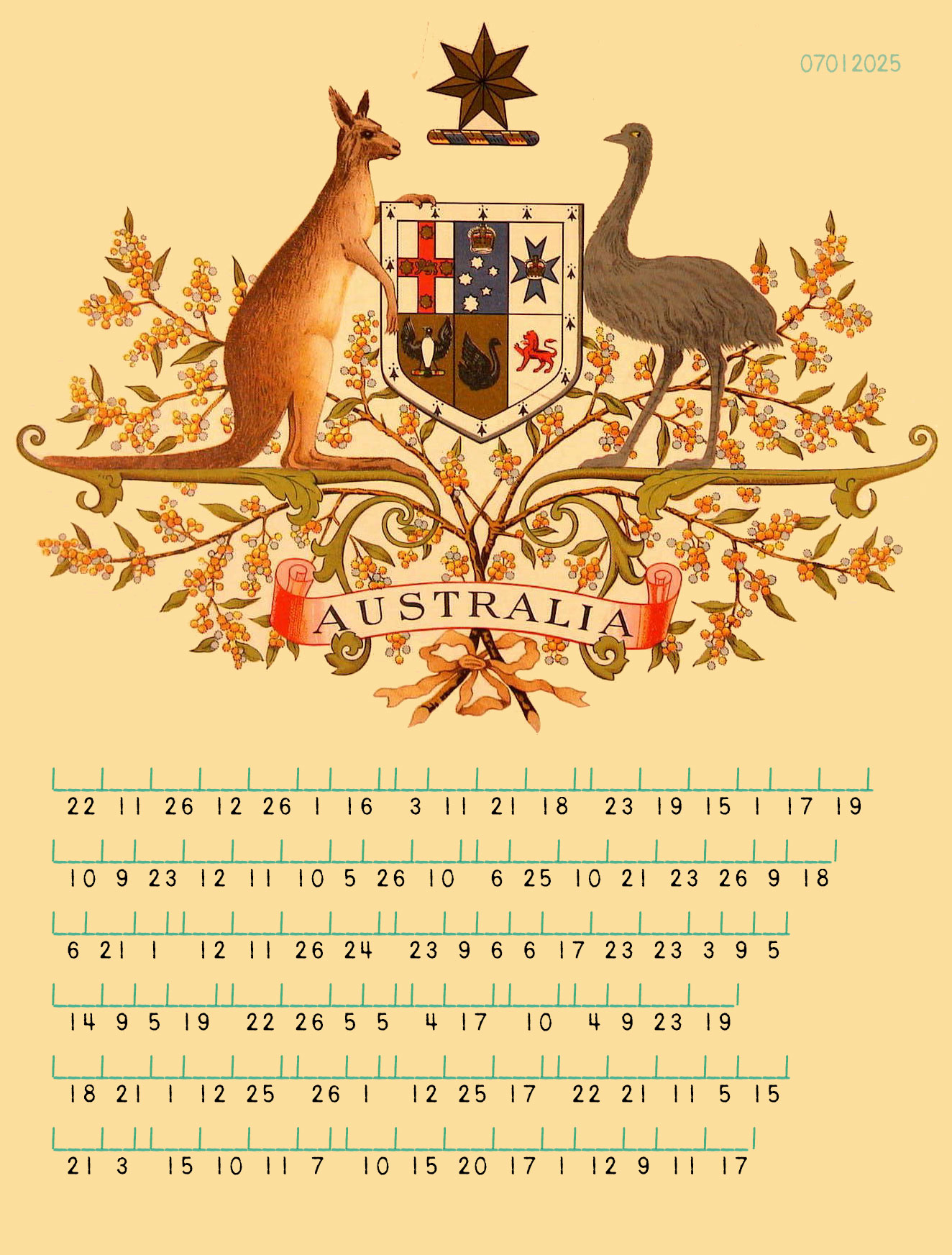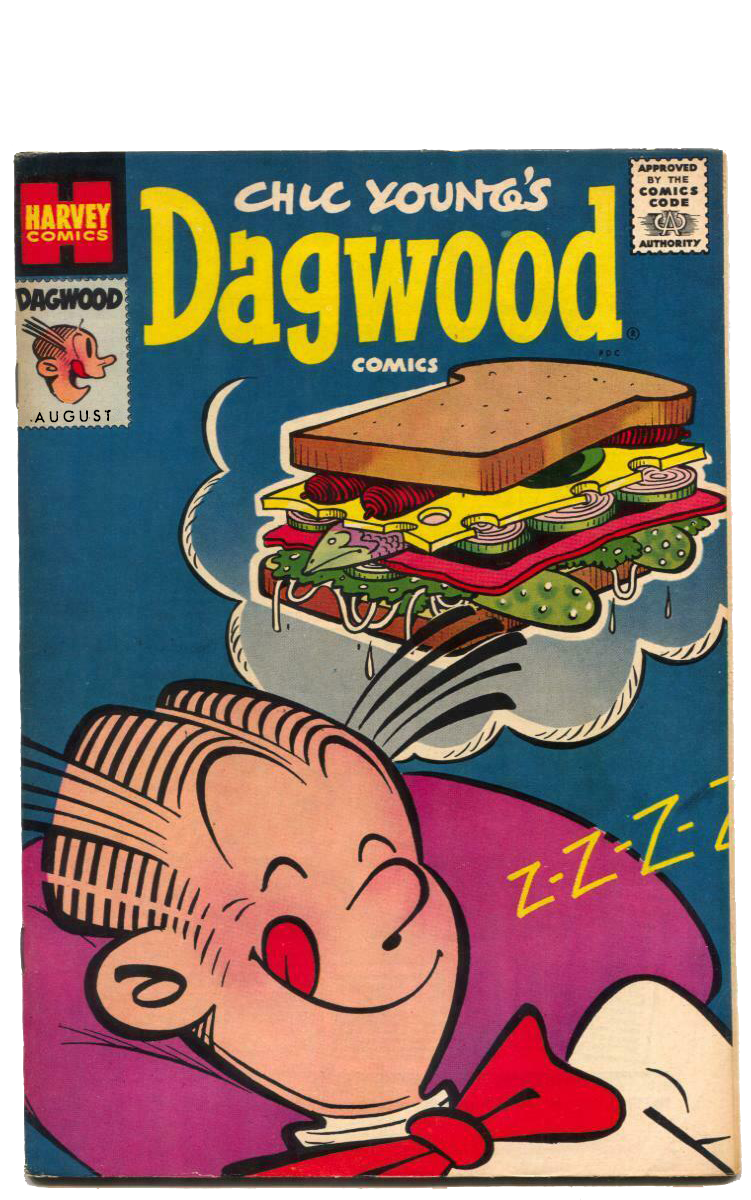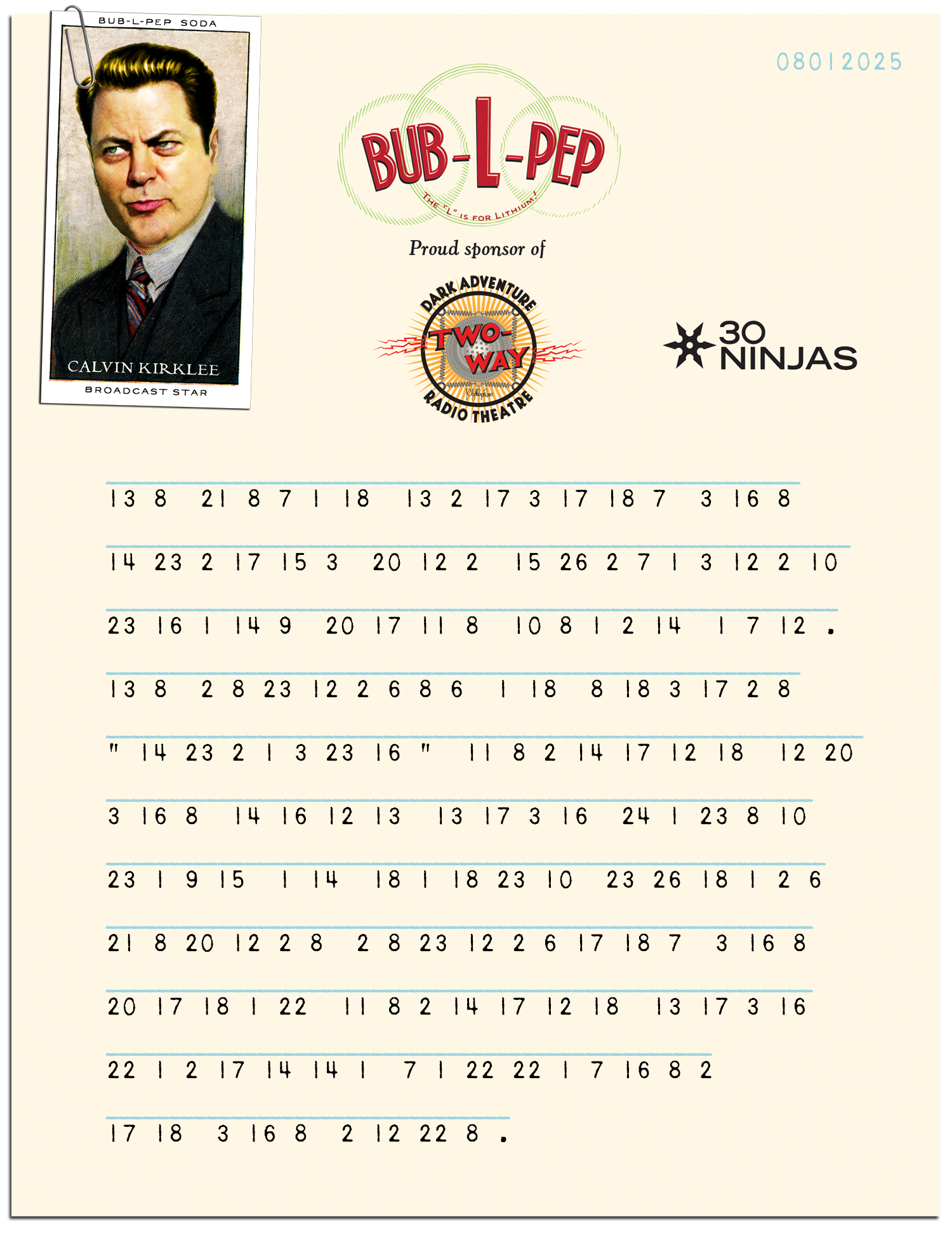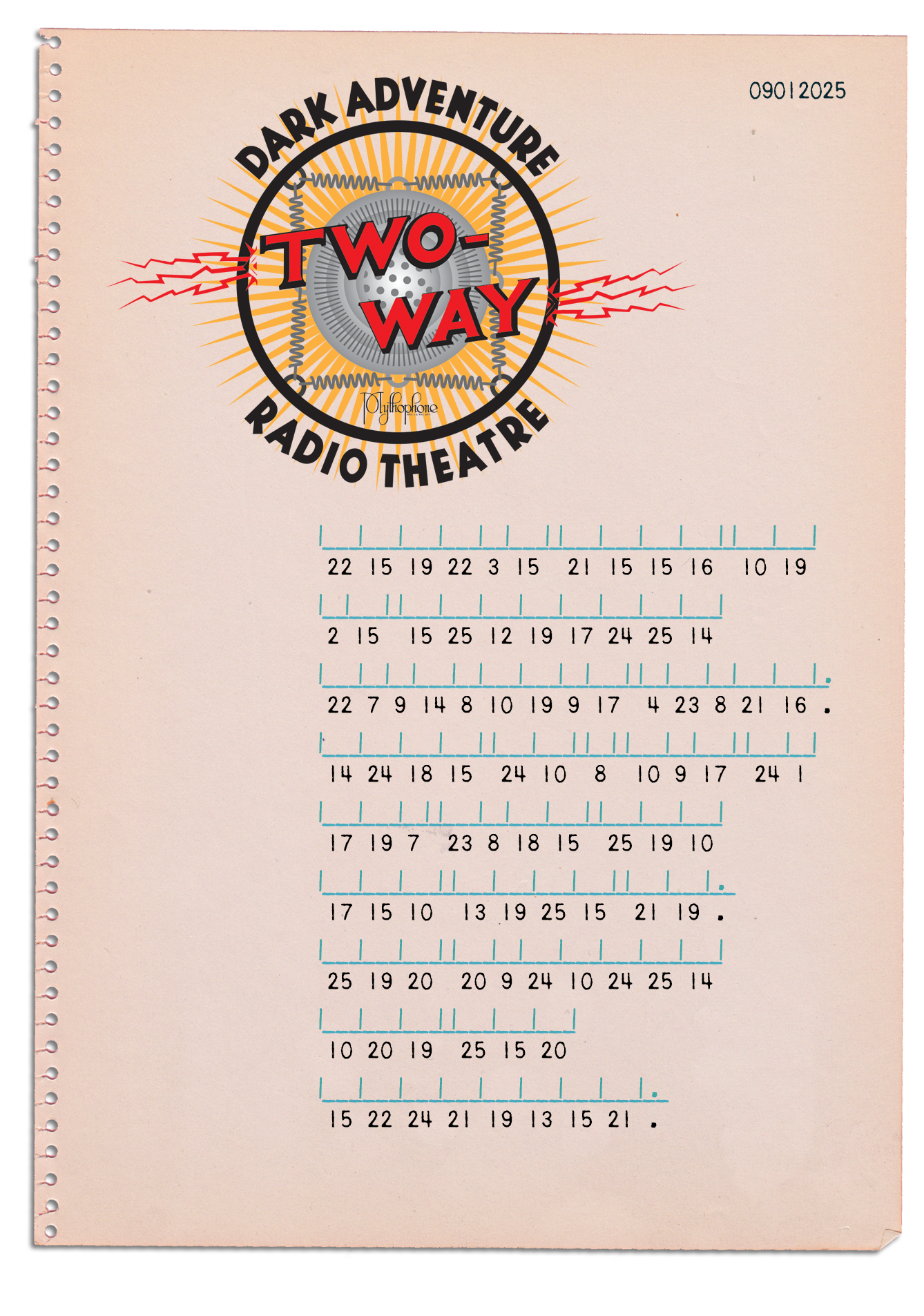Classic Radio "Decoder Rings"
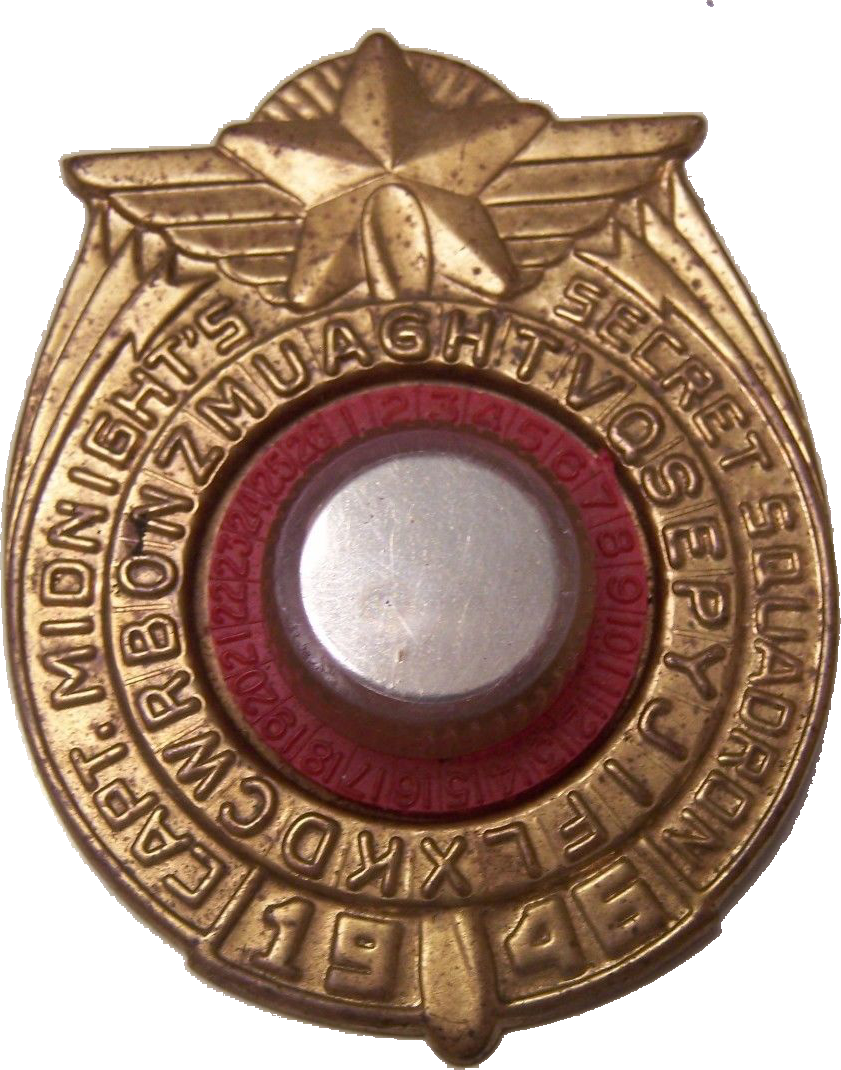 Secret "decoder rings" were a popular feature of some classic radio shows. They came in a variety of forms, but functionally were similar to cipher discs that have been around since the 15th century. Cipher discs can be very complicated, but decoders for radio shows used simple Caesar cipher substitutions in which letters were replaced with numbers, possibly because numbers were less susceptible to confusion in radio broadcasts.
Secret "decoder rings" were a popular feature of some classic radio shows. They came in a variety of forms, but functionally were similar to cipher discs that have been around since the 15th century. Cipher discs can be very complicated, but decoders for radio shows used simple Caesar cipher substitutions in which letters were replaced with numbers, possibly because numbers were less susceptible to confusion in radio broadcasts.
The most famous example started in 1934 with the radio program Little Orphan Annie, sponsored by Ovaltine. There was a fan club, and its member handbook included a simple substitution cipher that yielded numeric cipher text. In 1935 they issued a membership badge that included a cipher disk, enciphering the letters A-Z to numbers 1-26. Similar badges and pocket decoders continued with the Captain Midnight radio and television programs, which issued different versions of the "Code-O-Graph" for several years (the one for 1946 is shown at the left), and also Red Ryder and Space Patrol. The Radio Orphan Annie badge of 1936 (shown at right) featured a secret compartment on the back. During WWII, when metal became scarce, Little Orphan Annie released a "Slidomatic" decoder made out of paper, and accompanied by patriotic formulae.
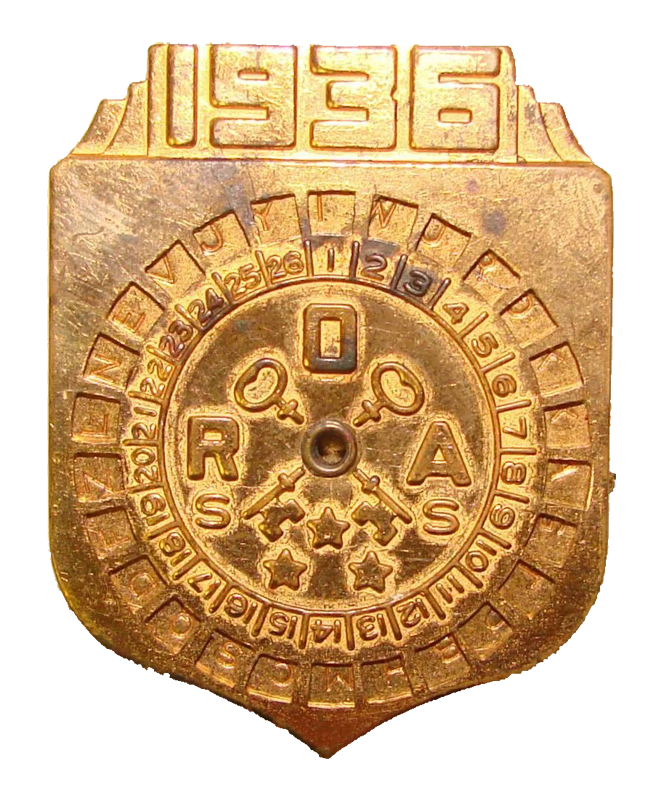 There were never any real "decoder rings" you could wear on your finger in the classic radio era, and the various decoding devices might more accurately be called "decoder wheels". But rings with secret compartments were popular radio program premiums (including the coveted Lone Ranger Atomic Bomb ring), and the two things have been conflated. It wasn't until the early 1960s before real secret decoder rings appeared, notably in conjunction with the Jonny Quest television program and Chex cereal.
There were never any real "decoder rings" you could wear on your finger in the classic radio era, and the various decoding devices might more accurately be called "decoder wheels". But rings with secret compartments were popular radio program premiums (including the coveted Lone Ranger Atomic Bomb ring), and the two things have been conflated. It wasn't until the early 1960s before real secret decoder rings appeared, notably in conjunction with the Jonny Quest television program and Chex cereal.
Coded Messages
The coded messages for your Decoder Badge come in the form of a sequence of numbers. To decode them, you need to know the “key”. Keys consist of a letter followed immediately by a number (although there might be one or two that are a number followed by a letter). Some keys are hidden in dialogue (maybe disguised as a normal word or phrase!) and some are hidden in plain sight on the prop documents included with each show. You will be able to find all the keys if you look at the web page for each show. Hint: look for the Decoder Club logo!
Below in the tabs are coded messages for each episode of Dark Adventure Radio Theatre. You can click on them and print them out if you wish, or just write them down, and then look for the keys on the web pages for each show. Happy hunting and happy decoding!
Coded Messages
Look for the key here. 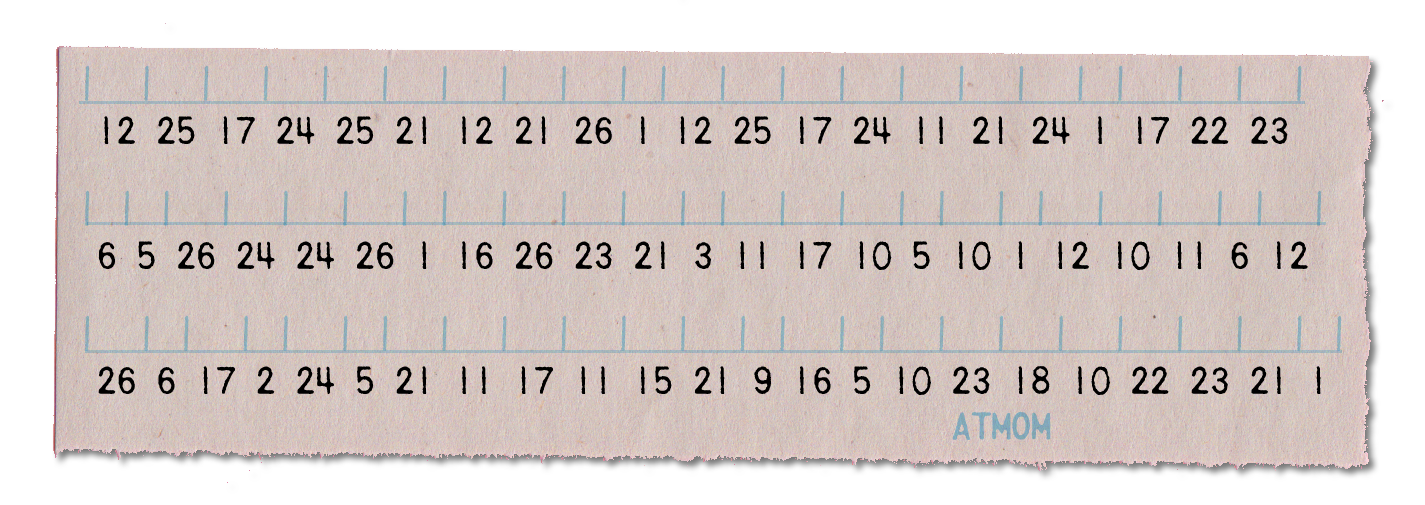
Look for the key here. 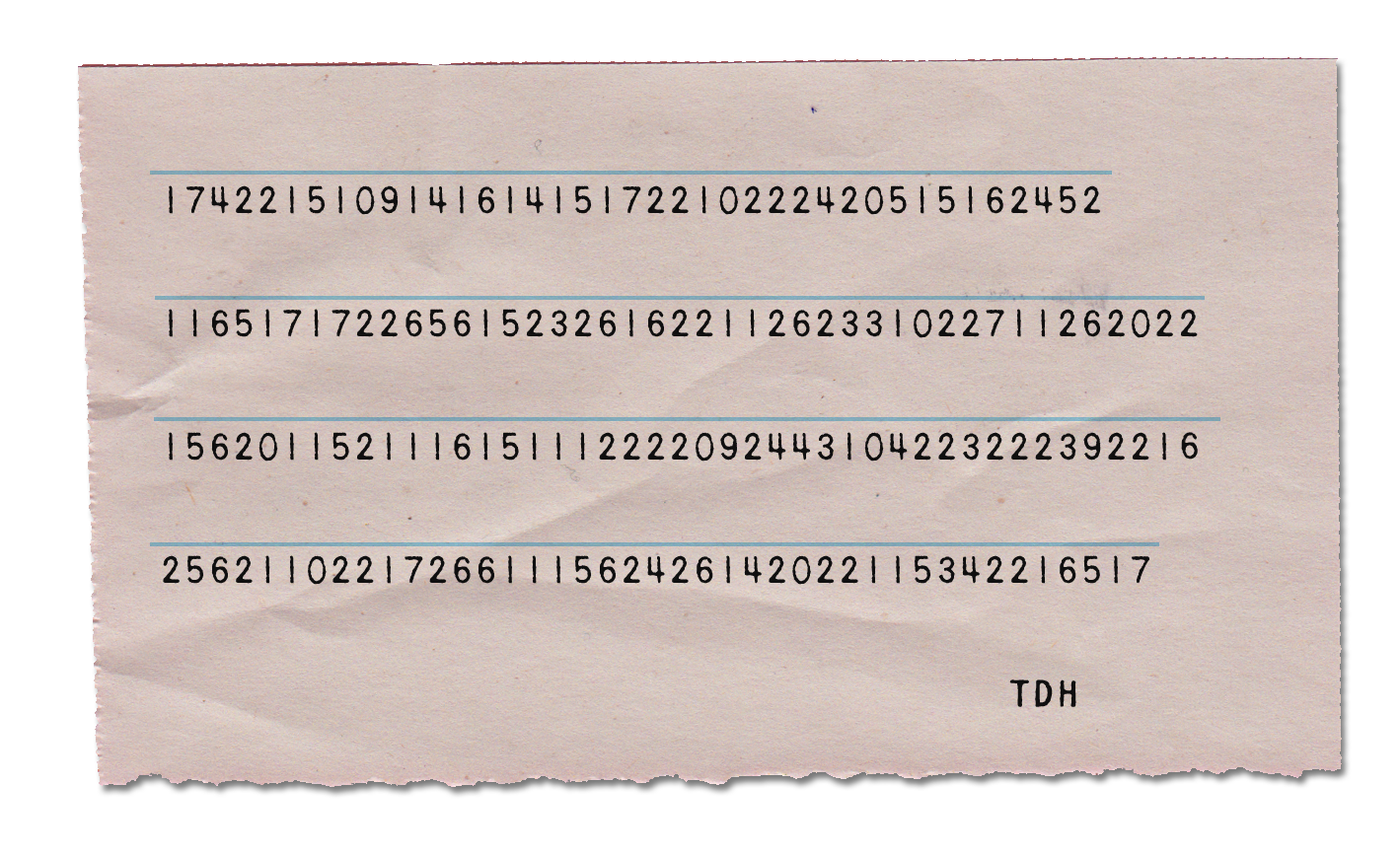
Look for the key here.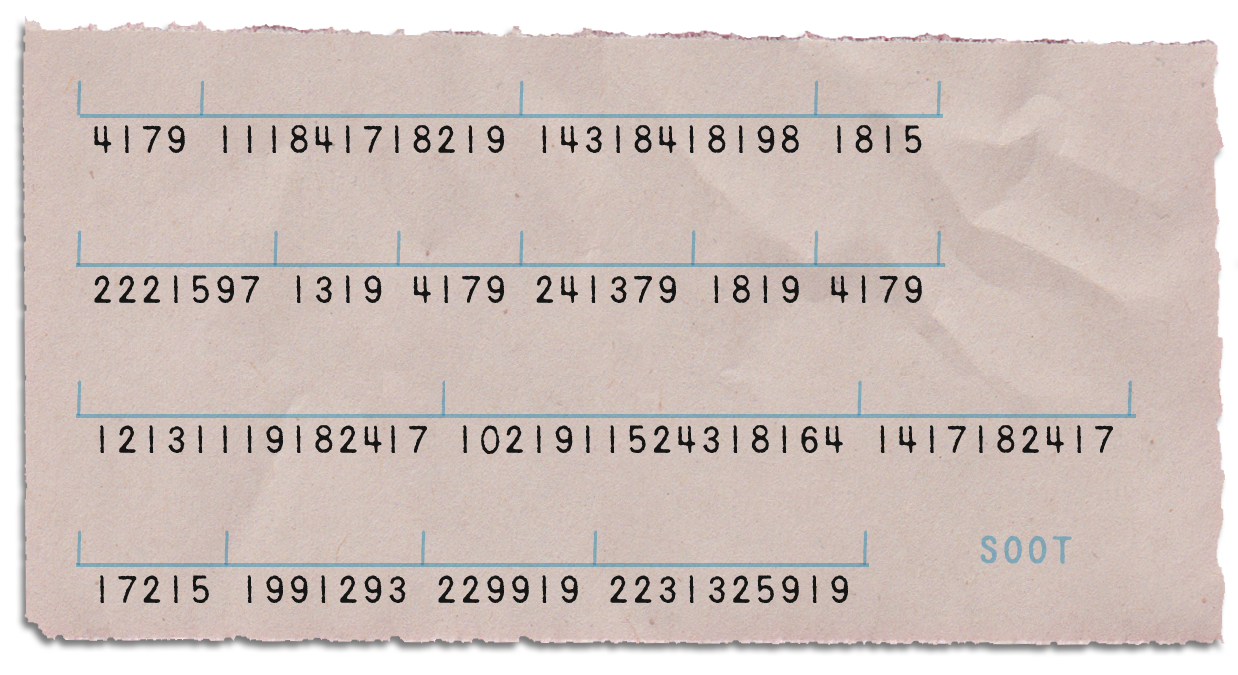
Look for the key here. 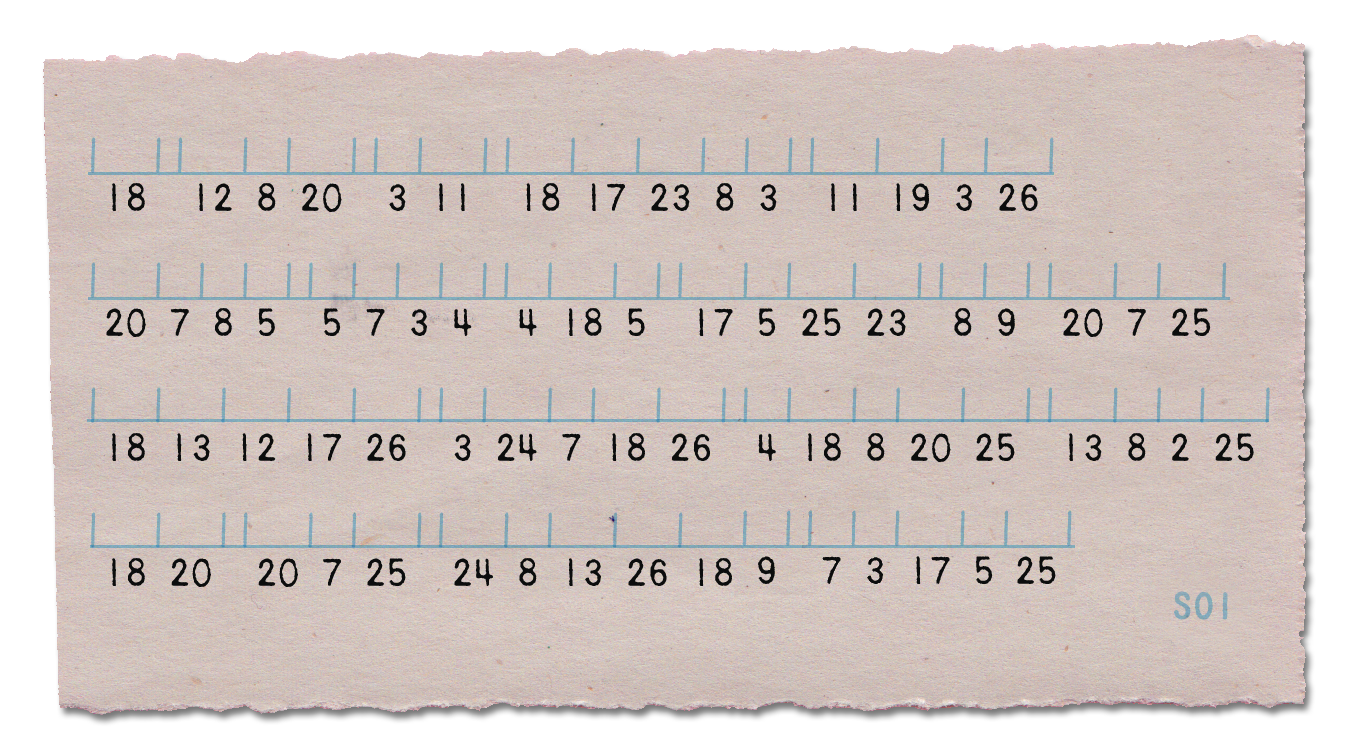
Look for the key here.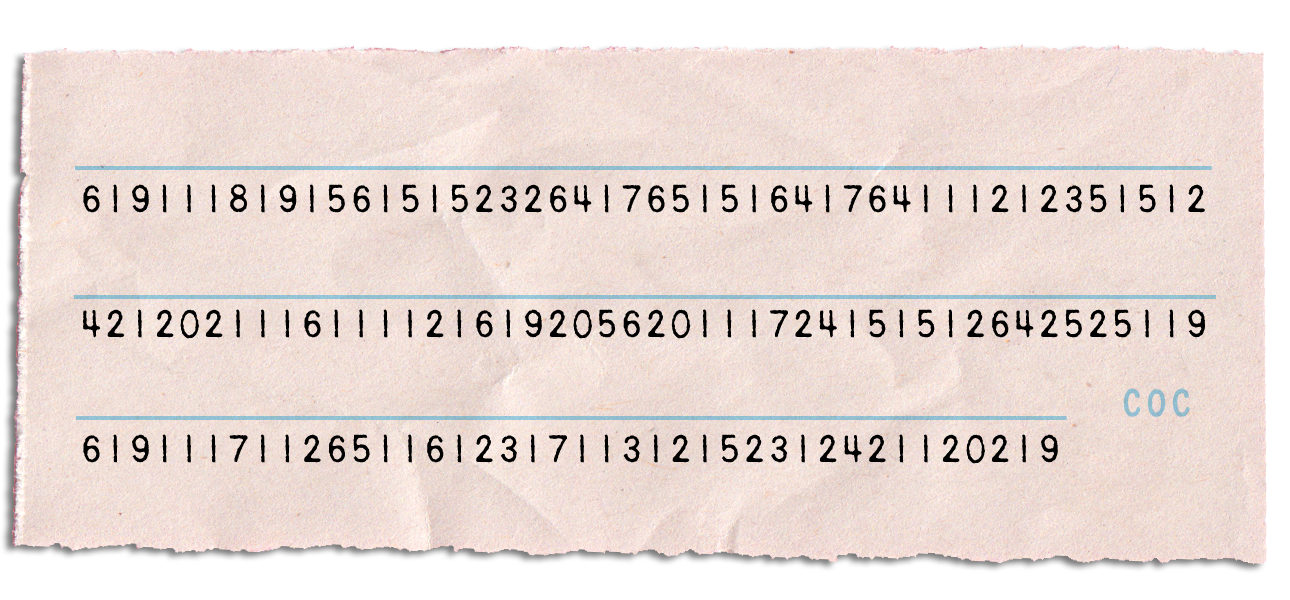
Look for the key here.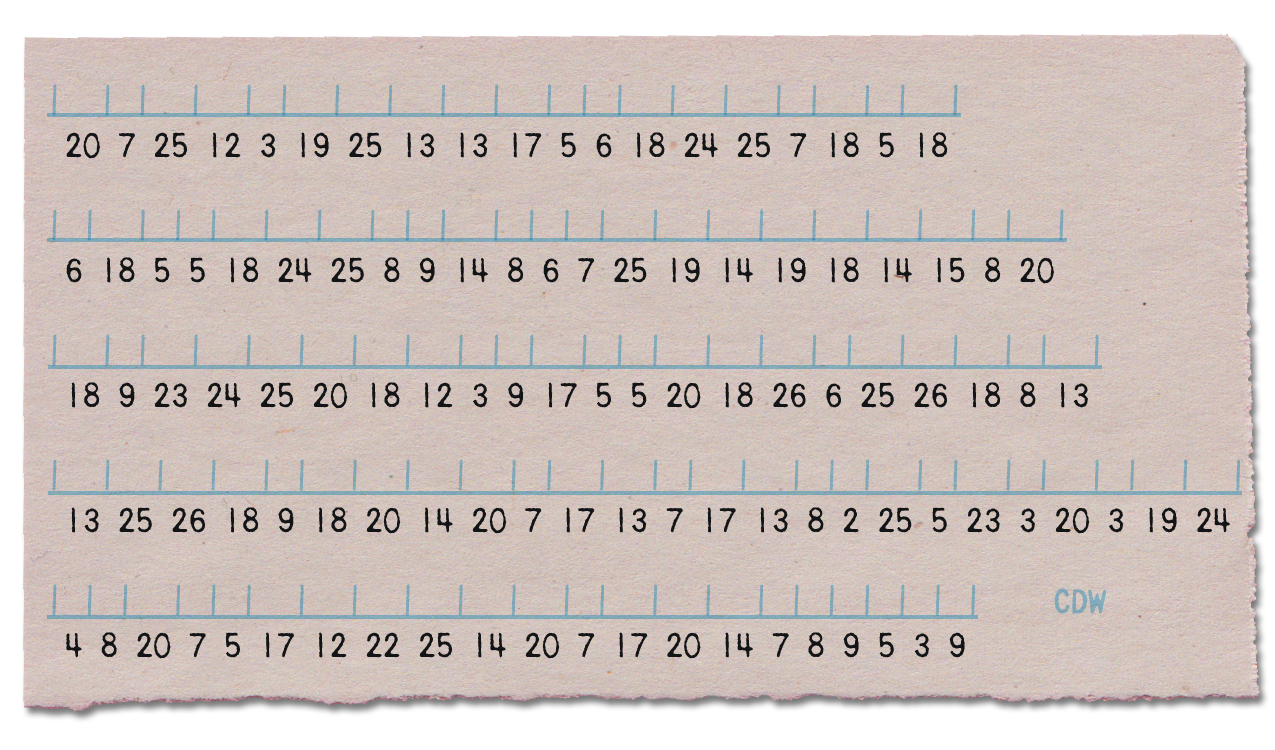
Look for the key here.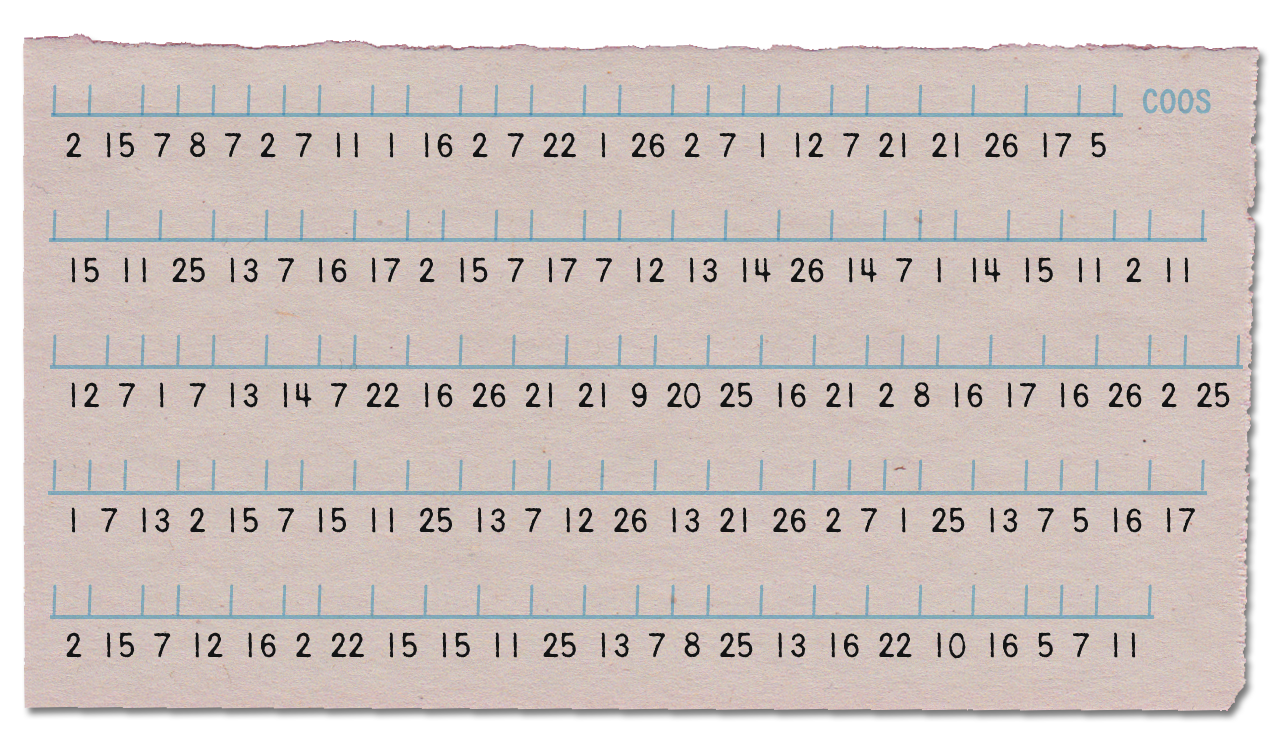
Look for the key here.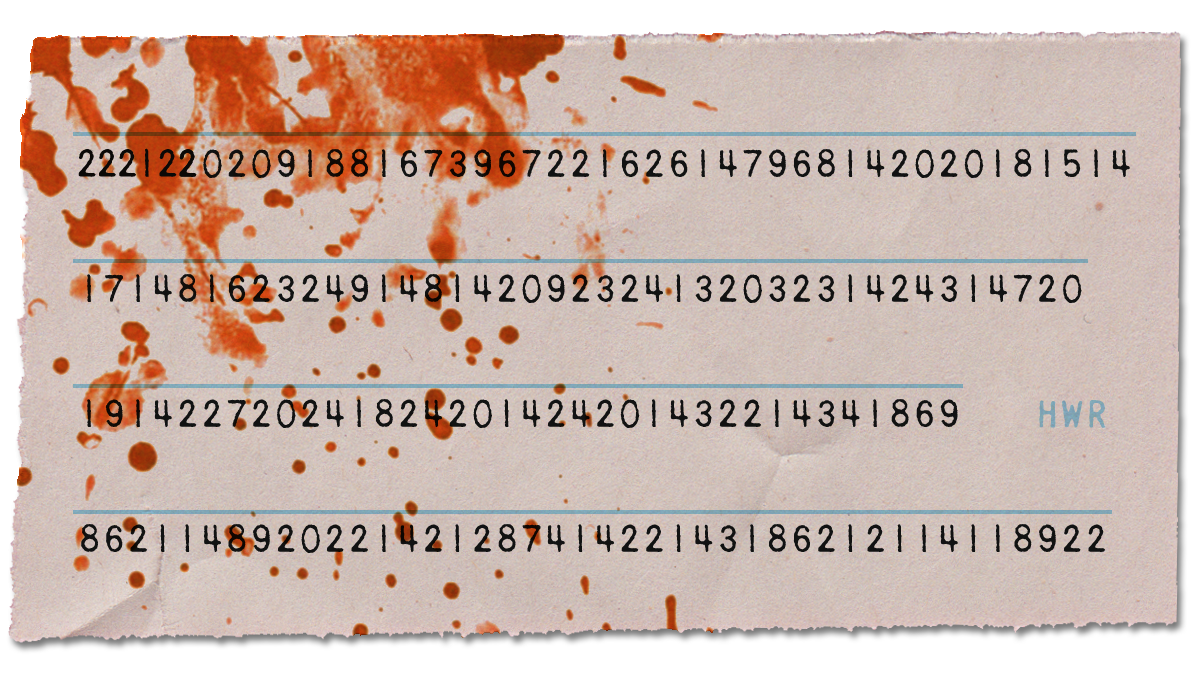
Look for the key here.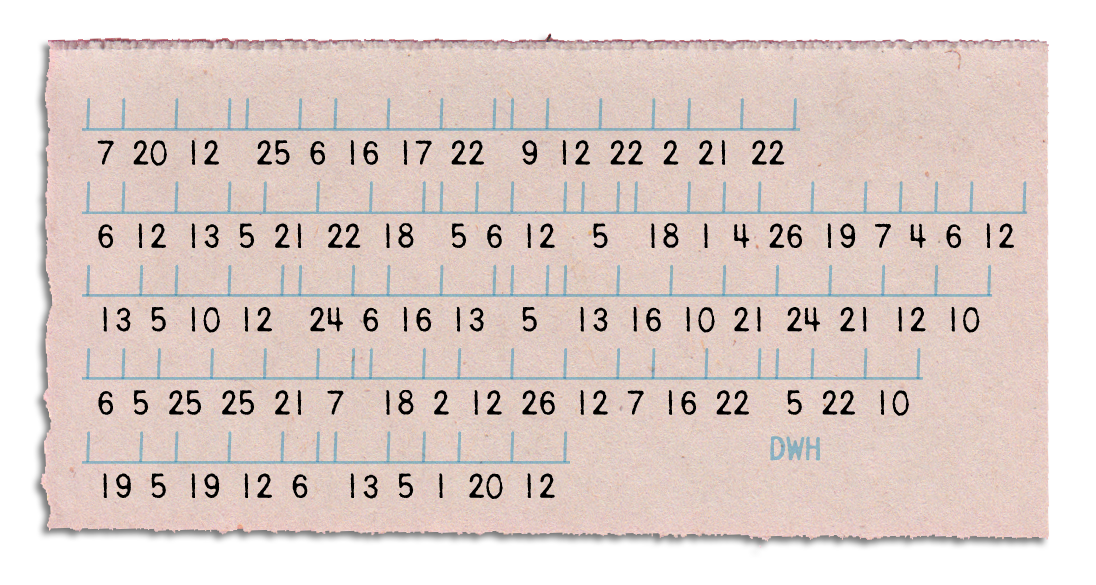
Look for the key here.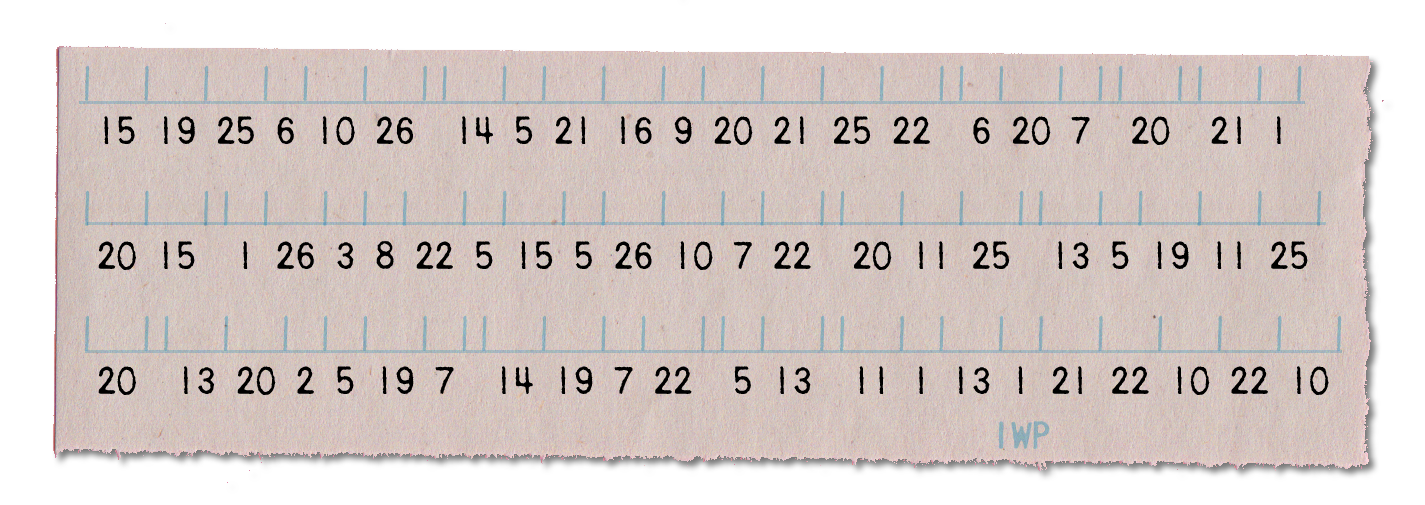
Look for the key here.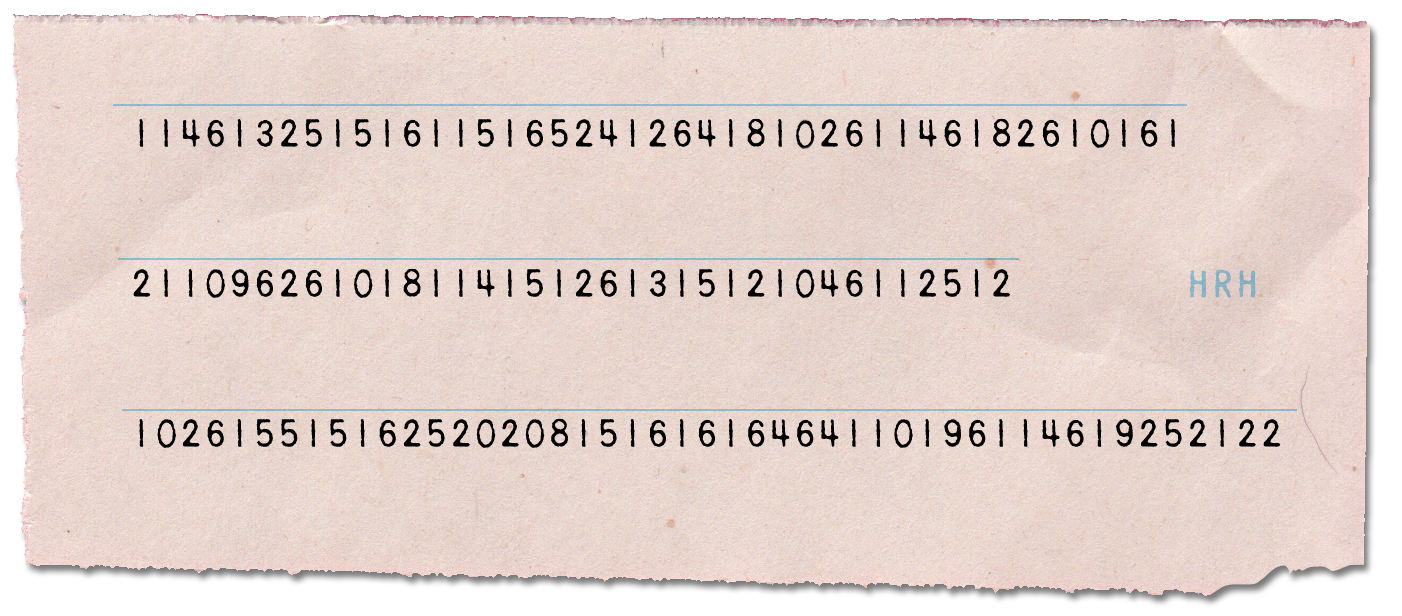
Look for the key here.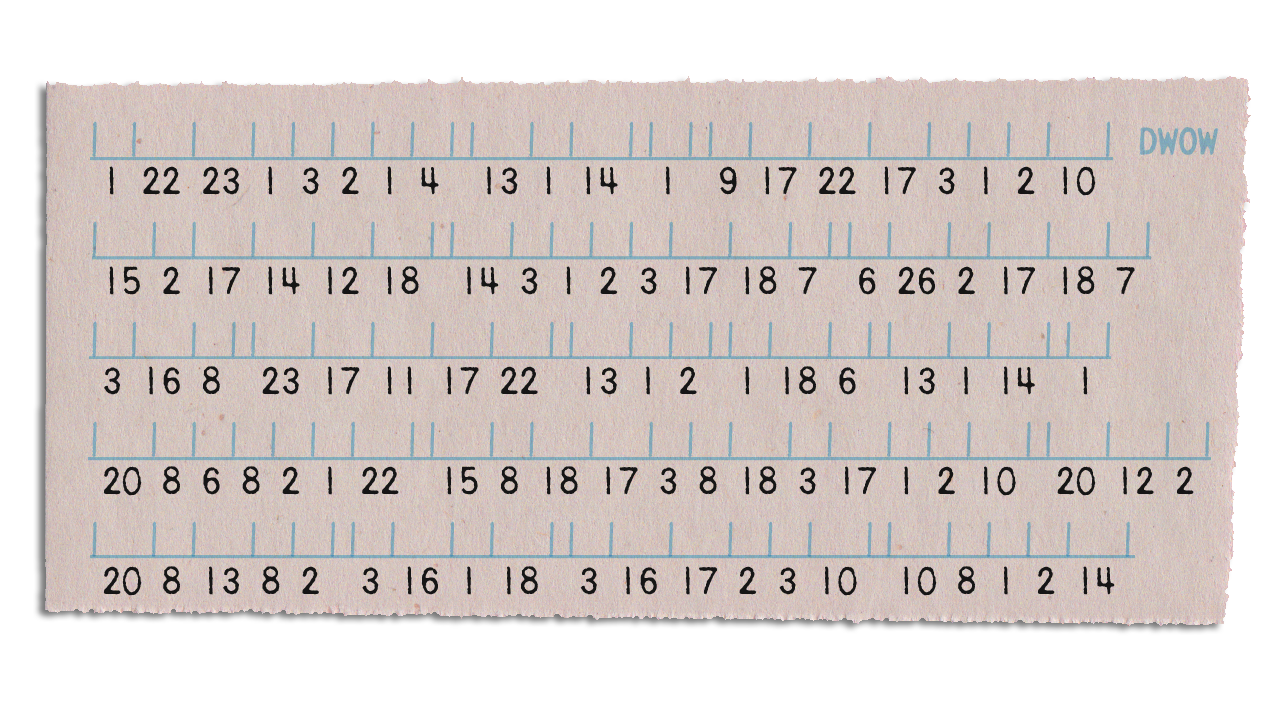
Look for the key here.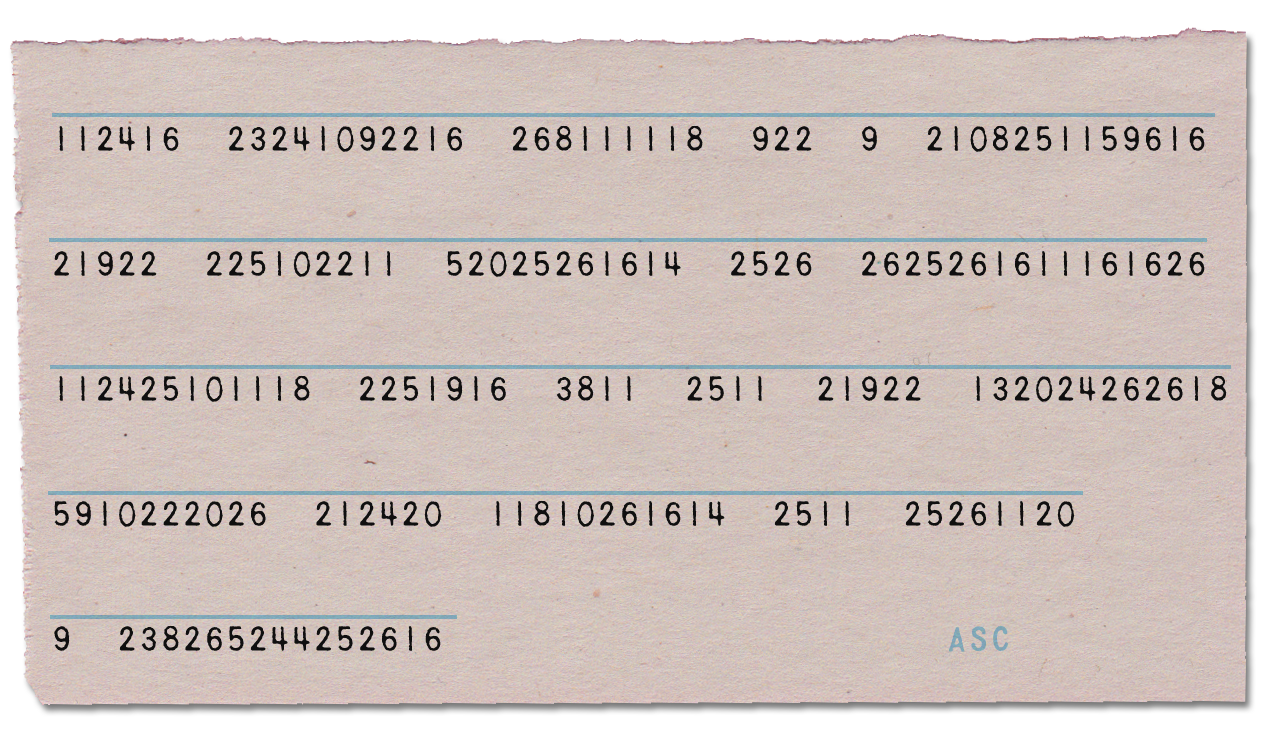
Look for the key here.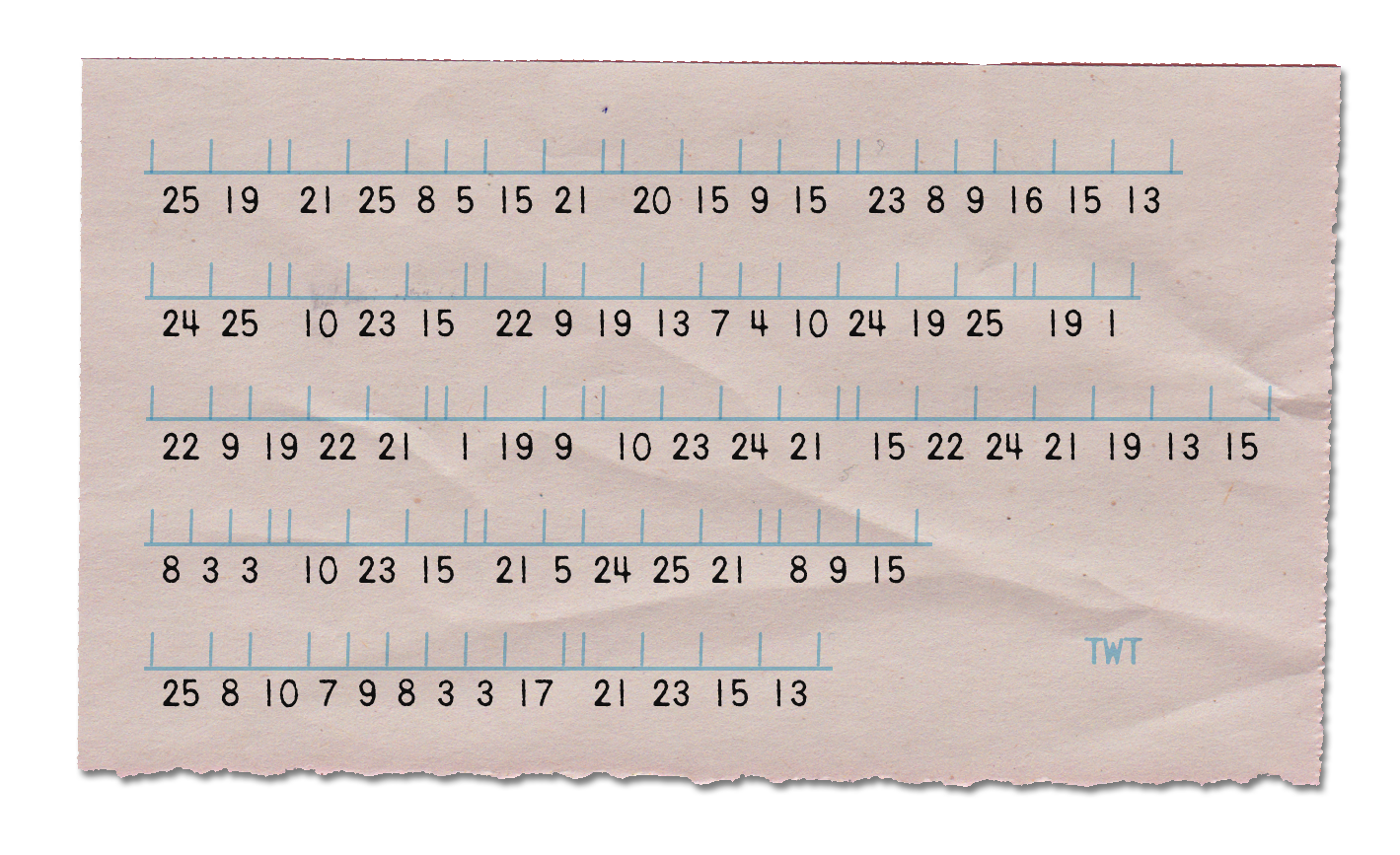
Look for the key here.
Look for the key here.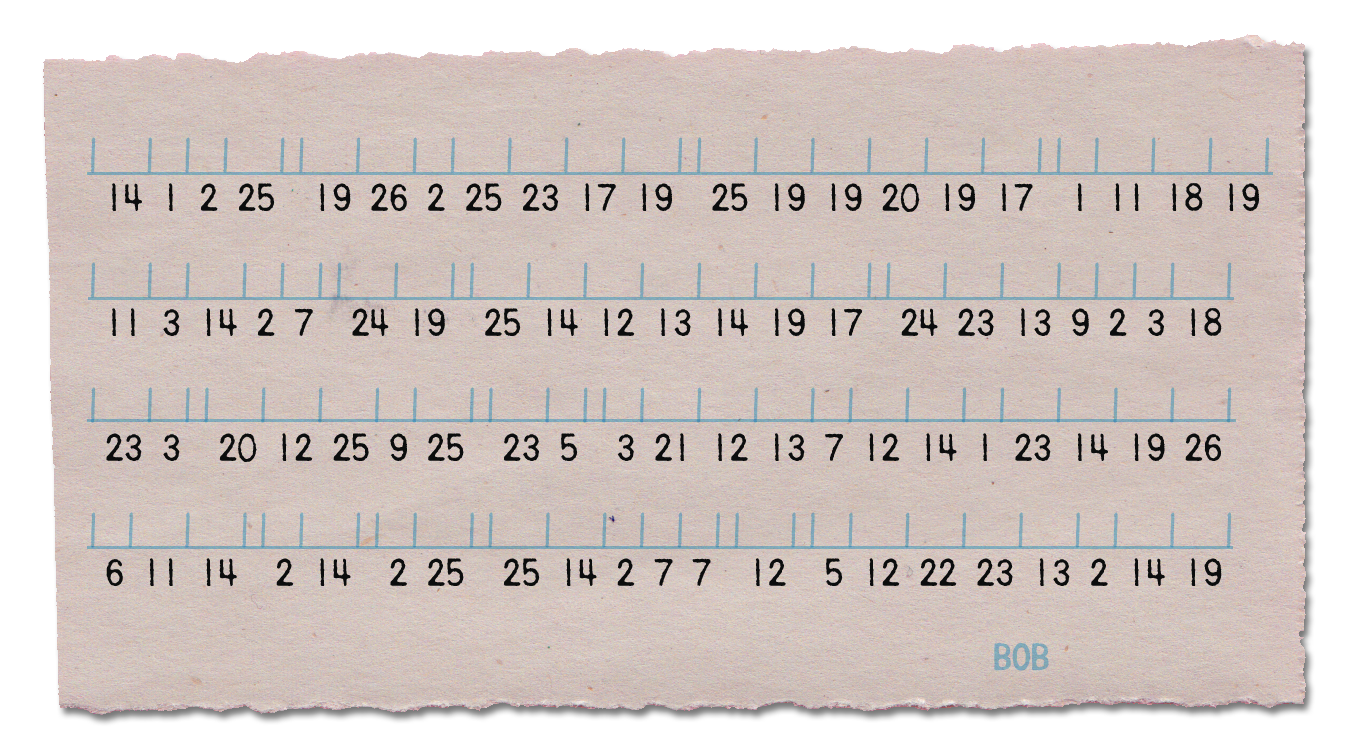
Look for the key here.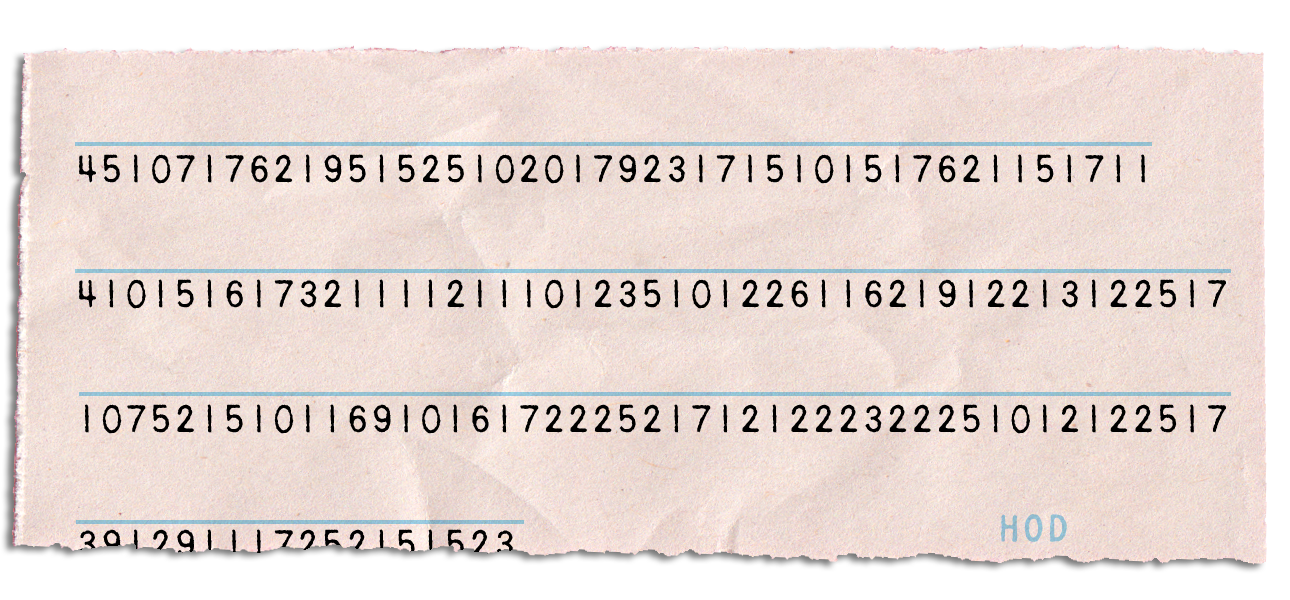
Look for the key here.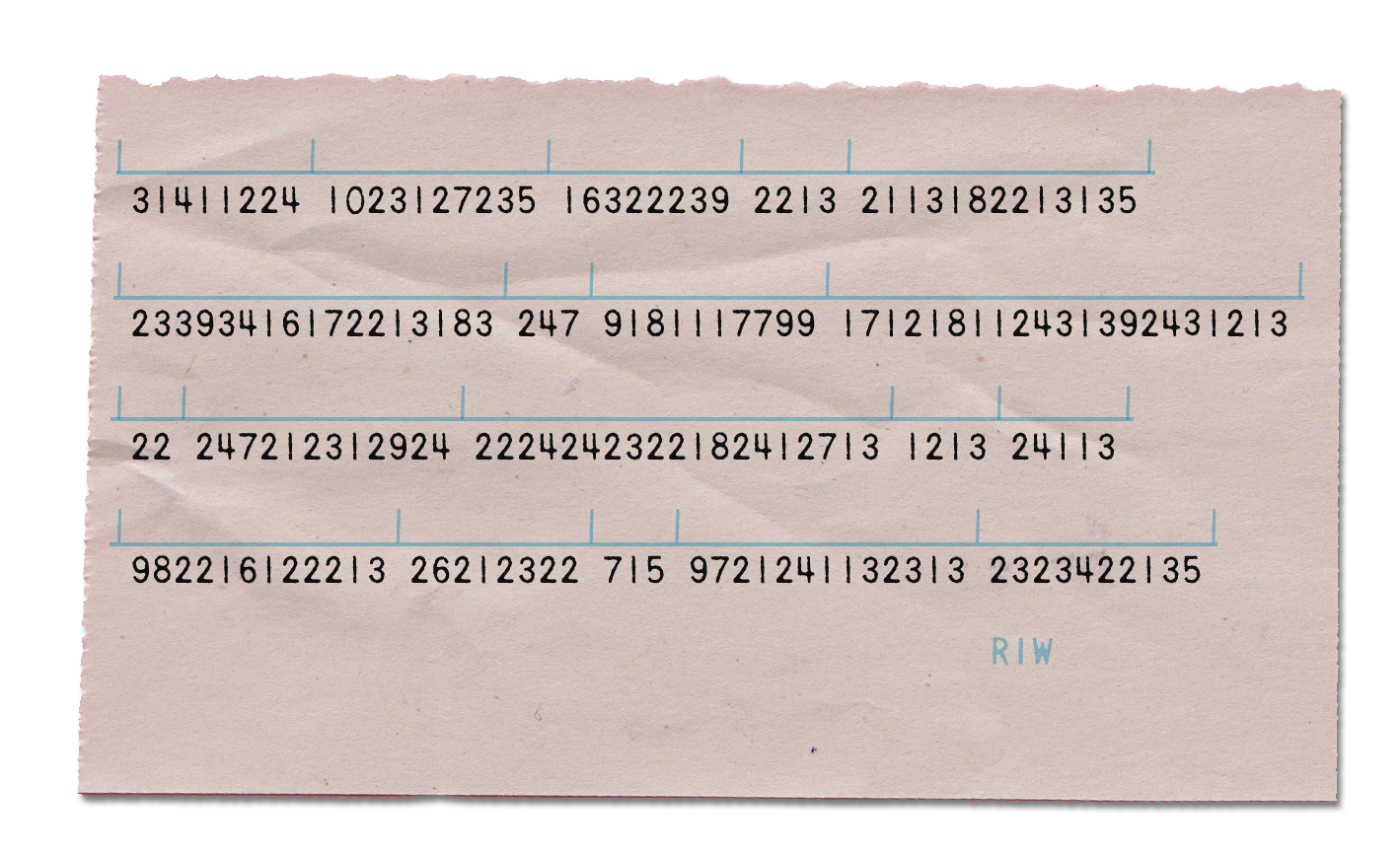
Look for the key here.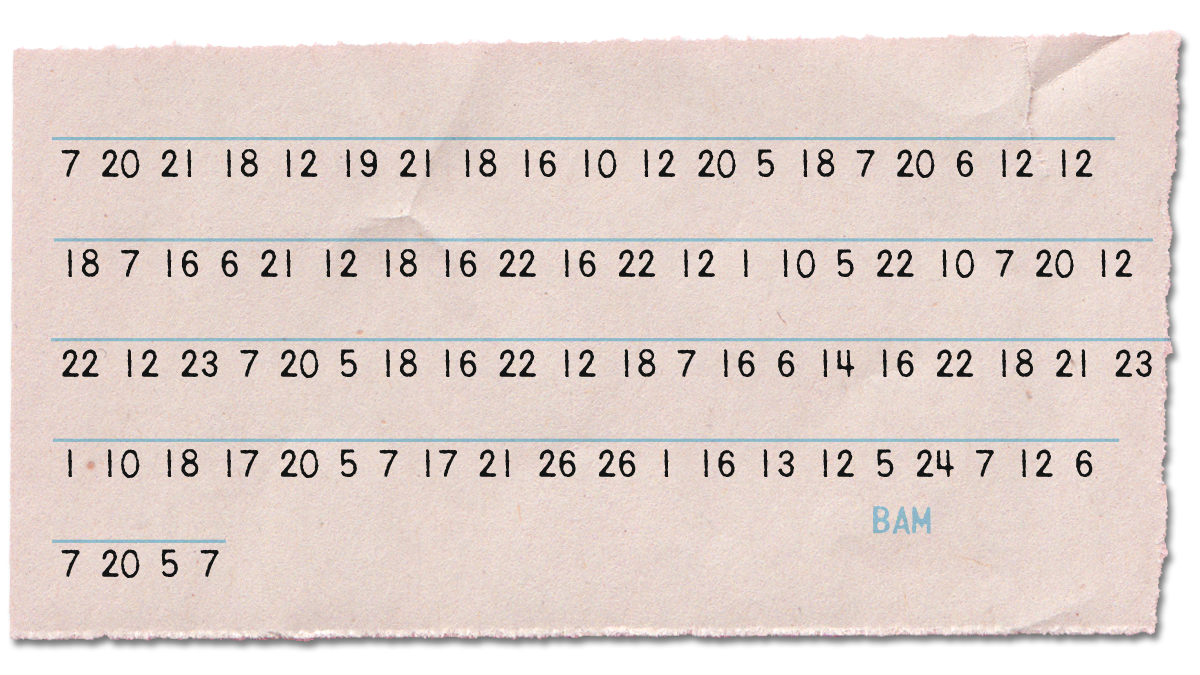
The keys are hidden in the dialogue. There is one in each chapter of the show, not counting the opening and closing. Look for hints here. 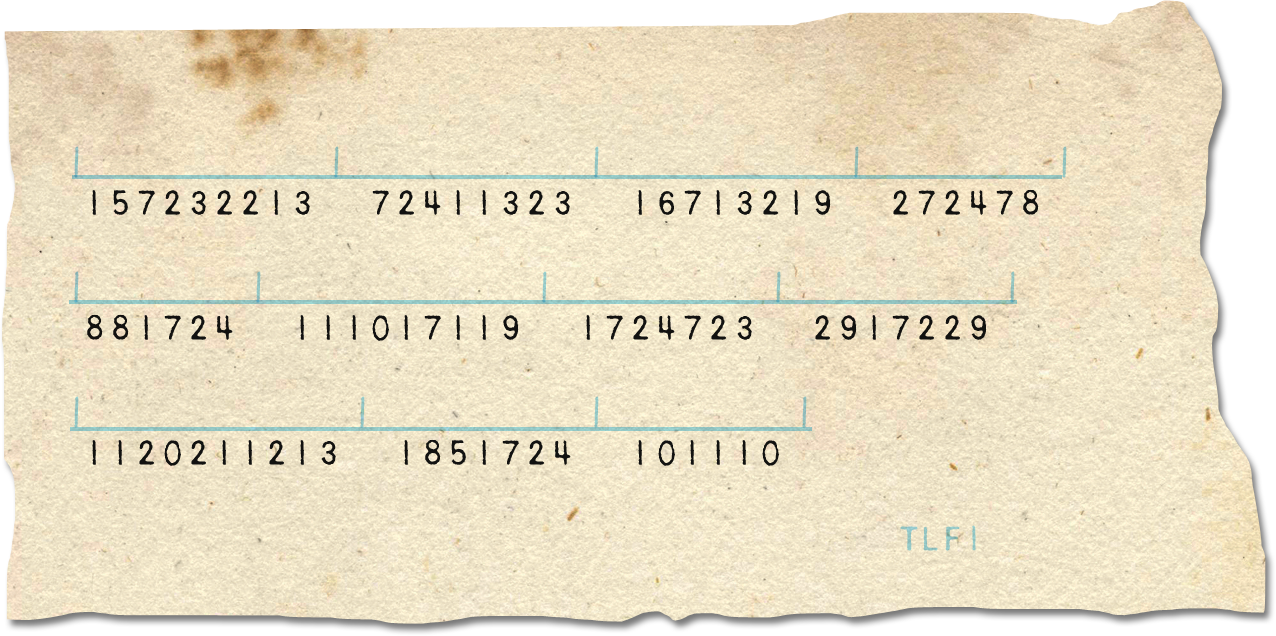
The keys are hidden in the dialogue. There is one in each chapter of the show, not counting the opening and closing. Look for hints here.
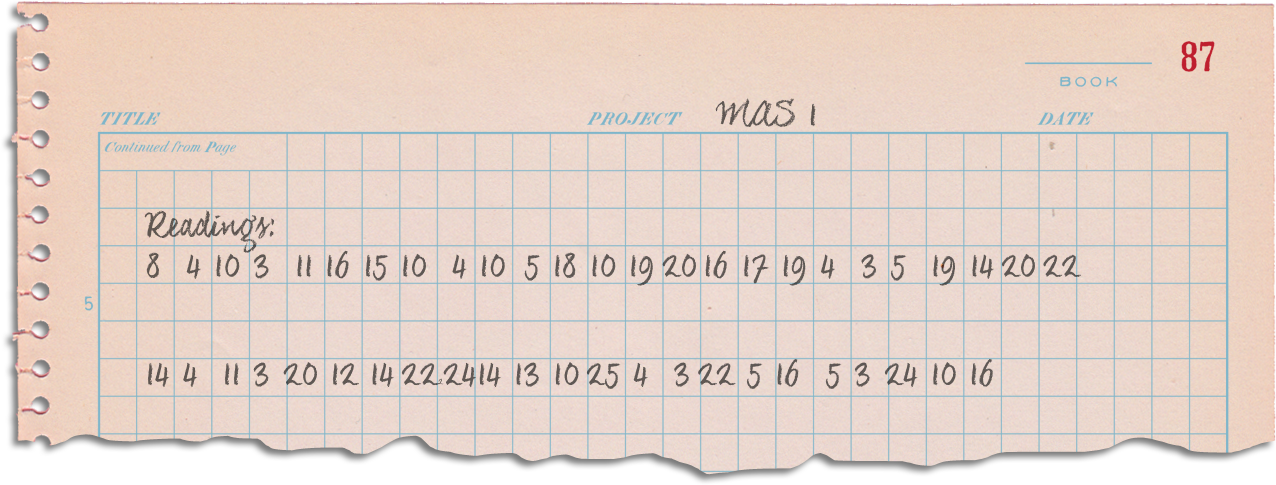
Two of the keys are in the dialogue. One is contained in one of the prop documents. Look for hints here.
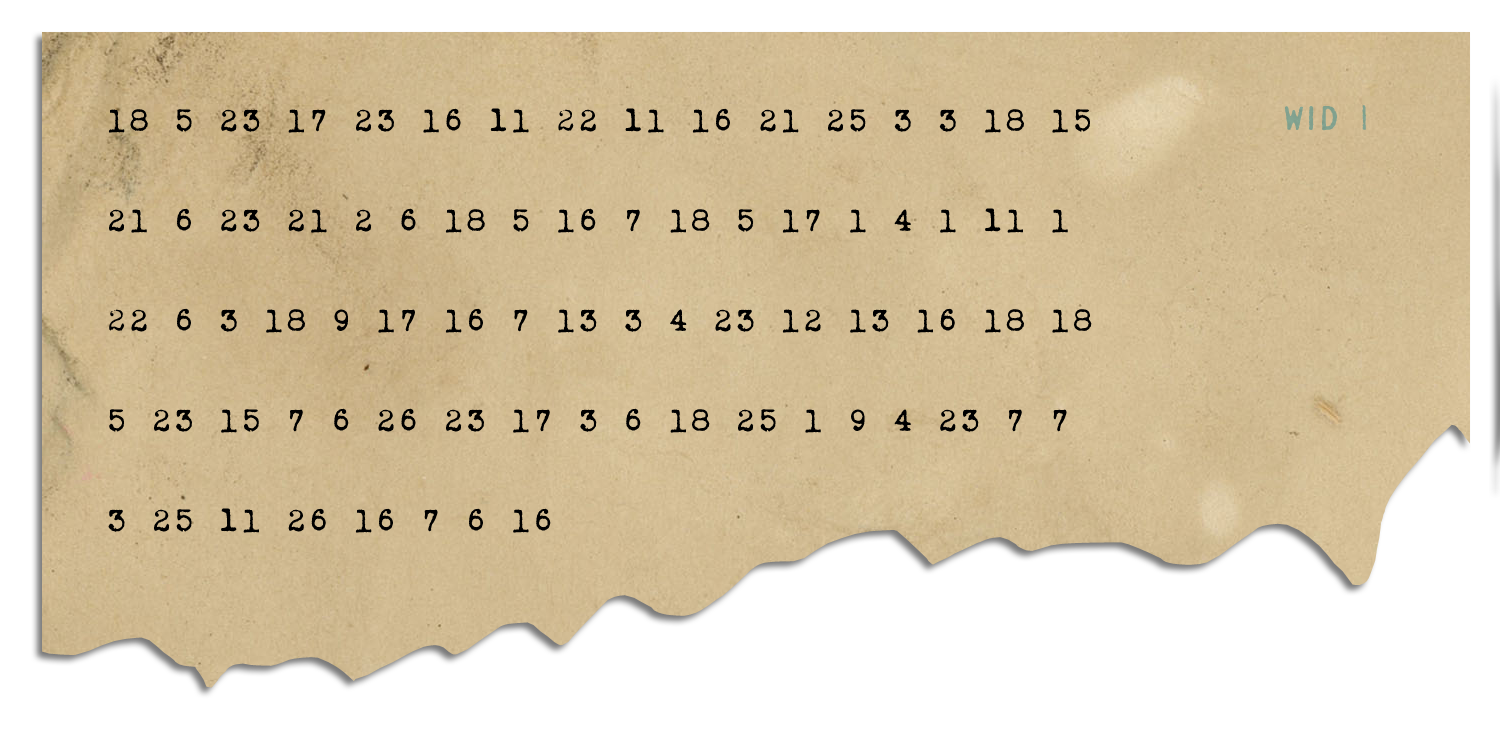
Three of the keys are in the dialogue. One is contained in one of the prop documents. Look for hints here.
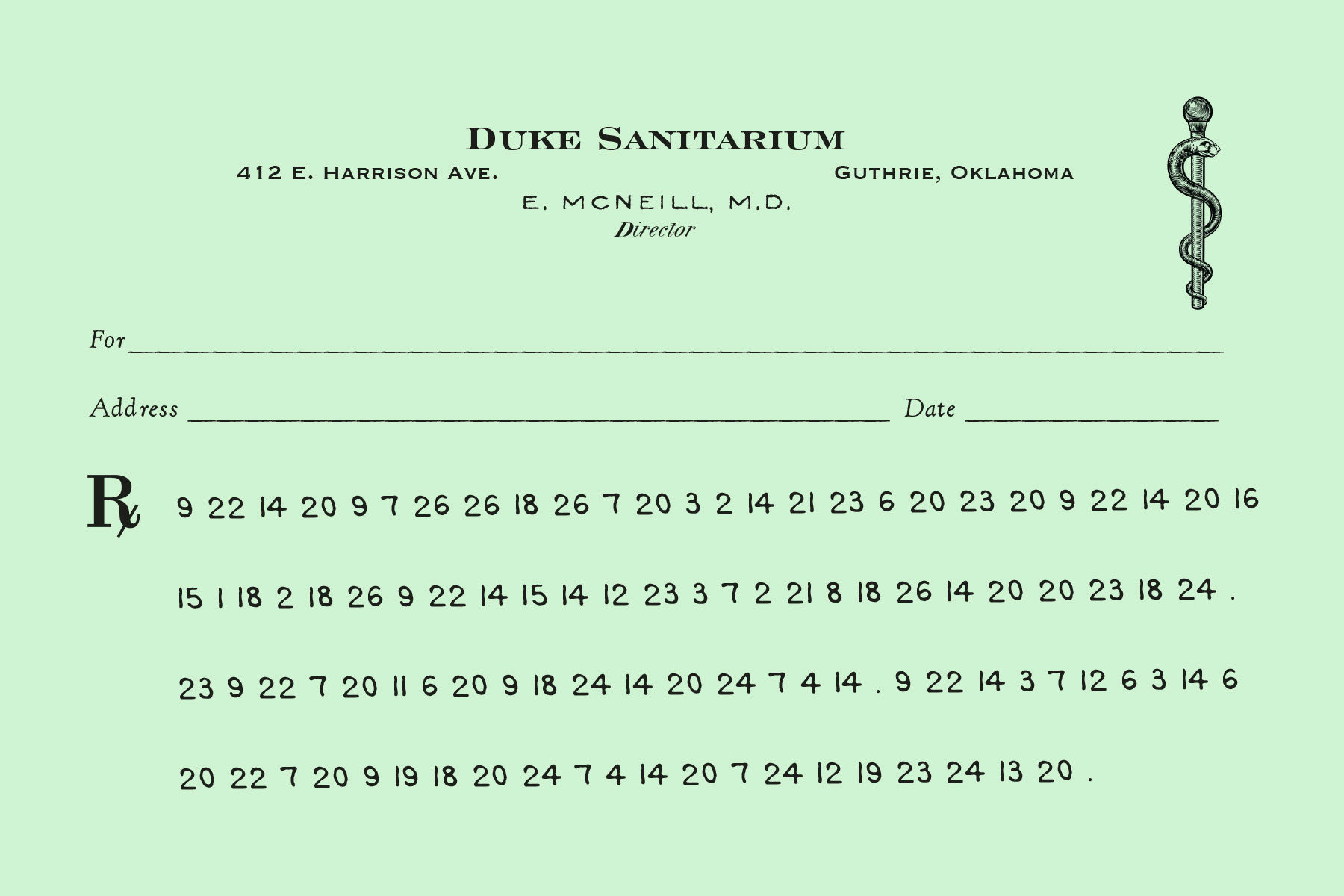
There is one key in each chapter of the show, not including the opening or closing. All but one of the keys are in the dialogue. Look for hints here.
There is one key in each chapter of the show, not including the opening or closing. All but one of the keys are in the dialogue. Look for hints here, including one bonus key.
There is one key in each chapter of the show, not including the opening or closing. All of the keys are in the dialogue. Look for hints here. And be sure to check the seal of your binder sleeve, and that letter from Dr. Waite!
There is one key in each chapter of the show, not including the opening or closing. All of the keys are in the dialogue. Look for hints here. And don't overlook that New York Times!
There is one key in each chapter of the show, not including the opening or closing. Four of the keys are in the dialogue. One is in one of the prop documents, and one you'll find here.
There are two keys in the first chapter of the show, and one in each other chapter not including the opening or closing. All of the keys are in the dialogue. Two of the props have a self-contained message and key. Look for hints here.
"Masks of Nyarlathotep": A Game Within the Show!
Since the Dark Adventure Radio Theatre episode "Masks of Nyarlathotep" is based on an epic game, we thought it would be fun to build a game into the episode. You can enjoy the episode completely as a purely auditory experience, but if you want to play along, listen carefully for the key clues in the show that will let you decode secret messages on this page using a DART Decoder Badge! Join Hazel in deciphering messages from the Black Sphinx!
There is at least one key in each chapter of the show, and it will consist of one of the characters saying a letter followed immediately by a number. For example, in the first chapter, Jackson Elias says his room number at the Hotel Chelsea: "D14". That clue is the key you'll need to decode the secret message found on this web page. Just turn the wheel of your decoder badge until the letter D lines up with the number 14, then you can use the badge to decode the message!
Listen carefully to find the key(s) in each chapter. Some will be pretty easy to spot and some will be pretty tricky, hidden in ordinary dialogue. (For example, a character might say "Before you go..." and "before" equals B4.) When you think you have found the key, set your decoder badge accordingly and try to decode the message you see below. (If you've got the right key, the message should start to make sense pretty quickly. If it seems like gibberish, you might not have the right key!)
"M.O.N." Coded Messages
Key Hints
Jackson Elias is the one who provides this key.
Listen most carefully to Hazel.
Roy Chapman Andrews provides the key.
Rebecca Shosenburg can put numbers in numbers.
Poor Miss Ruha. No one ever listens to her.
Pay heed to Inspector Barrington.
Hazel provides the key.
Believe what Zeke says.
Captain Lars Torvak is not entirely useless.
The Bobby sometimes thinks backwards.
Nigel Wassif knows more than he is telling.
Victoria gives very good advice.
Zeke is smarter than he gets credit for.
Victoria's concerns are well founded.
Lester Mayhew has a great deal to say.
Heed the voice of doom!
Victoria does enjoy sailing.
Johnstone Kenyatta is very wise.
Okomu may be abrasive but he knows useful things.
Dr. Kafour is a model of courtesy.
Hazel may be underestimating.
Listen closely to Sam Mariga.
Everyone pays attention to millionaires.
Mark O'Brien knows what he's talking about.
Lester Mayhew offers more than narration.
Beware of Dr. Huston's "talk therapy".
Lester knows that keys open cages and codes.
McChum's information is as good as gold.
The Souvenir Vendor speaks excellent English.
Cecil is quite worried.
Sir Aubrey's panic is not entirely incoherent.

